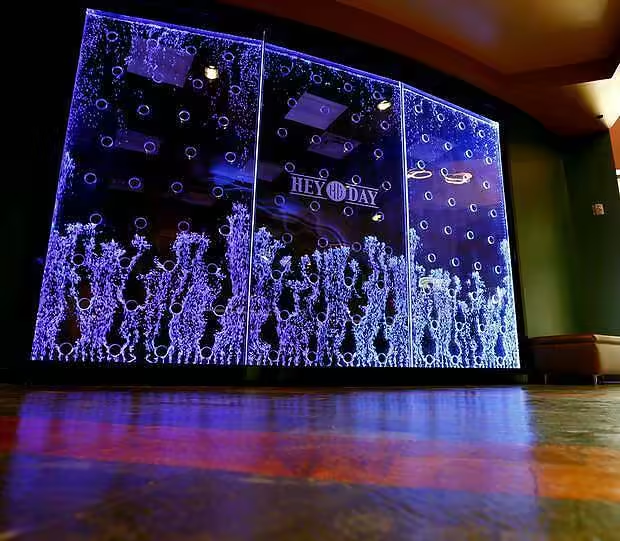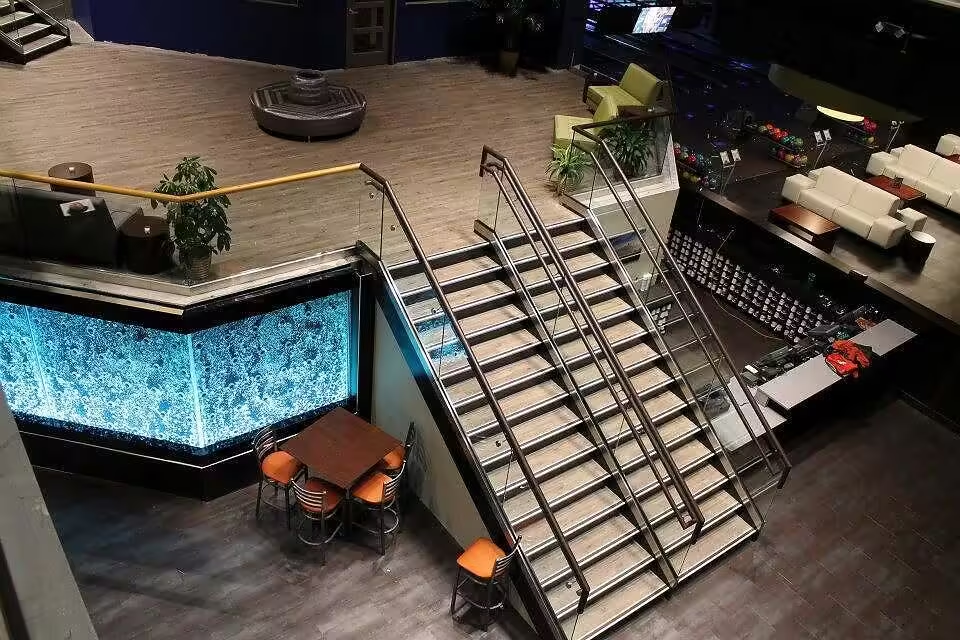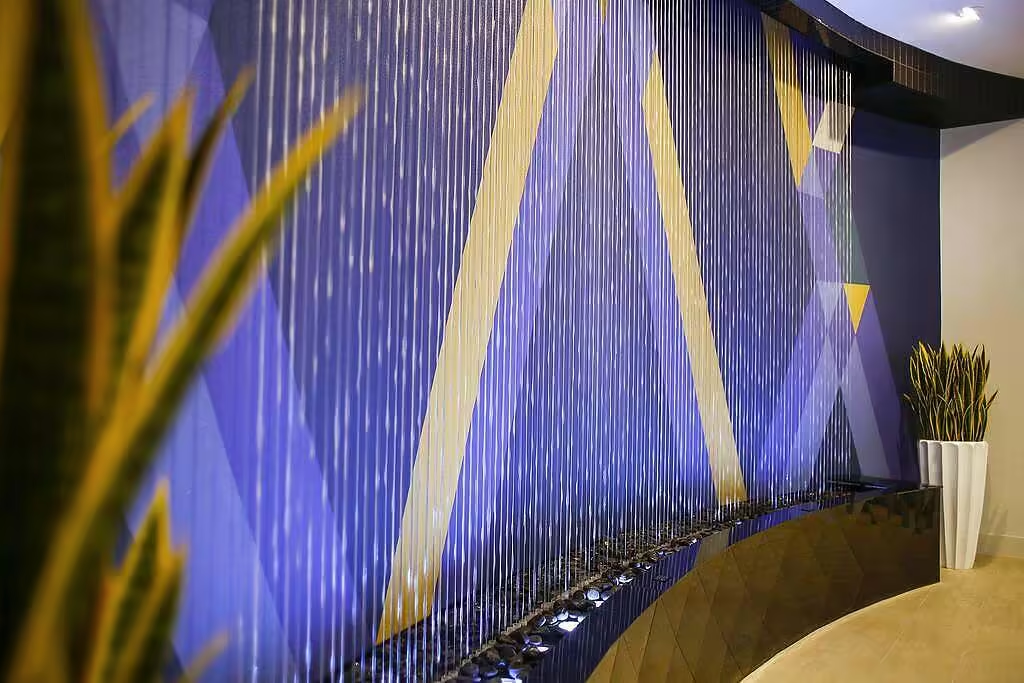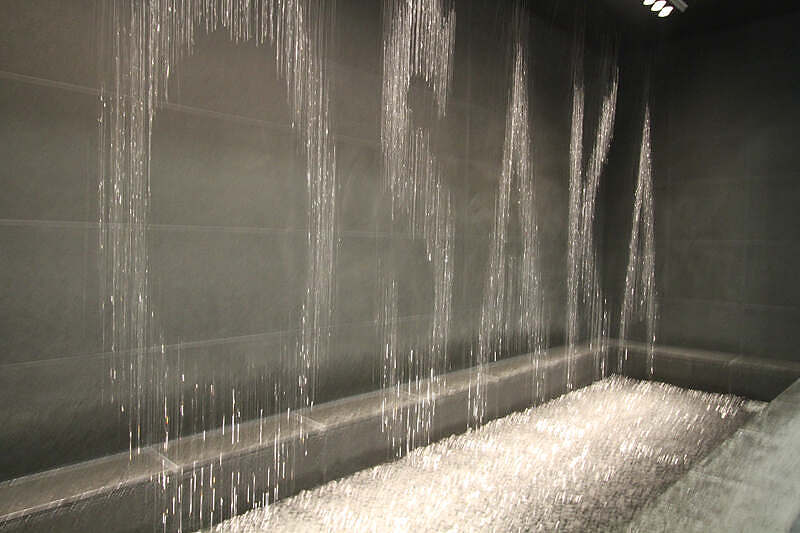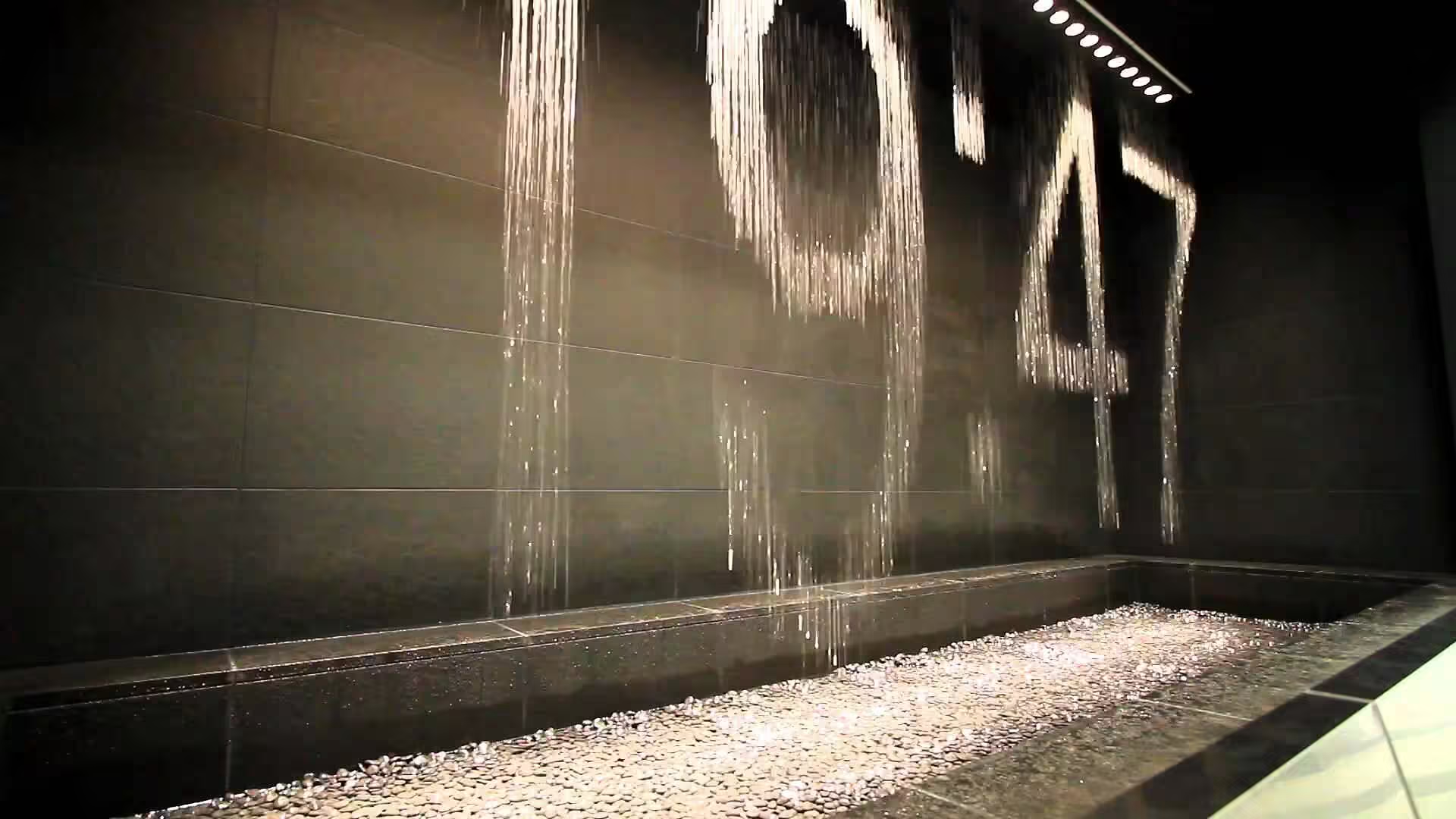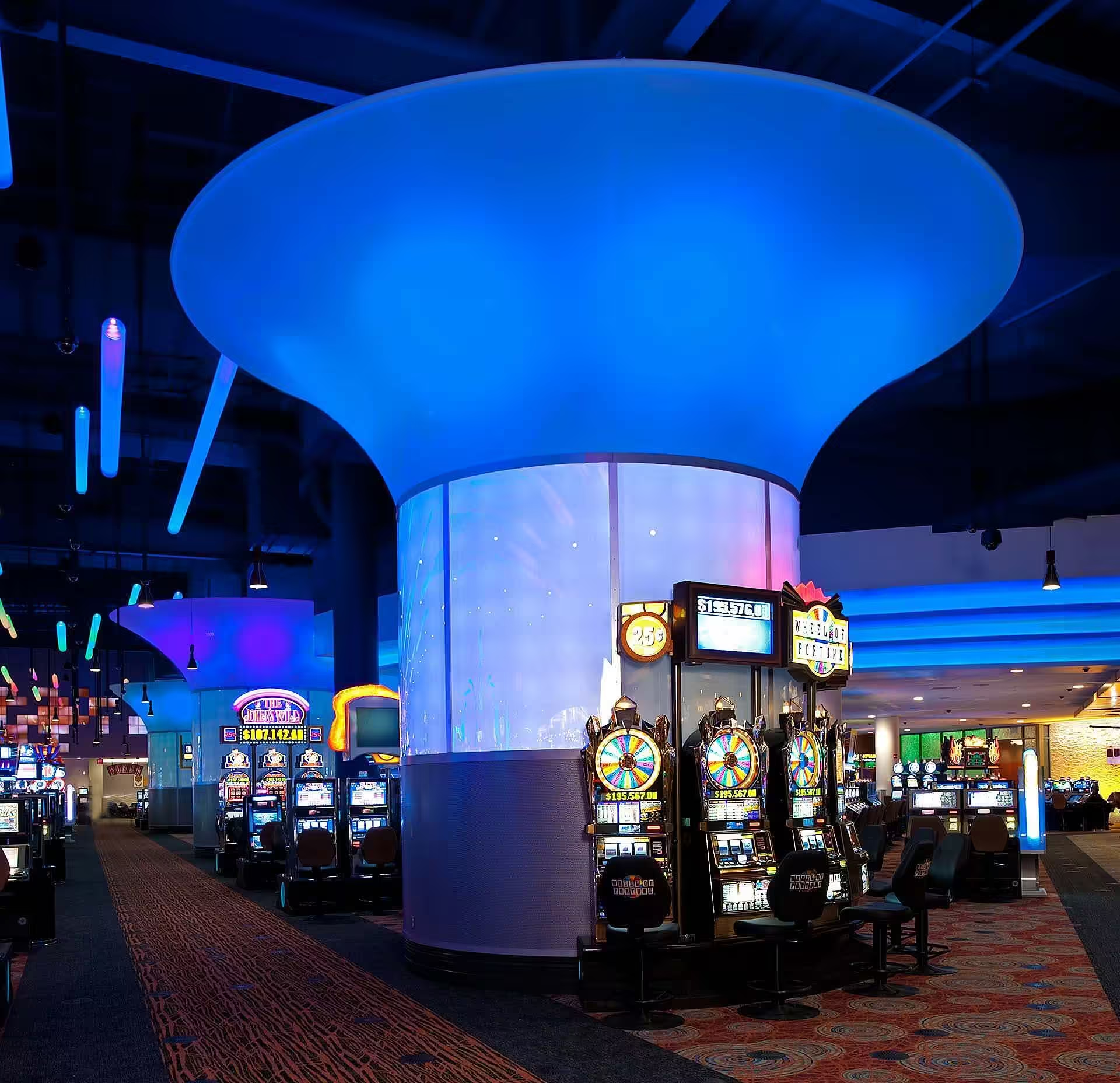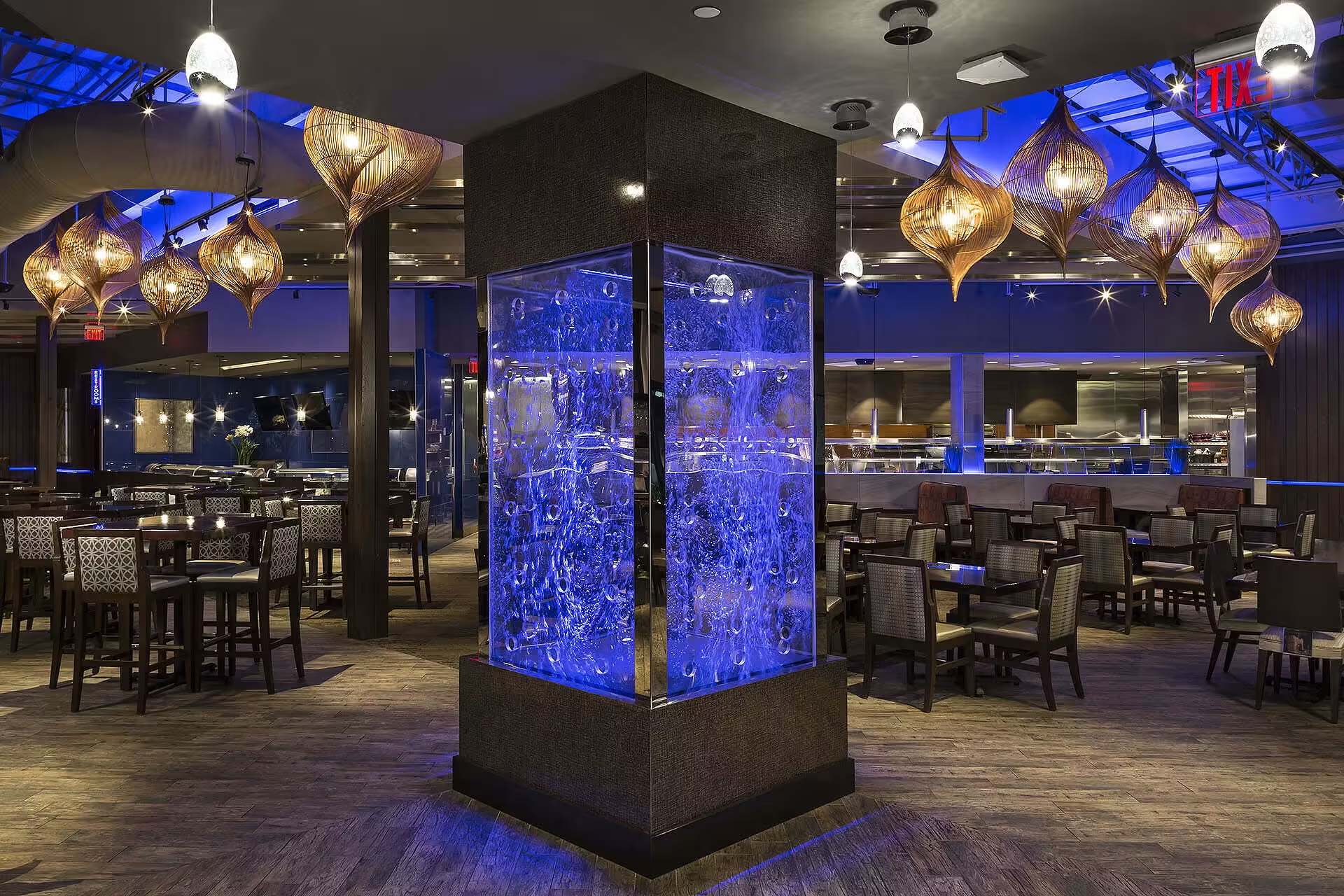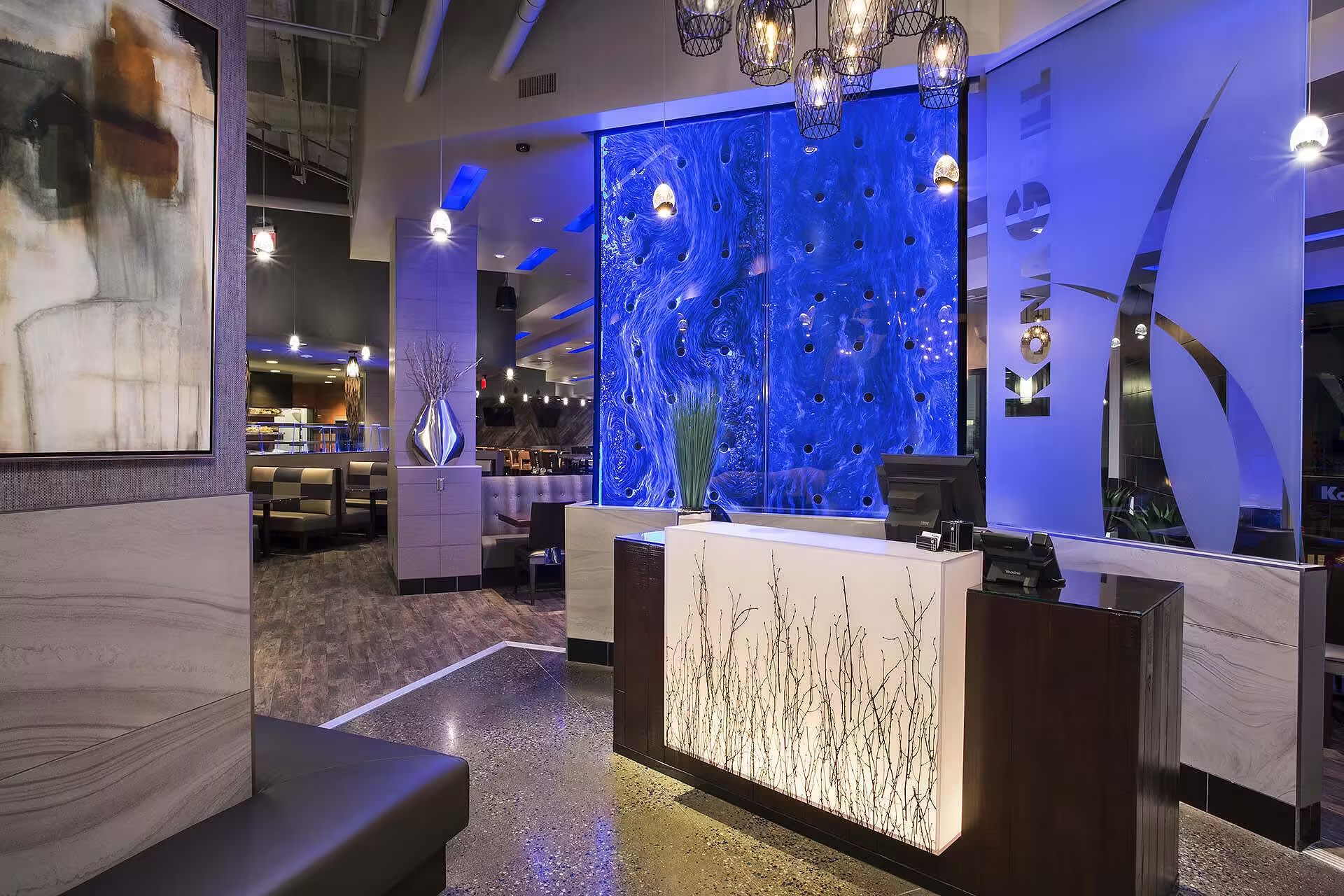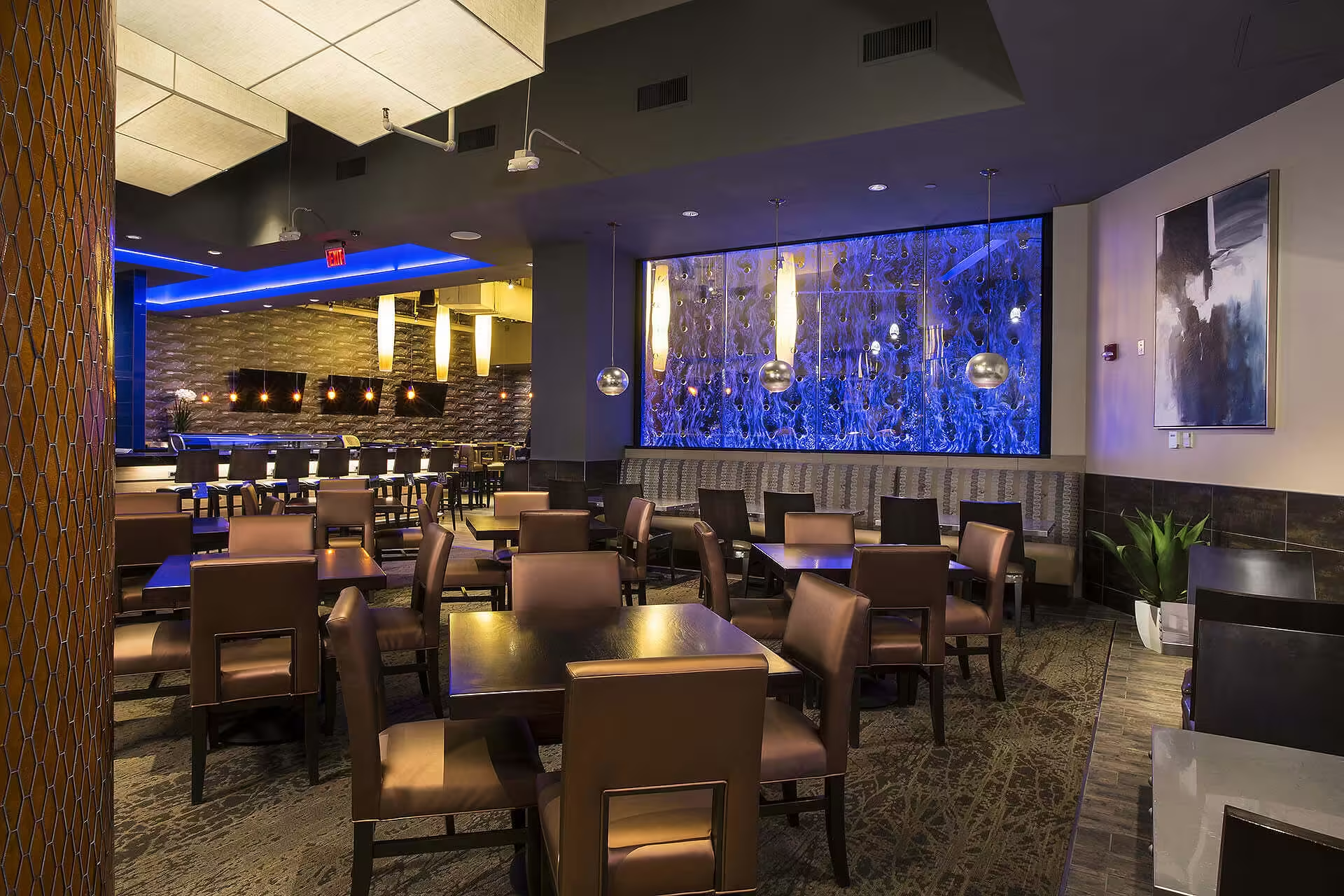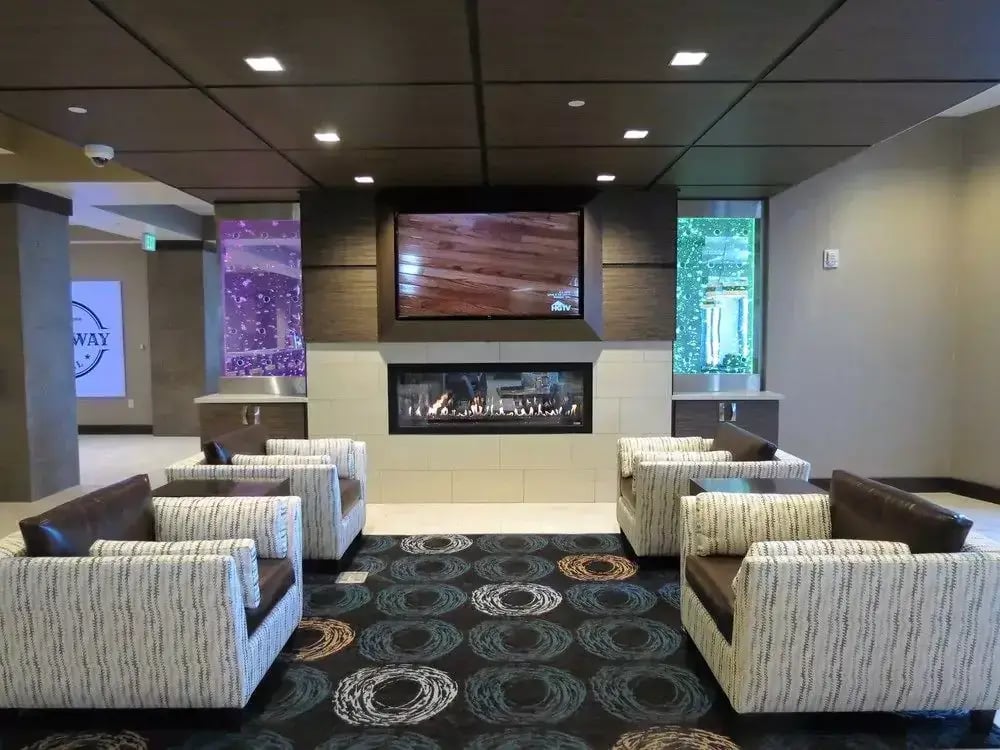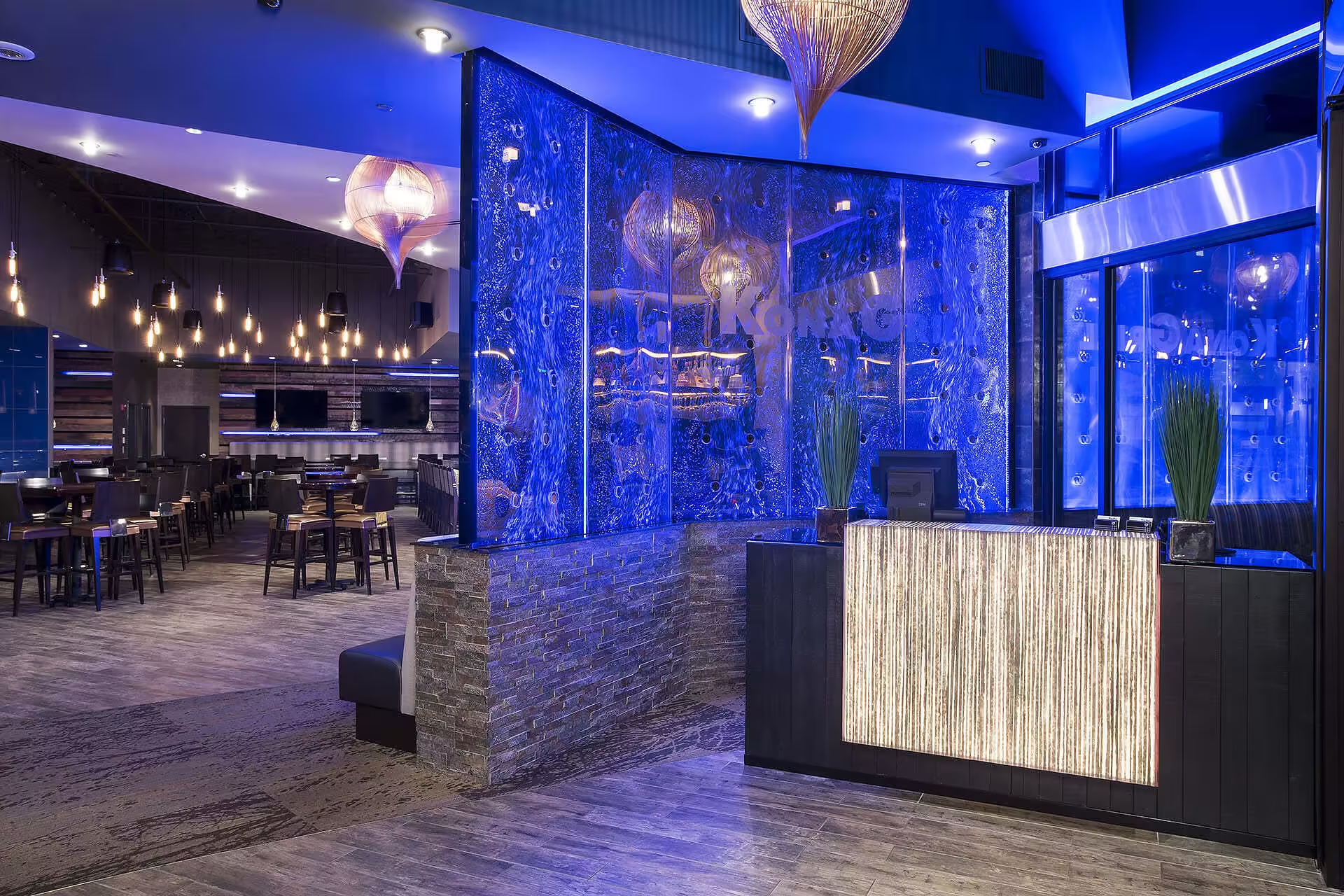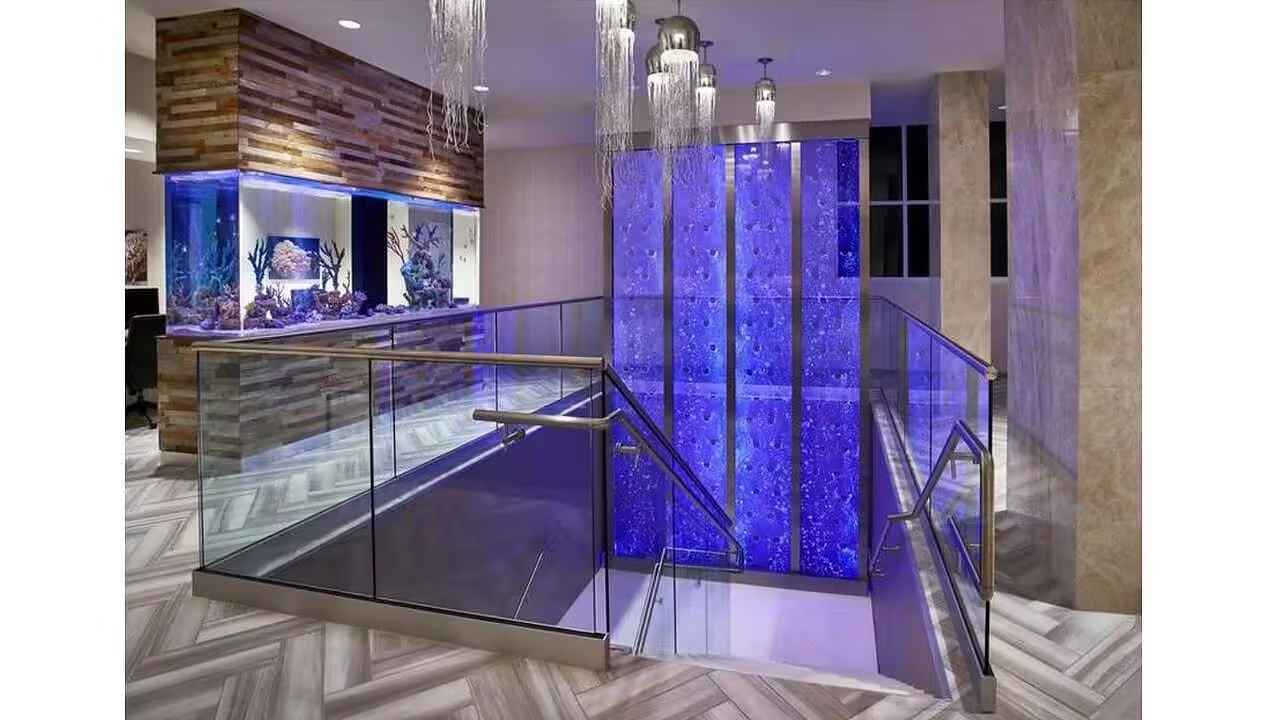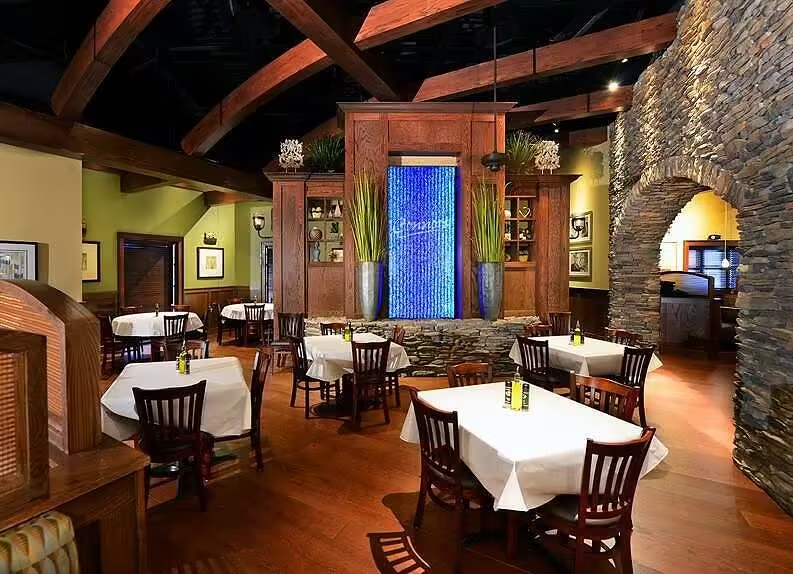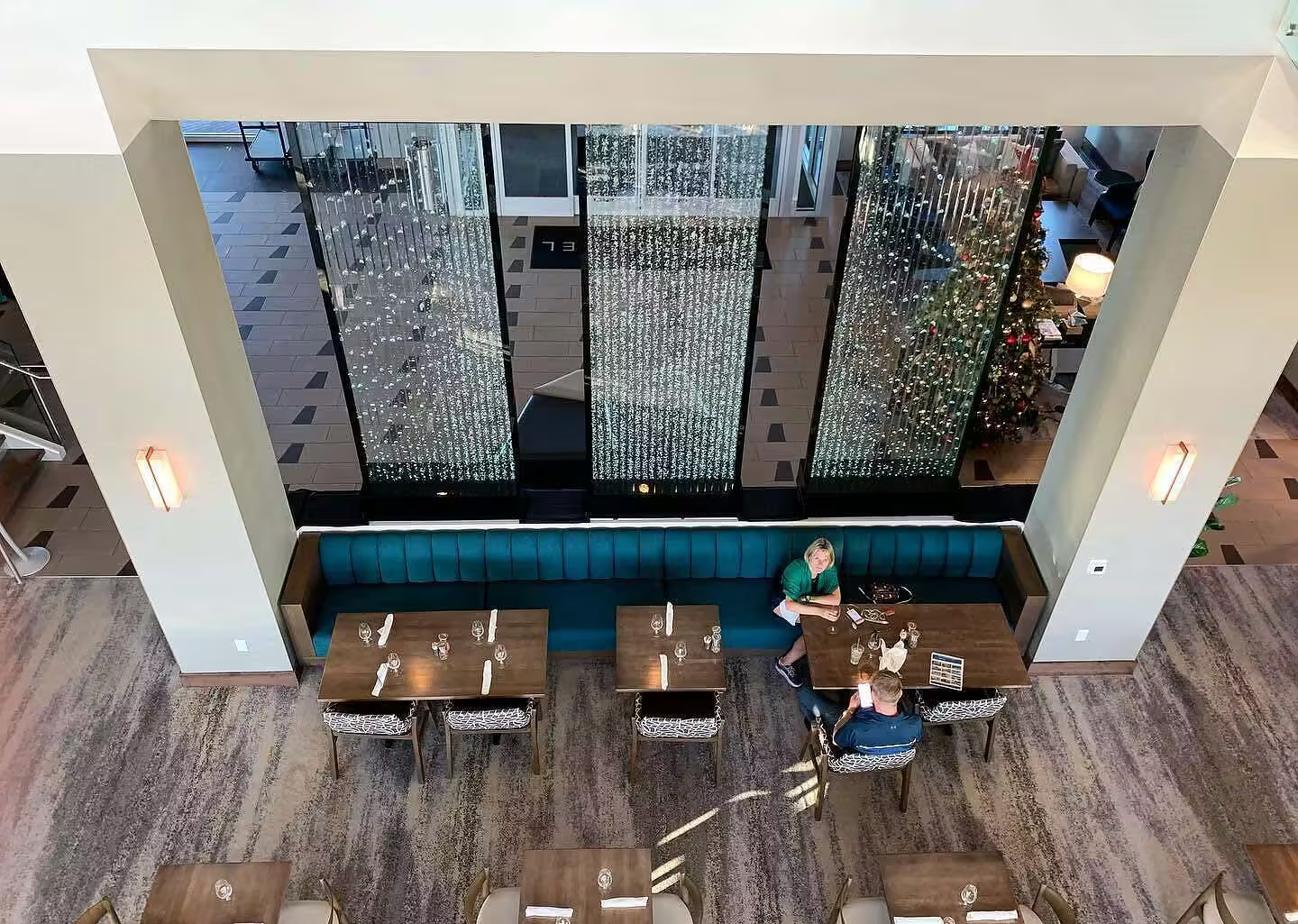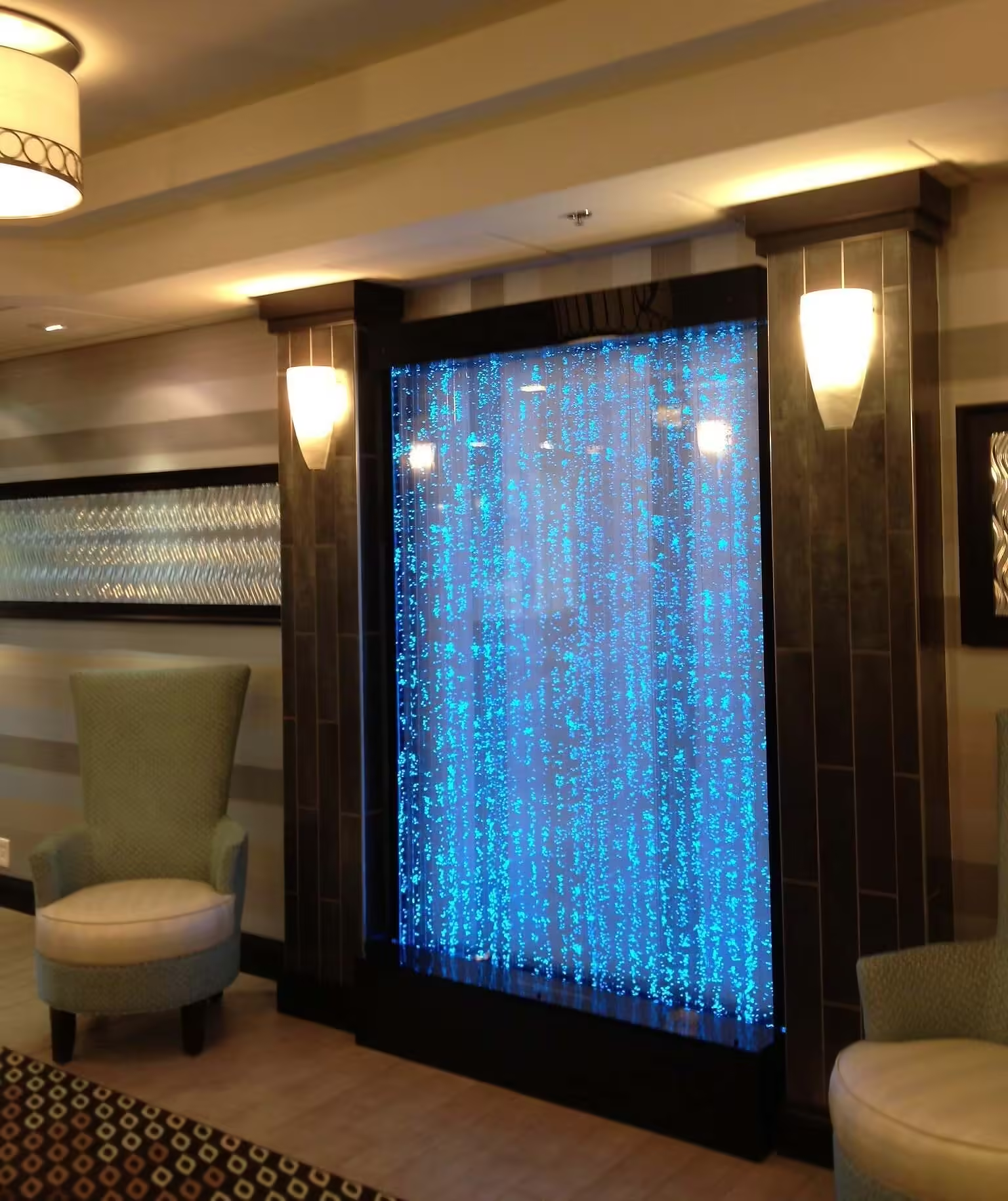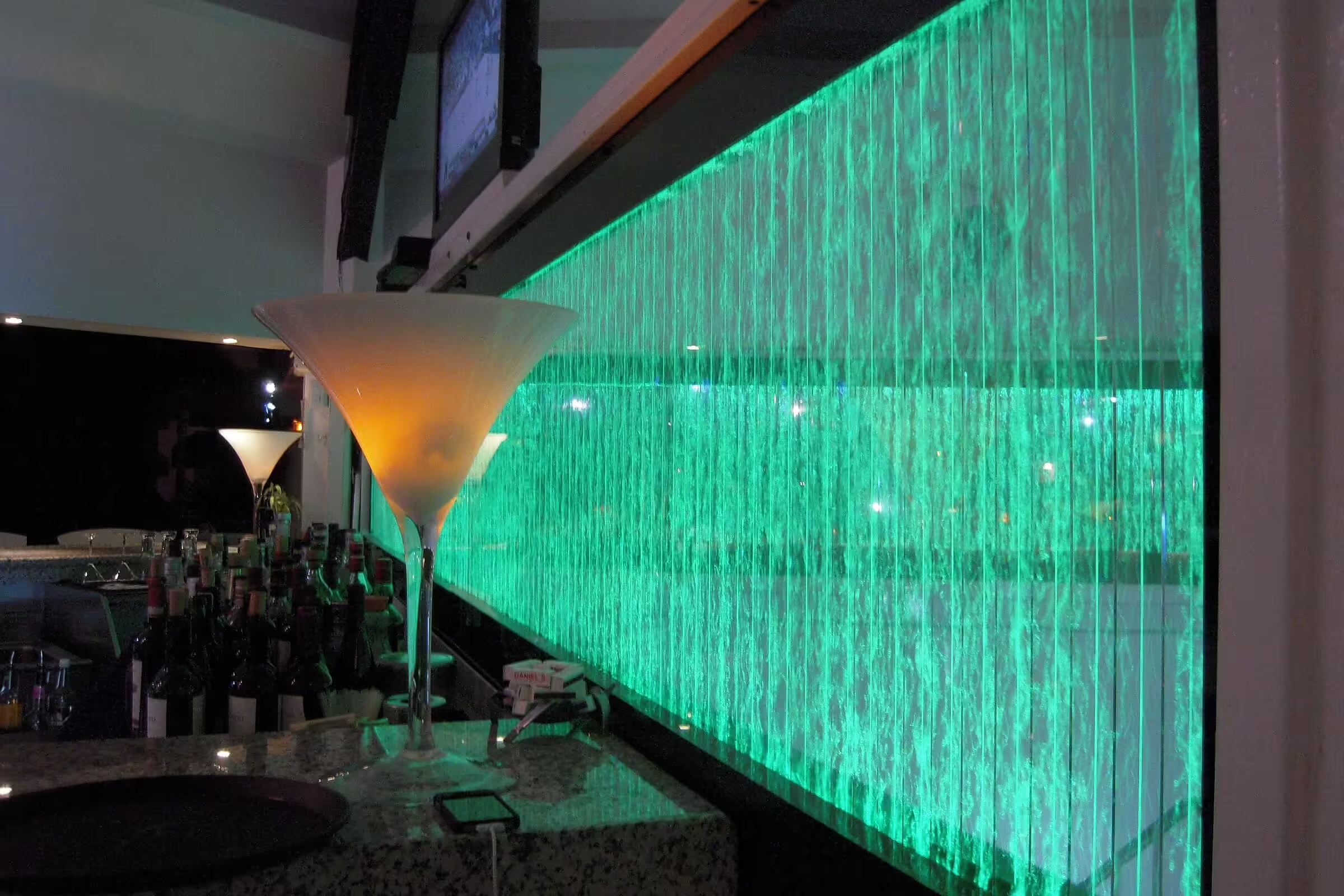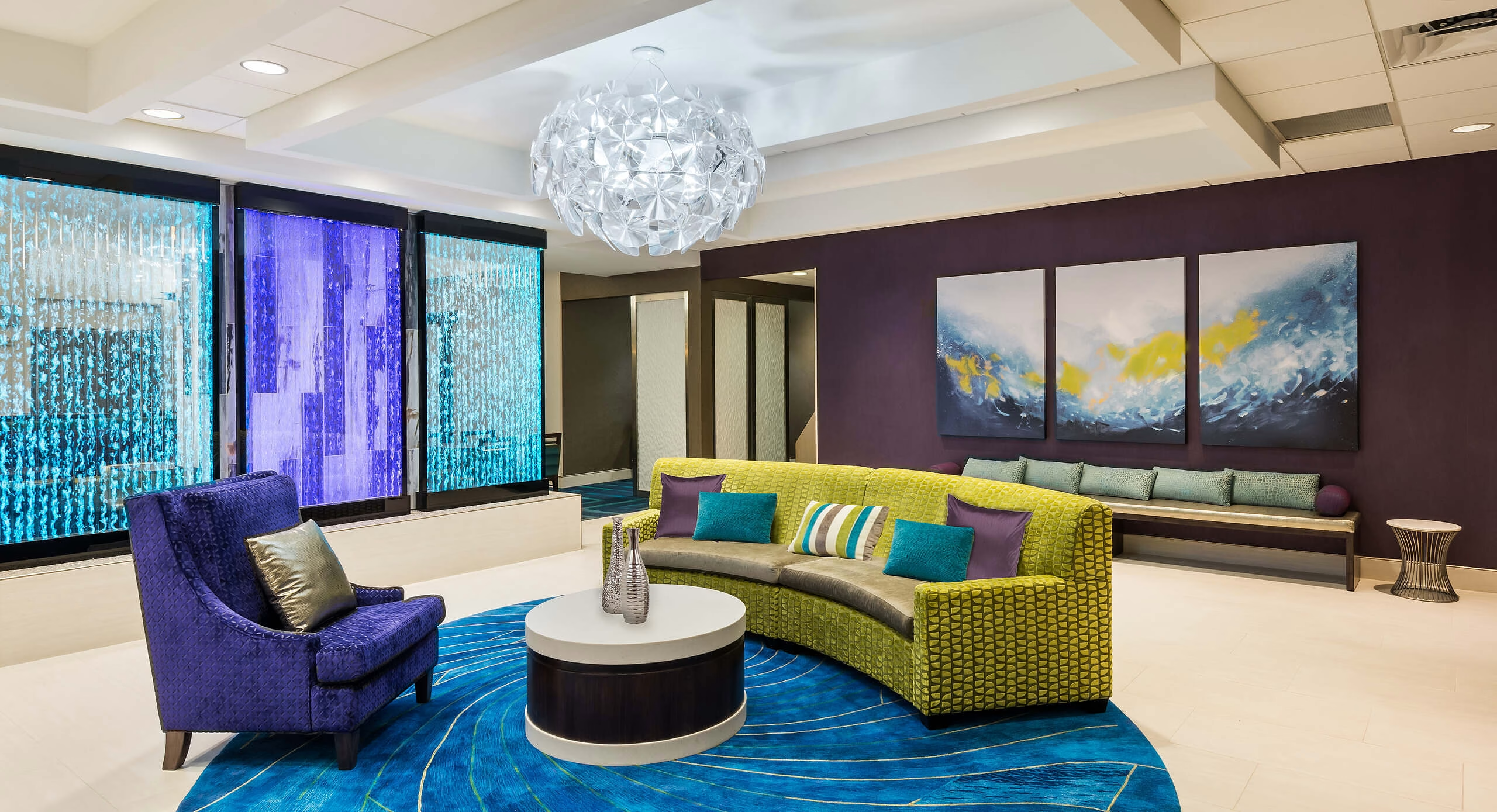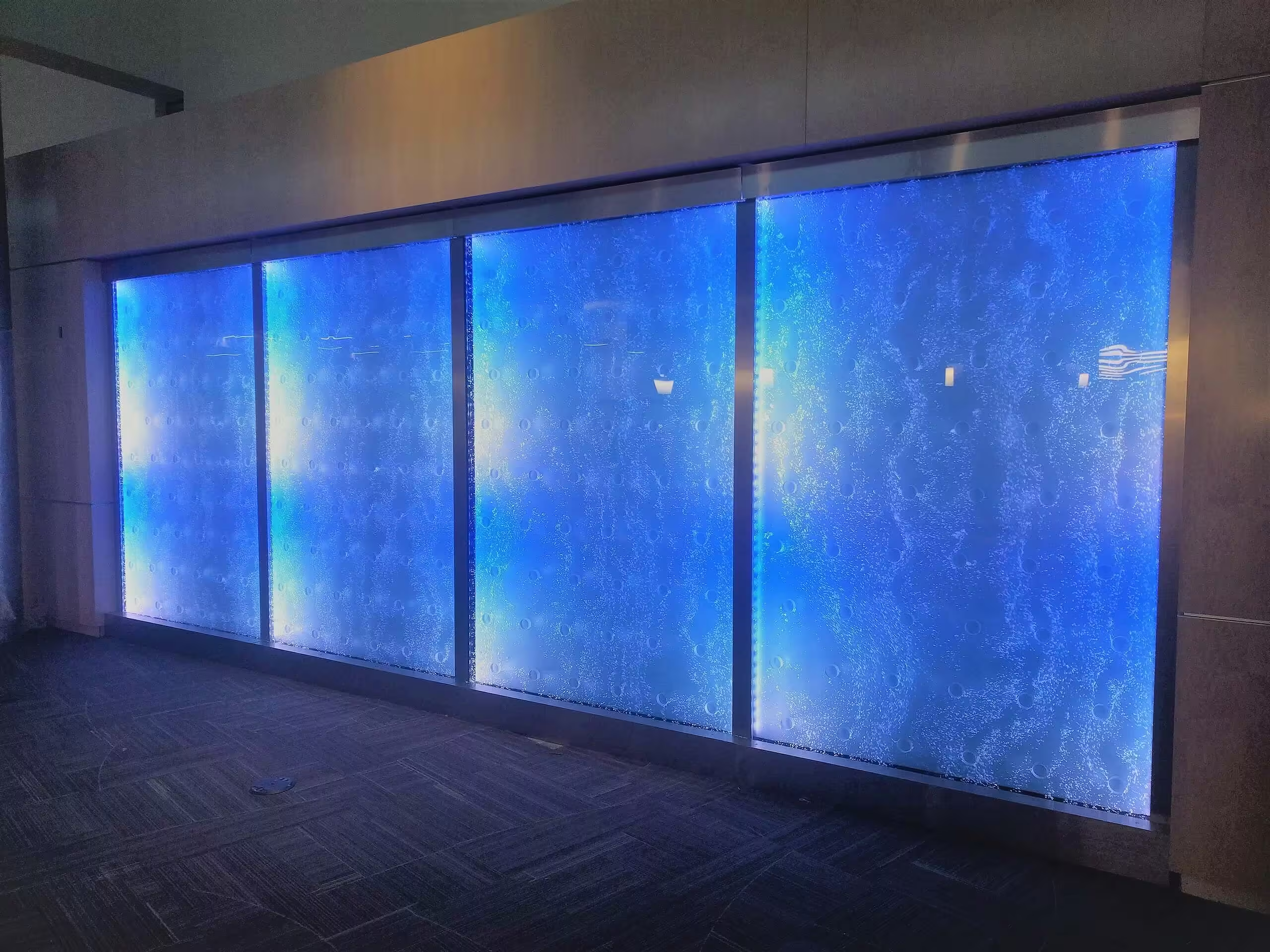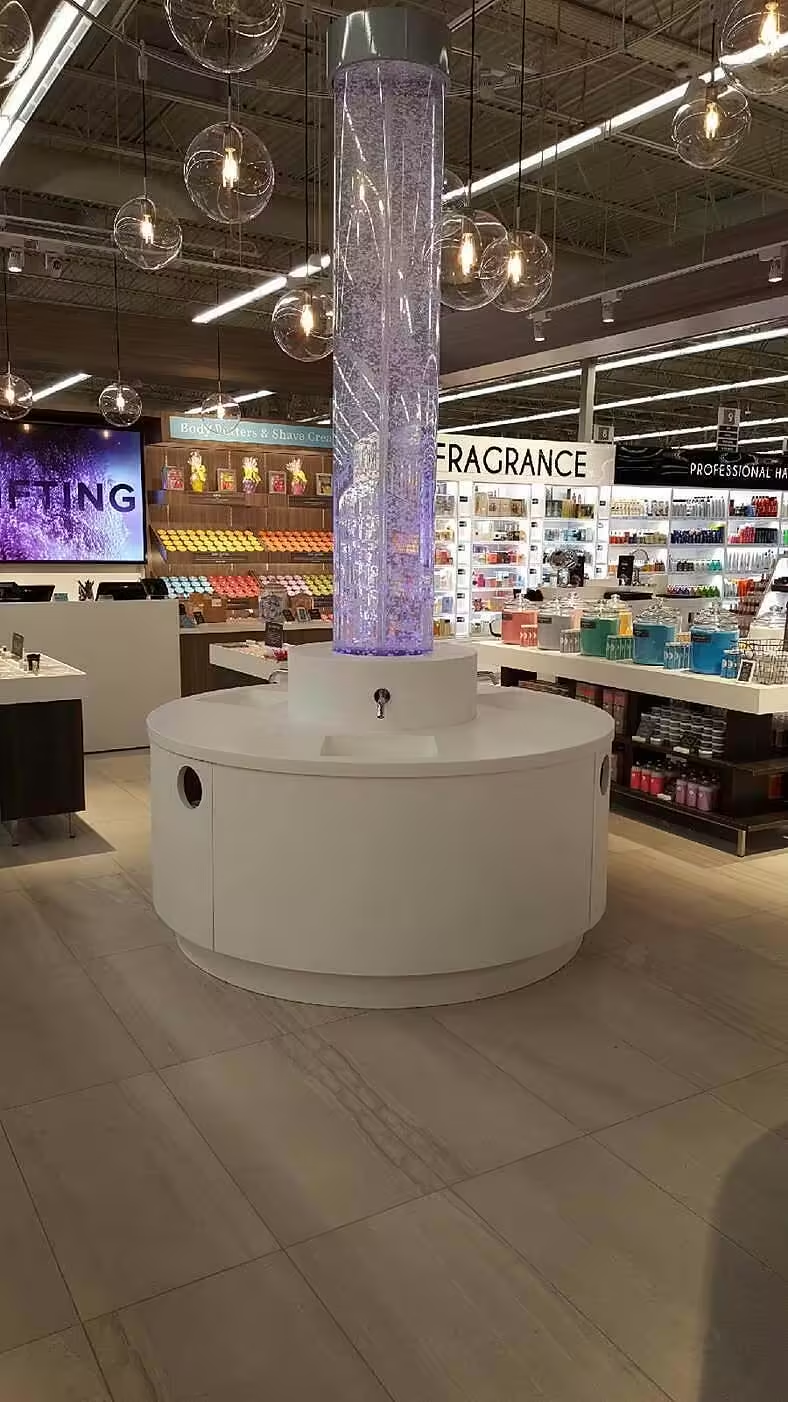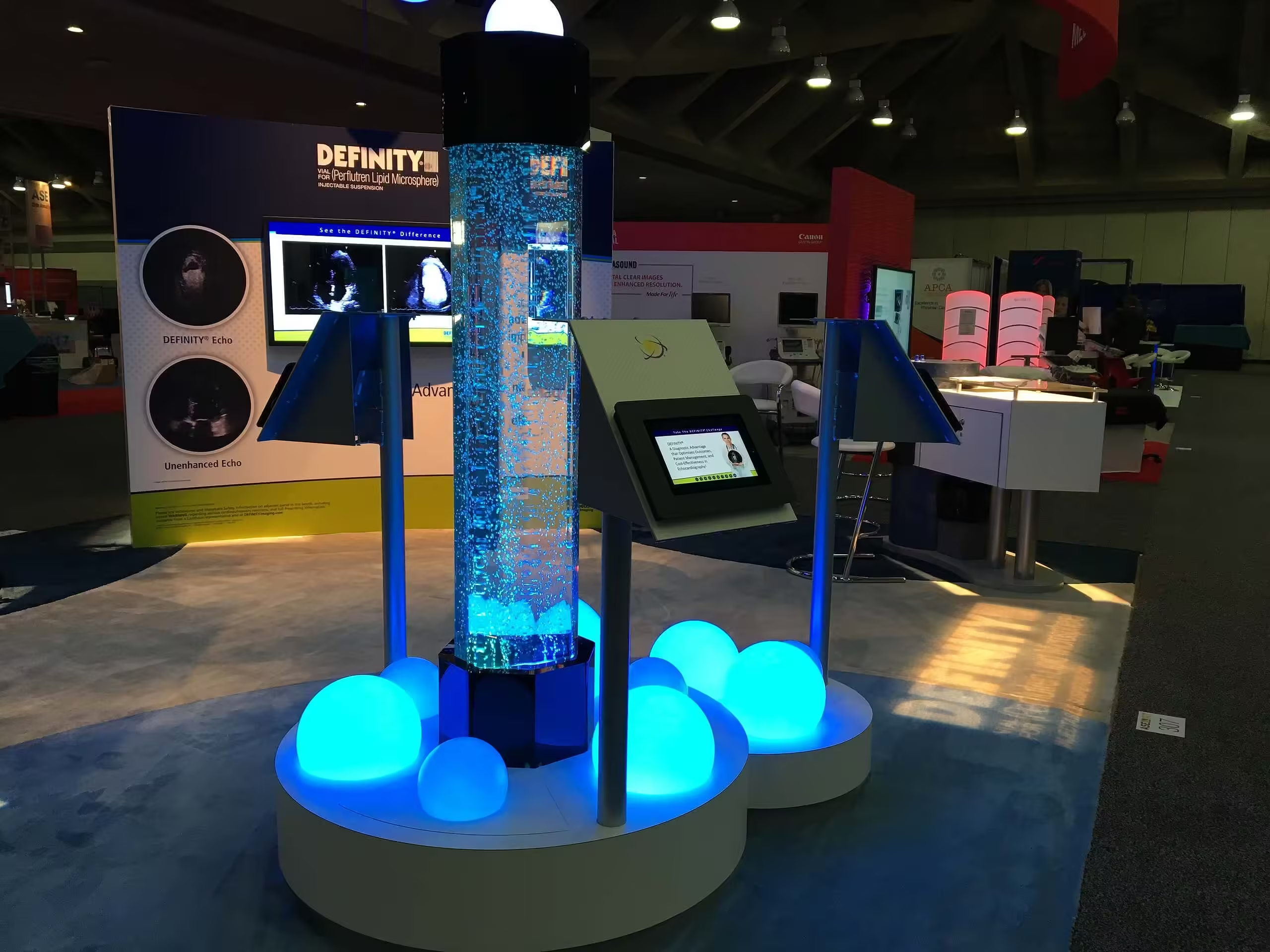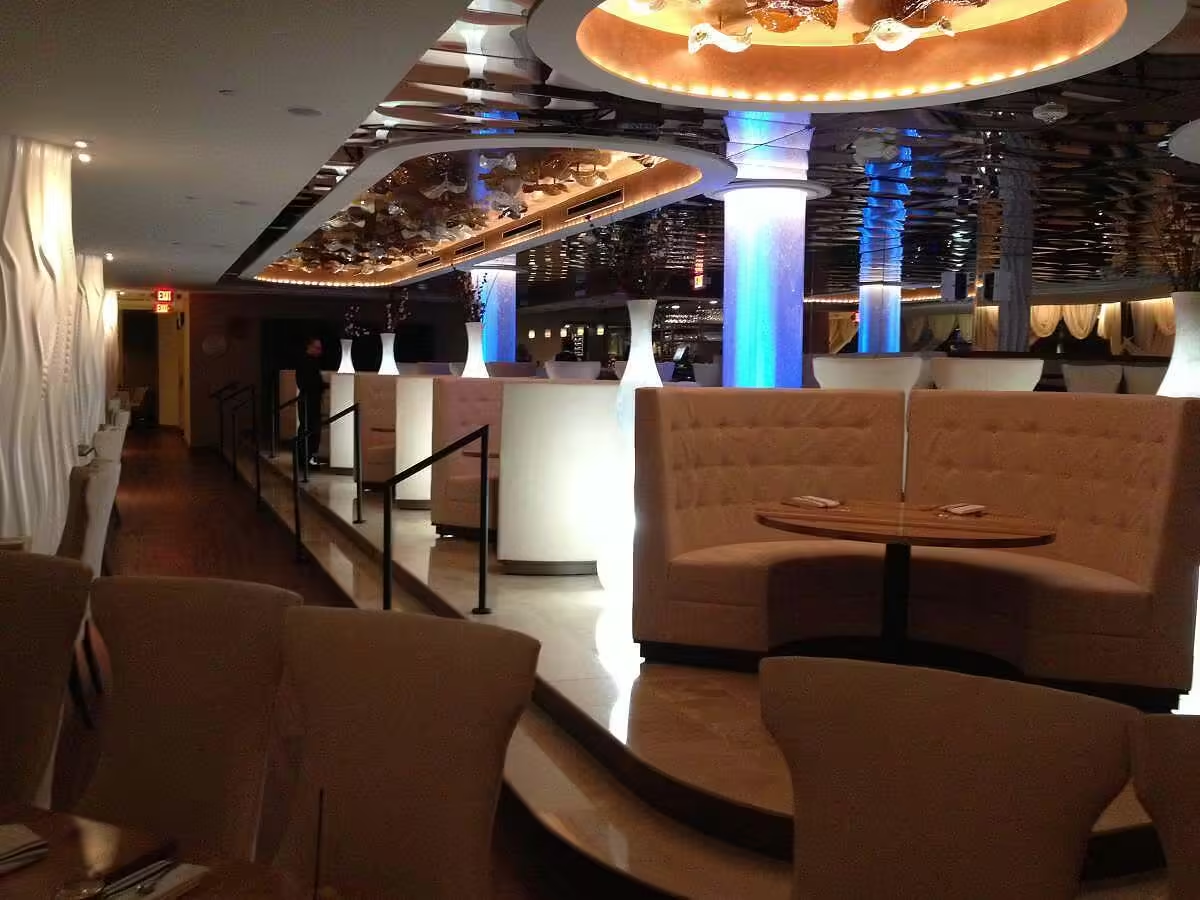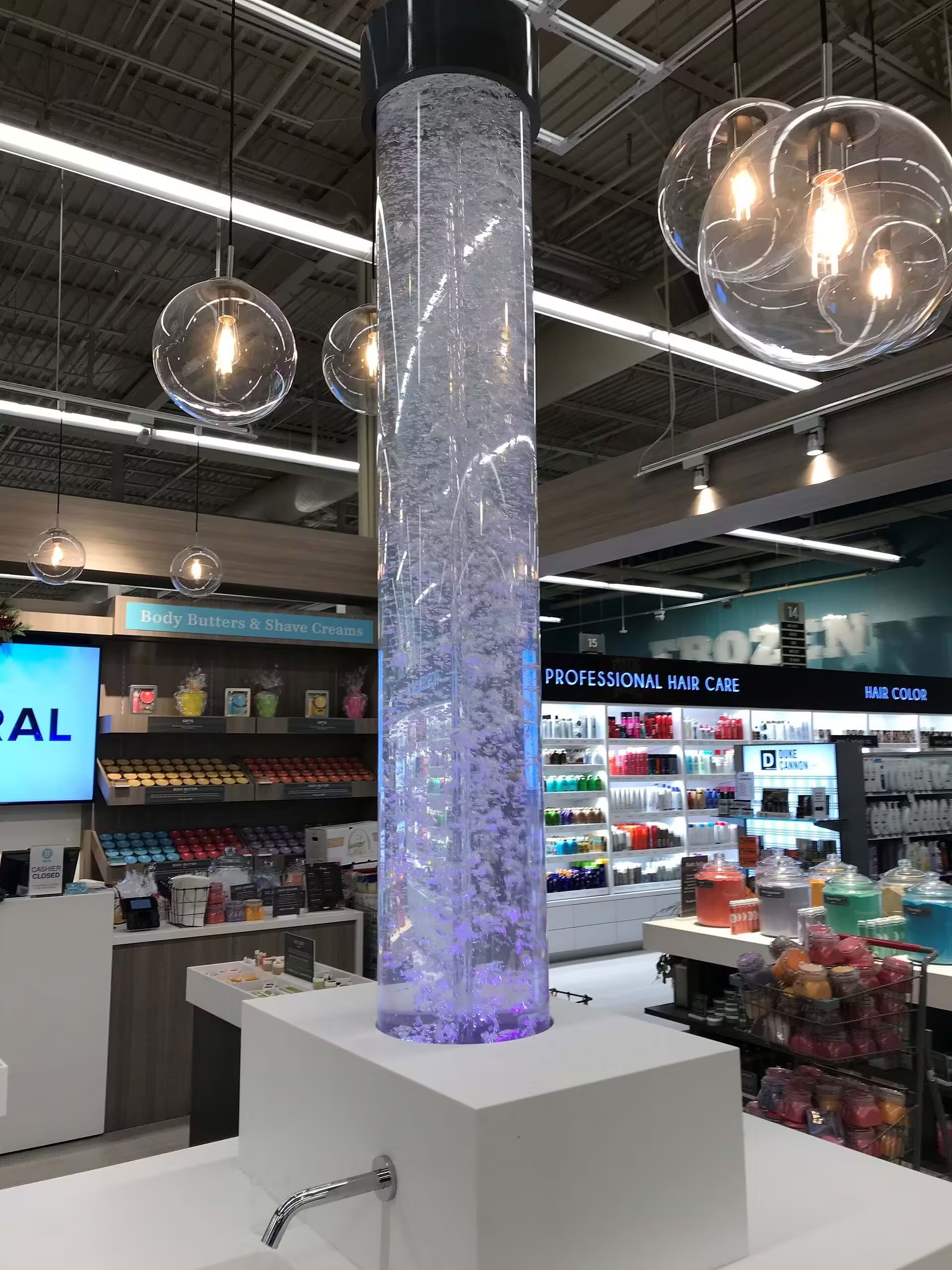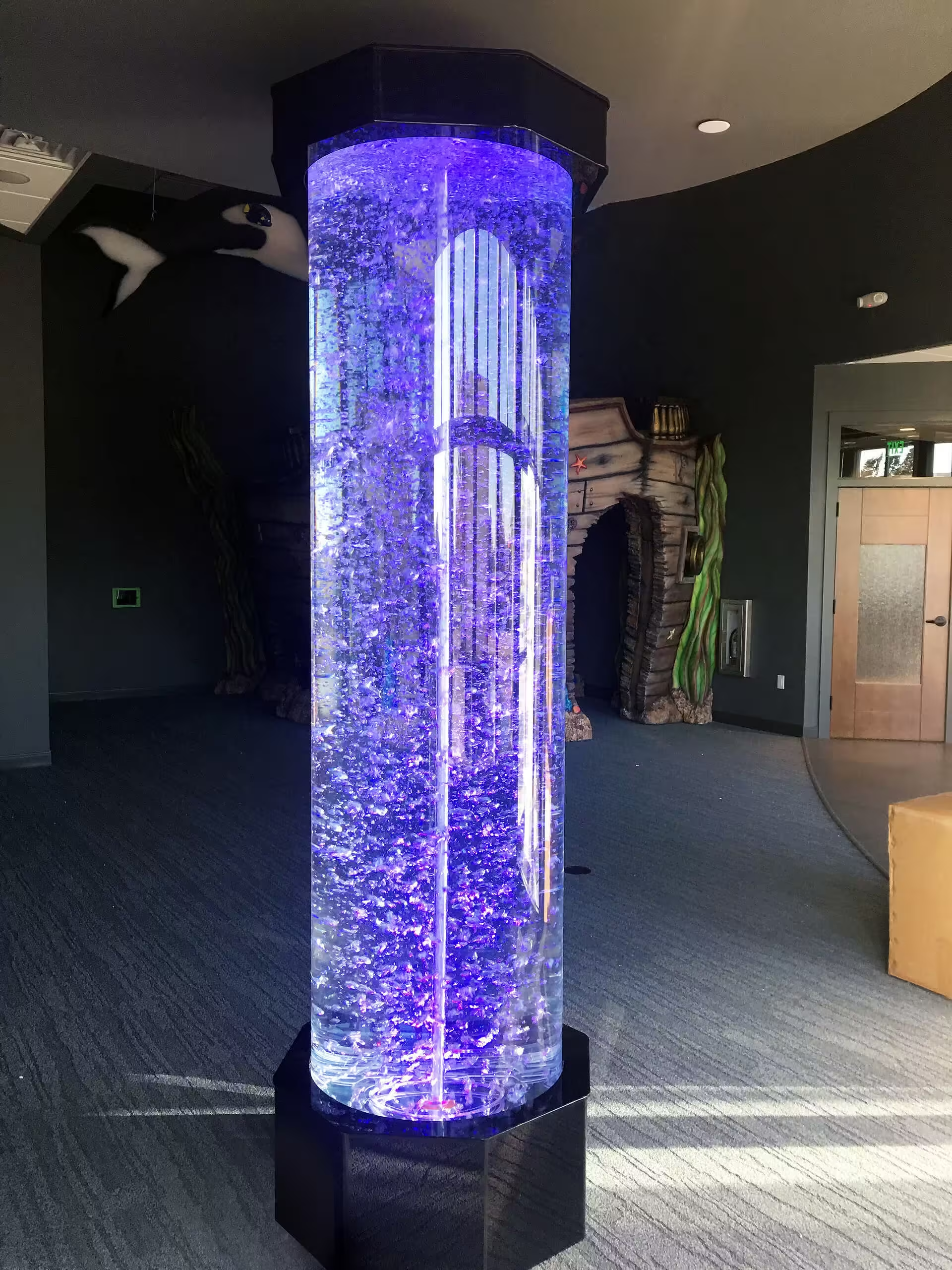Tips for Designing a Garden Large Enough for Gathering
Table Of Contents:
- Essential Designs for a Beautiful Large Garden
- Key Takeaways
- Choose the Right Layout for Your Large Garden Design
- Select Suitable Plants for Your Large Garden Space
- Create Inviting Entertaining Areas in Your Garden
- Enhance Your Garden With Decorative Elements
- Manage Sustainability in Your Garden Design
- Plan for Year-Round Beauty in Your Garden
- Conclusion
Essential Designs for a Beautiful Large Garden
Does designing a large garden feel overwhelming? This post offers practical solutions for creating an attractive outdoor space while addressing challenges such as choosing a layout, selecting suitable plants, and establishing inviting areas for gatherings. Readers will benefit from clear steps that simplify garden planning, making design decisions easier. By following these guidelines, anyone can transform their large garden into a well-organized and beautiful area.
Key Takeaways
- garden design begins with defining purpose and space efficiency
- incorporating functional zones improves practical outdoor use
- material selection and site evaluation contribute to a balanced layout
- regular maintenance and seasonal changes sustain garden functionality and appeal
Choose the Right Layout for Your Large Garden Design

The design process starts with defining the garden’s purpose and function, choosing varied layout styles, and establishing zones for space efficiency. Experts suggest integrating pathways and key features like a pedestal, statue, terracotta accents, large water feature, and obelisk. Assessing sunlight, shade, drainage, and soil conditions further refines the layout for optimal accessibility and growth.
Determine the Garden's Purpose and Functionality
A successful garden design begins with clarifying the property’s main usage. Planning the layout to support various activities and a dedicated kitchen garden area helps create harmony between beauty and function. Experts observe that a clear purpose guides decisions regarding the placement of features like zinc fixtures and basalt elements to improve overall accessibility.
Clearly defining the garden’s role aids in organizing space into distinct areas suited for relaxation and productivity. A well-structured plan supports practical uses through thoughtful paths and seating areas that accommodate both leisure and work activities. This framework allows design decisions to integrate urn features seamlessly, ensuring the space meets diverse needs.
Setting specific functional goals encourages a focus on elements that benefit everyday use and aesthetic quality. A purpose-driven approach divides the garden into zones that serve multiple activities while paying attention to details that promote smooth movement. Such careful planning guarantees that every item, from zinc accessories to basalt accents, contributes to a balanced, efficient, and accessible outdoor space.
Consider Various Garden Layout Styles
The design of a large garden involves selecting layout styles that match both practical needs and aesthetic preferences. Experts note that a woodland approach can soften the boundaries while limestone accents supply a structured appearance.
Material choices influence the garden’s overall feel and maintenance requirements. Using durable steel structures alongside classic millstone features provides a modern touch, and factoring in a reasonable delivery fee for bulky items ensures a smooth execution of the plan.
A consistent approach creates spaces that are both functional and visually appealing, meeting various outdoor needs:
| Element | Description |
|---|---|
| Woodland | Natural style that softens garden boundaries |
| Limestone | Solid material contributing a structured appearance |
| Steel | Modern, durable framework for garden structures |
| Millstone | Classic component used as a focal design element |
| Delivery Fee | Considered cost for transporting heavy building materials |
Use Zones to Maximize Space Efficiency
A well-planned garden layout separates distinct zones to maximize each area’s potential. Strategic placement of elements like a large indoor fountain and a large garden water fountain improves flow and functionality. Customer reviews often support designs that allocate dedicated spaces for such features.
Defining specific zones allows the garden to serve multiple purposes while maintaining clear, usable spaces. A designated area that houses a bird bath alongside a large bowl fountain creates an inviting focal point without overwhelming the layout. This method offers a practical approach to integrating visual appeal with everyday usability.
Space efficiency increases when each section addresses a particular need within the garden. Experts base their designs on practical considerations, positioning components such as a large garden water fountain or a bird bath to enhance both beauty and accessibility. Customer reviews confirm that zone-specific layouts bring a balanced and organized structure to expansive outdoor spaces.
Incorporate Pathways and Accessibility Features
Integrating well-defined pathways enhances accessibility while creating a balanced layout for a large garden. Materials such as metal and cast stone provide durability while complementing landscape features like large outdoor fountains. The design also incorporates provence-inspired details that contribute to a relaxed yet refined atmosphere.
Experts advocate using versatile materials and careful planning to support both functionality and style. They recommend selecting surfaces that permit smooth movement and simultaneous emphasis on visual appeal, including choices like metal edging and cast stone pavers to maintain a cohesive landscape design:
- Use durable cast stone for pathway stability
- Incorporate metal accents for a modern touch
- Highlight focal points with large outdoor fountains
- Add provence elements to soften the environment
Practical assessments of the garden ensure that each area supports ease of access and comfort for all users. Specialists configure pathways and features based on site conditions, ensuring that the layout remains both appealing and functional for everyday enjoyment.
Assess Sunlight and Shade for Plant Placement
Proper evaluation of sunlight and shade guides plant placement in a large garden. Experts recommend observing the sun’s path to determine ideal spots for seed germination and overall plant health. Incorporating natural wood accents and subtle column features supports the division between illuminated and cooler areas.
A detailed assessment of light exposure ensures that key elements, such as large outdoor water features, are positioned for maximum visual and functional impact while materials are acquired at a favorable sale price. Techniques include measuring sunlight duration, checking soil conditions near wood accents, and using column structures to define zones:
- Measure daily sunlight hours across the garden
- Select materials based on quality and sale price
- Position wood elements close to seed planting beds
- Utilize columns to demarcate shaded regions
Thorough attention to natural light results in a refined, balanced garden design that supports robust plant growth. Combining organic seed propagation with well-placed large outdoor water features and structural columns provides practical benefits and visual appeal. This detailed approach ensures that every section of the garden meets both horticultural requirements and aesthetic standards.
Factor in Drainage and Soil Conditions
Experts note that careful evaluation of soil and drainage conditions is vital for supporting features such as large yard fountains without compromising structural stability. Proper assessments ensure that water flows naturally away from delicate areas and garden furniture setups. This approach minimizes potential damage and promotes a healthy garden environment.
In regions like Andalusia, landscape professionals focus on matching soil composition to the installation of elements like a large bird bath fountain and large outdoor solar fountains. They test the land extensively to confirm that water drainage supports both lush plant growth and the proper functioning of these decorative installations. This attention to detail provides a robust foundation for a well-planned garden design.
Experienced designers stress the importance of maintaining clear drainage channels to protect key features, including large yard fountains and garden furniture areas. They use practical examples from various projects to illustrate how proper soil management prevents water buildup and ensures long-term durability of garden installations. Such techniques help maximize the garden’s aesthetic appeal and functional performance.
The layout sets a firm foundation for the garden’s design. Next, select plants that add character and life to the space.
Select Suitable Plants for Your Large Garden Space

Employing native plants, thoughtful combinations of flowering and foliage varieties, and grouping by water and sunlight needs result in a balanced outdoor design. Edible options and seasonal perennials with annuals elevate functionality. Designers incorporate concrete elements, copper accents on the wall, extra large outdoor fountains for sale, and cart systems to support growth and ease of maintenance.
Opt for Native Plants That Thrive Locally
By selecting native plants that thrive in local conditions, design professionals improve overall garden design while reducing maintenance efforts. High-quality compost enriches the soil, supporting vigorous growth and long-term resilience. This approach allows each plant to flourish naturally within its environment.
Integrating natural species alongside key landscape features, such as a large wall fountain, creates a harmonious outdoor space. Strategic placement near tall outdoor fountains adds visual interest and structure, catering to aesthetic and practical needs. Experts note that this balance enhances the overall appeal and functionality of expansive garden projects.
Specialists recommend finishing detailed elements with a finial to tie the design together and accentuate native plant selections. The application of compost remains essential in preserving soil health for sustainable growth and ensuring every feature contributes to a robust garden design. Effective planning and careful material choices address common challenges while meeting the needs of diverse outdoor spaces.
Combine Flowering and Foliage Plants for Diversity
Design specialists combine flowering and foliage plants to create vibrant patterns in expansive gardens. They assess local environments using zip code data to select species that thrive under specific conditions, resulting in a balanced beauty throughout the space. This approach produces a living palette that appeals to both practical needs and visual quality.
Experts recommend arranging lively blooms alongside steady foliage to form a cohesive sphere of textures and hues. Garden supply platforms now allow customers to add to cart curated selections that complement features such as a large solar fountain, ensuring a seamless integration of structure and nature. This pairing not only boosts aesthetic appeal but also supports sustained plant health.
Practitioners monitor garden regions to confirm that plant combinations meet functional and design standards. They embrace strategies that align plant diversity with modern installations, creating areas where natural beauty and engineered elements coexist harmoniously. This method offers a clear path for enhancing landscape resilience and daily enjoyment.
Group Plants by Water and Sunlight Needs
Design experts group plants based on water and sunlight needs to create cohesive outdoor spaces that support optimal growth. Drawing inspiration from renowned settings like the New York Botanical Garden, designers incorporate segments such as a cozy patio to set a practical foundation in the garden layout.
Such an approach places emphasis on areas near a large pond fountain and within a well-structured courtyard to maintain proper light exposure and water distribution. Integrating ceramic accents further refines the aesthetic, offering a natural complement to the thoughtfully arranged flora.
Specialists advise that systematic grouping minimizes maintenance efforts while promoting healthier plant development across various zones. This method applies proven techniques from professional garden designs, ensuring that each segment, from a sunny patio corner to a shaded courtyard adjacent to a sizable water feature, meets practical and visual standards.
Introduce Edible Plants for a Functional Garden
Experts recognize that incorporating edible plants boosts both the functionality and visual appeal of a large garden. They assess the quality of soil and work with a trusted plant nursery to ensure the best selections for the environment. A well-maintained small pond further contributes to the garden’s natural ambiance.
Design professionals advocate for the integration of edible species to promote a sustainable and productive space. They deploy modern irrigation systems with efficient pump mechanisms to optimize water distribution. Careful soil preparation reinforces the growth of vegetables and herbs while ensuring lasting results.
Practitioners recommend a modest fee be allocated for ongoing maintenance to support the garden’s overall efficiency and design integrity. This investment covers routine checks on the pump system and soil nourishment. The addition of edible plants transforms the space into a practical and attractive outdoor living area.
Create Seasonal Interest With Perennials and Annuals
A successful balance of perennials and annuals offers vivid seasonal transitions, framing prominent garden features such as a stainless steel large garden fountain. This method allows designers to align plant colors with physical elements like slate walls and modern fountain structures, ensuring the space remains engaging all year.
Seasonal plant groupings work harmoniously with structural elements, creating focal areas that accentuate both natural growth and key installations like a large fountain:
| Aspect | Feature |
|---|---|
| Design Element | Stainless steel large garden fountain |
| Material Accent | Slate finishing detail |
| Plant Selection | Perennials and annuals for seasonal color |
Experienced designers value the pairing of plant varieties with essential garden features to achieve both beauty and function. They recommend regular adjustments based on seasonal shifts, ensuring that every element—from a large garden fountain to integrated perennials and annuals—consistently contributes to an appealing outdoor space.
Plan for Growth and Maintenance Considerations
Professional garden planners assess long-term plant growth and maintenance needs to ensure each element of a large garden evolves as intended. They implement strategies that optimize spacing, water distribution, and nutrient management, resulting in a resilient outdoor space.
Garden specialists advocate developing a comprehensive maintenance schedule that details seasonal pruning, fertilization routines, and pest control measures:
| Maintenance Aspect | Action Step |
|---|---|
| Plant Spacing | Allocate ample room for natural growth |
| Pruning Schedule | Plan regular trimming to foster health |
| Irrigation Control | Monitor water needs to prevent overwatering |
Design experts regularly review garden upkeep practices to make informed adjustments that support sustainable development in a beautiful large garden space. They fine-tune irrigation systems and nutrient plans based on observed plant performance, ensuring the garden remains visually appealing and practical throughout the seasons.
Well-chosen plants give the garden a quiet, strong character. A space now calls for spots where friends meet, talk, and enjoy simple moments.
Create Inviting Entertaining Areas in Your Garden

Professional garden planners outline strategies for inviting entertaining areas. They design cozy patios or decks for gatherings, select outdoor furniture that fits the layout, install shade structures to provide comfort, and use lighting that sets the mood. Fire pits or outdoor kitchens and privacy features, such as screens or hedges, further amplify the space’s appeal and usability.
Design a Cozy Patio or Deck for Gathering
A designer plans a cozy patio or deck as a central spot for family and friends to gather in a large garden. The space is arranged with durable seating and weather-resistant materials that withstand outdoor conditions while maintaining an inviting atmosphere.
The design emphasizes easy maintenance and clear sightlines, ensuring that guests feel comfortable during daytime and evening events. The seating and table arrangements are configured to foster conversation and accommodate a variety of social activities.
Practical insights guide the overall layout, including efficient placement of lighting and shade structures for pleasant gatherings. The designer routinely reviews new materials and trends to refine the patio or deck for optimal comfort and functionality.
Install Outdoor Furniture That Complements the Space
The designer selects outdoor furniture that aligns with the garden’s overall style and supports comfortable gatherings. The items include weather-resistant seating and versatile tables designed to fit both casual and formal events.
Experts focus on arranging pieces to improve flow and create defined conversation areas in the outdoors:
- Durable seating options
- Simple yet functional tables
- Complementary shade structures
Specialists advise matching materials and colors to the existing landscape elements to ensure a harmonious outdoor ambiance. Practical examples from recent projects show that metal and wood combinations offer lasting performance while providing a cohesive look.
Add Shade Structures for Comfort on Sunny Days
Shade structures offer an effective solution for enhancing comfort during warm, sunny days. Designers choose reliable materials and install retractable coverings or pergolas to create an inviting entertainment area in a large garden. This practical method reduces heat and glare, ensuring guests experience a relaxed outdoor setting.
Experts recommend placing these structures near seating areas to establish defined zones for social gatherings. Careful placement guarantees that the shade complements the garden layout while providing sufficient coverage for outdoor furniture. The approach directly addresses common concerns about sun exposure during extended outdoor events.
Installed shade features contribute to a balanced design by blending function with visual appeal. Professionals assess local weather patterns and garden orientation to determine optimal positions for awnings or fabric canopies. This attention to detail makes sunny days more enjoyable and supports the overall design strategy for a beautiful large garden.
Use Lighting to Set the Mood for Evenings
Professional designers utilize strategic lighting arrangements to create inviting outdoor spaces that support evening gatherings. Careful placement of LED and accent lights improves visibility and reinforces the garden’s balanced design.
Experts recommend integrating a mix of subtle and focused lighting to emphasize key garden elements such as pathways and seating areas:
| Lighting Type | Purpose |
|---|---|
| LED Path Lights | Define walkways and ensure safe navigation |
| Accent Lights | Highlight garden features and create focal points |
| String Lights | Add a warm ambiance for social events |
Design professionals advise selecting energy-efficient options that easily blend with the garden’s overall style. Actionable insights from recent projects show that a thoughtful lighting design not only enhances functionality but also adds visual appeal for evening events.
Incorporate Fire Pits or Outdoor Kitchens
Design professionals note that incorporating fire pits and outdoor kitchens brings practical benefits to a spacious garden. Such installations boost social interactions and add valuable functionality to outdoor settings.
Expert designers recommend placing fire pits and outdoor kitchens in strategic garden locations to create dedicated gathering and cooking areas. This arrangement supports safety, clear visibility, and smooth workflow in outdoor living areas:
| Design Element | Key Benefit |
|---|---|
| Fire Pit | Provides warmth and a social focal point |
| Outdoor Kitchen | Facilitates efficient outdoor meal preparation |
| Seating Area | Offers comfortable space for gatherings |
Experienced planners advise careful evaluation of material choices and site layout to ensure that these features integrate smoothly with existing garden elements. Field tests and client feedback confirm that well-placed fire pits and outdoor kitchens significantly improve usability and overall appeal in large garden projects.
Consider Privacy Features Like Screens or Hedges
Professional designers recommend incorporating privacy features such as screens or hedges to create a welcoming, secluded atmosphere in large garden entertaining areas. These elements offer a visual barrier that enhances the space’s functionality and contributes to a refined outdoor setting.
Using tailored screens or well-maintained hedges allows for clear separation between different garden zones, ensuring comfort for guests while highlighting the overall design. Experts note that this approach is effective in mitigating noise and providing a sense of intimacy during social gatherings.
Practical experience shows that selecting quality materials for screens or choosing hardy plant species for hedges results in a durable, appealing privacy solution. Garden designers often work with clients to identify options that meet both aesthetic and performance needs, ensuring each outdoor space feels both secure and attractive.
The garden shifts as design details come into view. A fresh presence now calls, inviting each eye to the artful marks hidden in place.
Enhance Your Garden With Decorative Elements

This section covers key decorative touches for a beautiful large garden design. Topics include garden sculptures and statues, water features for relaxation and aesthetics, decorative planters, trellises and arbors for vine support, edging to define spaces, and colorful mulch for visual appeal. Practical insights guide each element for improved style and function.
Choose Garden Sculptures and Statues for Interest
Garden sculptures and statues add distinct charm to a beautiful large garden. Expert designers recommend careful placement of decorative elements to create clear focal points and achieve a balanced outdoor space.
Introducing outdoor art pieces offers a practical solution for defining separate garden areas while adding personality. Designers have observed that positioning statues near gathering spots improves the overall layout and brings a welcoming atmosphere.
Using durable materials for sculptures and statues contributes to the long-lasting quality of the garden design. Professional planners suggest selecting pieces that harmonize with surrounding elements, ensuring a cohesive and visually appealing landscape.
Use Water Features for Relaxation and Aesthetics
Water features enhance a large garden by providing a soothing ambiance and visual charm. They add a dynamic element that blends modern style with natural elegance while offering a retreat for relaxation.
These installations serve as striking focal points and contribute to the garden’s overall appeal. Designers recommend selecting water features that are both practical and visually engaging to meet diverse outdoor needs.
Experts note that well-placed water features improve the garden’s atmosphere and encourage a calming environment. Regular maintenance and thoughtful placement ensure that these elements remain an integral part of a beautiful and functional outdoor space.
Incorporate Decorative Planters and Containers
Design professionals advise incorporating decorative planters to add structure and distinct visual interest to expansive garden spaces. These items serve both practical and aesthetic roles by outlining specific garden areas and enhancing ornamental appeal.
Containers offer a flexible solution that supports various planting needs while enriching the overall design. They provide an opportunity to rearrange garden elements with ease and contribute to a coherent style in outdoor environments:
| Planter Type | Material | Benefit |
|---|---|---|
| Raised Bed Planters | Concrete | Durable design with modern appeal |
| Container Pots | Ceramic | Versatile option for diverse plantings |
| Hanging Baskets | Wicker | Space-saving and visually attractive |
Experienced designers emphasize that decorative containers not only simplify maintenance but also provide a refined aesthetic to the garden. They suggest selecting elements that balance form and function, allowing for efficient care and stylish presentation throughout the year.
Add Trellises and Arbors to Support Vines
Design experts recommend adding trellises and arbors as functional design elements that support vine growth while defining garden zones. These features create a structured visual appeal and assist in maintaining plant organization. Their installation simplifies the care process in a large outdoor setting.
Design professionals select trellises and arbors based on material performance and weather resilience to meet specific gardening goals:
| Feature | Material | Key Benefit |
|---|---|---|
| Trellis | Wood or Metal | Provides stable support for climbing vines |
| Arbor | Cedar or Composite | Creates a decorative entry and frames outdoor areas |
| Vine Structure | Iron or Stone | Enhances durability and aesthetic appeal |
Specialists advise regular inspection and maintenance to ensure that each installed support continues to deliver lasting benefits. Routine checks offer actionable insights that extend the life of trellises and arbors while keeping the garden organized and visually engaging.
Implement Edging to Define Garden Spaces
Effective edging distinguishes individual garden zones and supports a cohesive outdoor design, allowing each space to serve its own purpose. Strategic placement of edging focuses on clear definitions between planted areas and hardscape features for a balanced overall layout.
Choosing the right materials for edging is critical to achieving both durability and aesthetic appeal. Practical options, such as brick, stone, or metal, provide clear boundaries and complement the garden’s style:
- Brick edging offers a traditional look with enduring strength.
- Stone edging adds a natural finish that blends with landscaped areas.
- Metal edging presents a modern touch while ensuring longevity.
Specialists recommend integrating edging early in the design process to avoid maintenance challenges later. This approach promotes efficient garden organization and assists in delineating pathways that enhance daily use and enjoyment.
Utilize Colorful Mulch for Visual Appeal
Colorful mulch adds a striking visual element to large garden designs, providing a polished and uniform look. Its vibrant hues complement plant selections while improving soil moisture retention and suppressing unwanted growth. This simple addition transforms garden pathways and borders, ensuring an impressive overall layout.
Professional designers select high-quality mulch products that offer an array of hues to match different outdoor aesthetics. Practical experience shows that choosing the right color boosts both visual appeal and site functionality. This approach reinforces a garden’s visual hierarchy and invites further exploration of design details.
Industry experts recommend integrating colorful mulch to create contrast and highlight ornamental plants. The technique enables designers to achieve a balanced scene without extensive revisions to existing plans. Field-tested strategies confirm that colored mulch offers both durability and an attractive finishing touch to expansive outdoor spaces.
Decorative pieces shape the garden with quiet strength. Now, a mindful design steers every element toward a robust and lasting future.
Manage Sustainability in Your Garden Design

Designers integrate rainwater harvesting, drought-tolerant plants, organic mulch, crop rotation, companion planting, and native habitat features to support a sustainable garden. This approach conserves water, improves soil health, minimizes pest issues, and attracts wildlife, ensuring an eco-friendly and resilient outdoor space.
Implement Rainwater Harvesting Techniques
Professional designers integrate rainwater harvesting techniques into large garden designs to support overall sustainability and reduce water usage. They install collection systems that channel rainwater from roofs into storage tanks, ensuring a consistent water supply for garden irrigation. This method provides a practical solution that addresses both environmental concerns and maintenance needs.
Experts focus on selecting robust collection materials and pipes that maintain system efficiency in varied weather conditions. They emphasize the importance of regular maintenance and testing to ensure that rainwater harvesting systems function at optimal performance. These actionable measures foster a reliable water conservation practice tailored to large garden settings.
Field observations confirm that well-maintained rainwater harvesting systems significantly reduce reliance on municipal water sources while supporting a resilient landscape design. Designers recommend a structured layout that includes discreet storage units and controlled distribution channels to maximize water retention and garden performance. This approach meets the modern demands of sustainable gardening by blending efficiency with aesthetic appeal.
Choose Drought-Tolerant Plants for Water Conservation
Experts advocate for selecting drought-tolerant plants to sustain water conservation in expansive garden designs. These plant species naturally endure dry conditions and reduce the need for frequent irrigation, preserving valuable water resources while maintaining a resilient landscape.
Design professionals emphasize choosing plants that have adapted to local climates, ensuring practicality and long-term sustainability in garden design. This approach not only saves on water usage but also minimizes maintenance and supports a stable ecosystem in large outdoor spaces.
Practitioners meticulously select drought-tolerant varieties based on soil quality and exposure to maximize water efficiency. Field experience confirms that integrating these species into a garden design creates a balanced outdoor area that remains attractive during dry periods and promotes environmental conservation.
Use Organic Mulch to Retain Soil Moisture
Organic mulch plays a vital role in maximizing soil moisture retention in large garden designs, assuring a sustainable approach to maintaining lush plant life. This method minimizes evaporation and reduces the need for frequent irrigation, benefiting both garden aesthetics and environmental conservation.
Garden professionals recommend using organic mulch as a practical solution for water conservation and soil health. This technique creates a protective barrier over soil surfaces and supports an efficient watering routine, proving to be an effective tool for managing large garden spaces sustainably.
In a sustainable garden design, organic mulch consistently improves soil structure and supports microbial activity, which enhances water absorption and retention. Experts note that adopting this strategy reduces maintenance efforts while encouraging robust plant growth, making it an invaluable component in the overall garden plan.
Practice Crop Rotation for Healthy Soil
Crop rotation serves as a proven technique for maintaining healthy soil in expansive garden designs. Design professionals recommend alternating plant families each season to prevent nutrient depletion and reduce the risk of soil-borne diseases.
Experts advise that rotating crops allows microorganisms in the soil to recover and supports natural pest control. This practice creates a dynamic environment where plants and soil work together in a sustainable system that minimizes the need for synthetic inputs.
Implementing crop rotation encourages a balanced ecosystem within the garden and supports long-term productivity. Practical examples from large-scale projects show that consistent rotation enhances soil structure and ultimately leads to a resilient outdoor space.
Explore Companion Planting for Pest Control
Companion planting for pest control offers a natural method to support sustainability in large garden design. This approach pairs specific plants to repel unwanted insects, reducing the need for chemical interventions.
Experienced designers report that integrating aromatic herbs with vegetables creates a balanced ecosystem in outdoor spaces. Combining these plant pairings not only minimizes pest issues but also promotes healthier growth and lower maintenance costs:
| Plant Pair | Pest Control Benefit |
|---|---|
| Basil & Tomatoes | Deters aphids and whiteflies |
| Mint & Cabbage | Repels cabbage moths |
| Marigold & Vegetables | Reduces nematodes and other pests |
Practical implementation of companion planting minimizes dependence on synthetic chemicals, providing a cost-effective and eco-friendly solution. Garden professionals advise routine evaluation of plant interactions to achieve improved yield and overall garden resilience.
Encourage Wildlife With Native Habitat Features
Professional garden designers integrate native habitat features to support local wildlife and improve ecosystem resilience. They incorporate indigenous plants that offer food, shelter, and breeding grounds, resulting in a wildlife-friendly garden design that meets both sustainability and aesthetic goals.
Experts observe that native shrubs and trees create secure microhabitats for birds and beneficial insects in expansive outdoor spaces. This technique minimizes maintenance needs while promoting a balanced environment that naturally attracts and sustains local species.
Specialists recommend that garden plans include designated areas of native vegetation to foster ecological balance and long-term outdoor vitality. This strategy addresses common maintenance challenges by using proven methods that enhance overall garden structure and environmental benefits.
Green practices build a garden that honors the land and pleases with quiet charm. Plan for each season’s distinct appeal and watch care bring lasting rewards.
Plan for Year-Round Beauty in Your Garden

Large garden designs benefit from incorporating evergreens for winter structure, seasonal blooms for continuous color, and fall-blooming flowers for late-season appeal. Textured plants add visual interest while adaptable layouts support seasonal shifts. Continuous maintenance routines ensure long-lasting beauty and functionality in expansive outdoor spaces.
Incorporate Evergreens for Winter Structure
Evergreens create consistent visual interest and structure during winter when other plants are dormant. Their rich green hues provide a reliable backdrop for a beautiful large garden and add practical benefits, such as wind protection and privacy. The selection of robust evergreens supports a steady garden framework throughout the colder months.
Garden designers incorporate these resilient trees and shrubs to maintain a balanced outdoor space all year. This approach ensures that even in the winter season, the garden exhibits pleasing contrasts that enhance the overall design. Practical examples show that integrating evergreens helps achieve a harmonious blend of nature and functionality.
Using evergreens is an effective strategy for preserving garden appeal when seasonal blooms are absent. Their durable nature and low maintenance requirements offer a dependable solution for winter structure in a large garden setting. Experts recommend planning the positioning of these plants carefully to maximize both aesthetic and environmental benefits.
Ensure Year-Round Color With Seasonal Blooms
Seasonal blooms play a crucial role in keeping a large garden vibrant throughout the year. They add continuous color and visual appeal that meets the needs of outdoor enthusiasts who seek both practicality and elegance in garden design.
Professional designers suggest selecting a diverse range of flowering plants to ensure smooth transitions between seasons, thereby achieving a balanced color scheme:
- Early spring blooms that brighten the garden after winter
- Summer flowers that maintain energy and warmth
- Autumn blooms that provide rich, deep hues
Field-tested strategies confirm that mixing bloom varieties reduces maintenance challenges and creates an outdoor space that consistently delights visitors. This approach offers a straightforward solution for gardeners aiming to secure year-round color and sustained beauty in their landscape projects.
Use Fall-Blooming Flowers for Late-Season Interest
Fall-blooming flowers add distinctive late-season interest to a large garden by maintaining color and vibrancy as other plants recede. Their bright displays help sustain the garden’s appeal during cooler months.
Professional designers recommend selecting robust fall-flowering species that perform well in cooler conditions. Field experience shows that these plants contribute to a balanced and appealing garden layout when carefully planned.
Experts emphasize scheduling proper care and maintenance for fall blooms to enhance a garden’s overall design. Practical techniques ensure that the seasonal display remains both attractive and low-maintenance throughout the transition period.
Create Winter Interest With Textured Plants
Experts recognize that textured plants are integral to sustaining visual appeal and structure in a large garden during the winter months. They recommend varieties with contrasting foliage and bark to produce depth and interest even when most other plants lie dormant.
Seasoned designers carefully select textured species that maintain clear shapes and rough surfaces to break the uniformity of a winter garden. These plants provide a practical solution for creating dynamic outdoor spaces that remain attractive all year round.
Professionals advise integrating textured plants into the overall garden design to boost winter interest and support enduring beauty. They use their experience to ensure each plant contributes to an appealing, low-maintenance layout that fulfills the needs of modern garden enthusiasts.
Maintain Garden Layout for Seasonal Adaptability
The garden layout that adapts to seasonal shifts supports year-round beauty and maximizes the space’s potential. Expert designers plan spaces that adjust to changing conditions while ensuring the outdoor environment remains practical and visually appealing.
Seasonal adaptability in garden design requires a systematic approach to feature selection and layout modification:
| Design Element | Function |
|---|---|
| Evergreens | Provide structure during colder months |
| Seasonal Blooms | Introduce vibrant color transitions |
| Textured Plants | Offer visual interest when other plants are dormant |
Garden professionals recommend periodic reviews of the layout to adjust for plant growth and seasonal variations. Their practical strategies and routine maintenance ensure the garden remains both attractive and efficient throughout the year.
Implement Continuous Maintenance Routines
Design experts recommend establishing continuous maintenance routines to keep large gardens pristine throughout the year. Regular upkeep and scheduled inspections allow groundskeepers to address issues efficiently and maintain garden beauty consistently.
Maintenance professionals advise creating a detailed schedule that includes pruning, fertilizing, and checking irrigation systems. This systematic approach minimizes unexpected repairs and promotes a seamless garden design that meets both aesthetic and functional needs.
Seasonal adjustments and routine equipment checks ensure that every area of the garden receives proper care. Continuous maintenance routines not only extend the longevity of garden features but also support a vibrant outdoor space that adapts to changing conditions.
Conclusion
Essential designs for a beautiful large garden demand clear organization of layout, plant selection, and decorative features. Practical strategies, such as zoning and sustainable practices, boost the garden’s usability and lasting charm. Designers apply functional materials and strategic placement techniques to harmonize aesthetic appeal with everyday practicality. These actionable insights empower garden enthusiasts to create engaging outdoor spaces that thrive year after year.



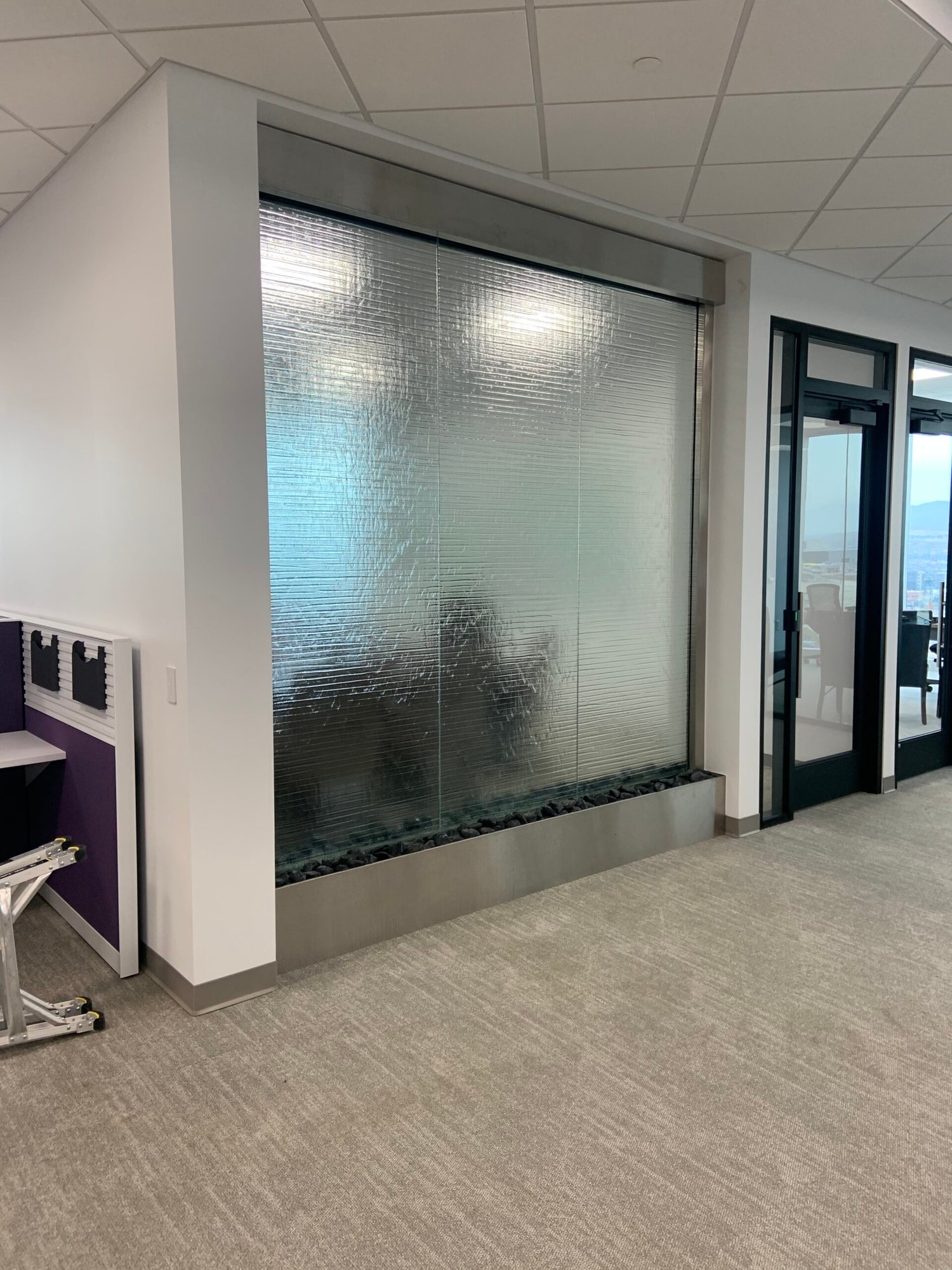
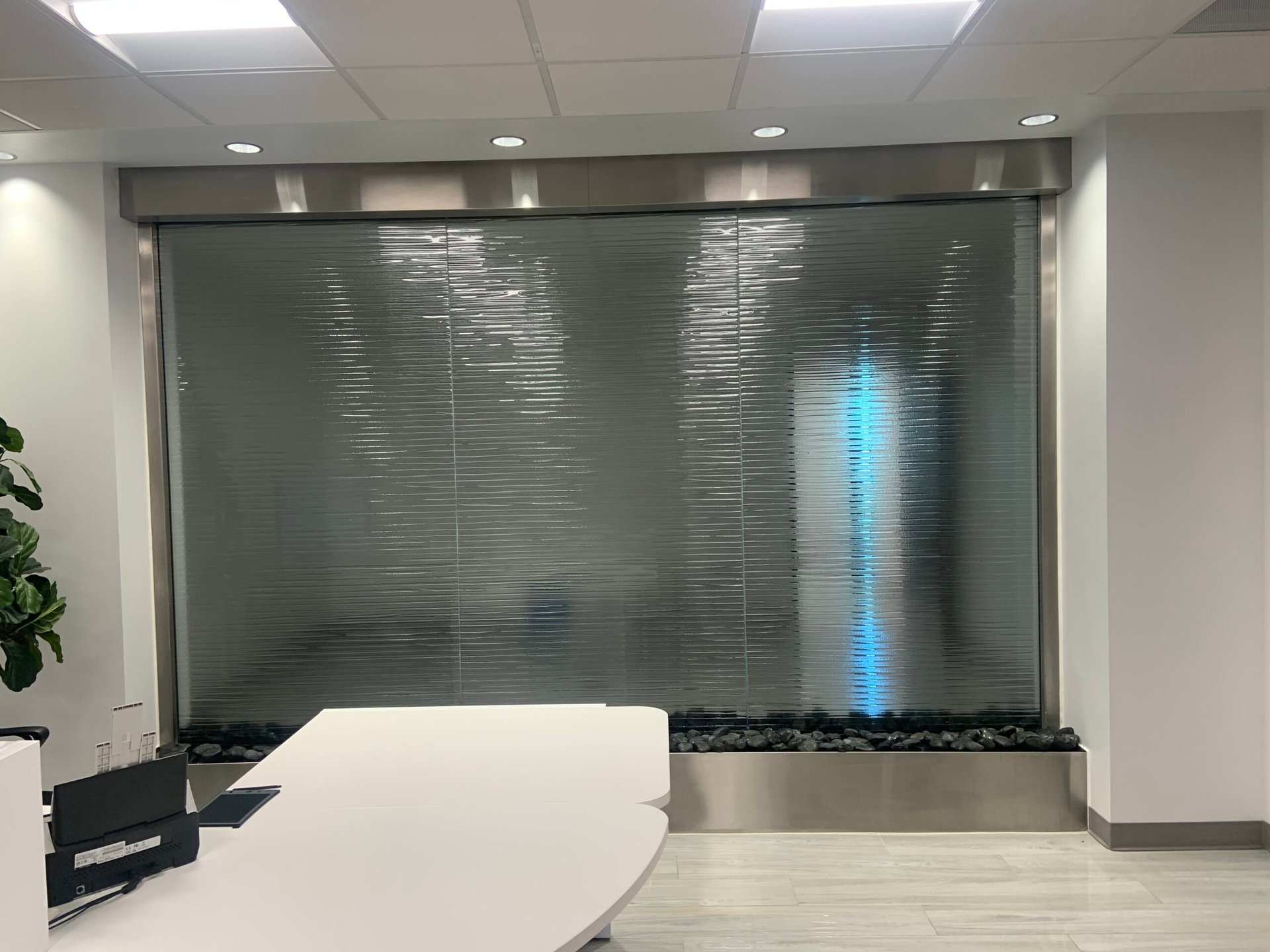
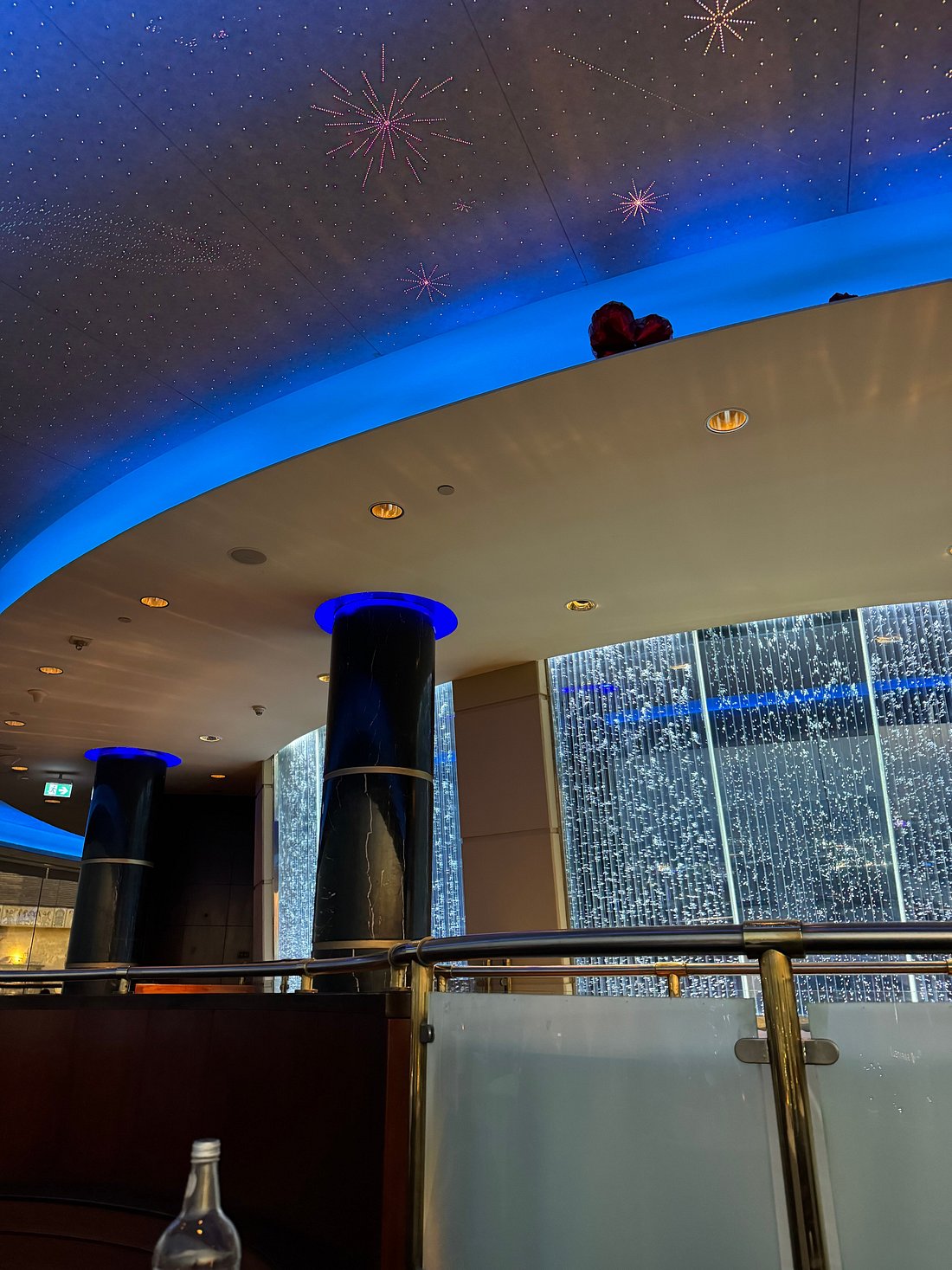

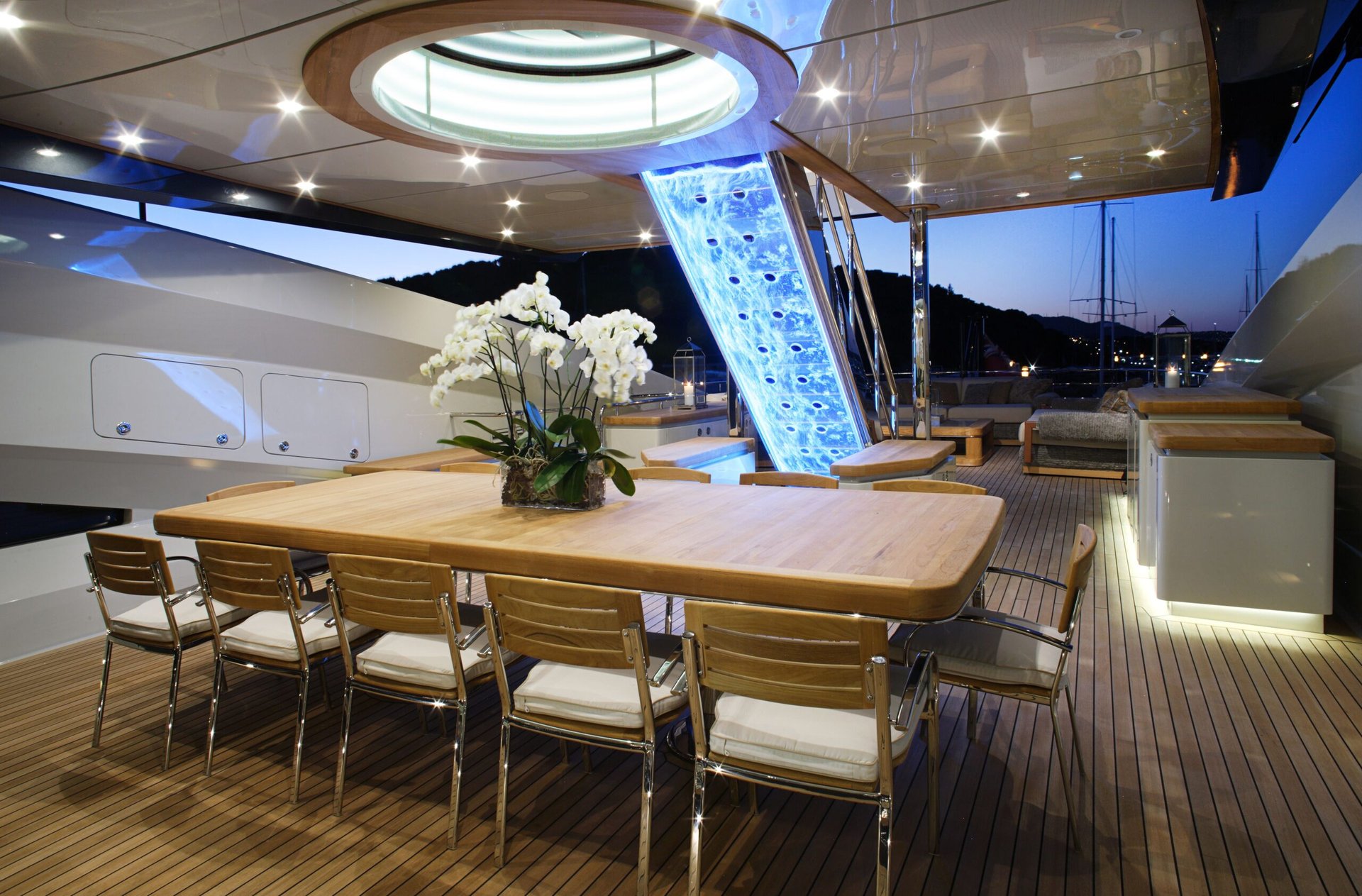

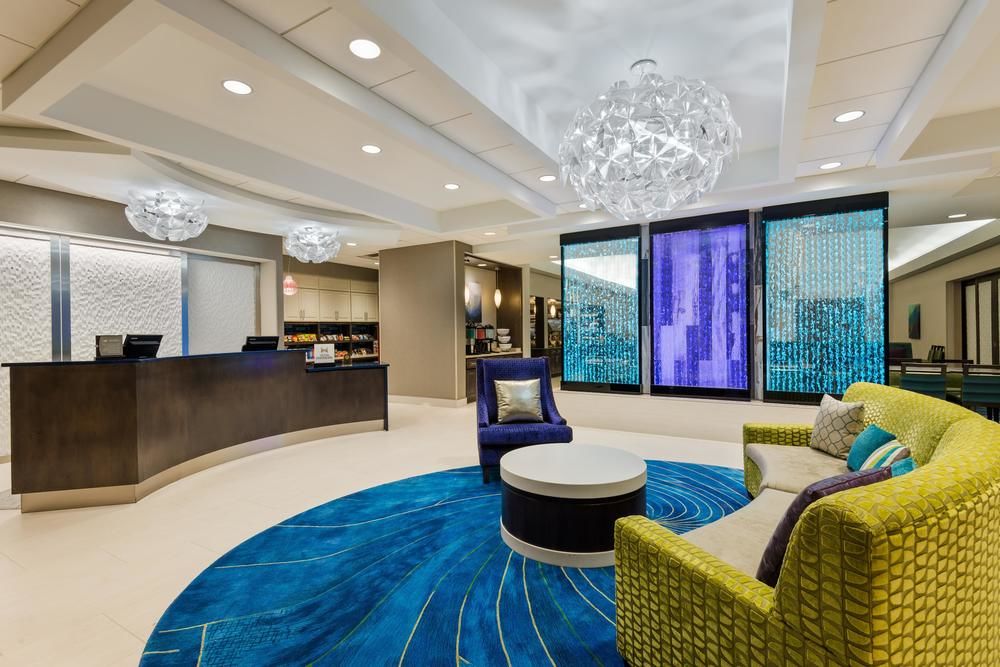
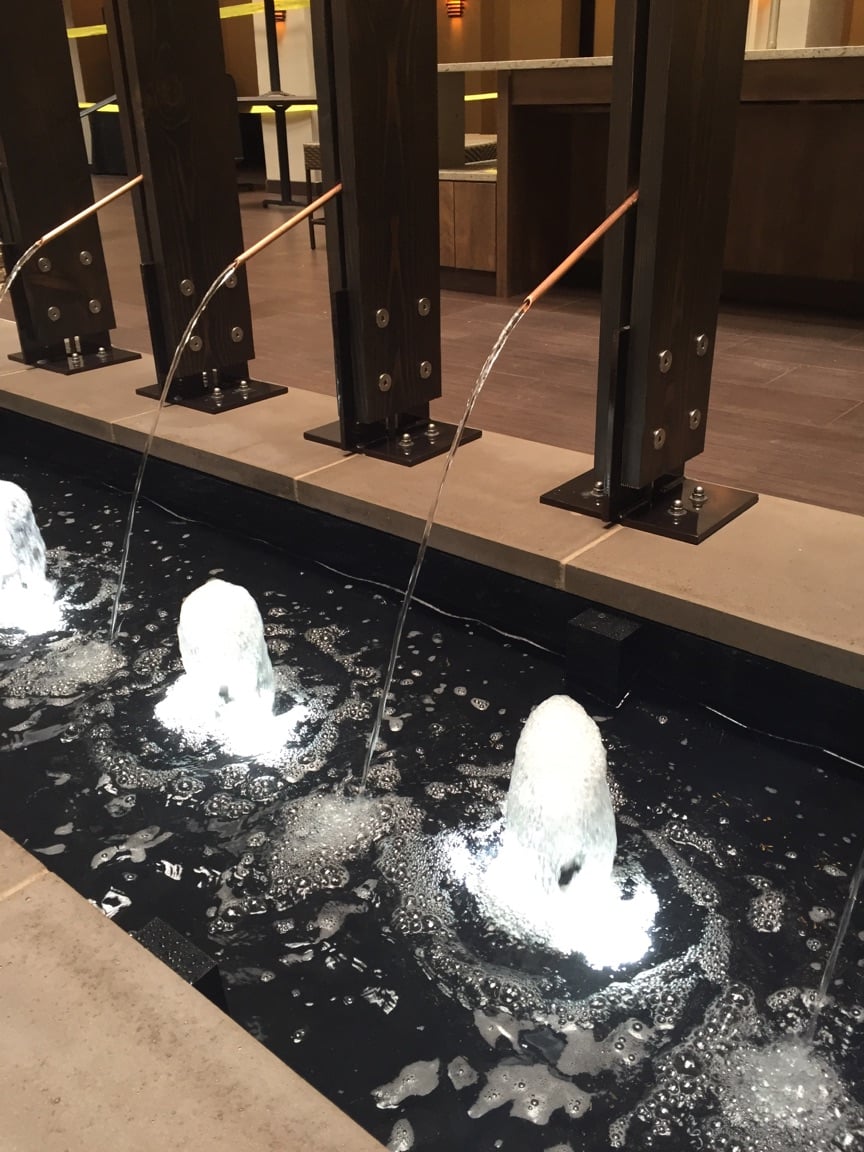
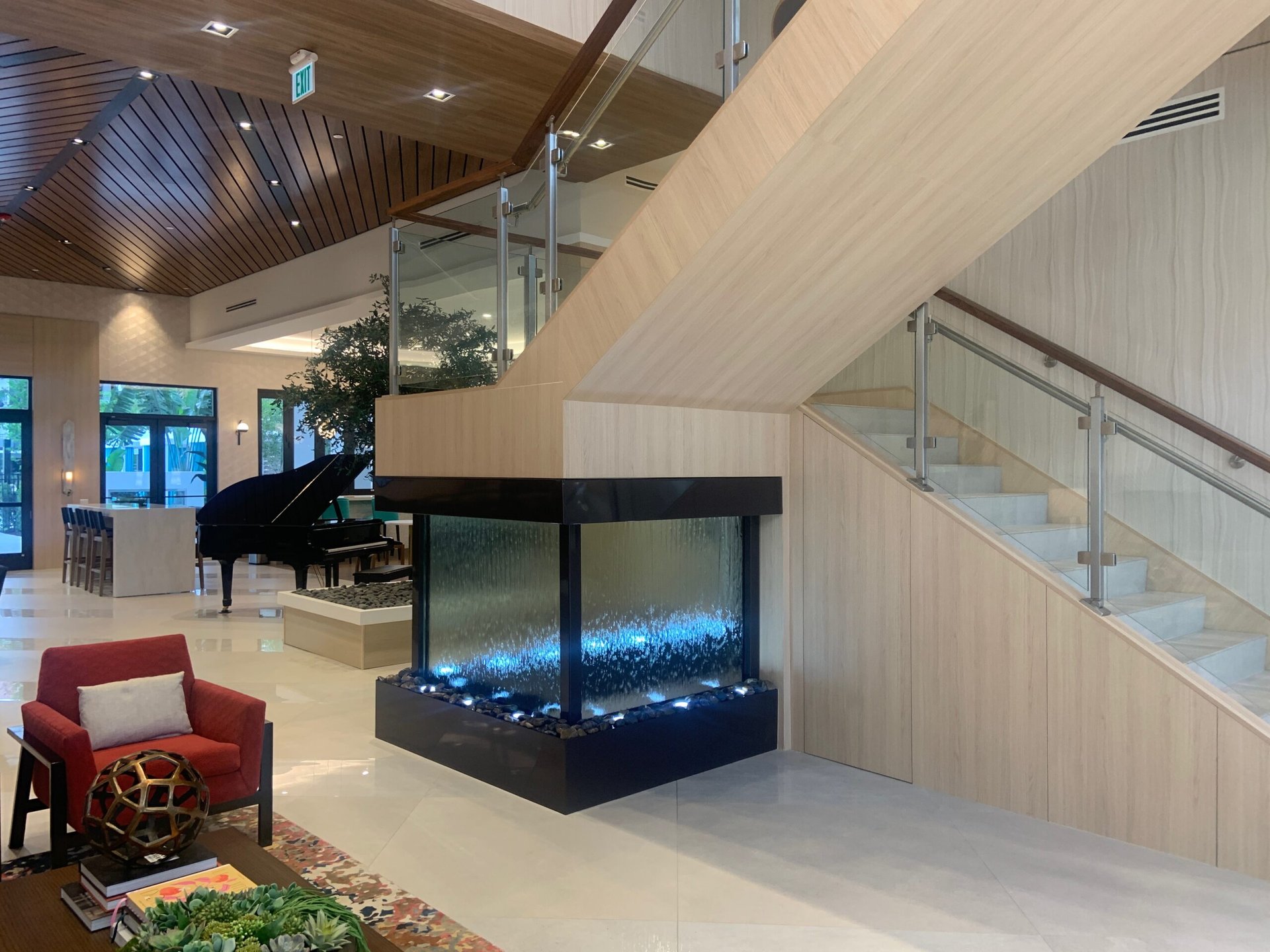
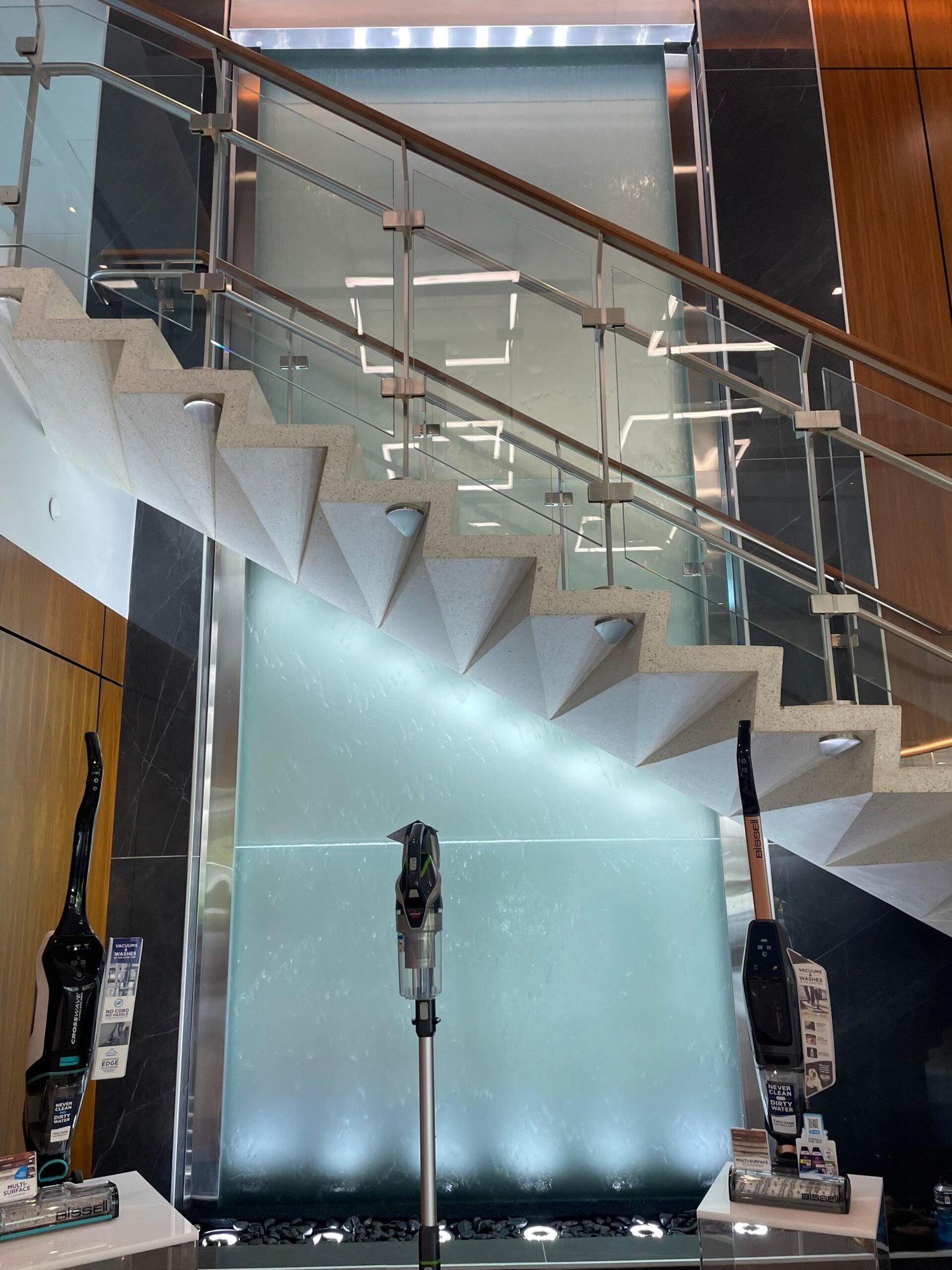


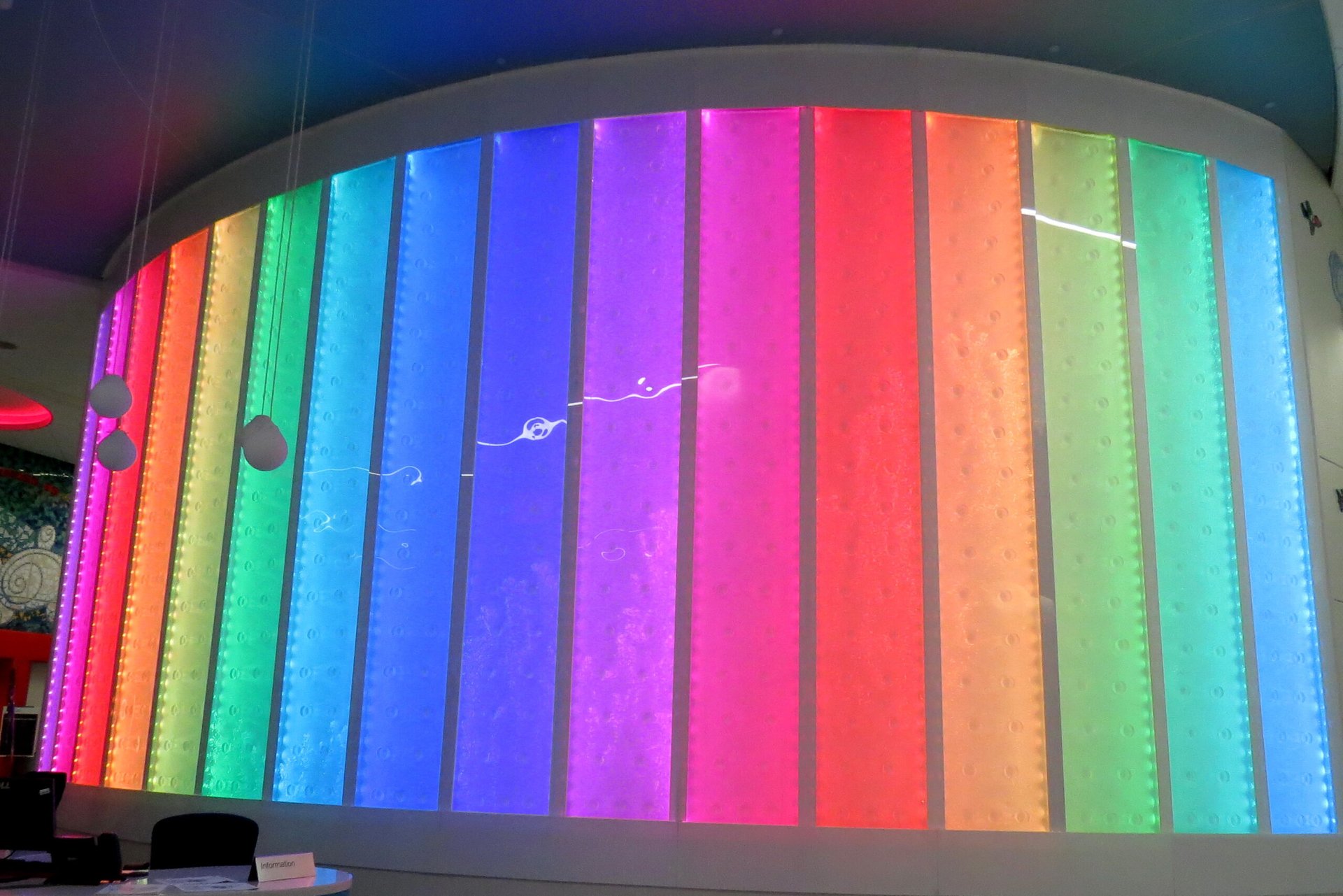
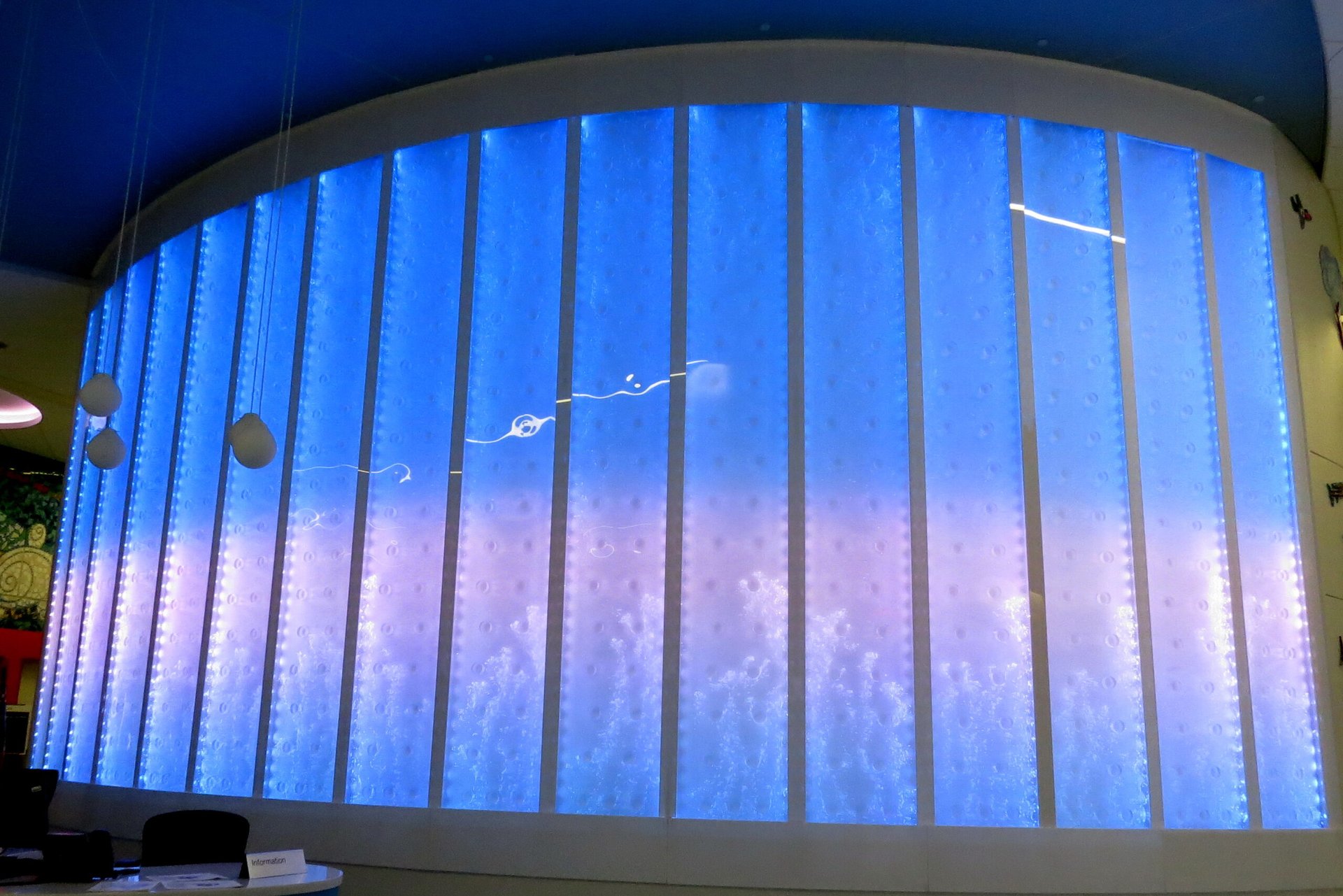

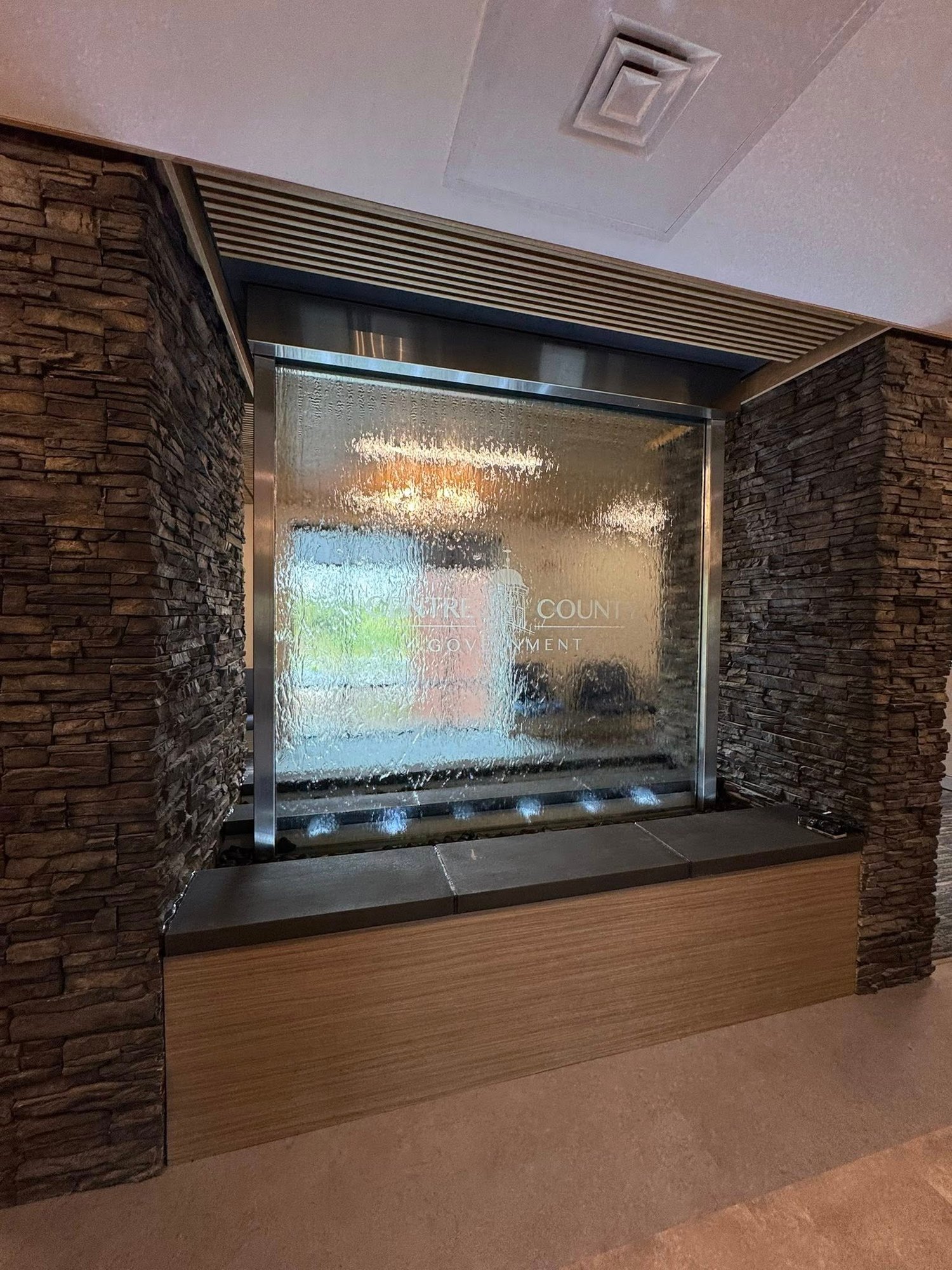
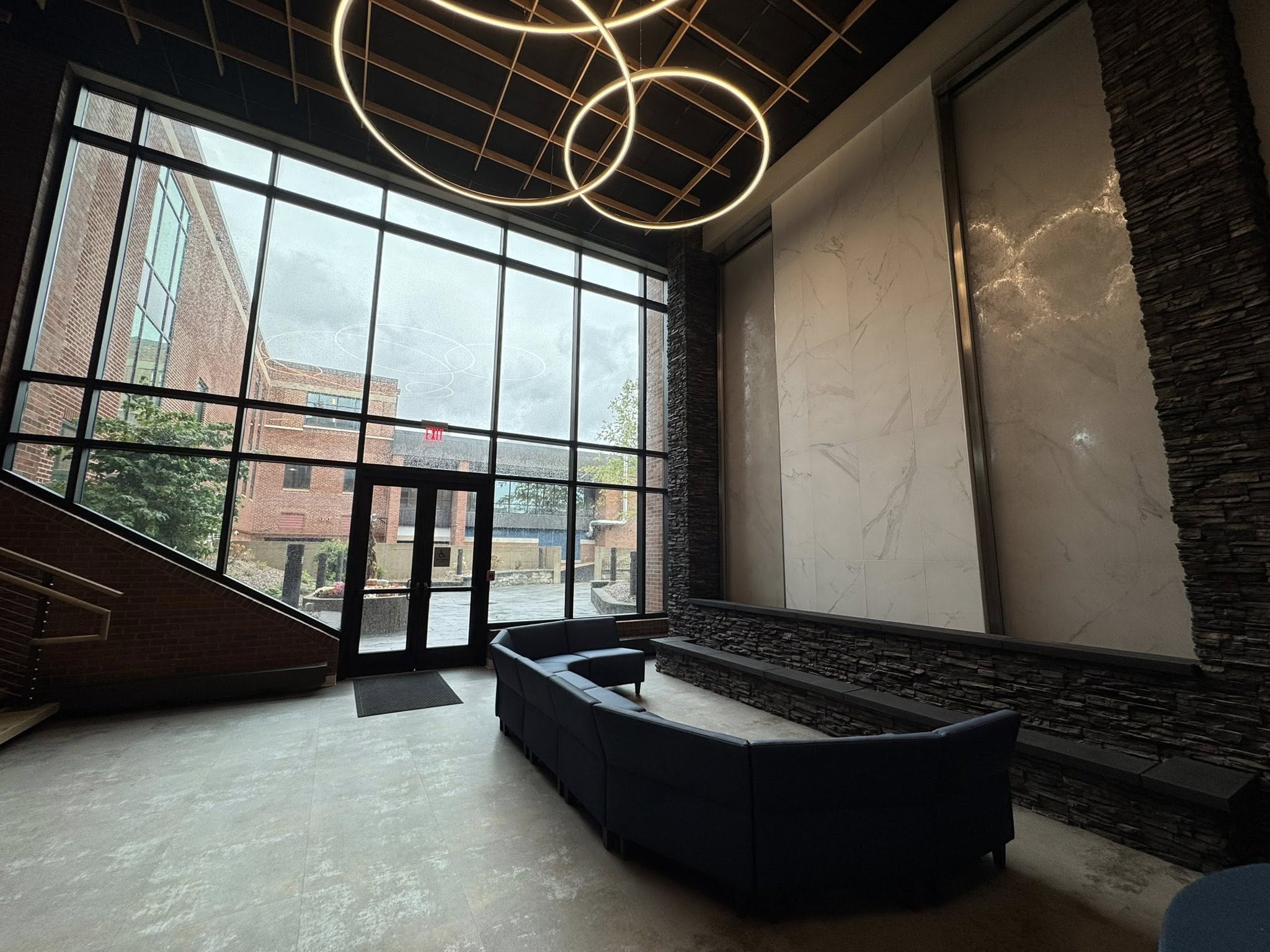
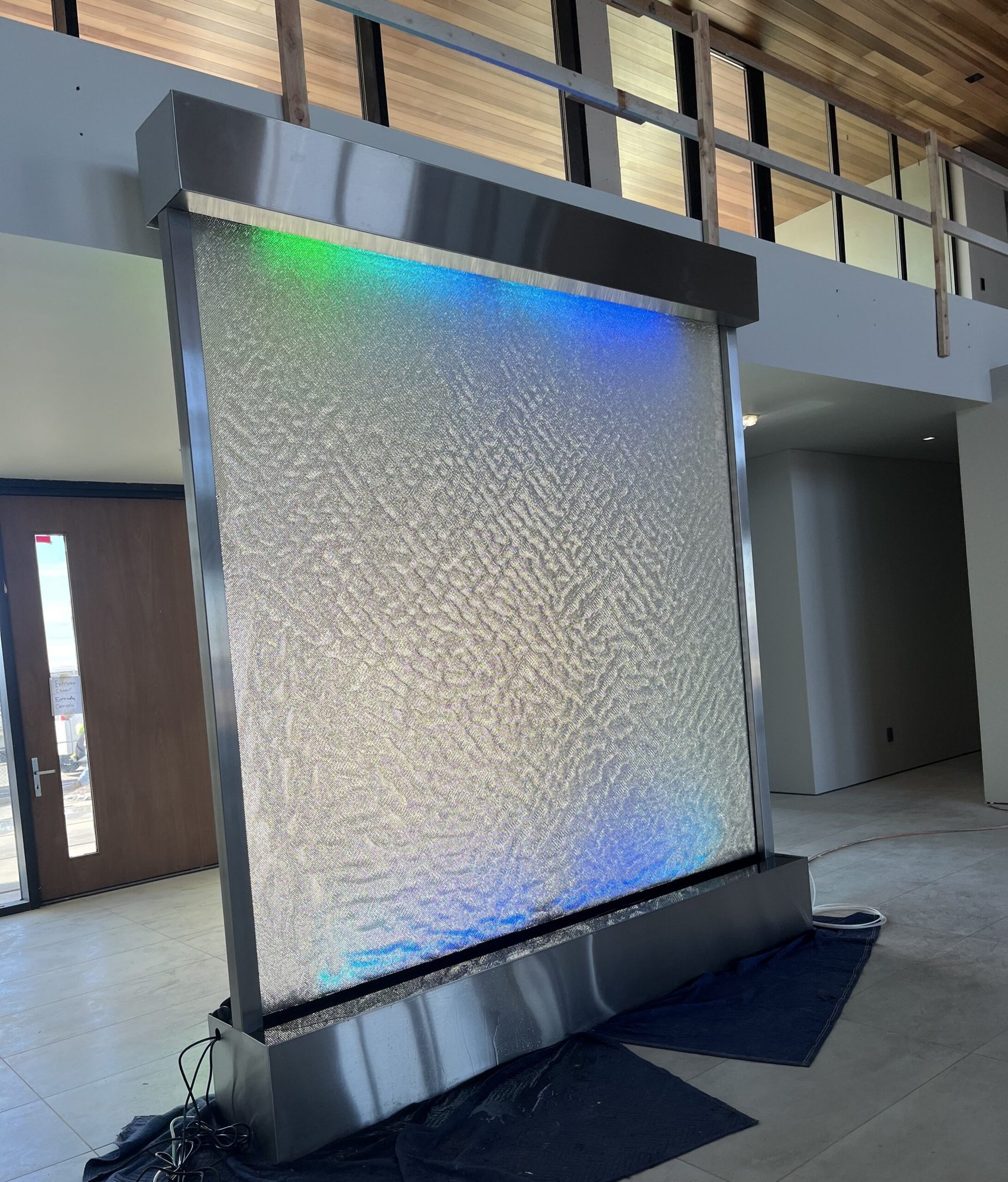
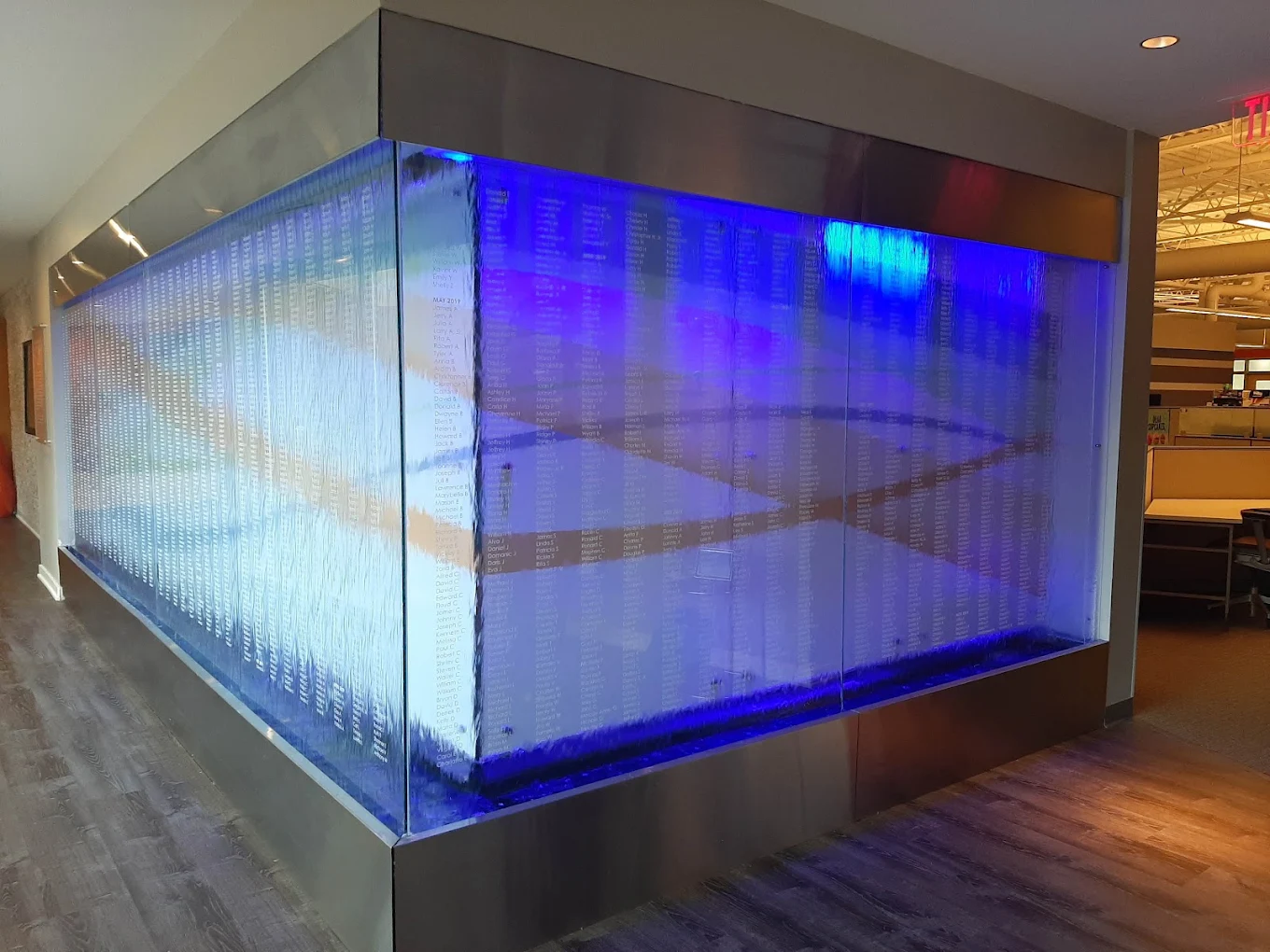
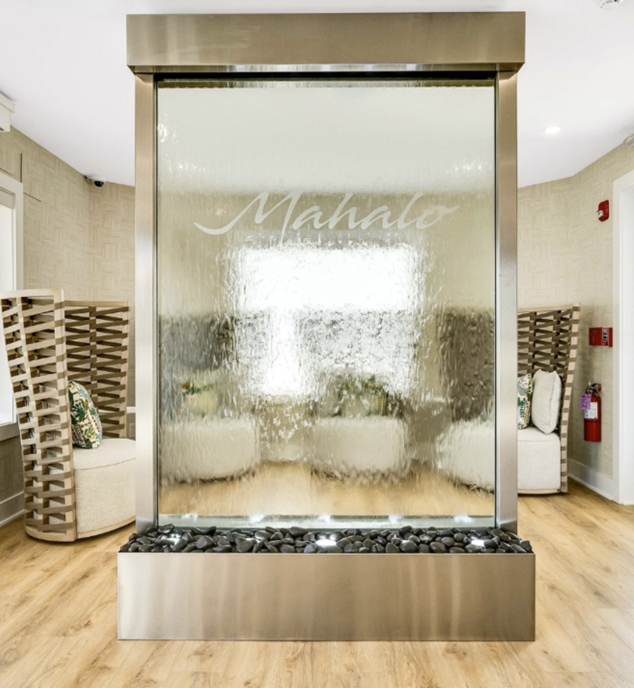
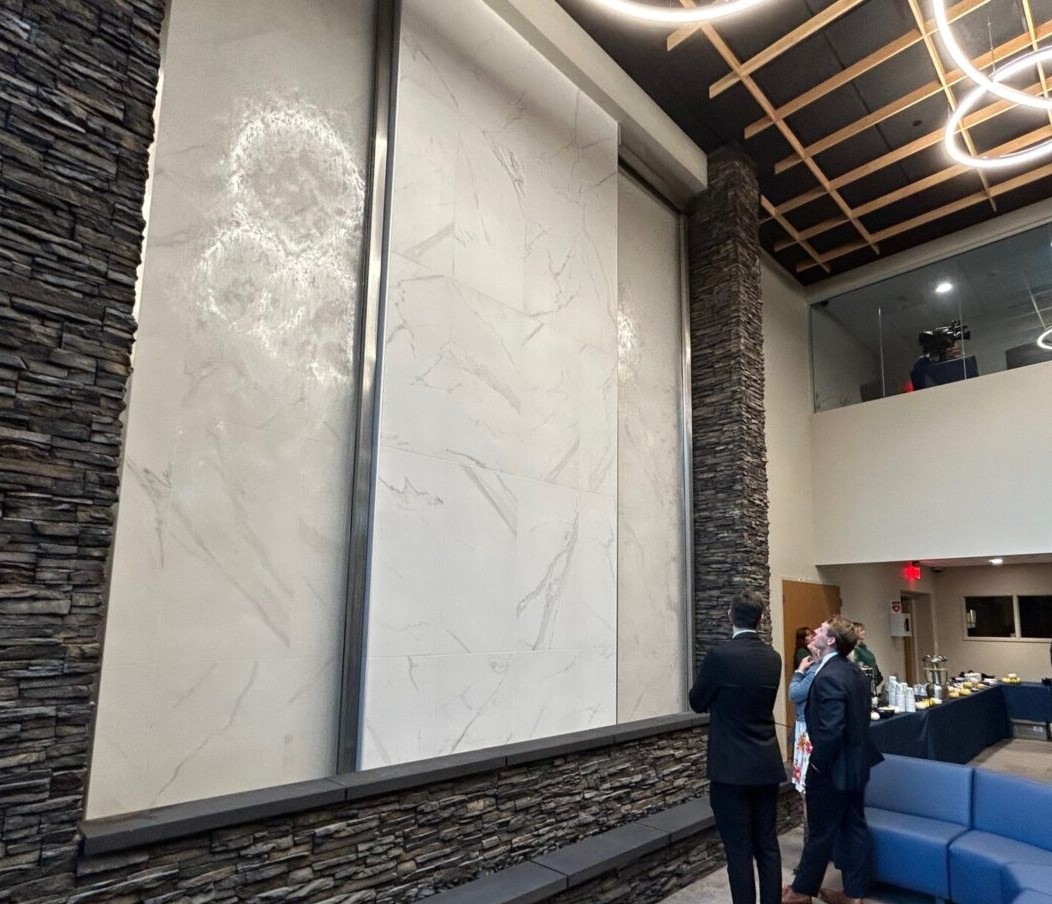

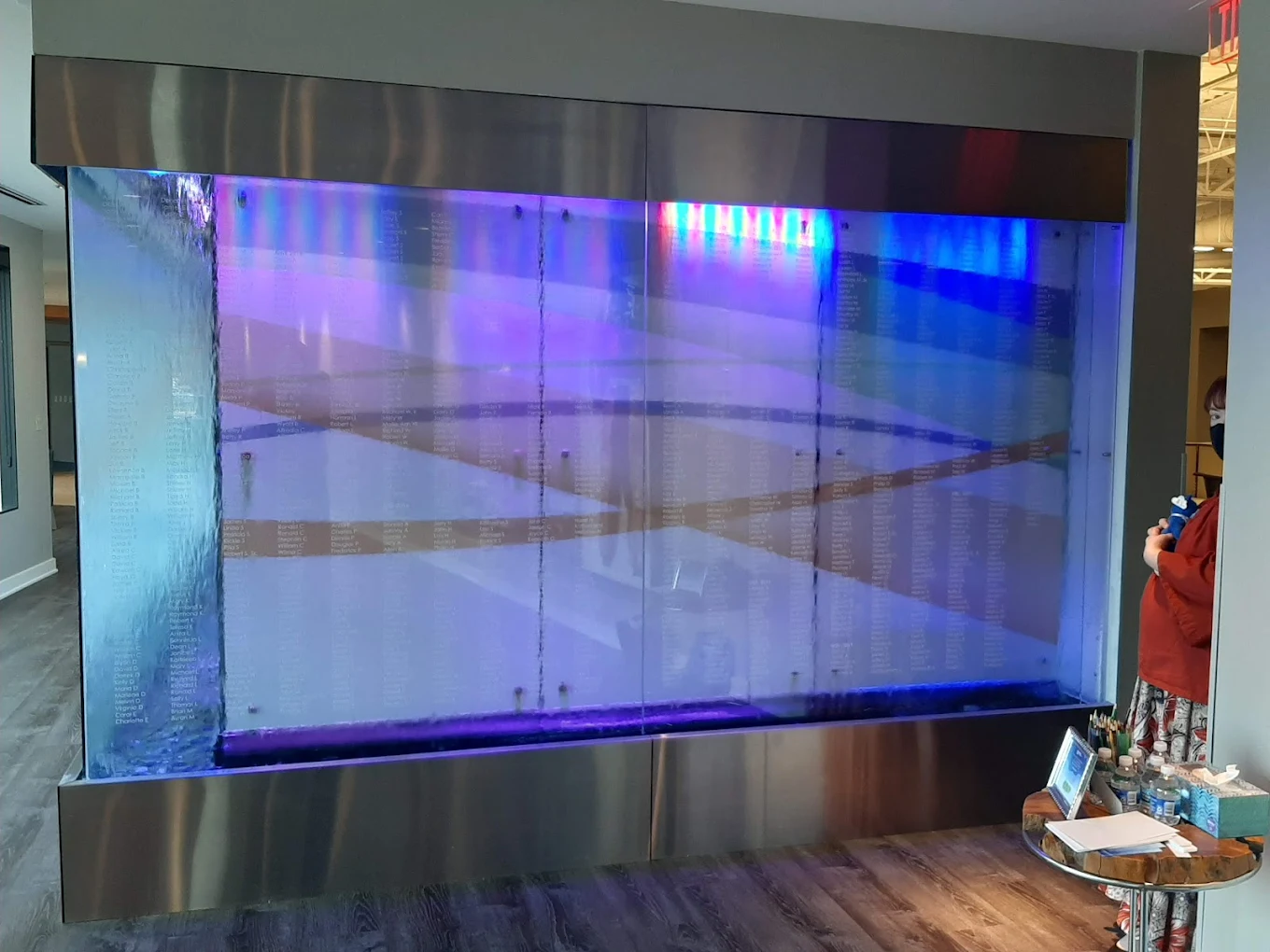


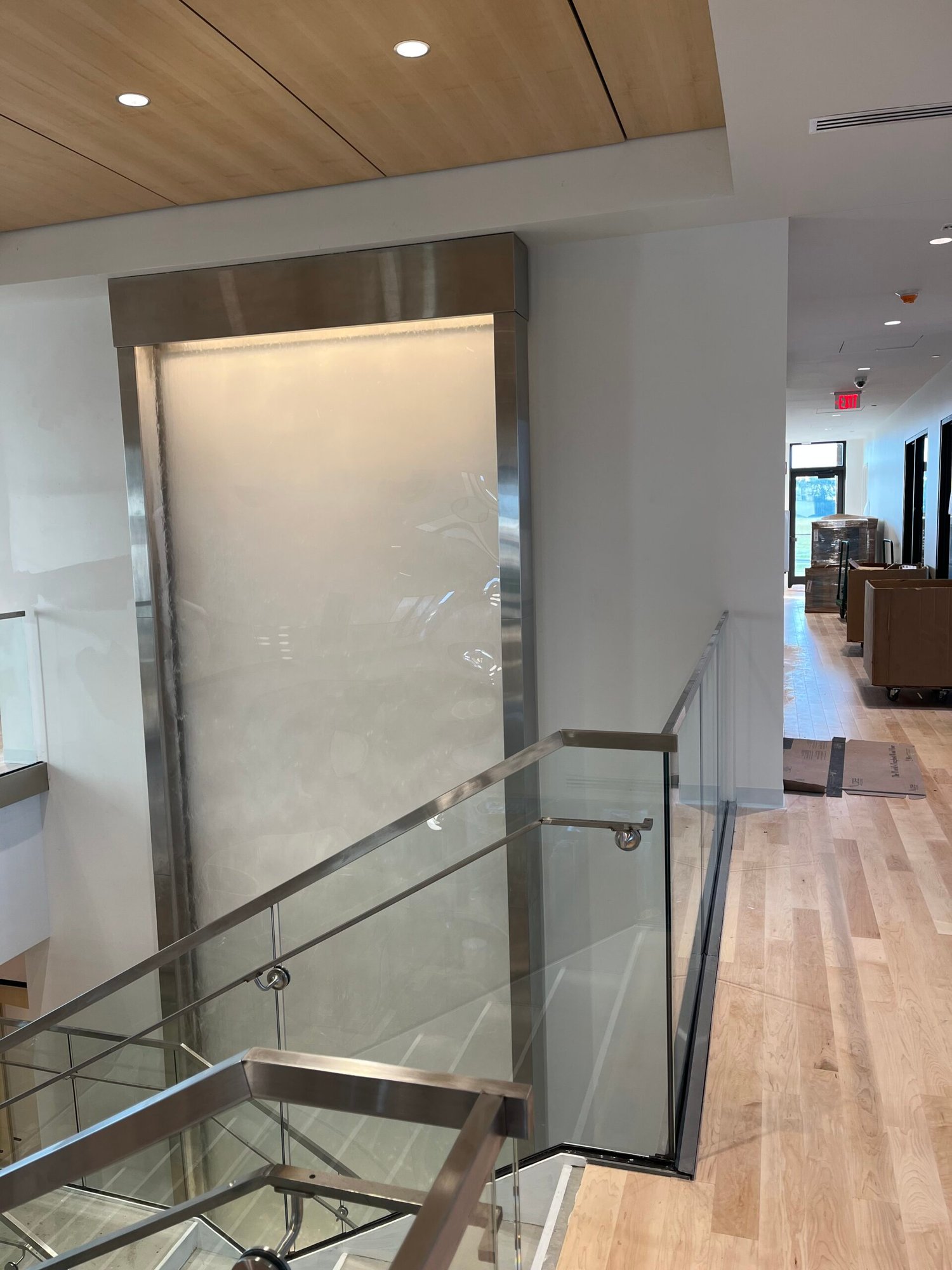
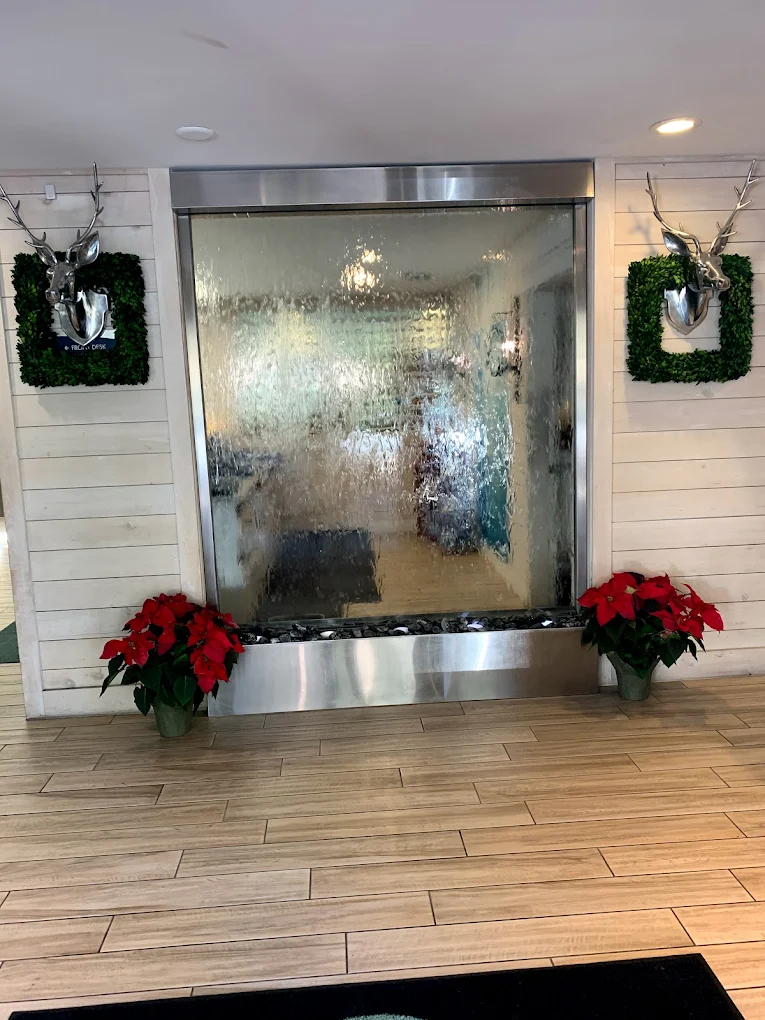

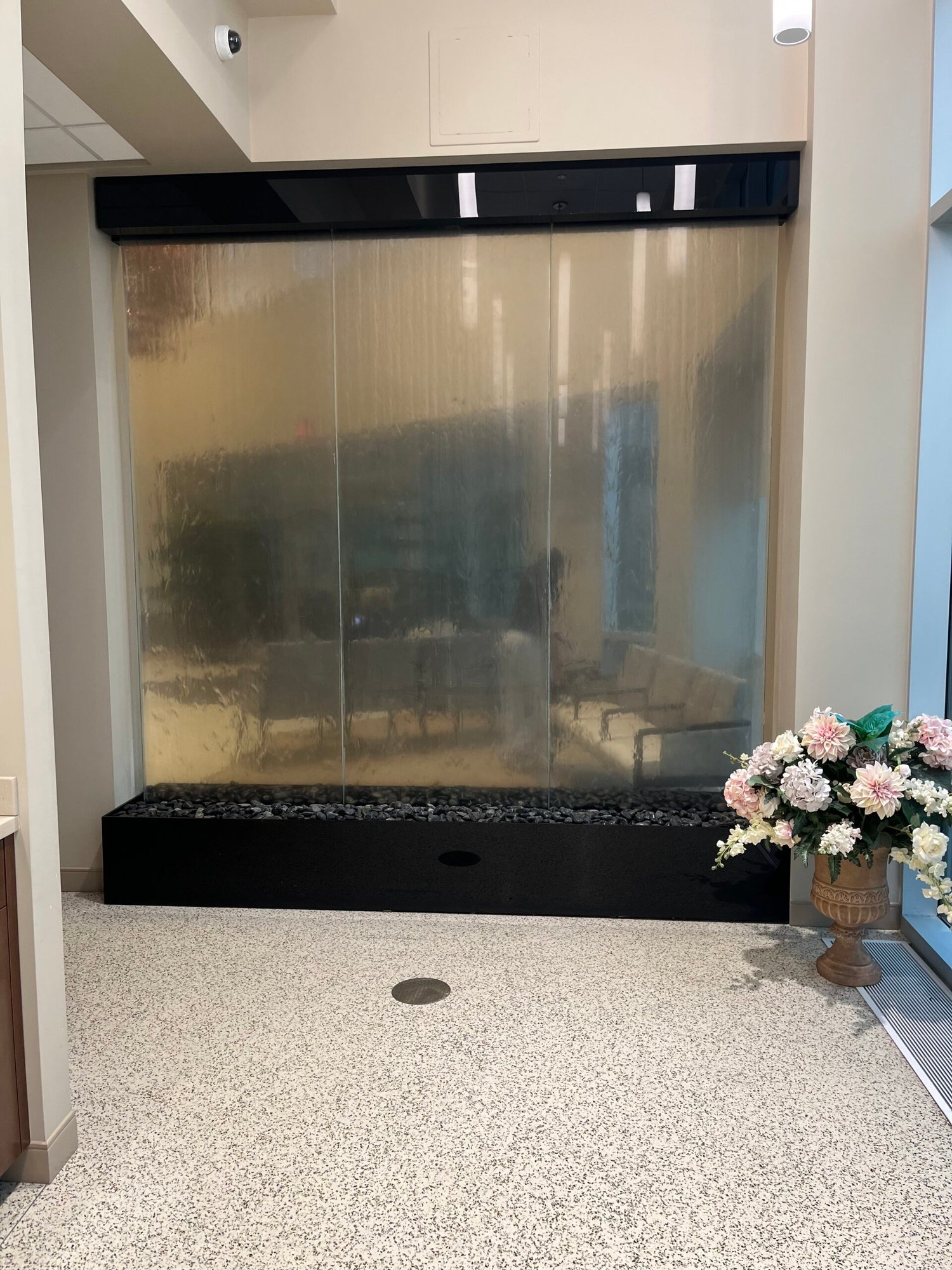
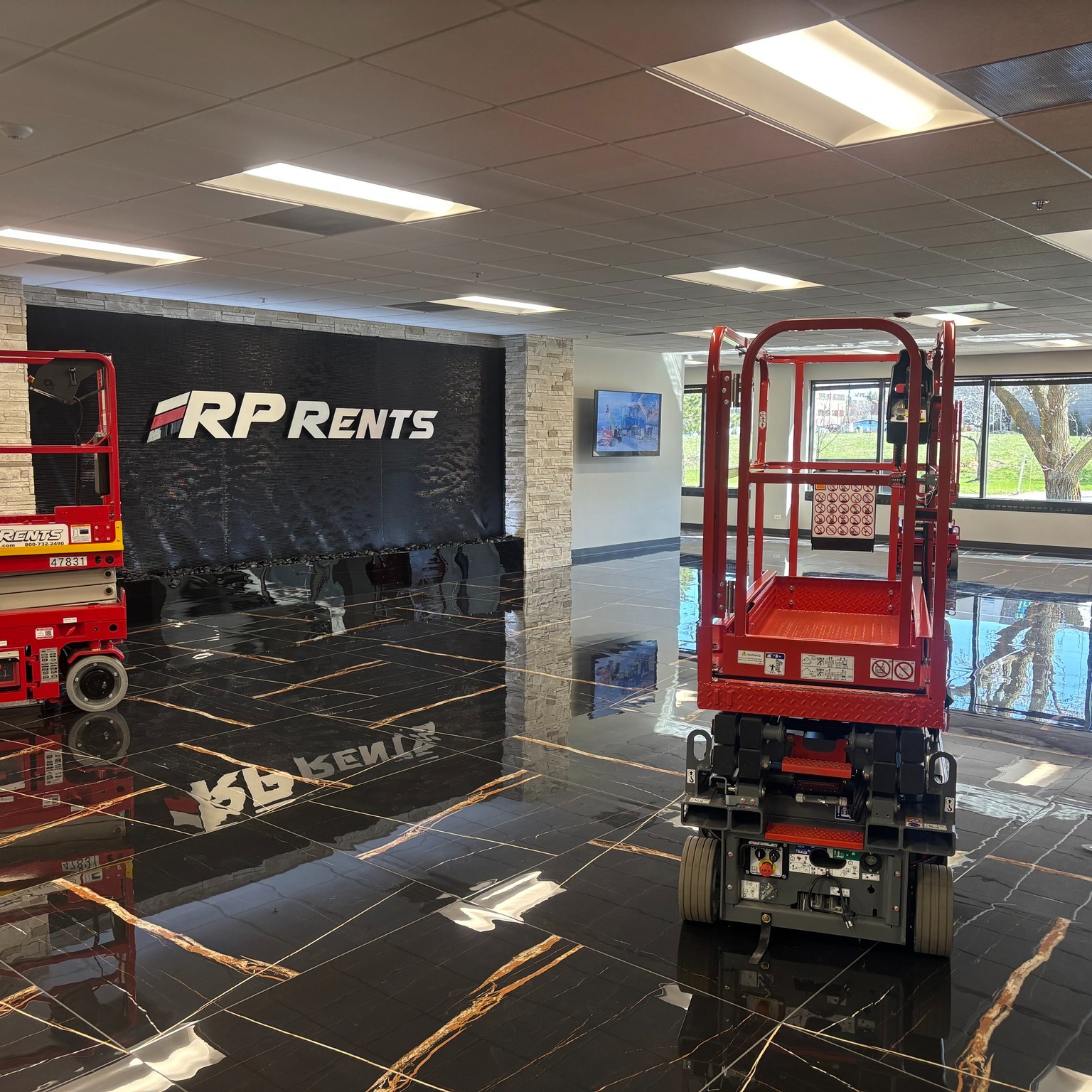
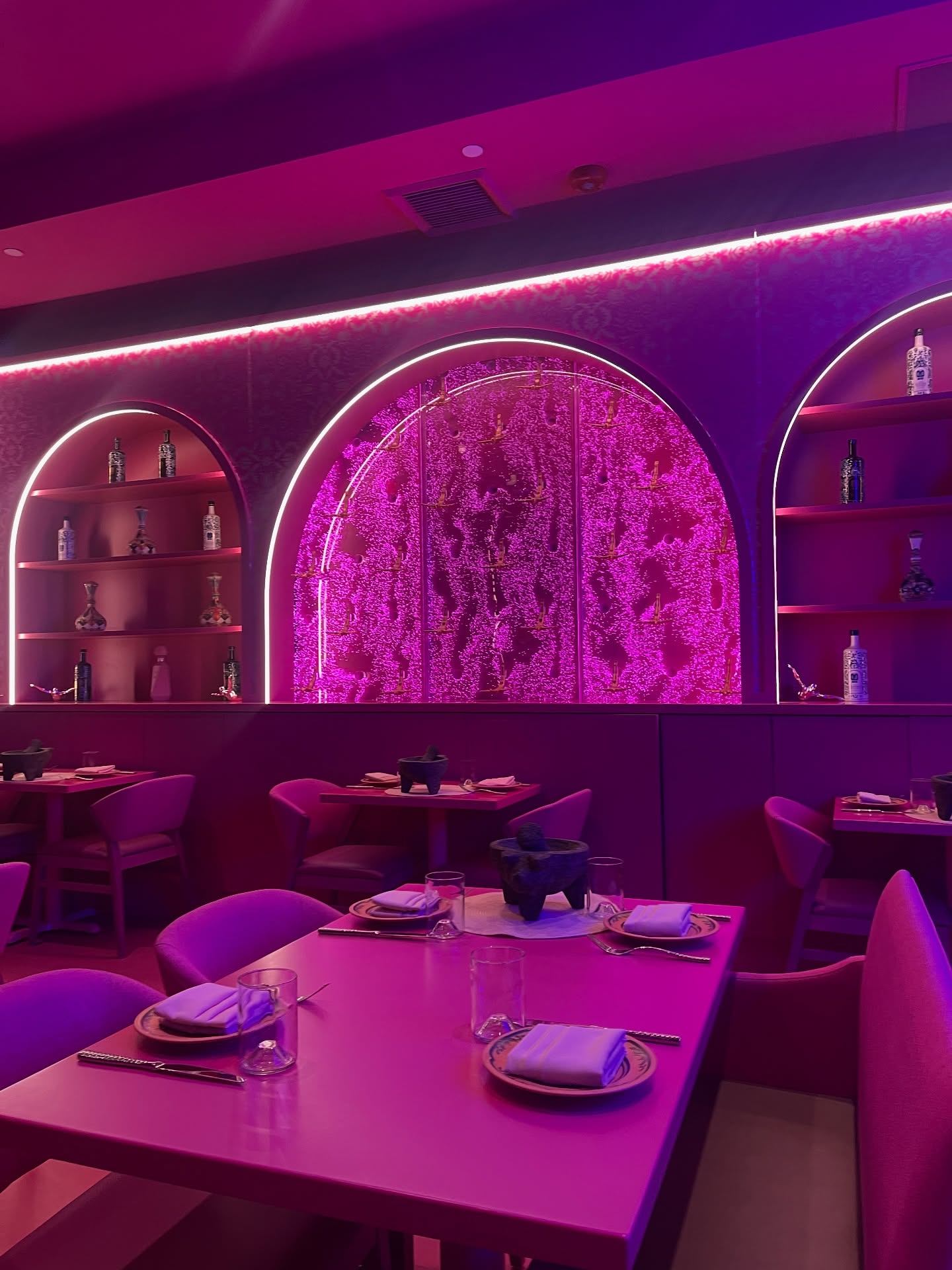
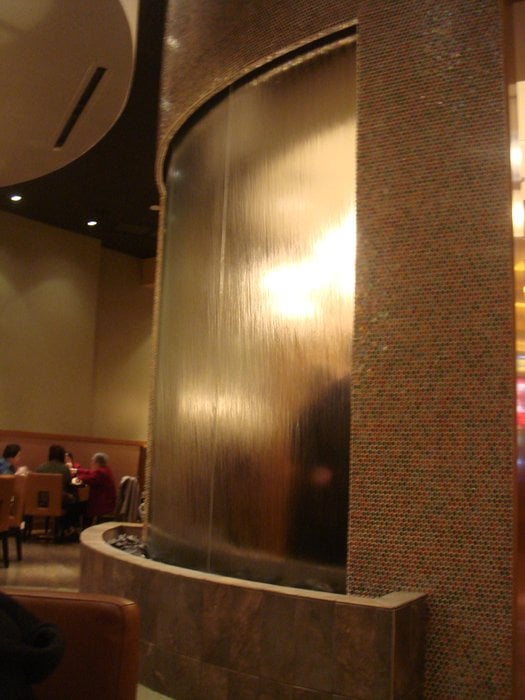

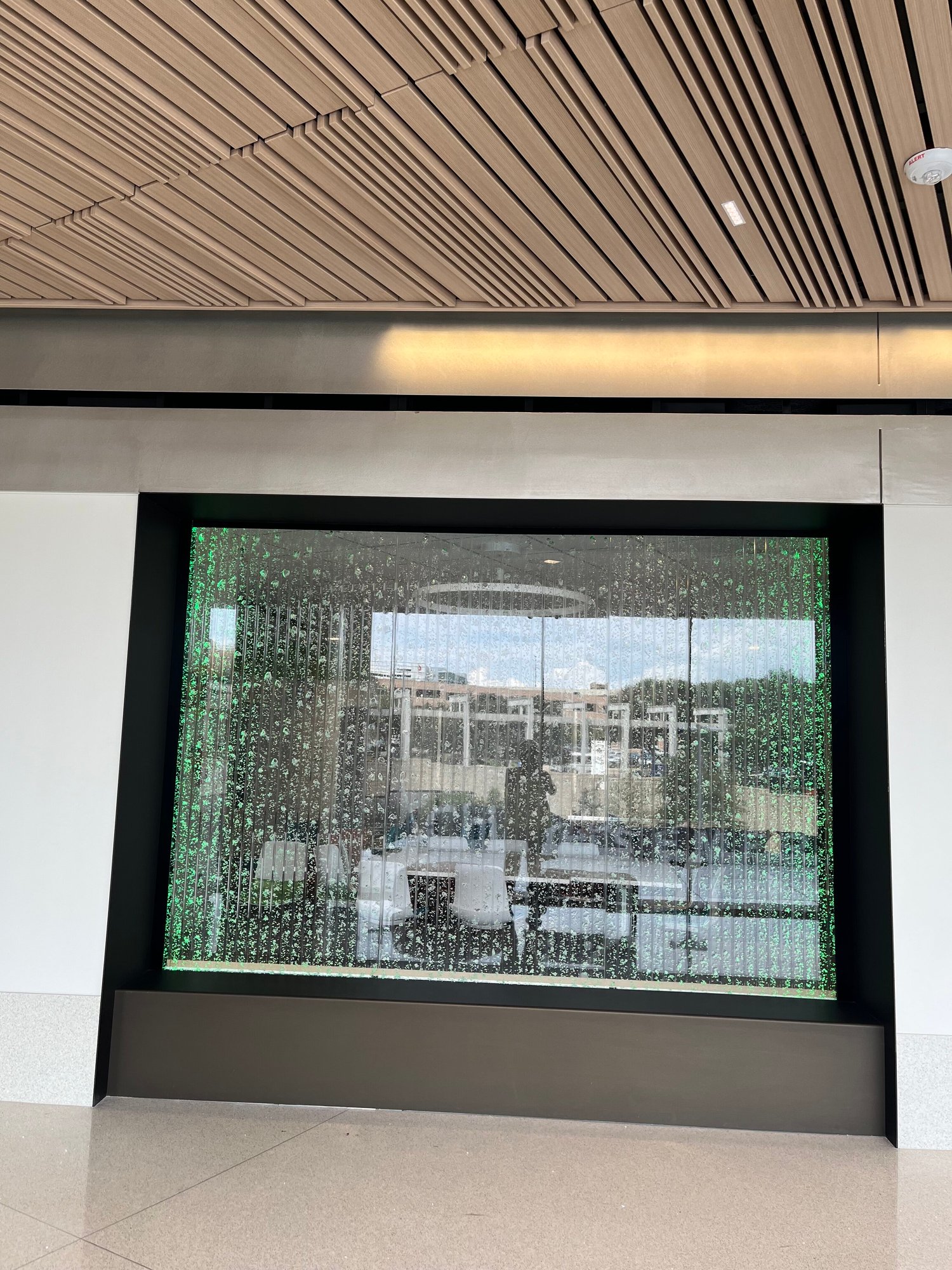

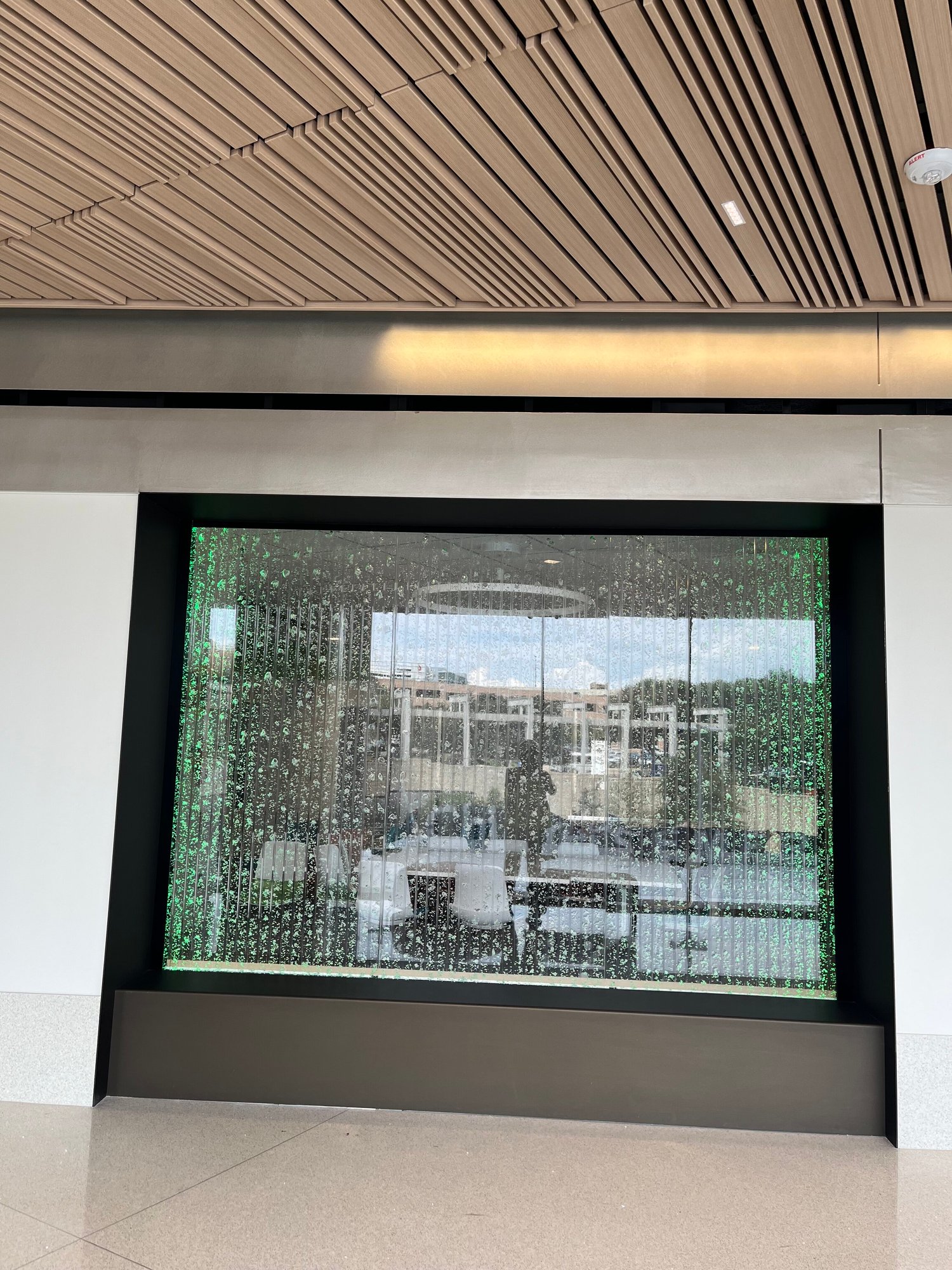
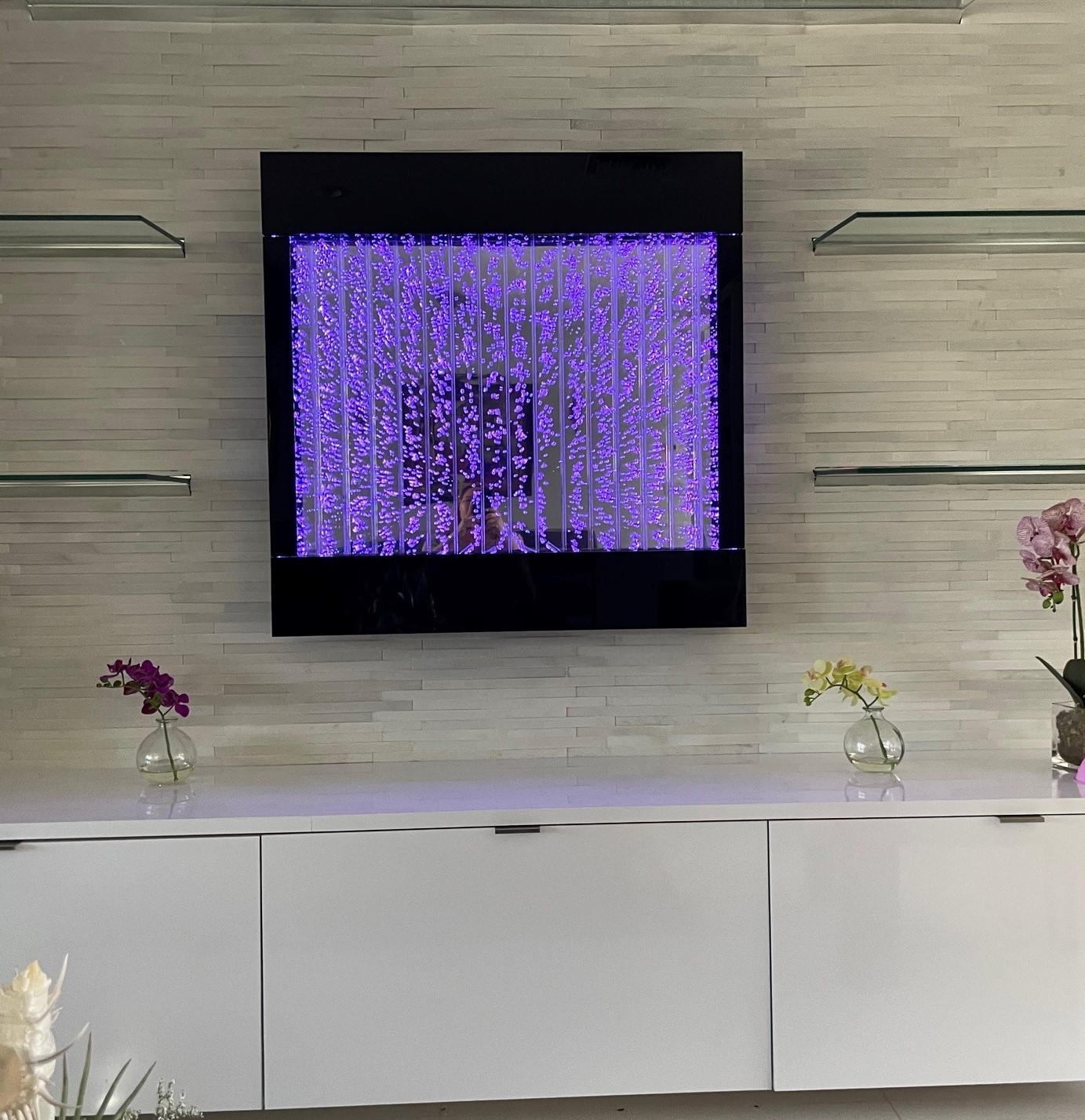
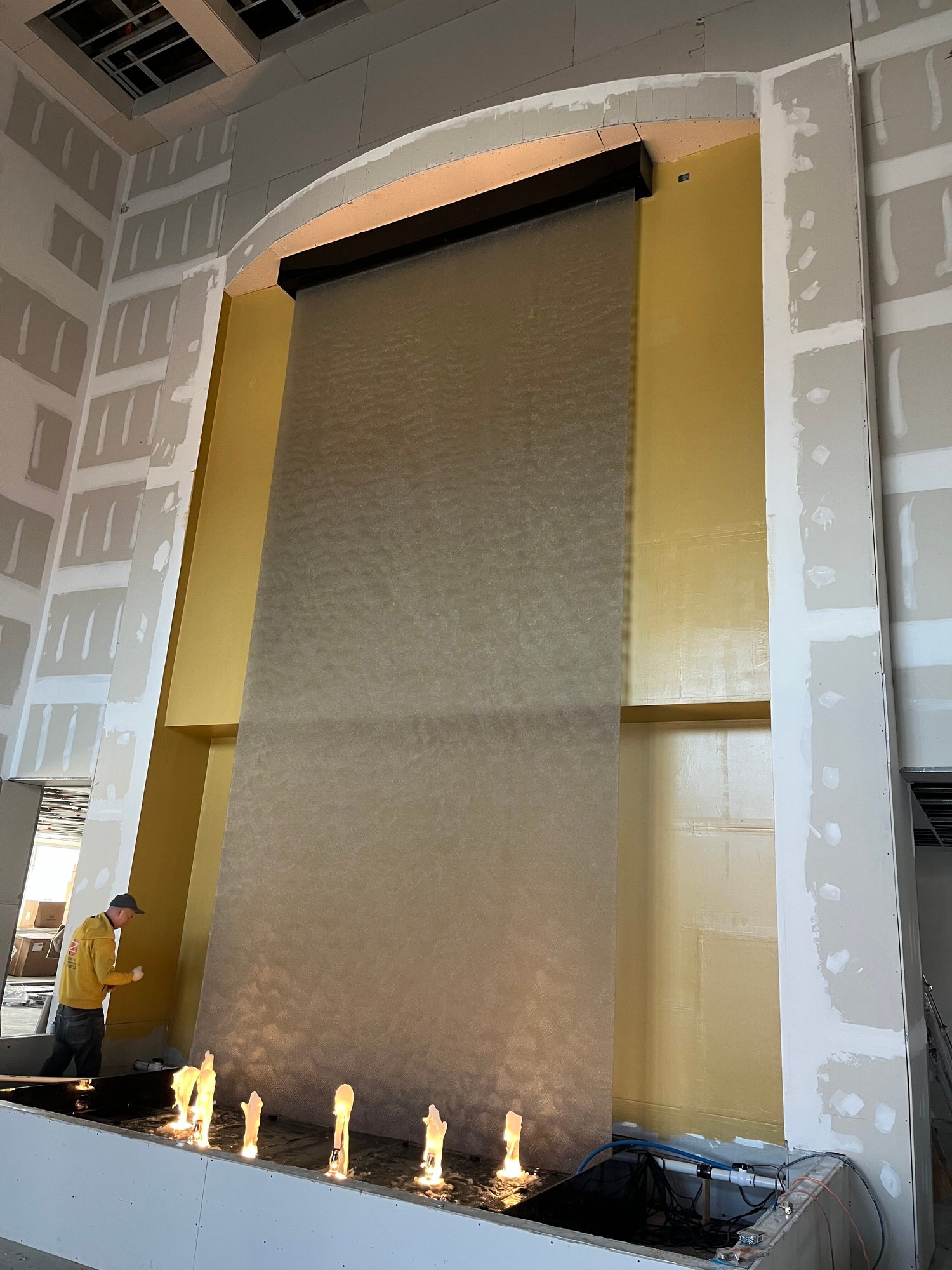
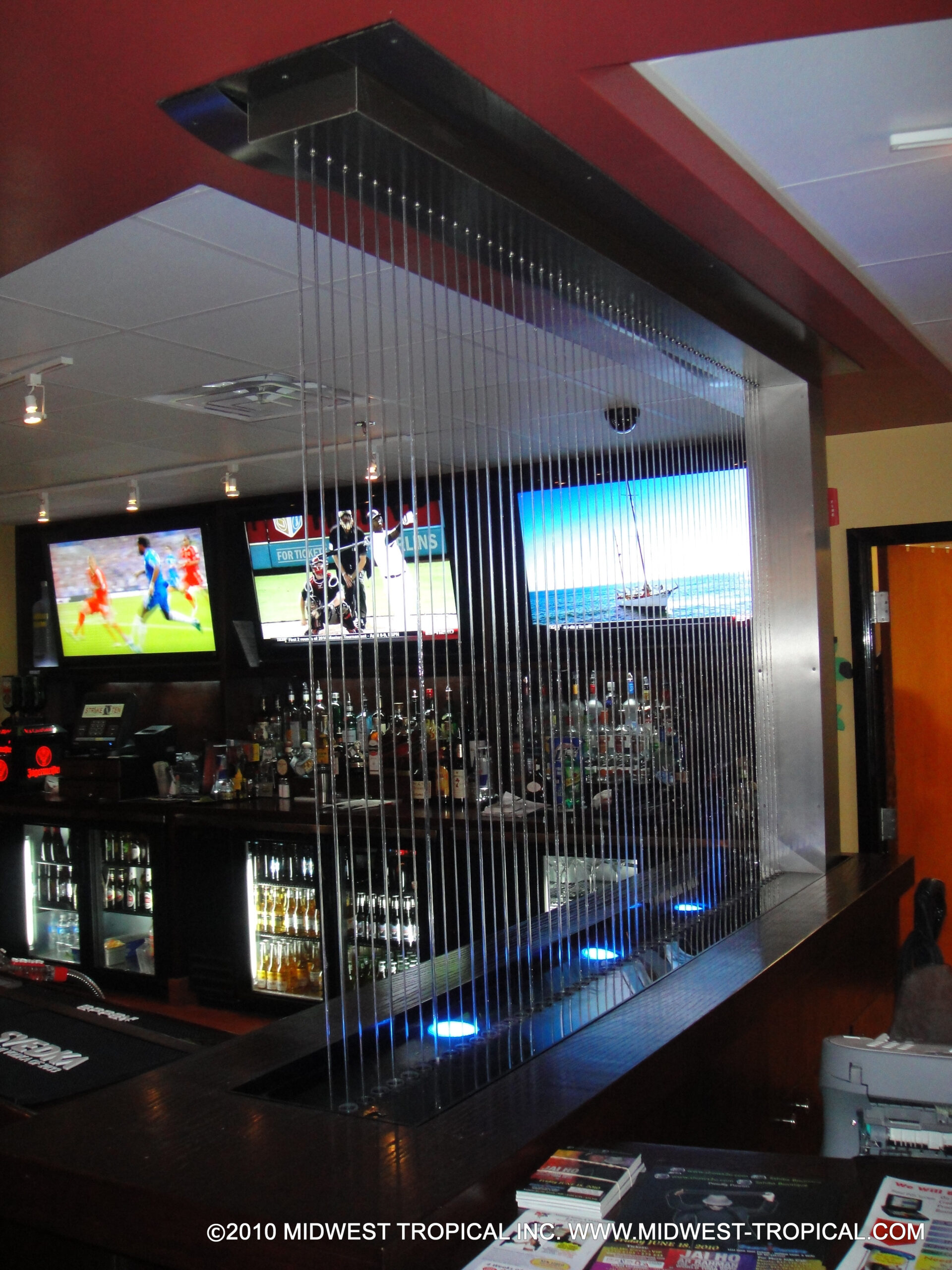
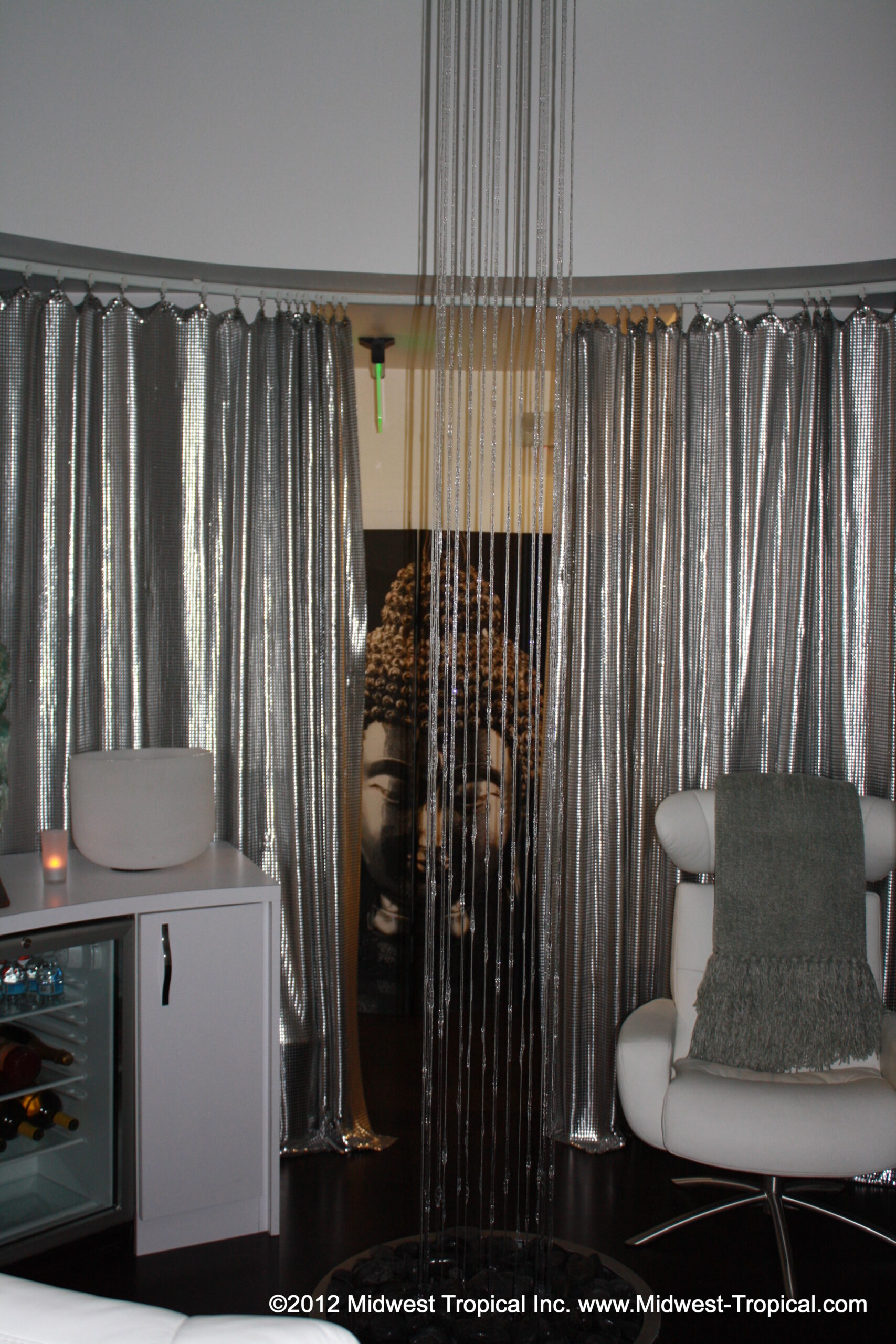
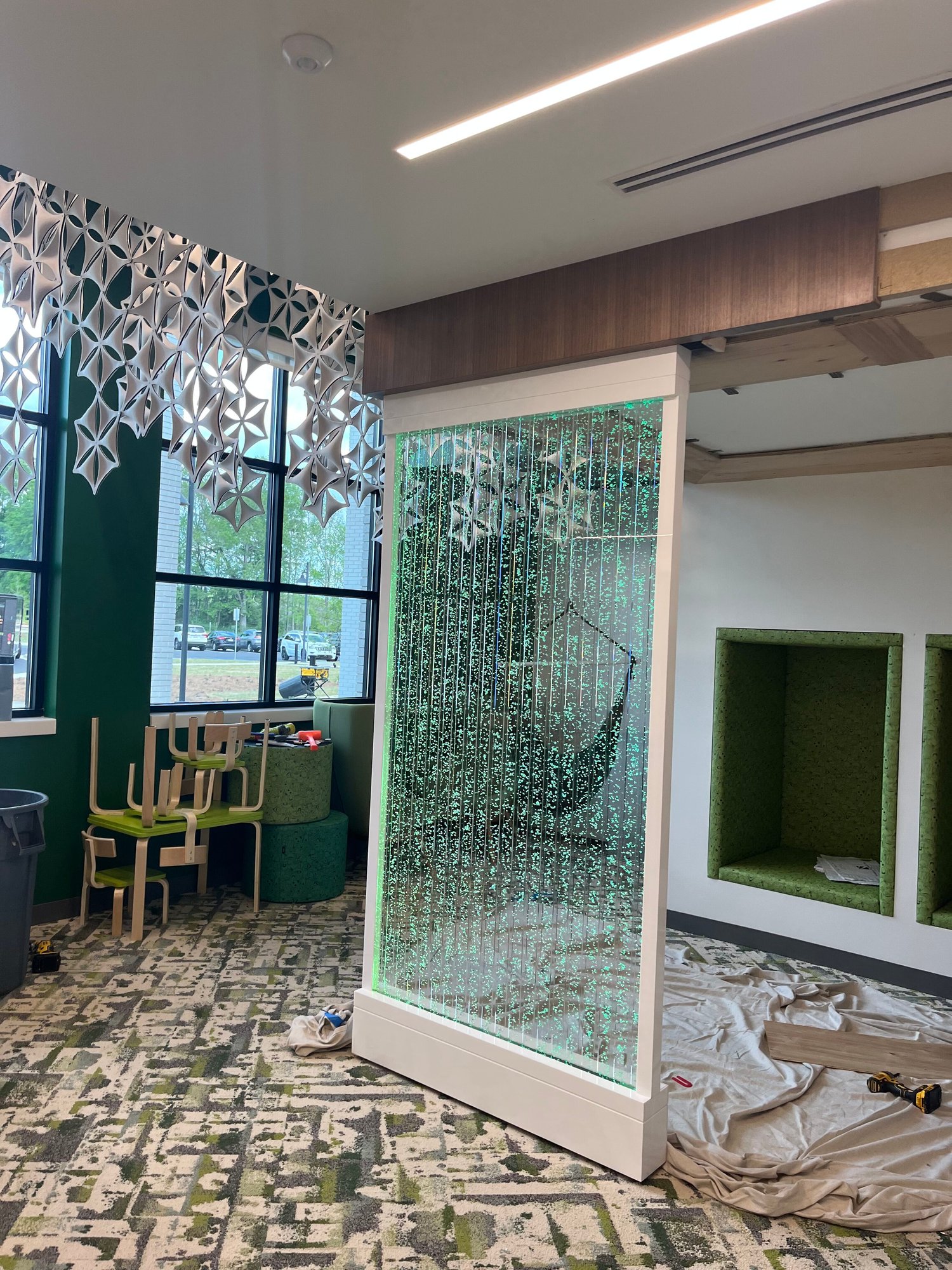

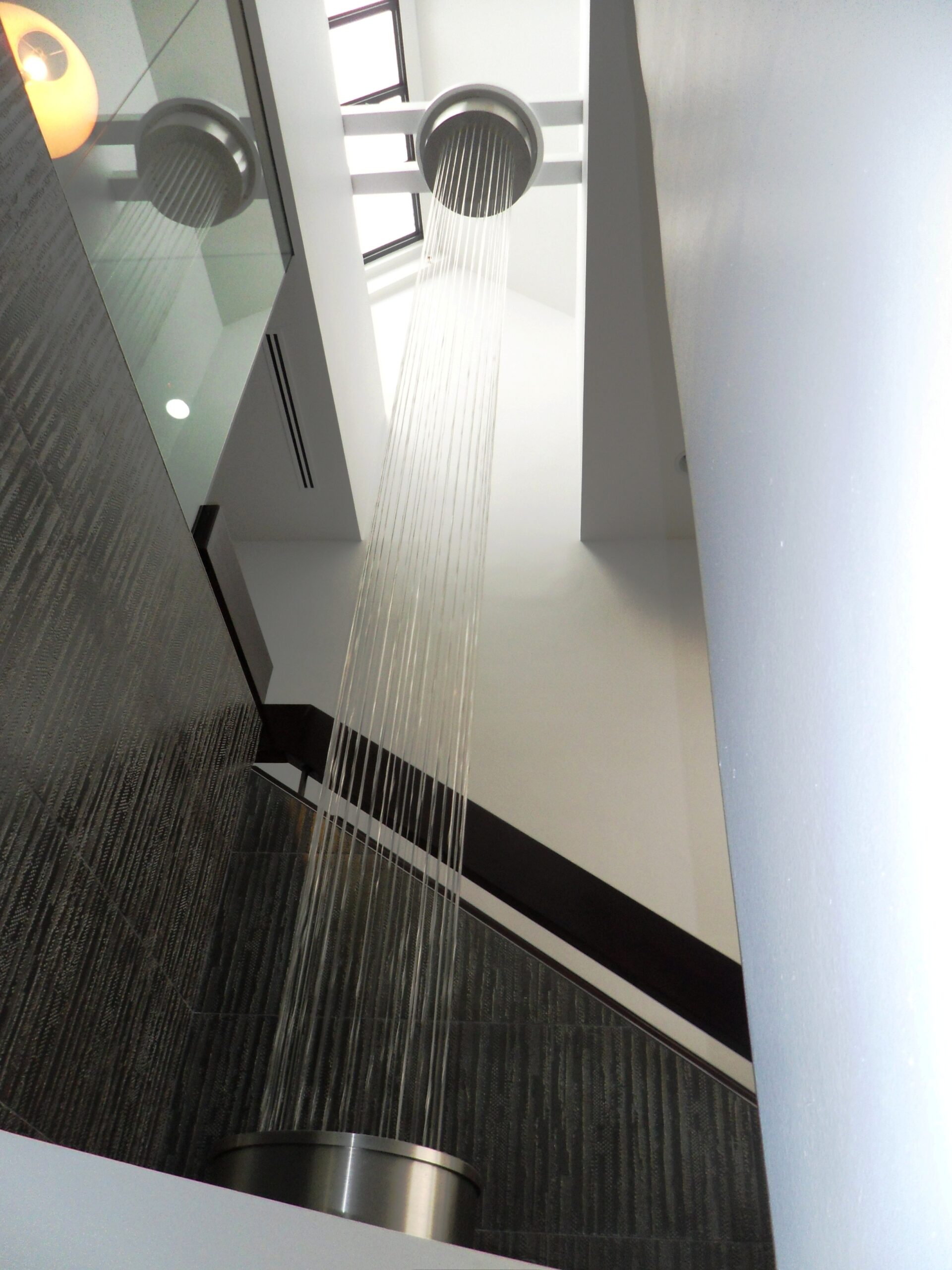
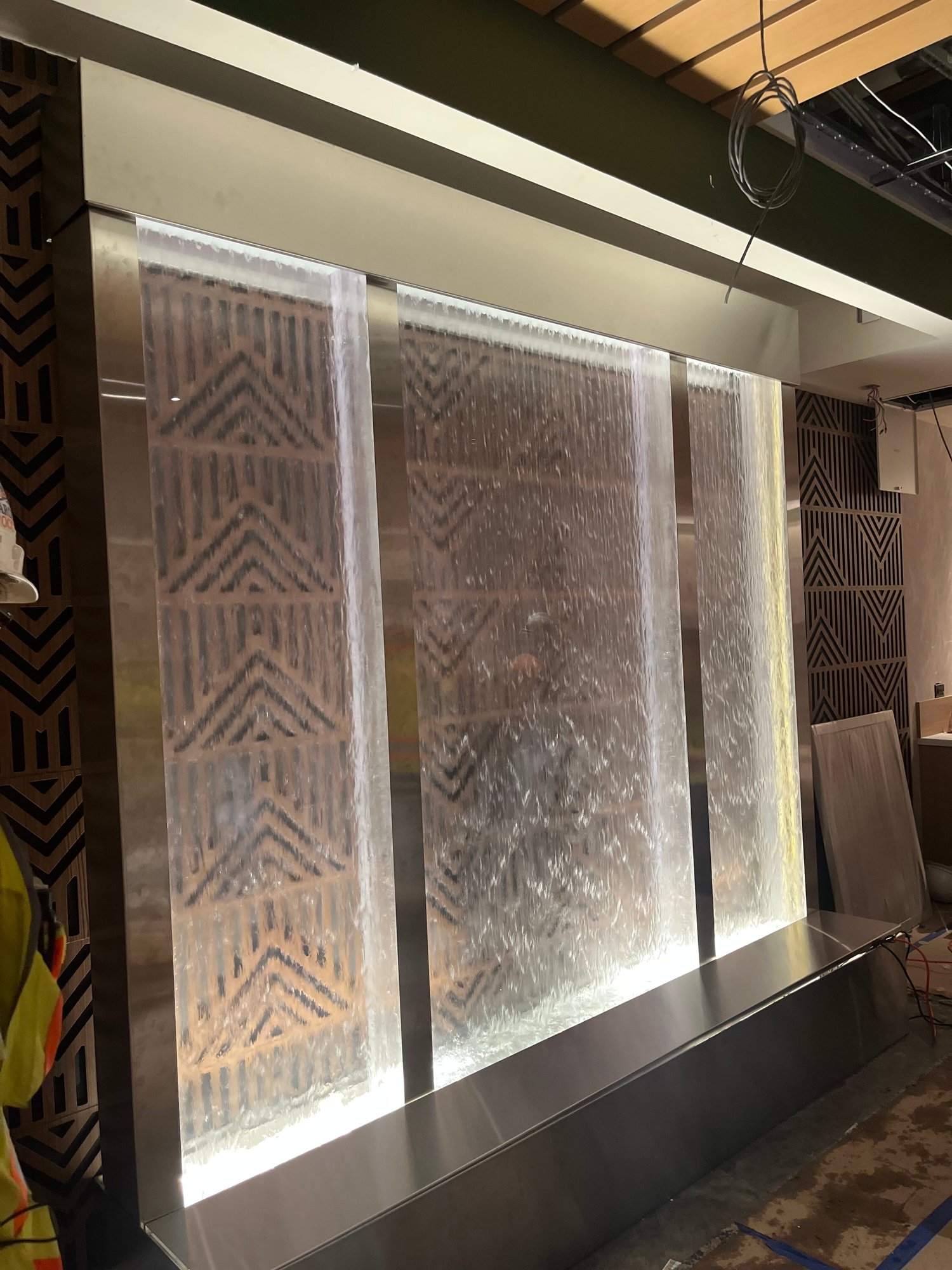
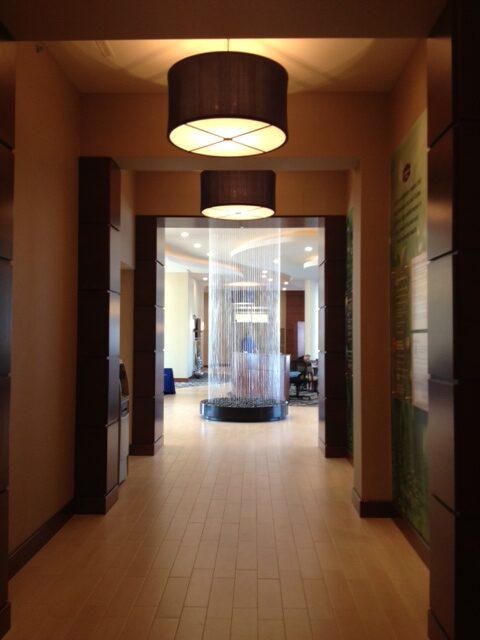
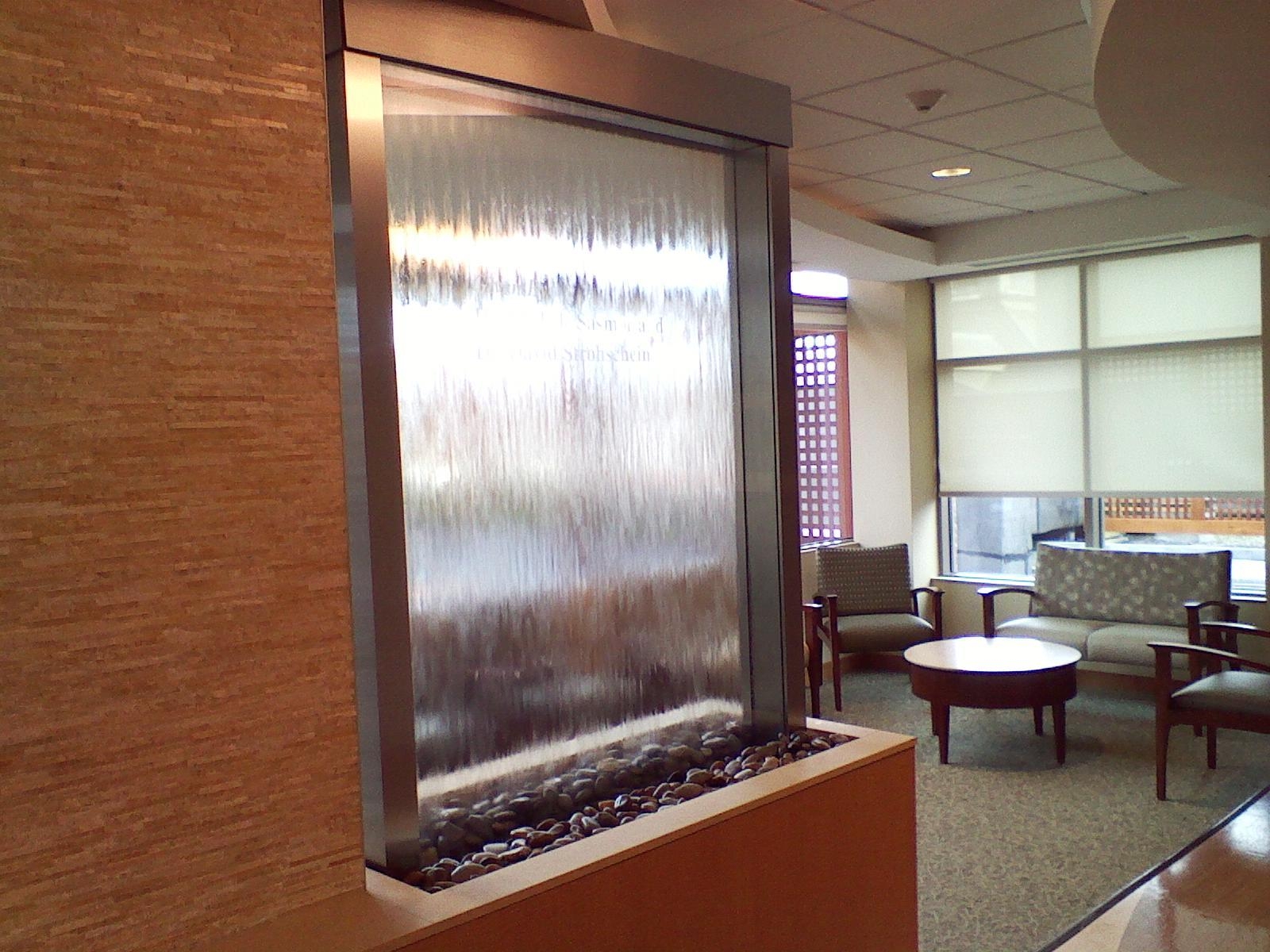
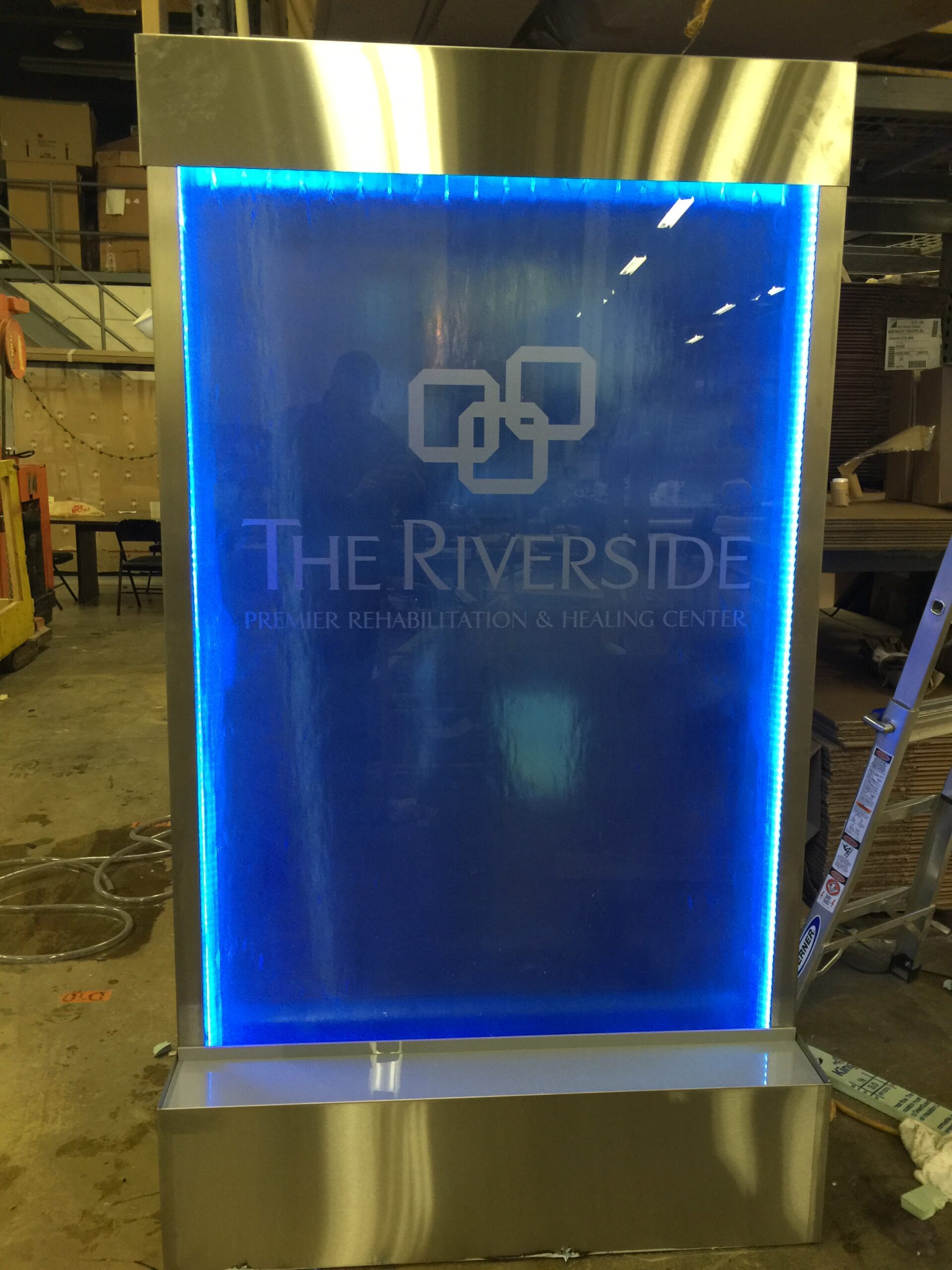

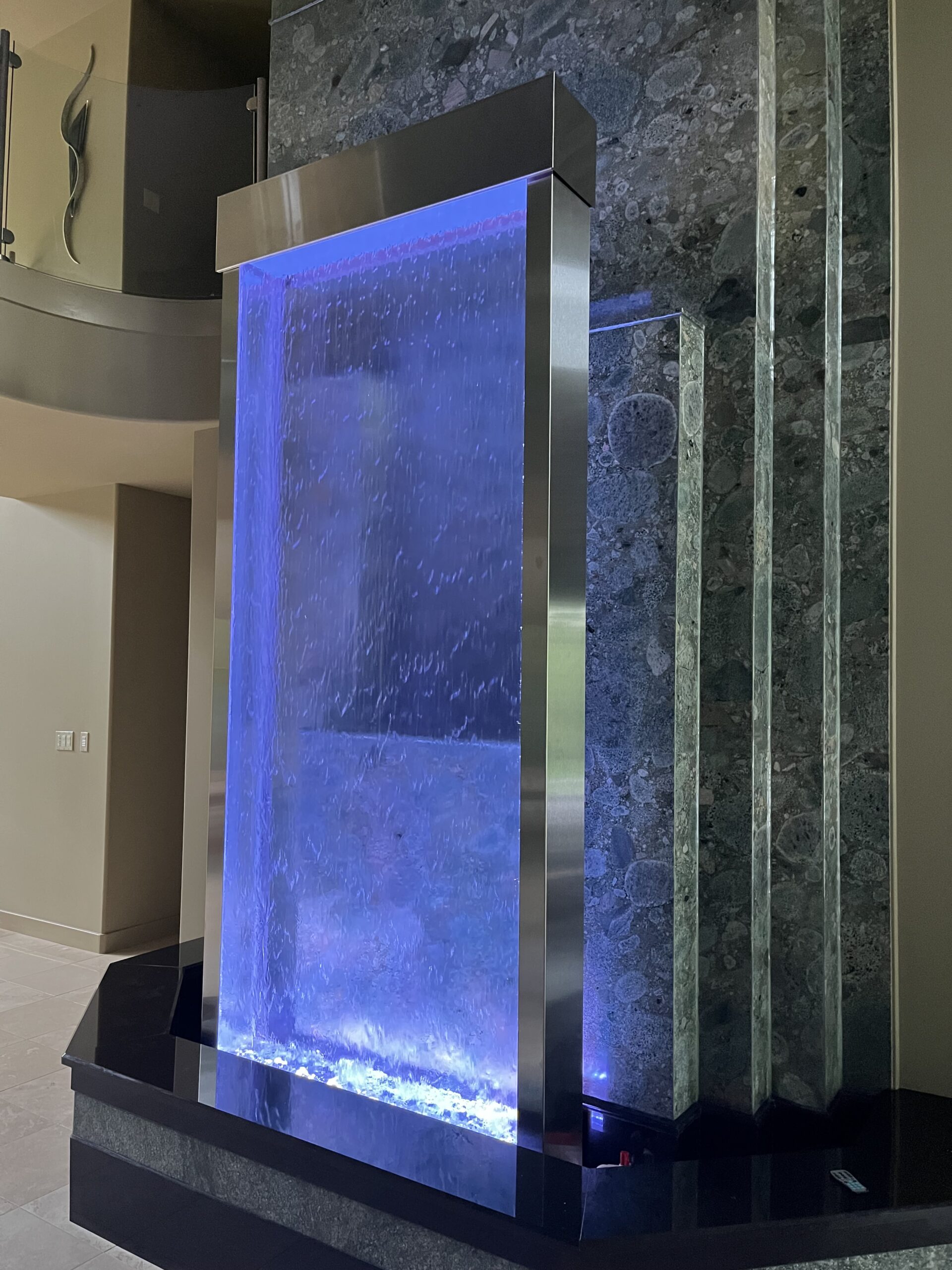
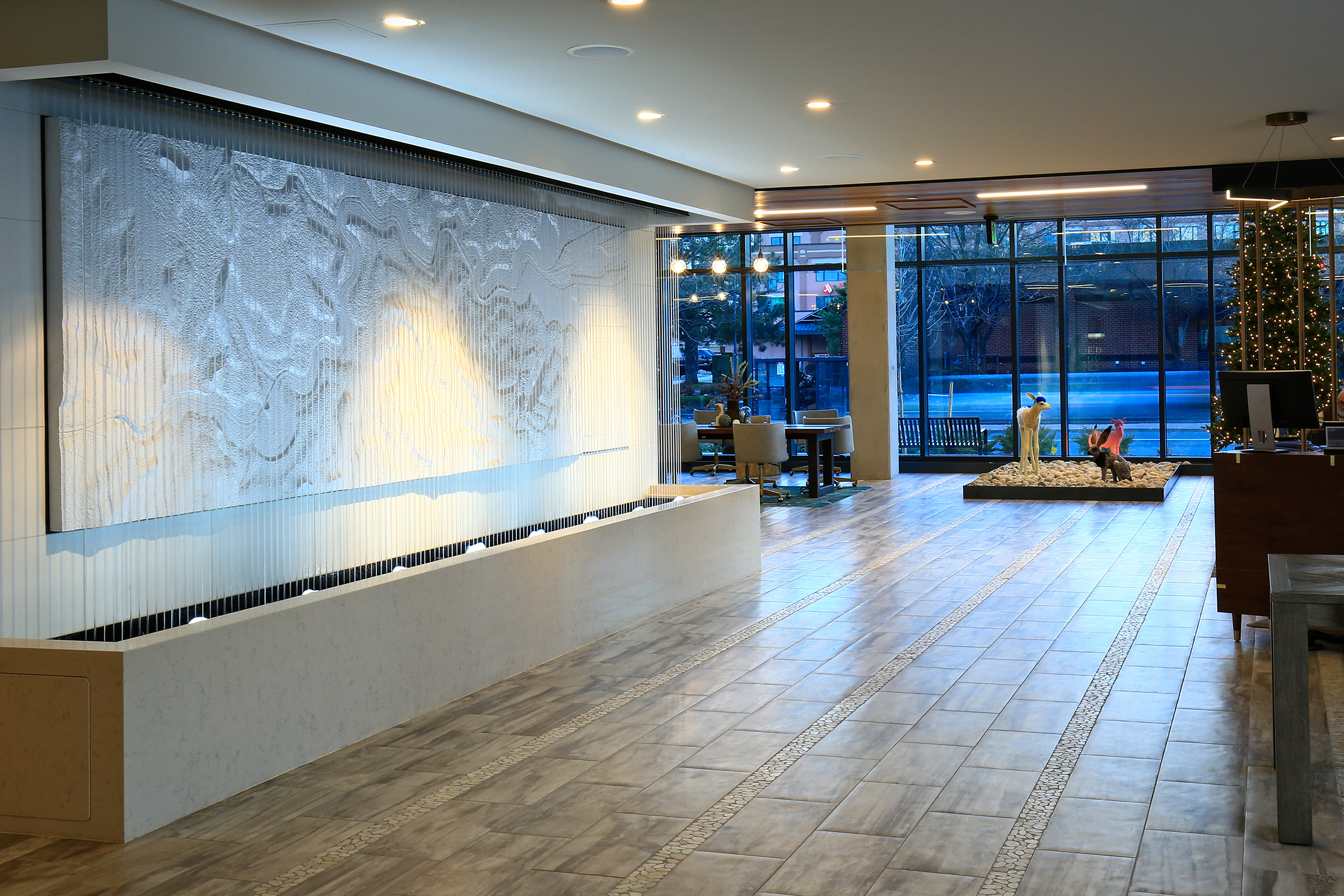



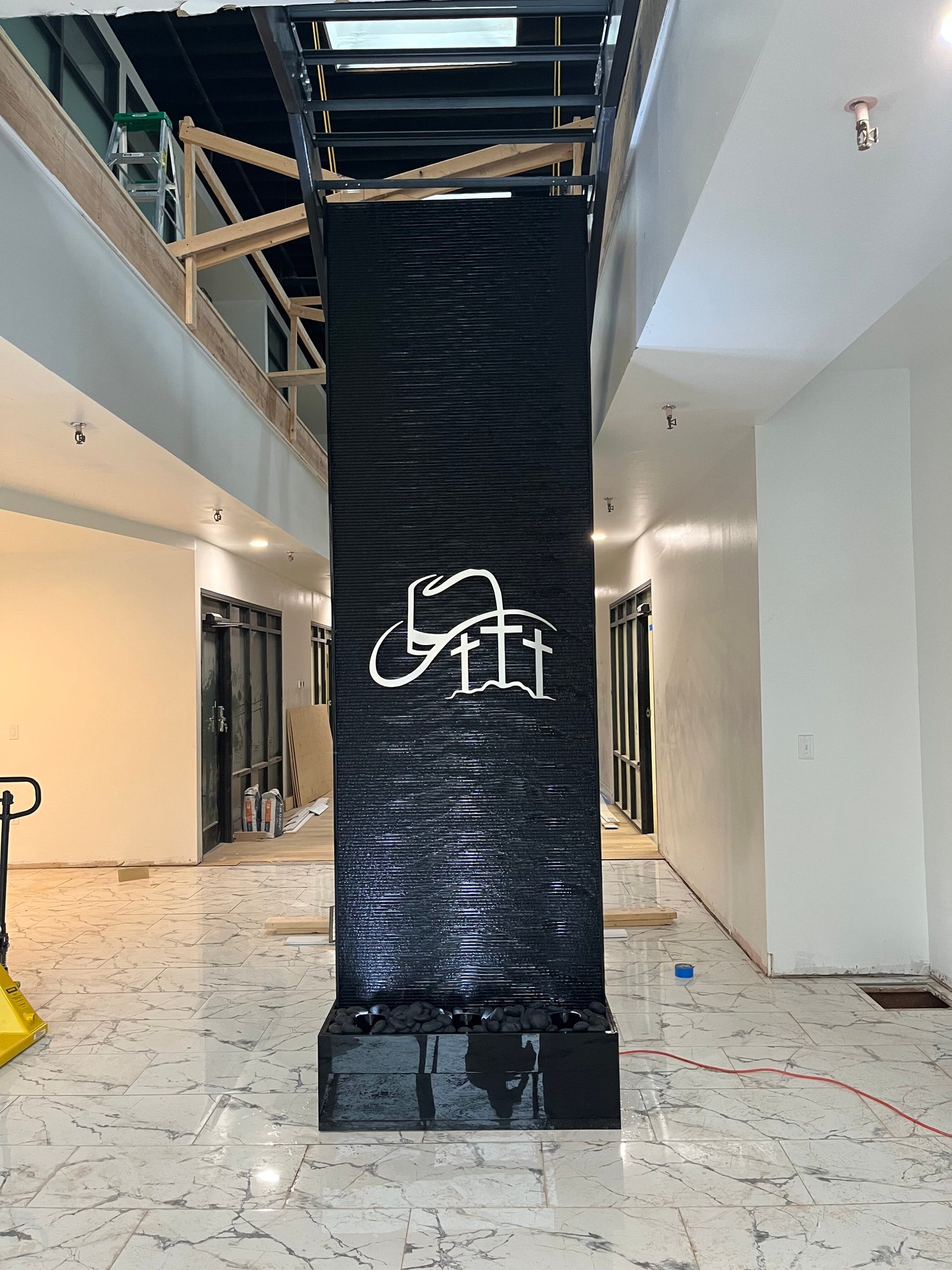
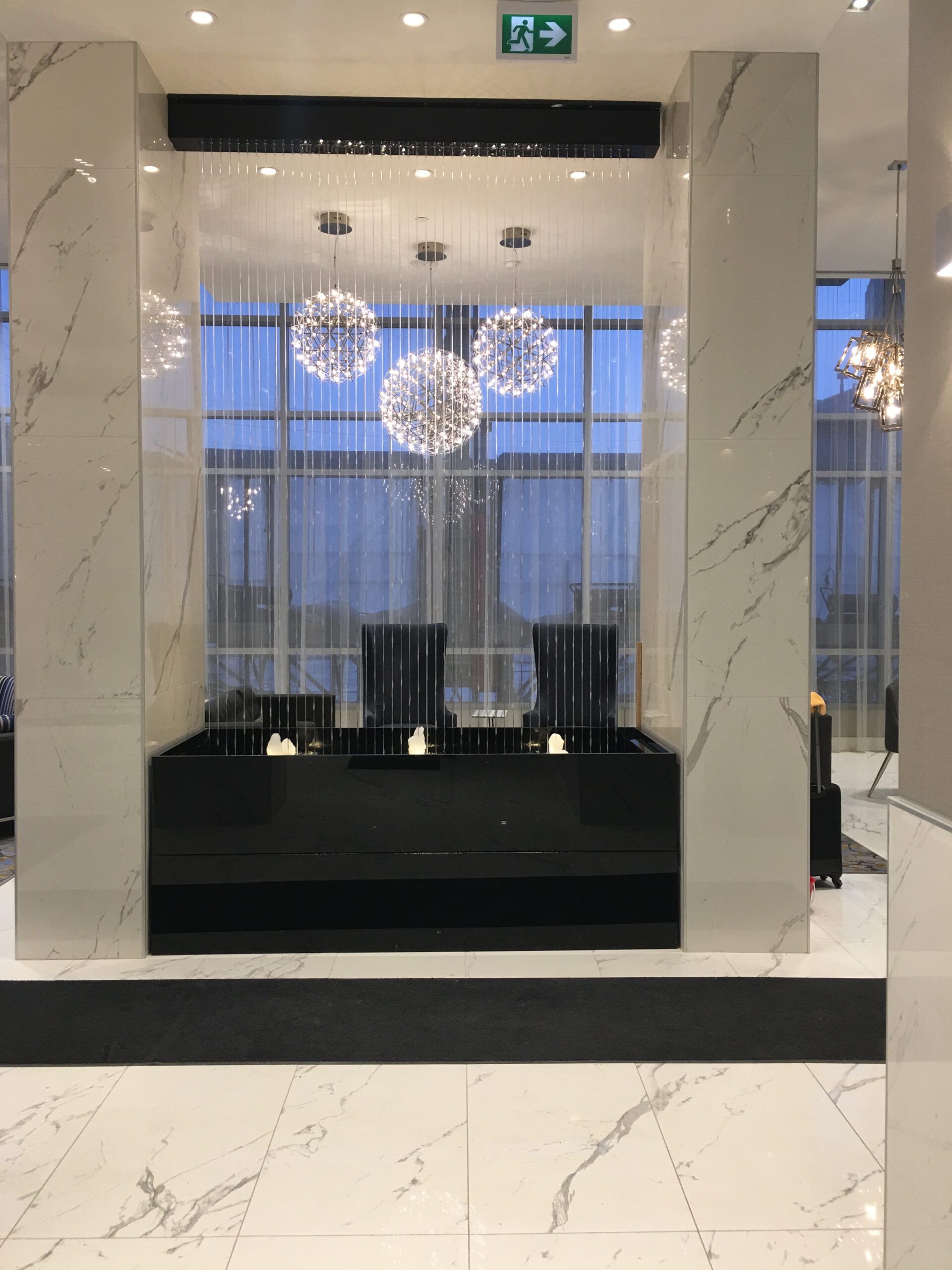


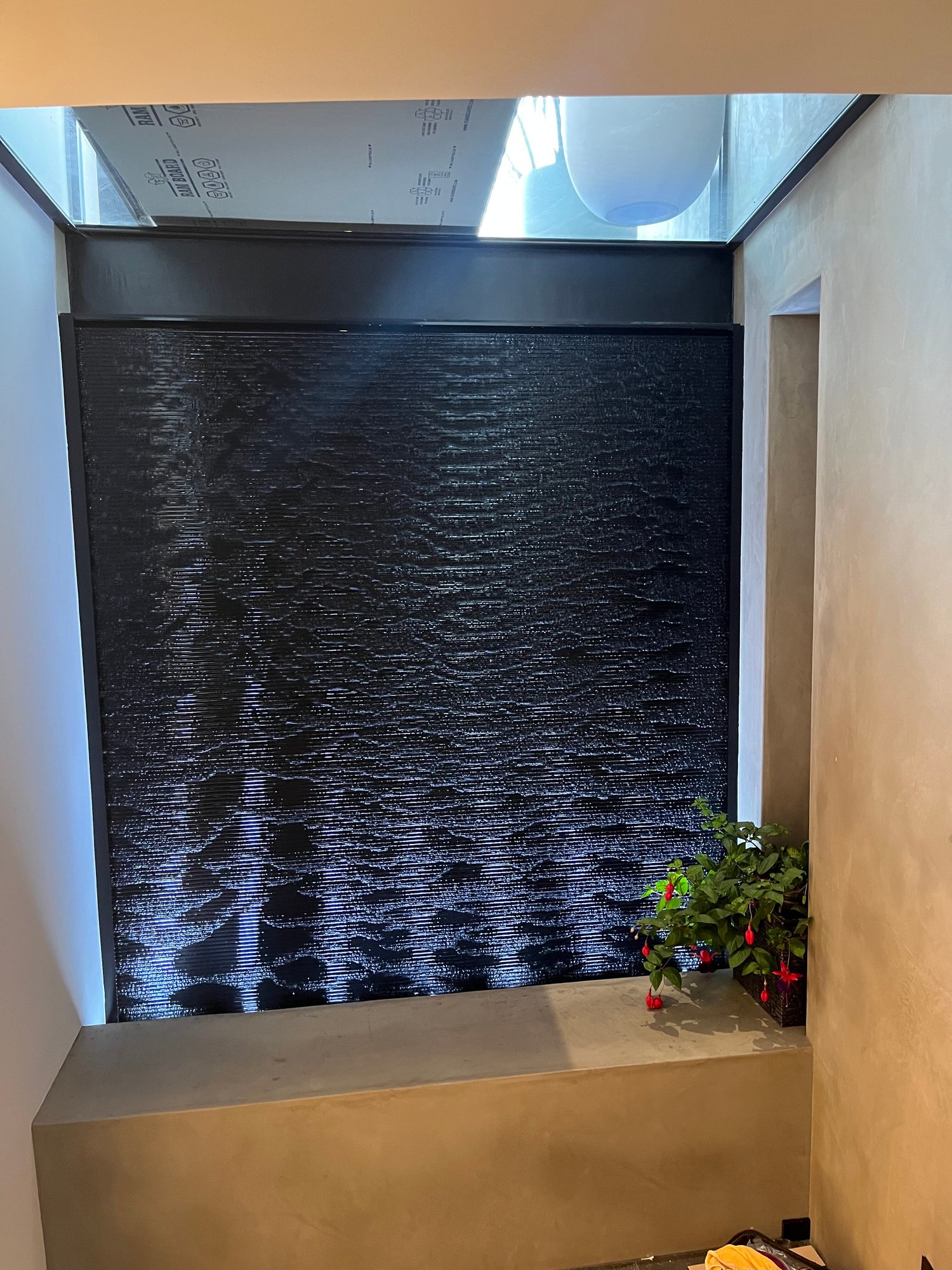

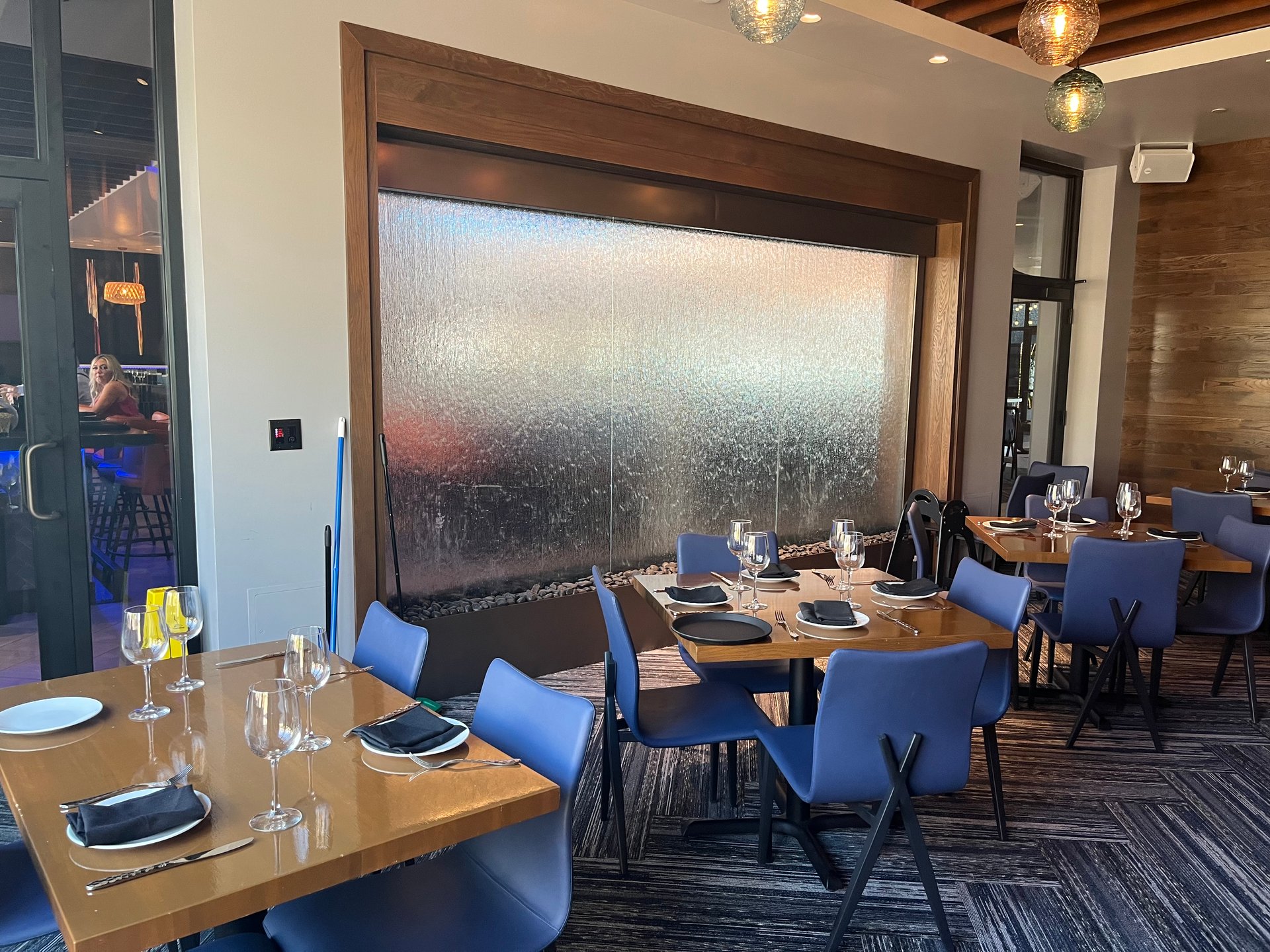
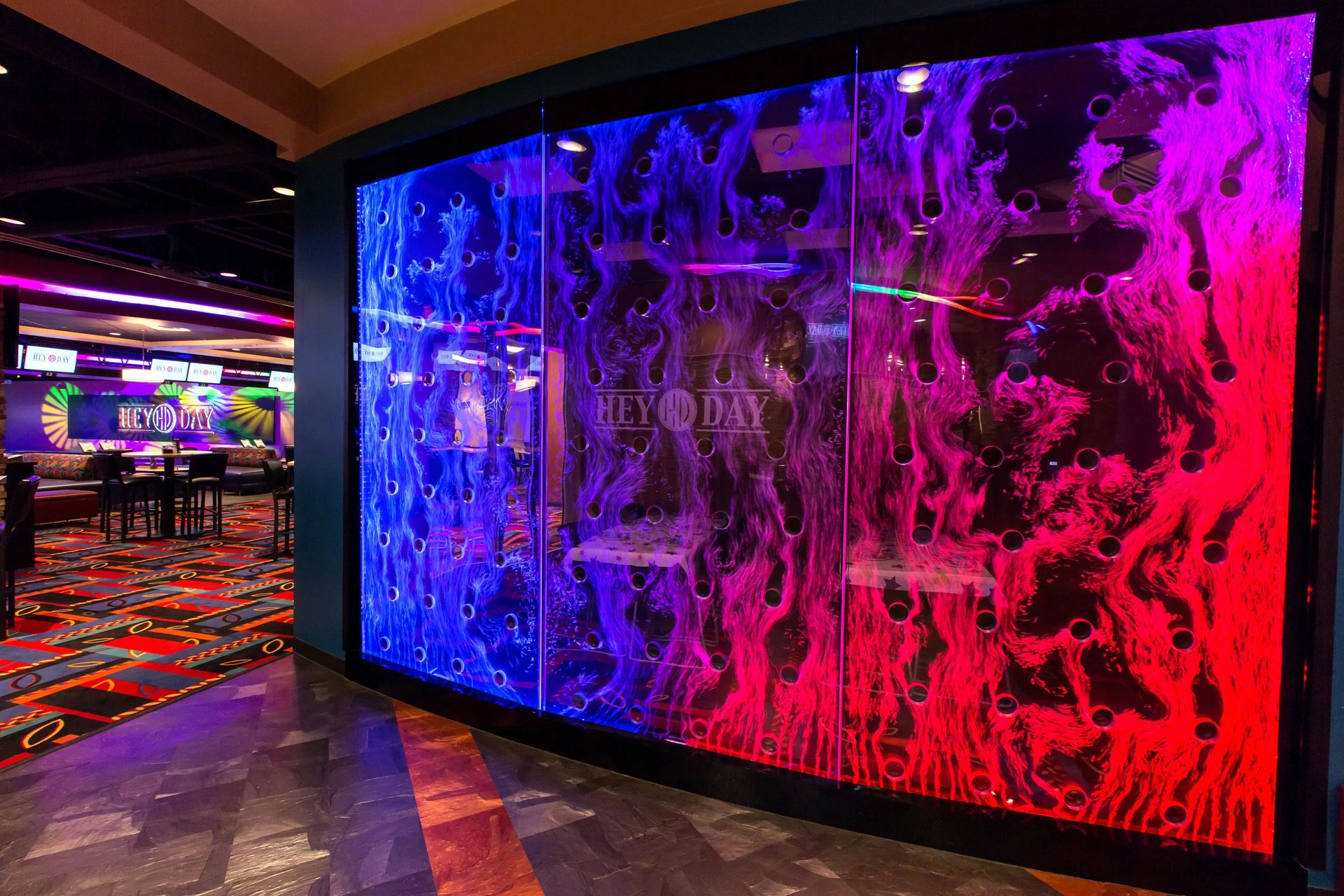
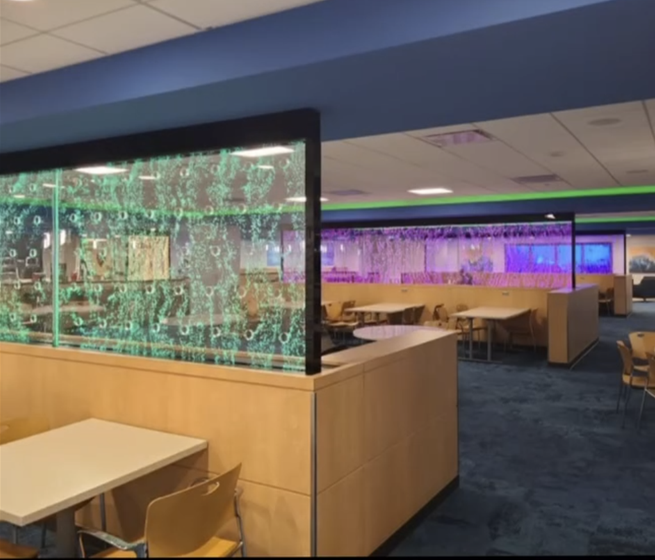
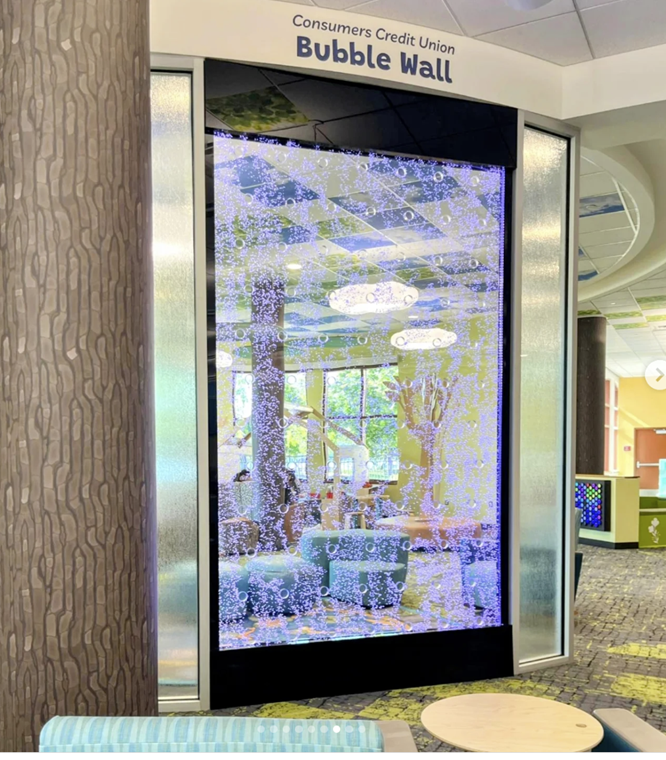
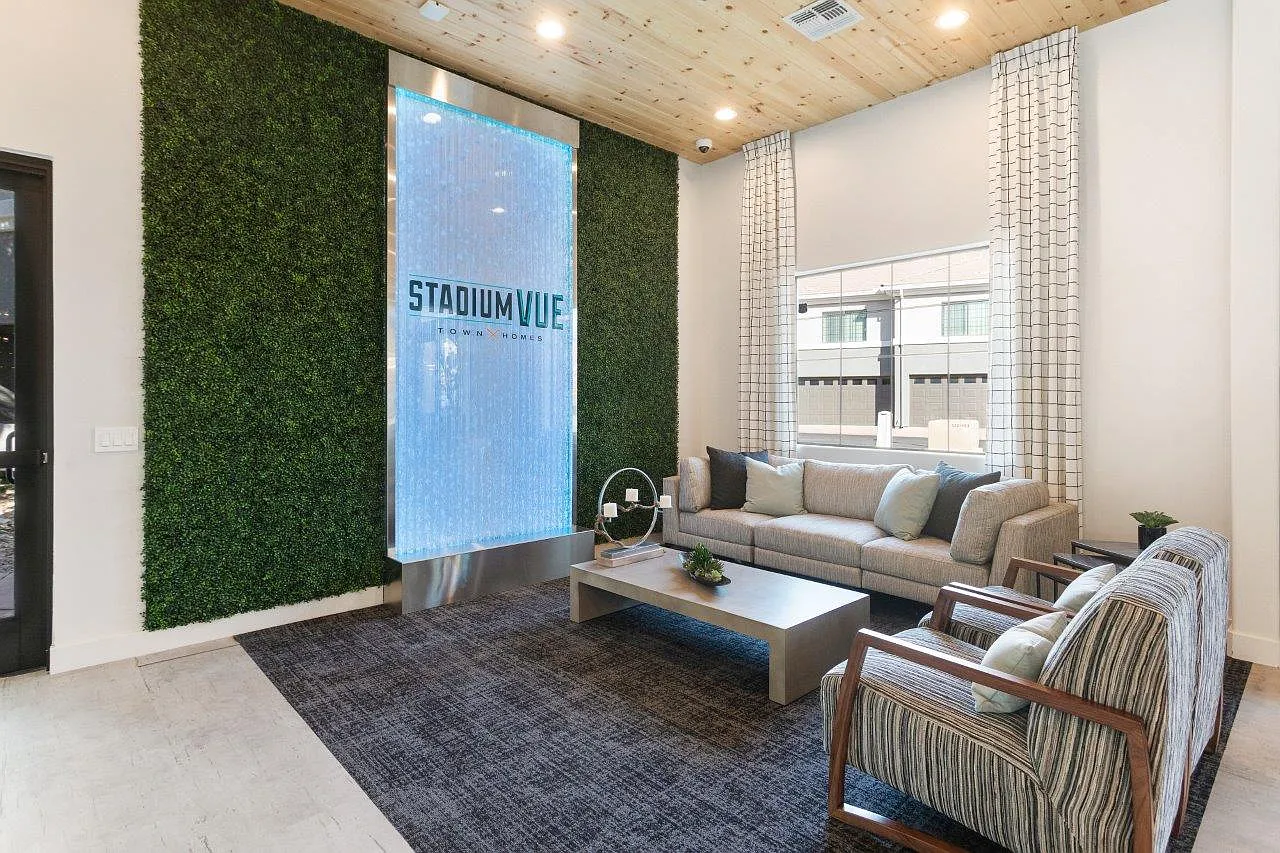

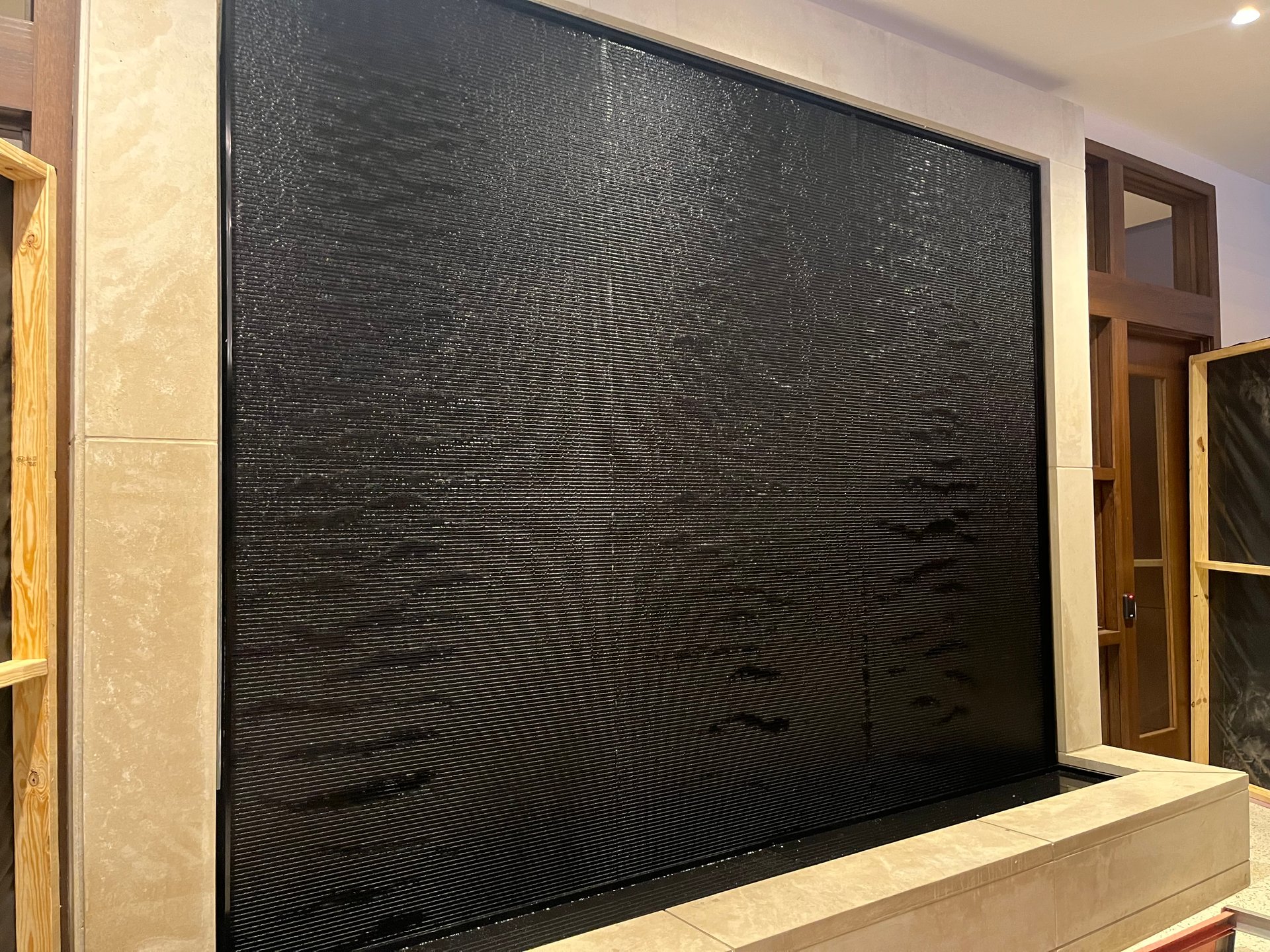
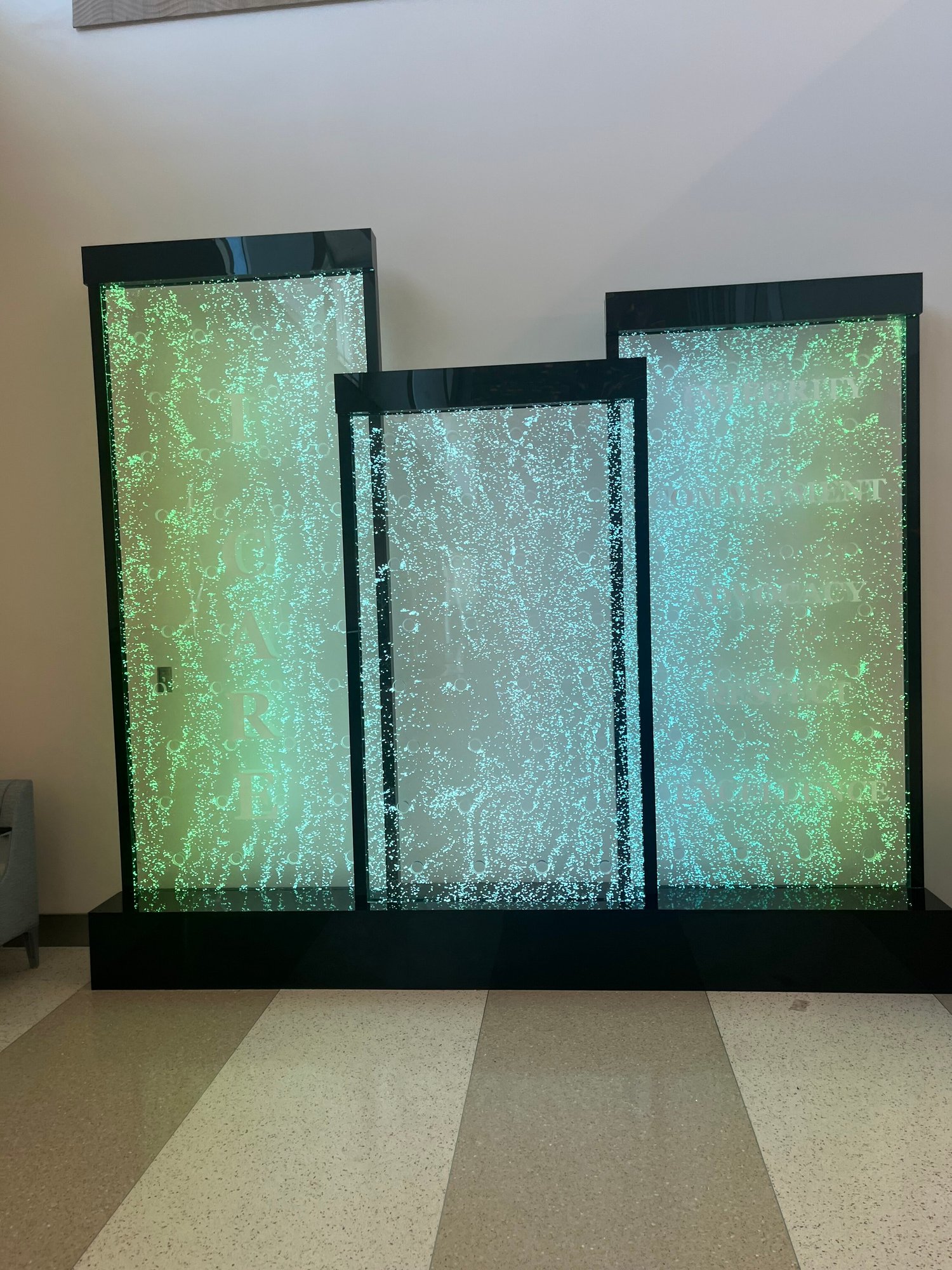
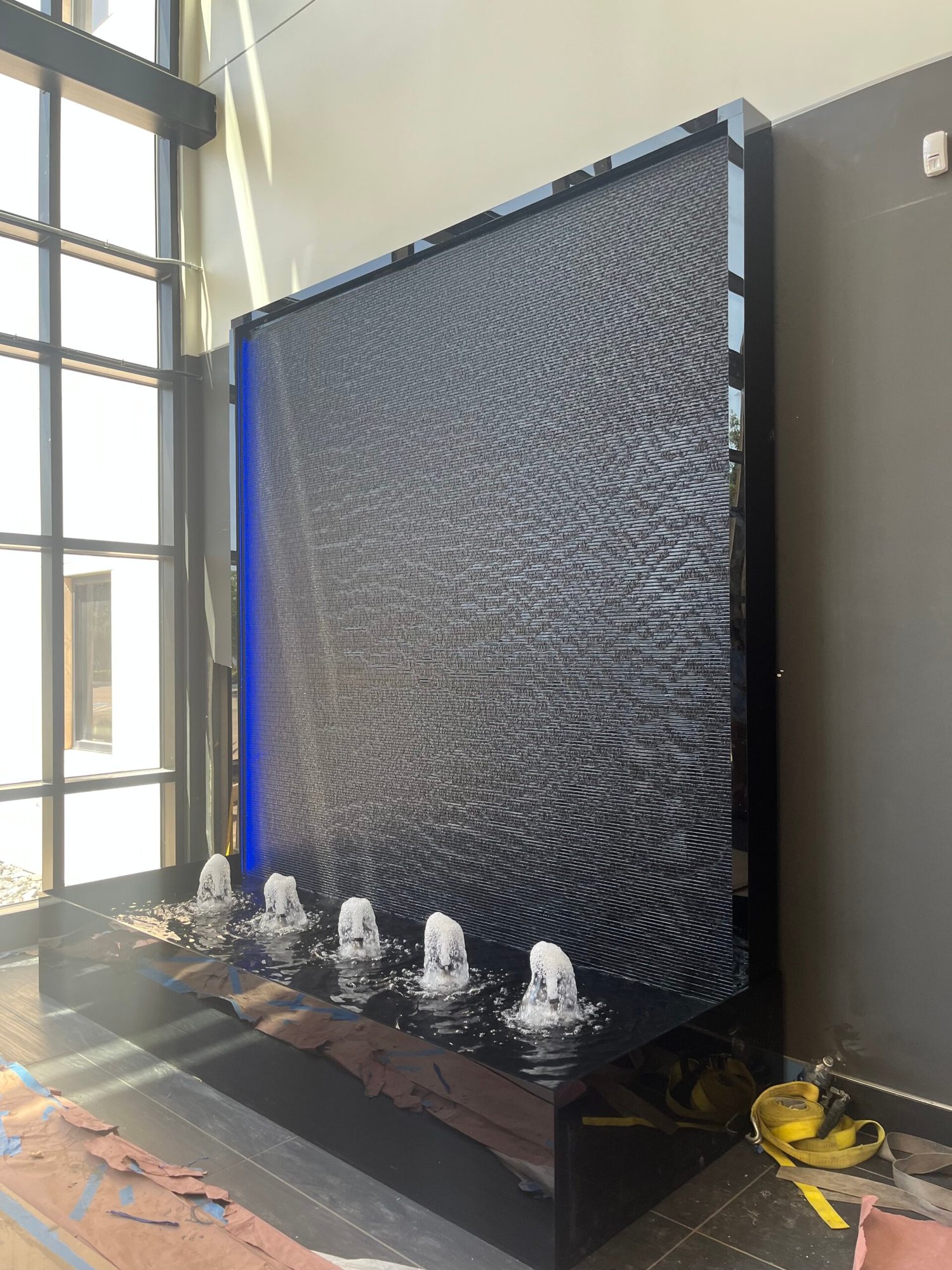
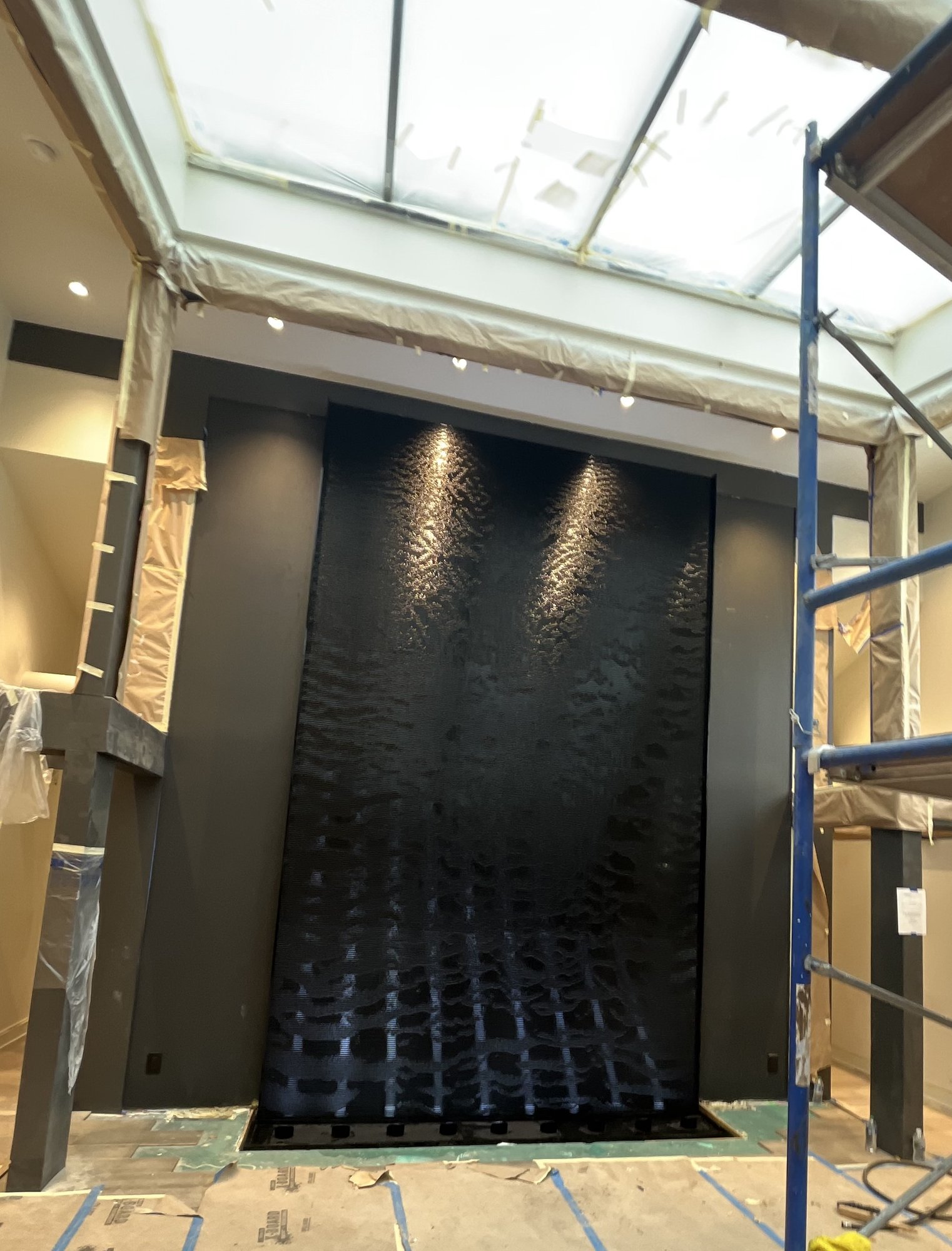
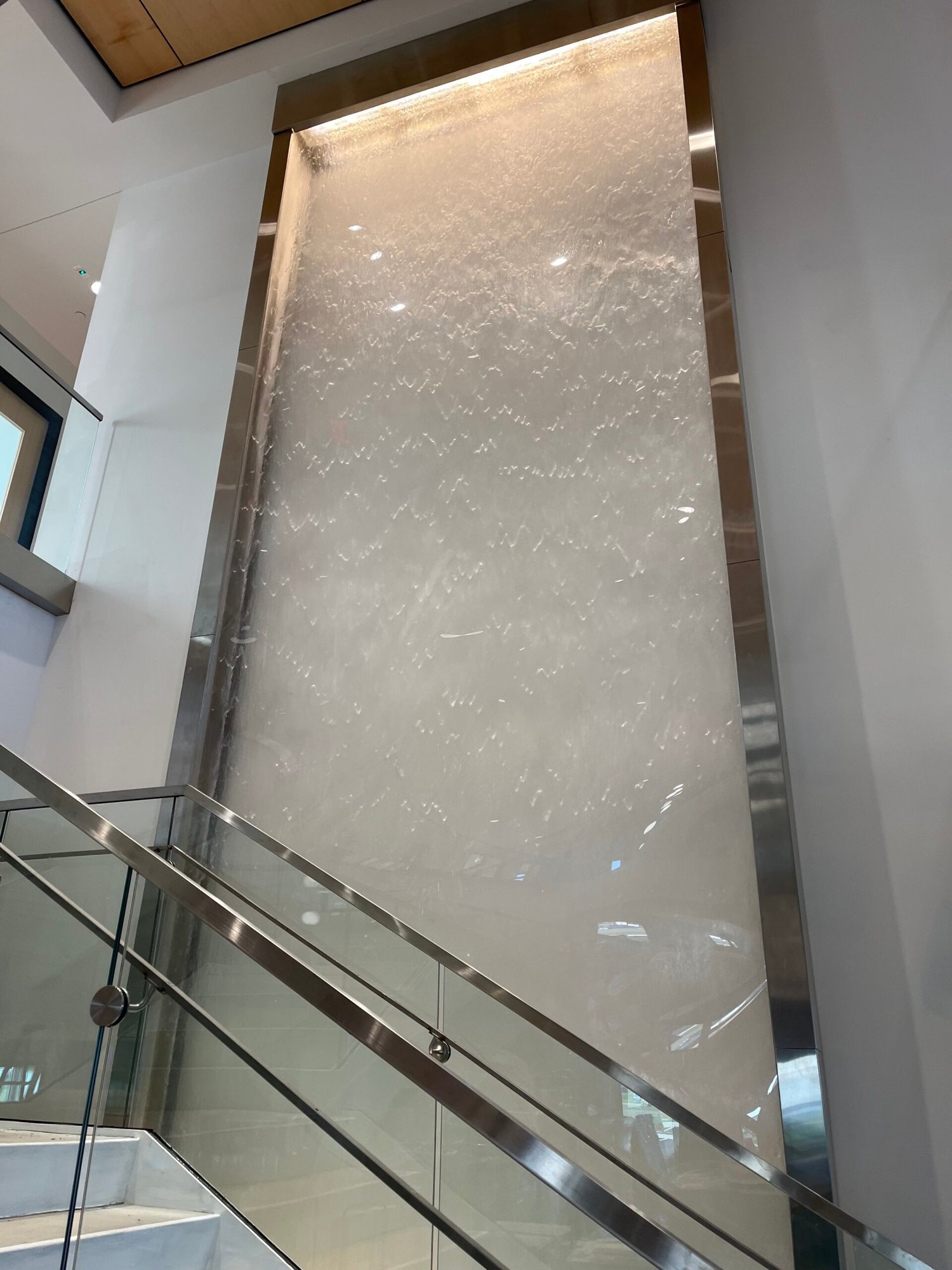
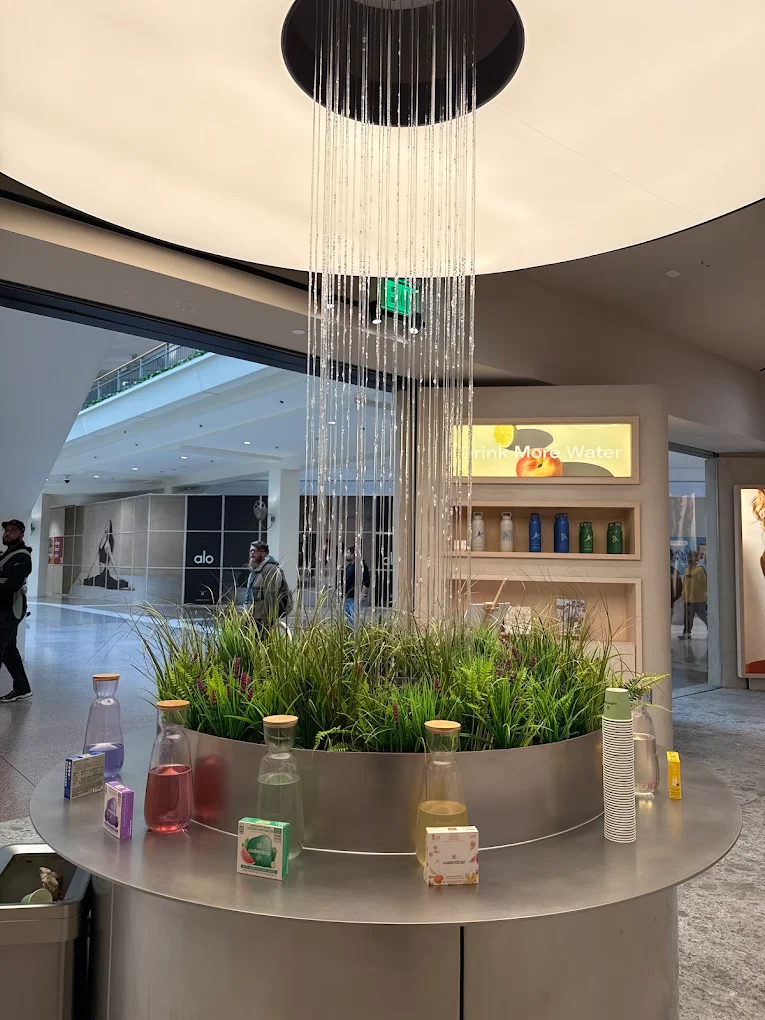
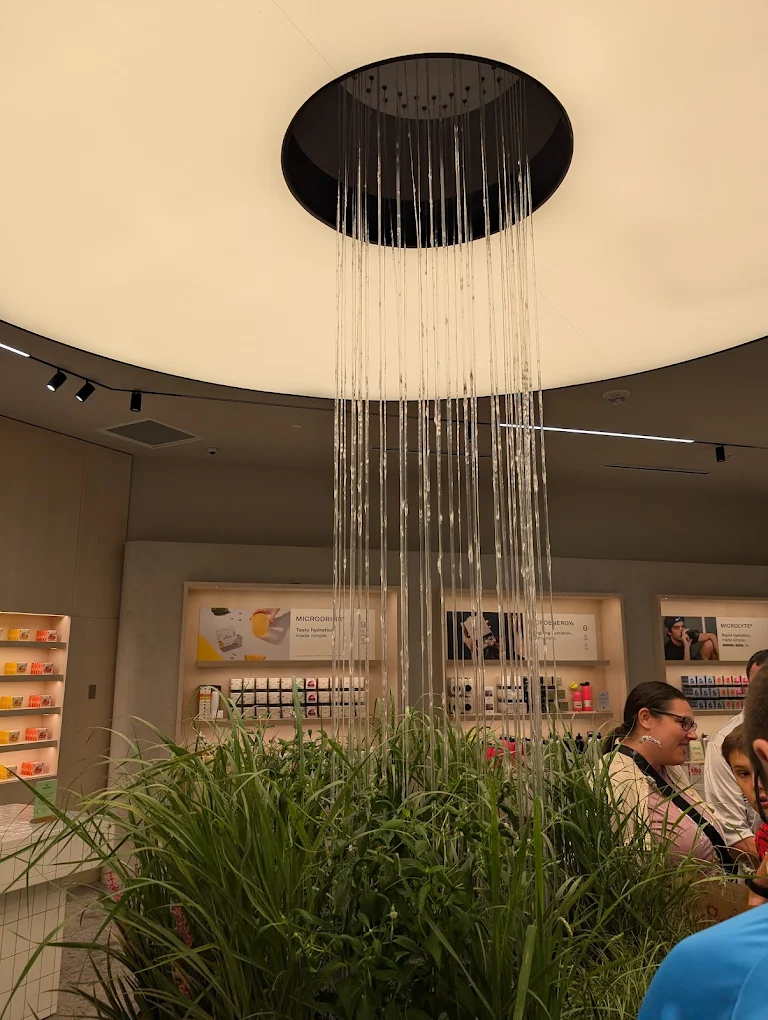
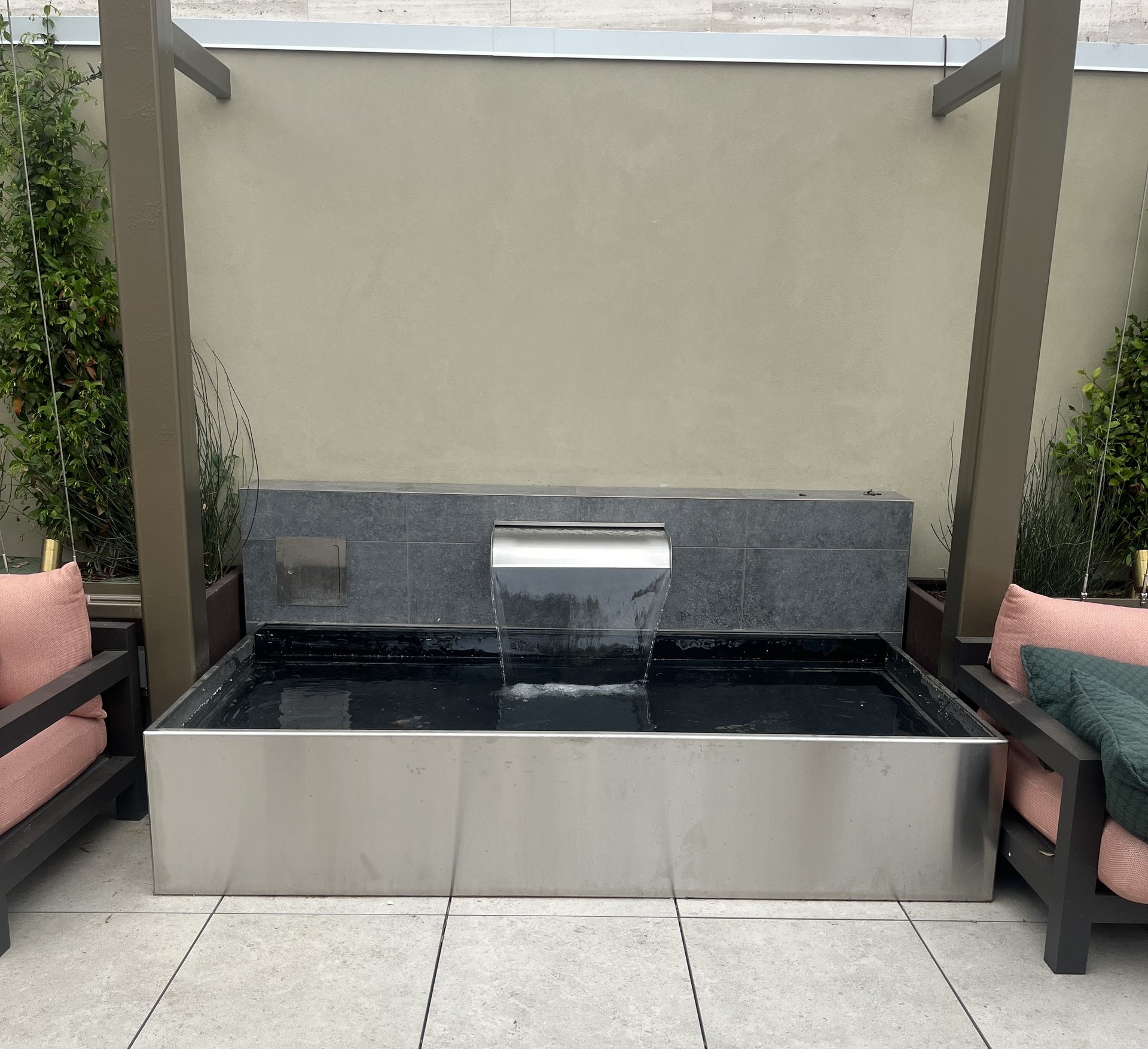

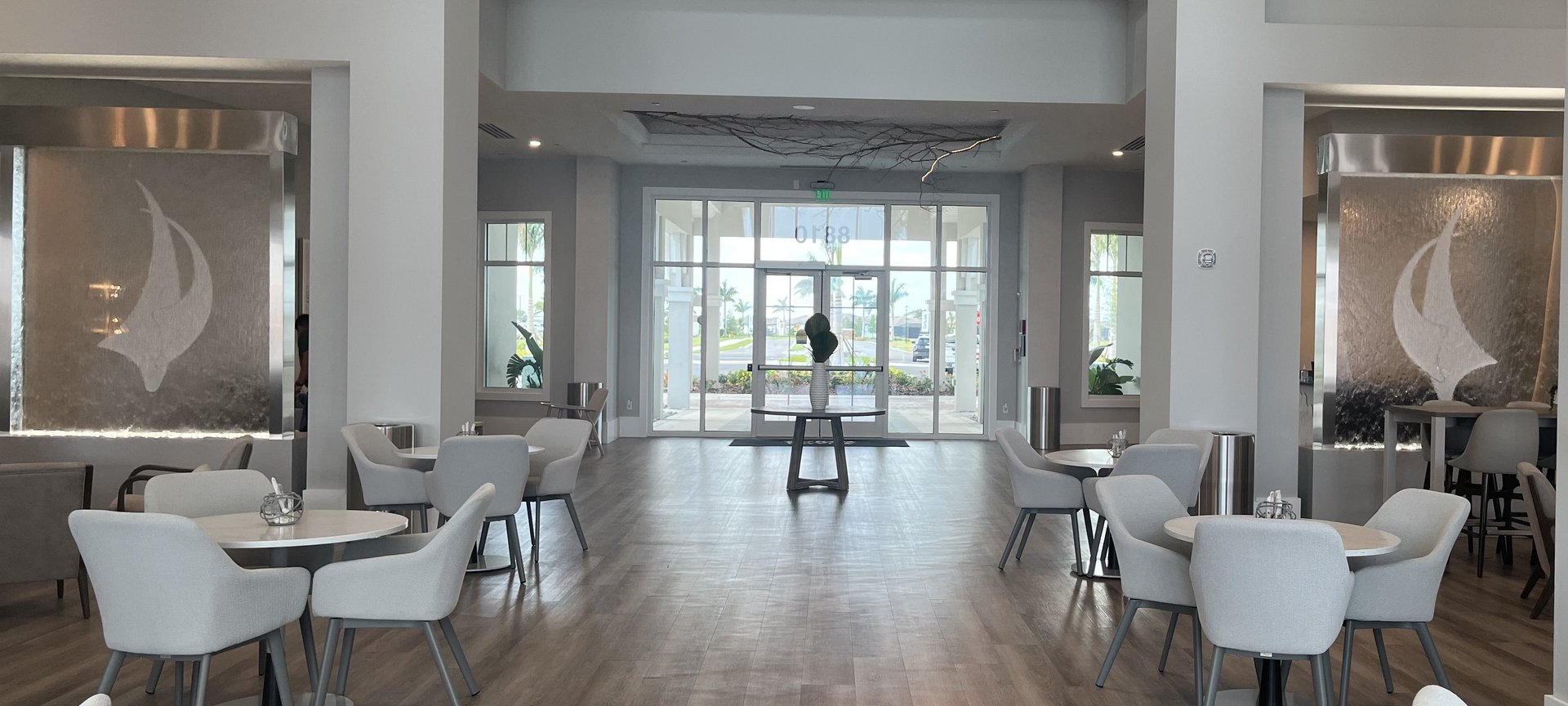
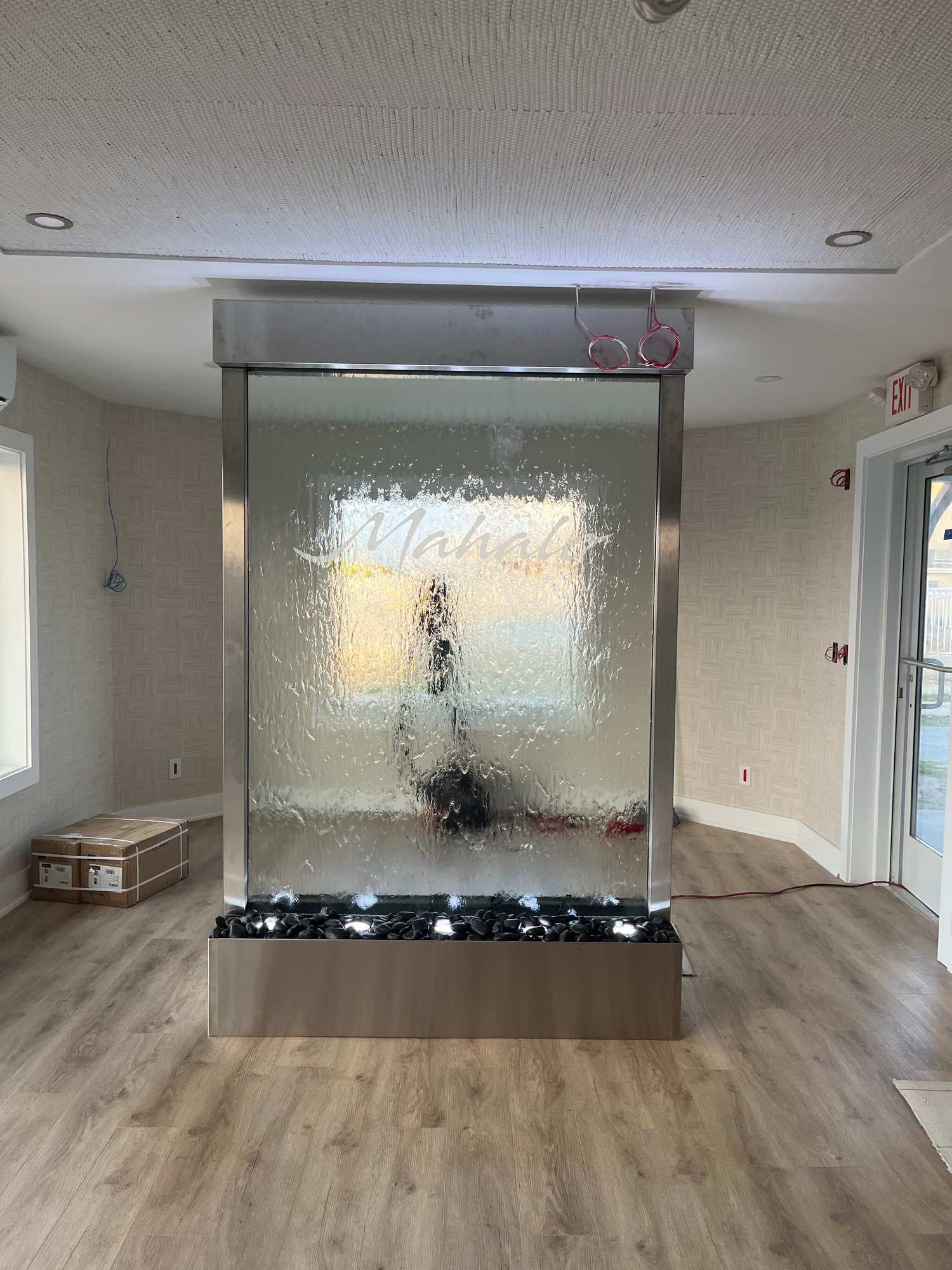


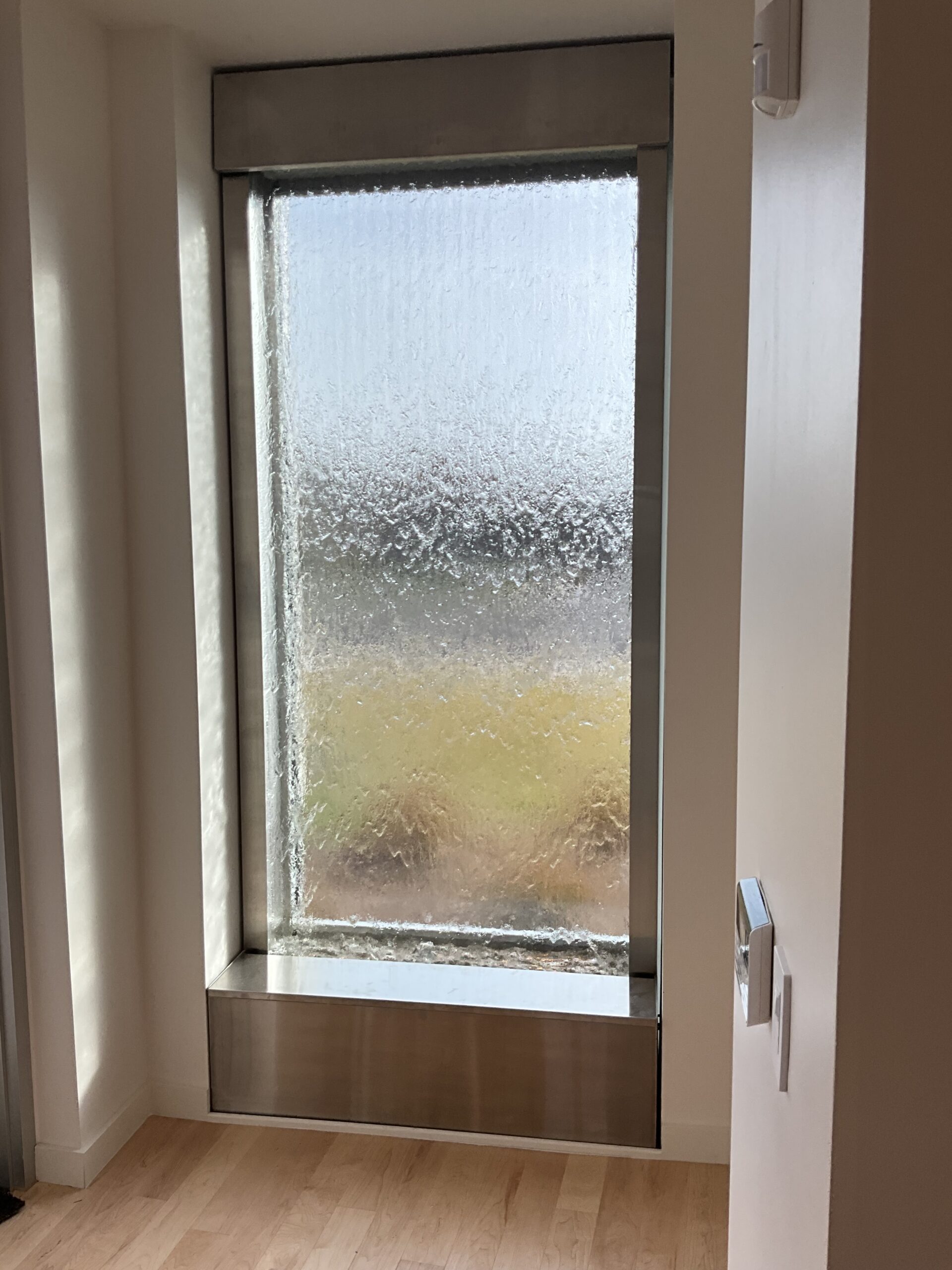
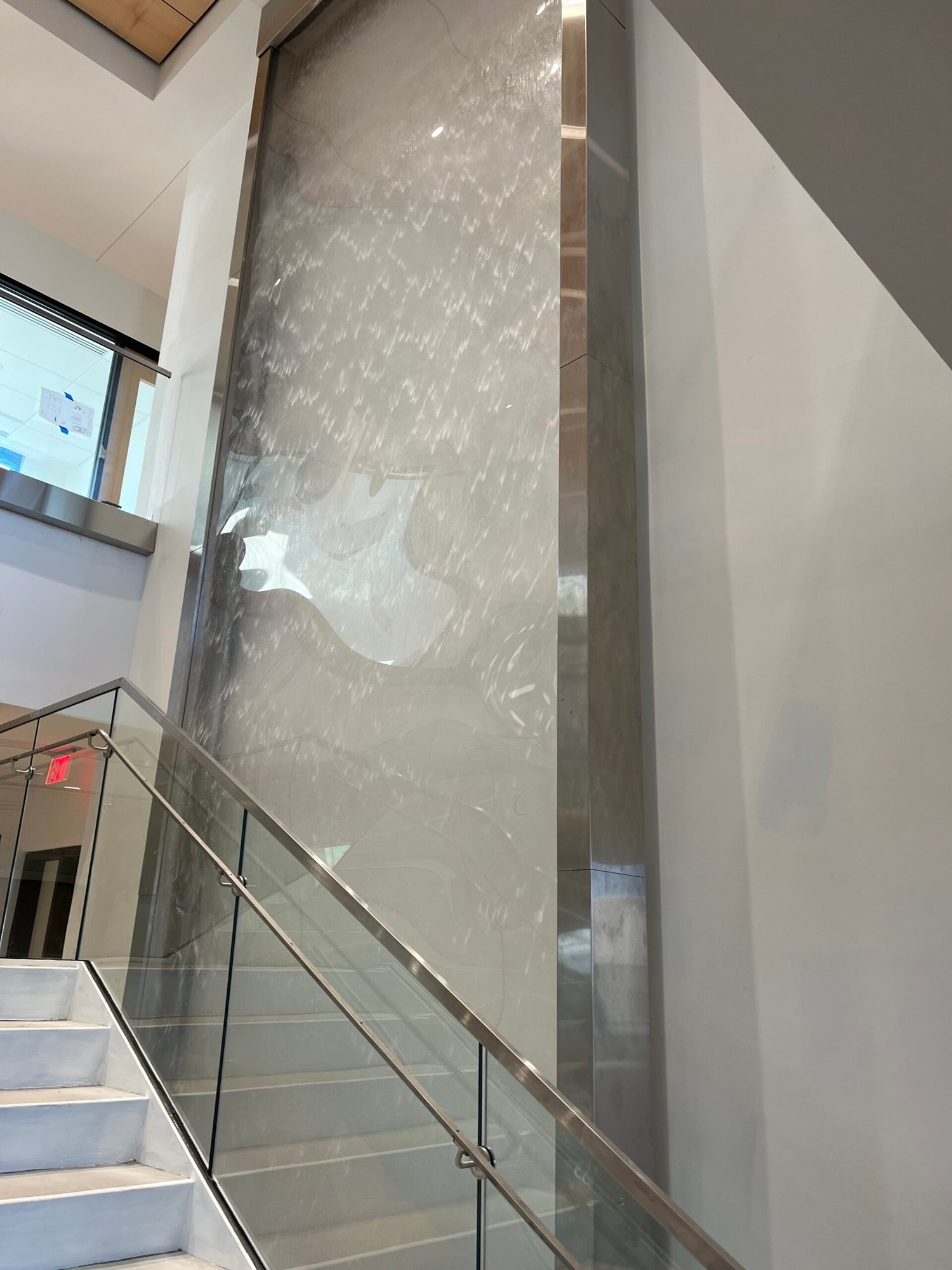
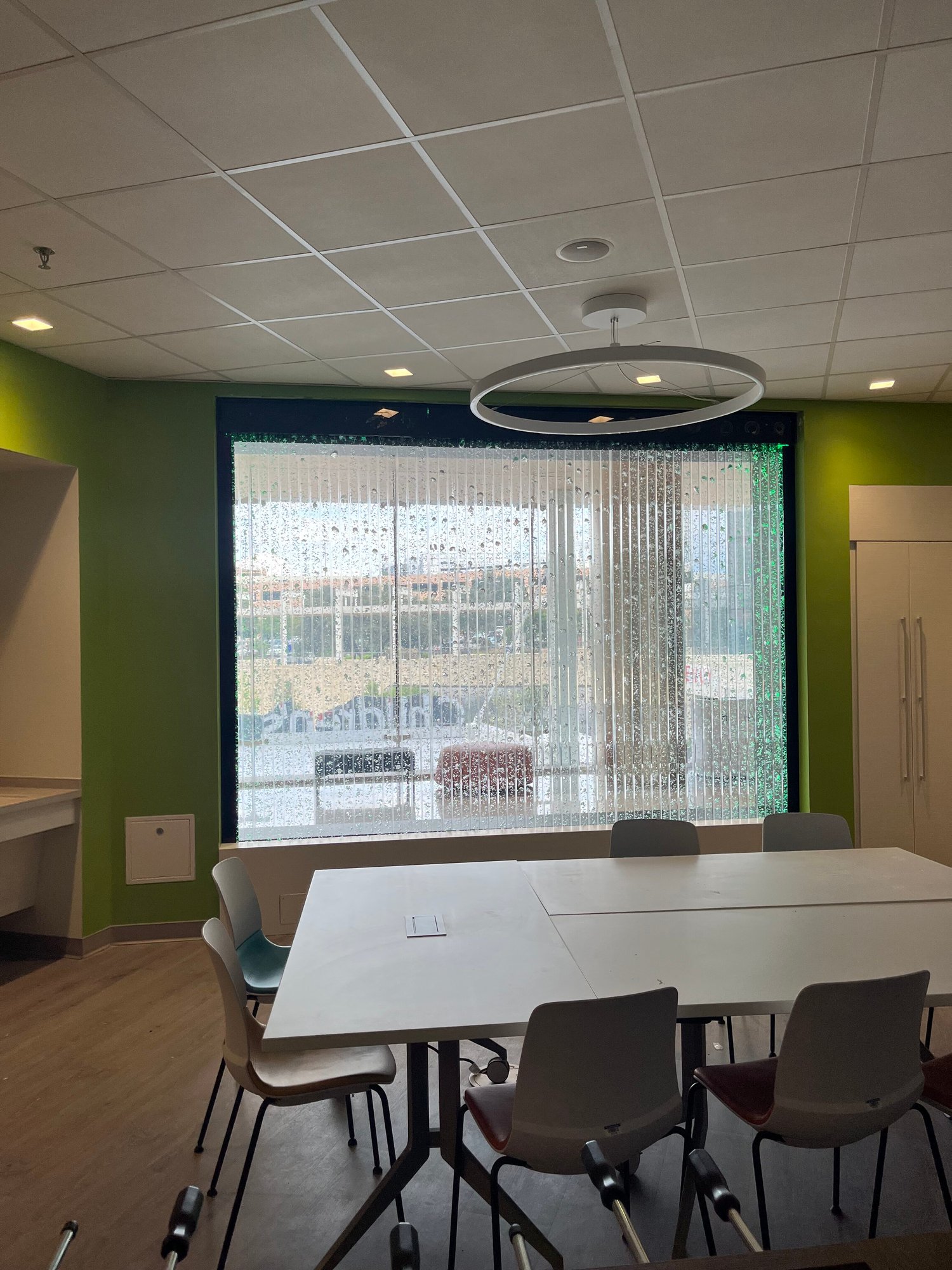
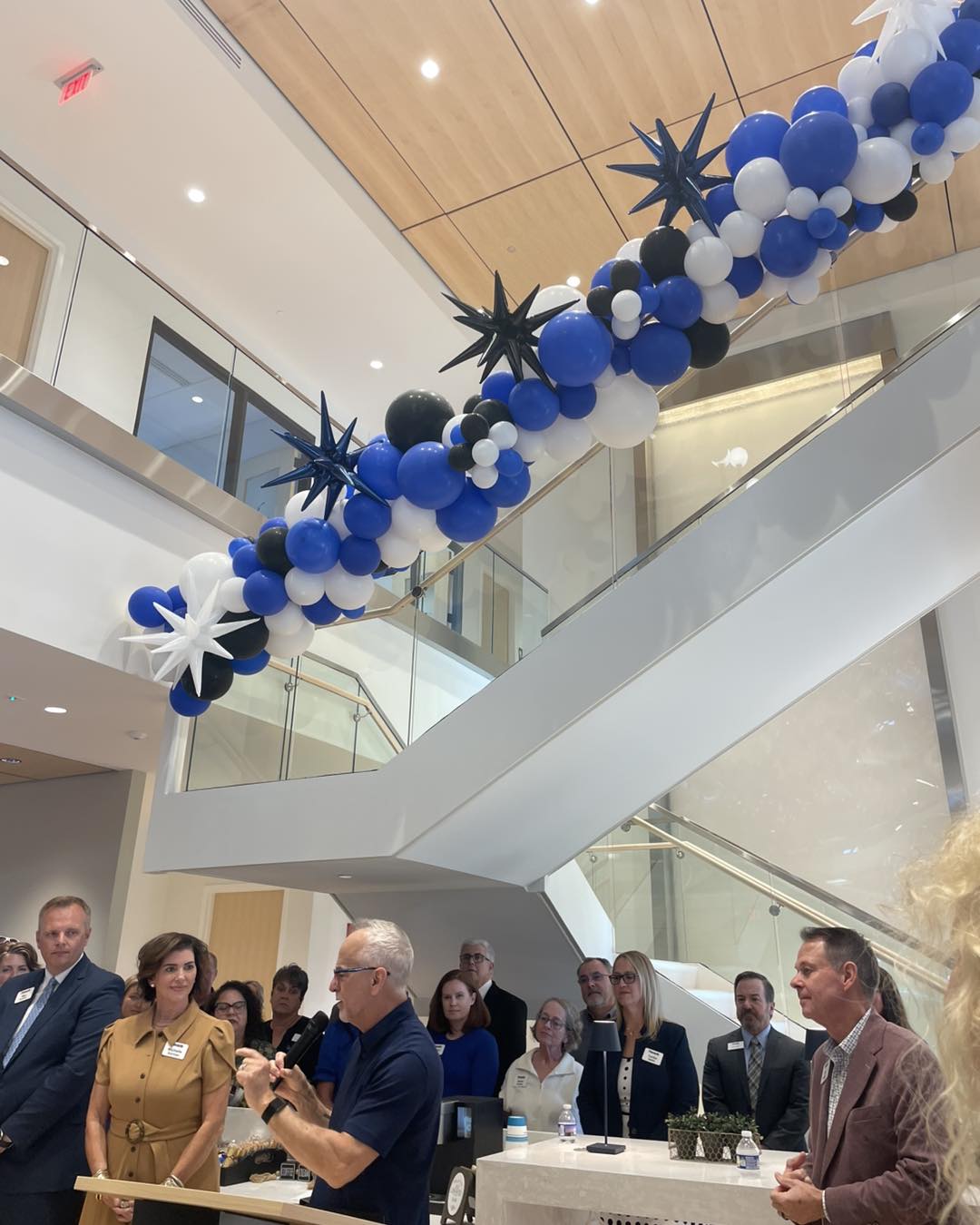
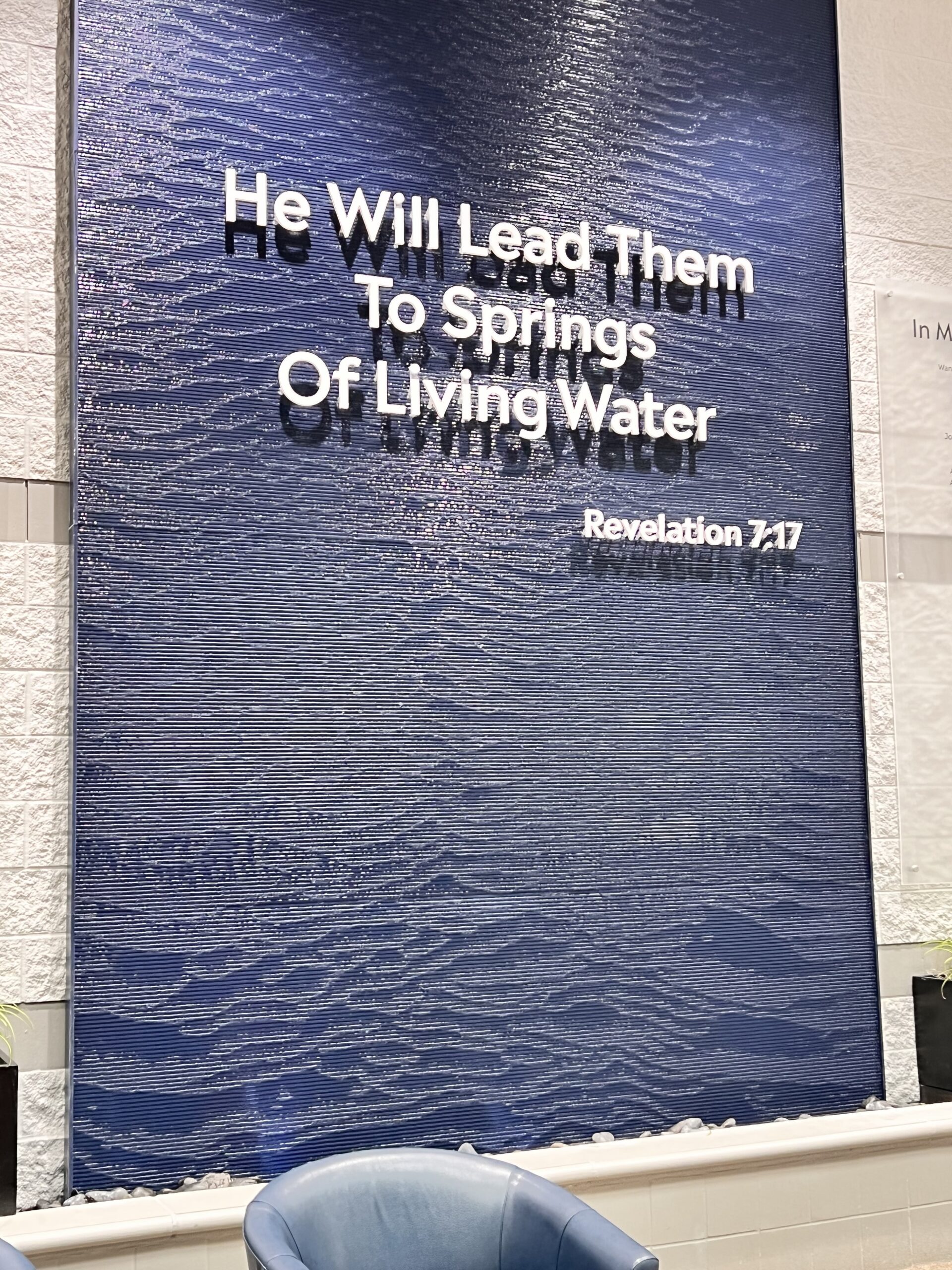
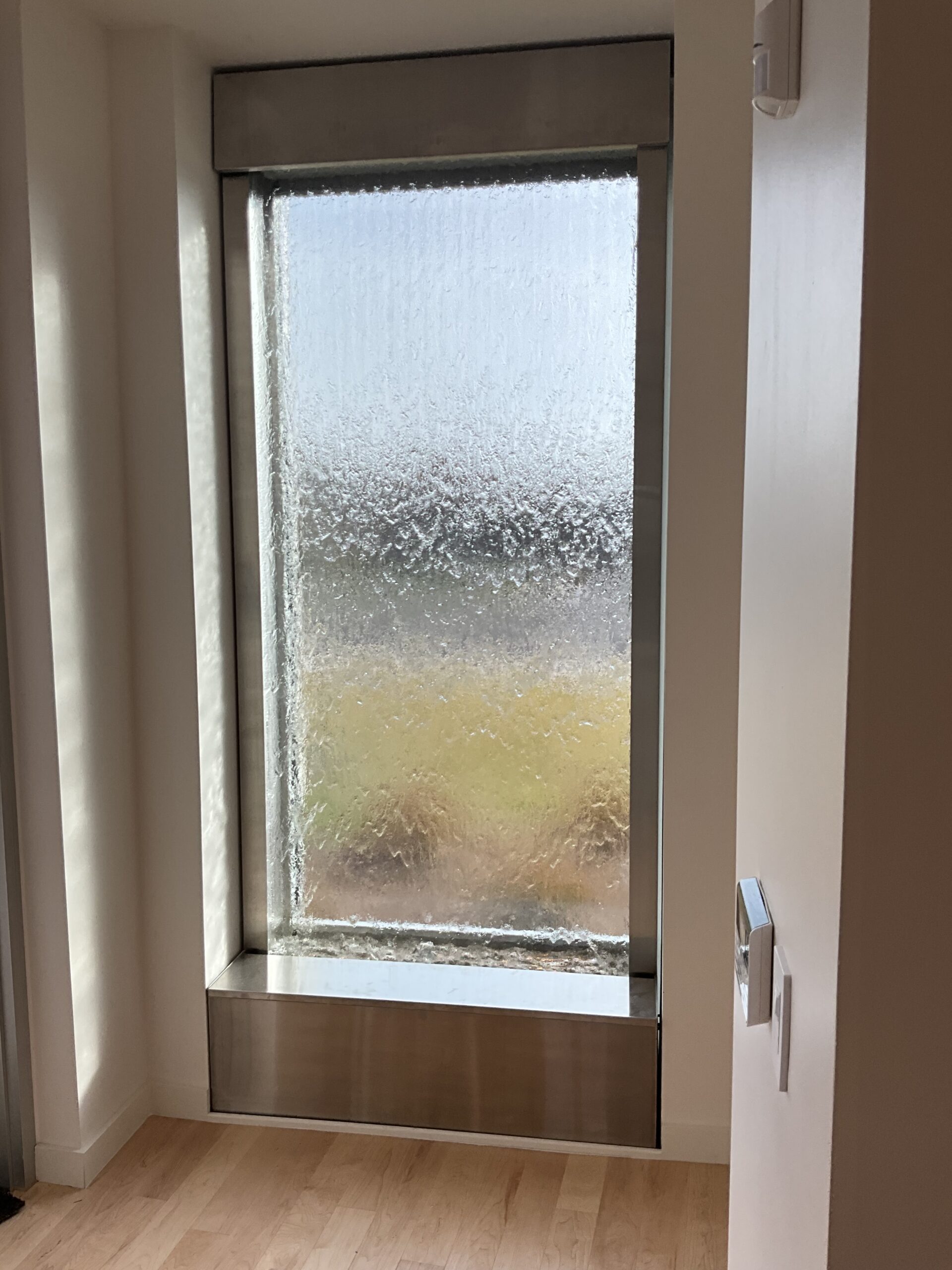


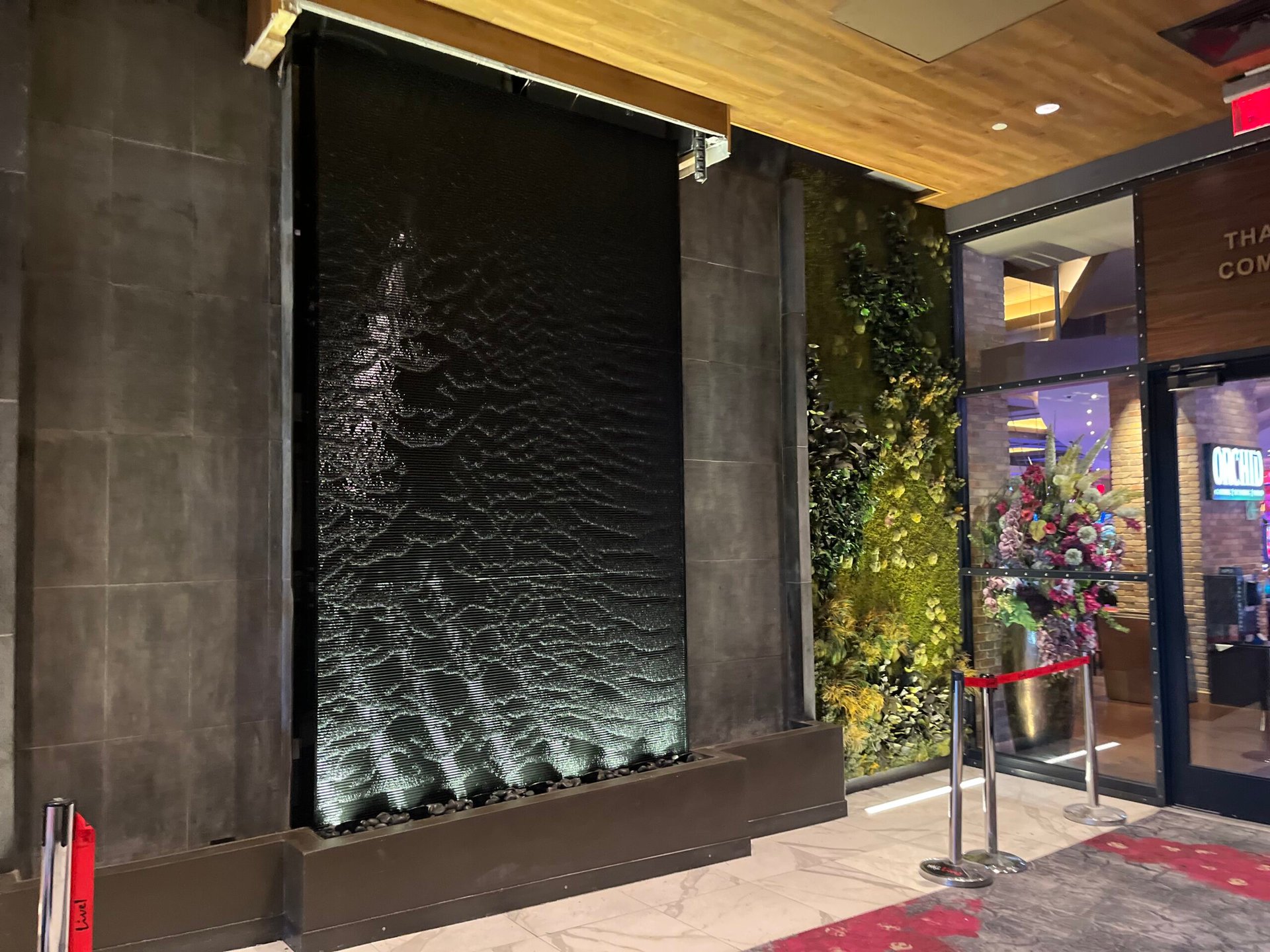
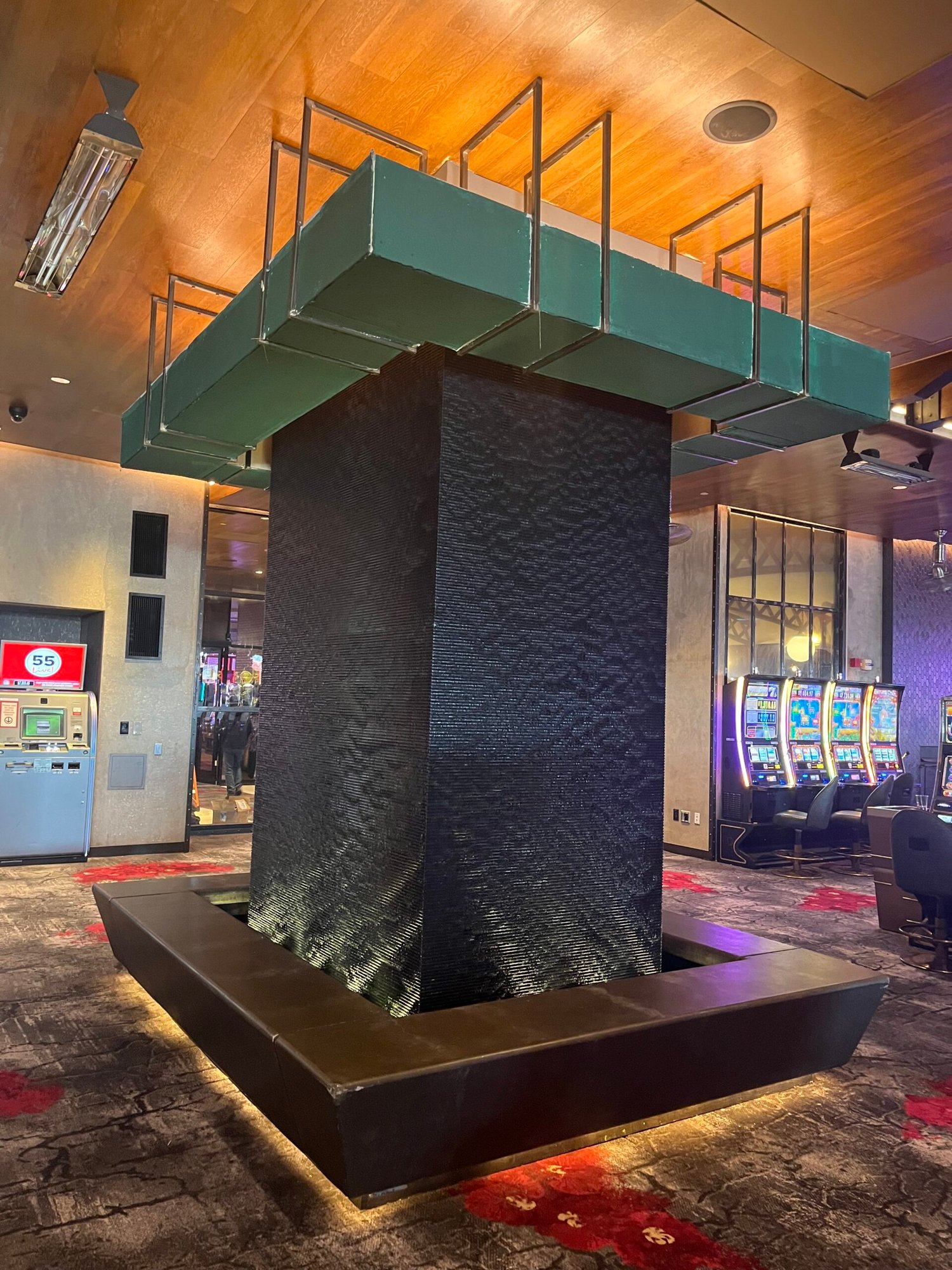
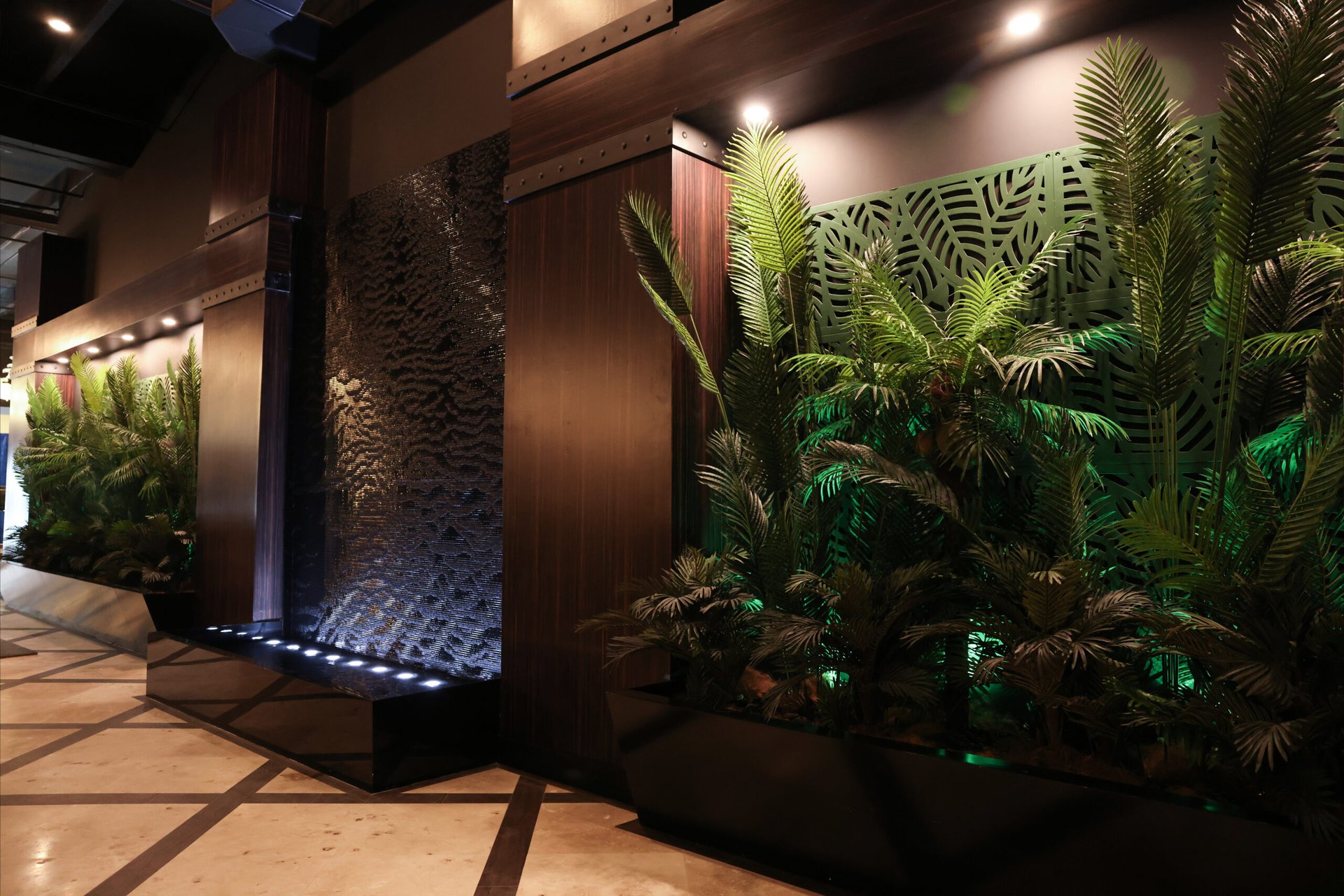
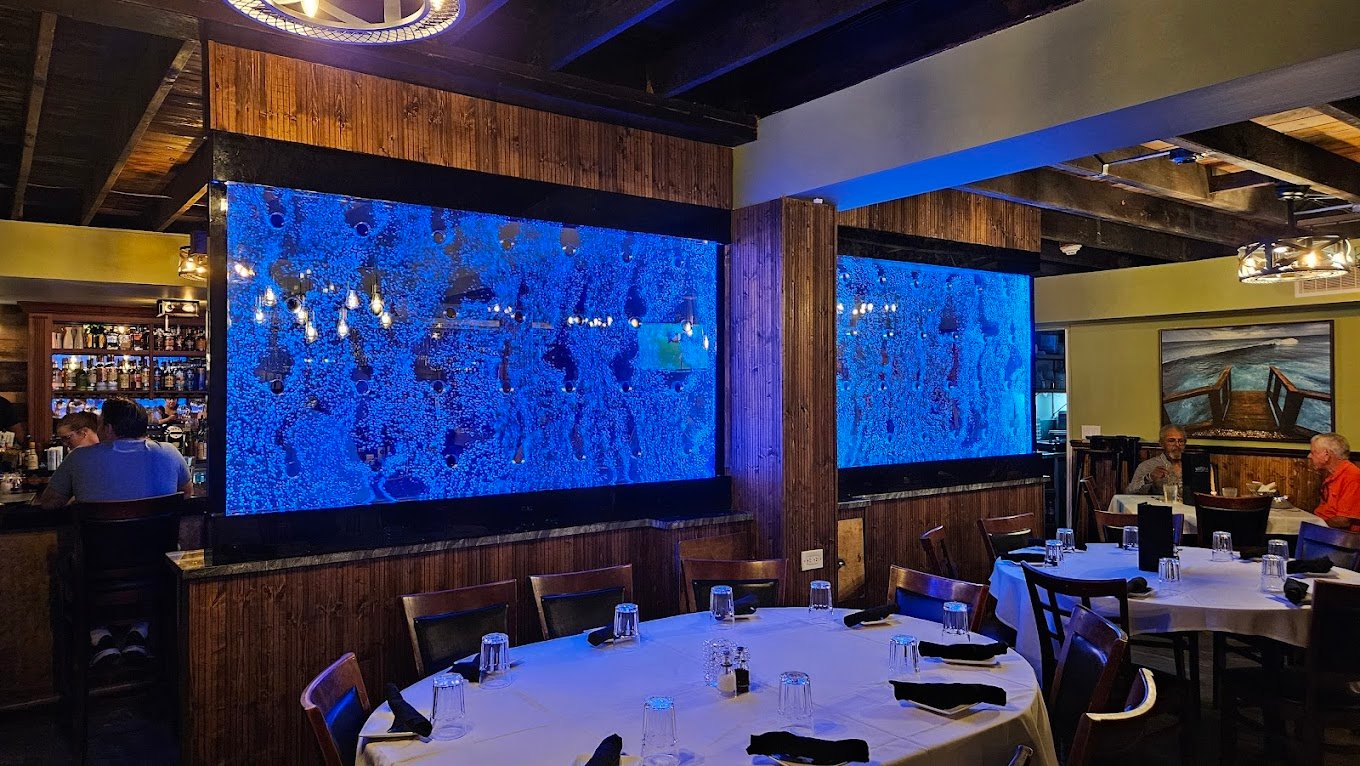

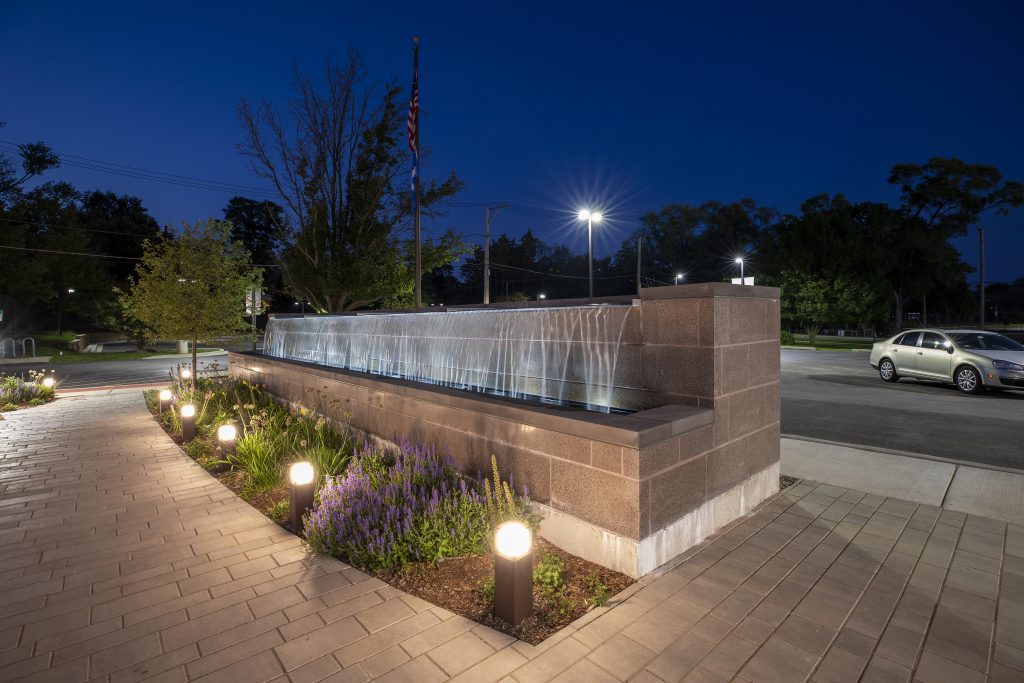
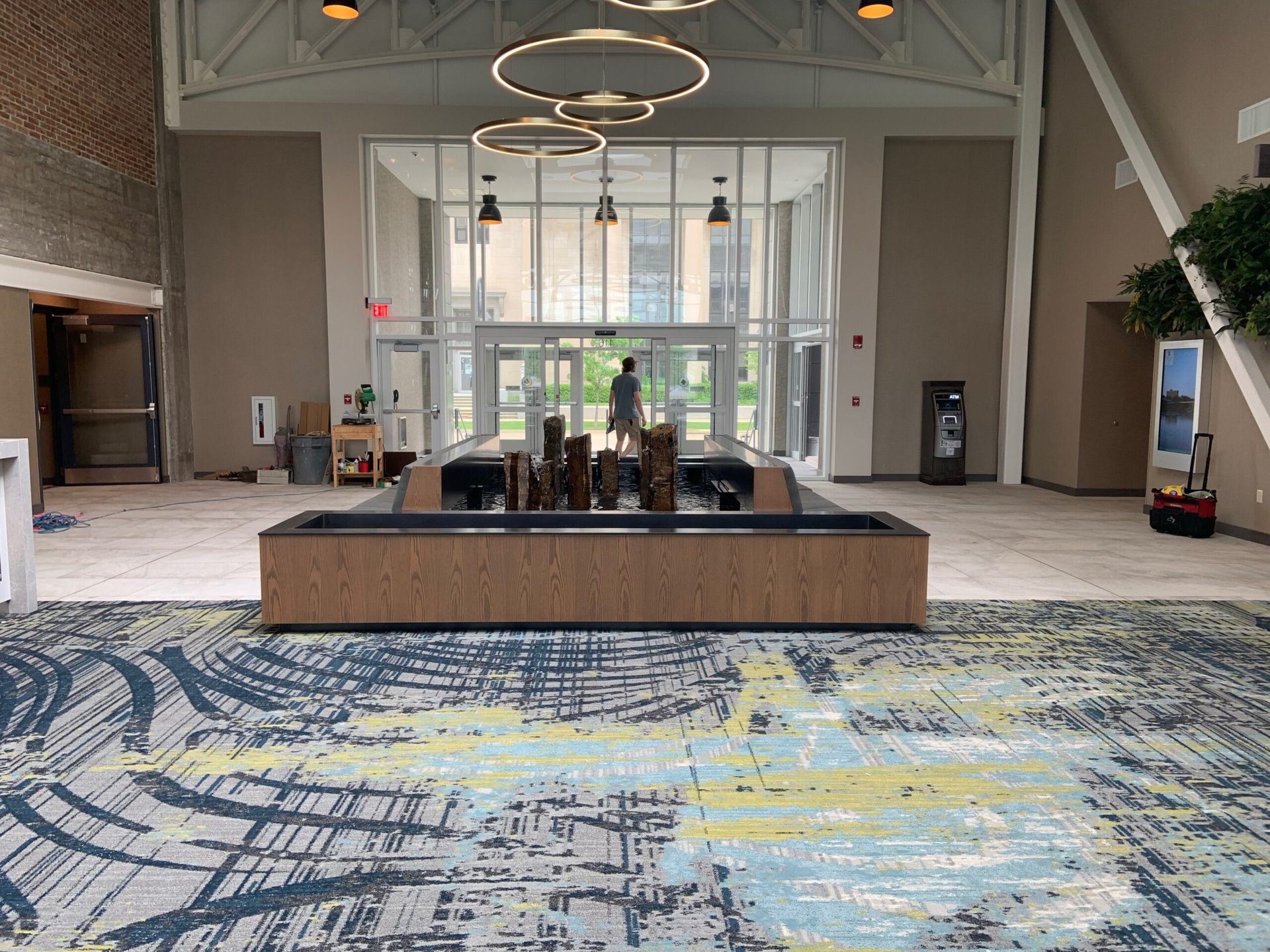

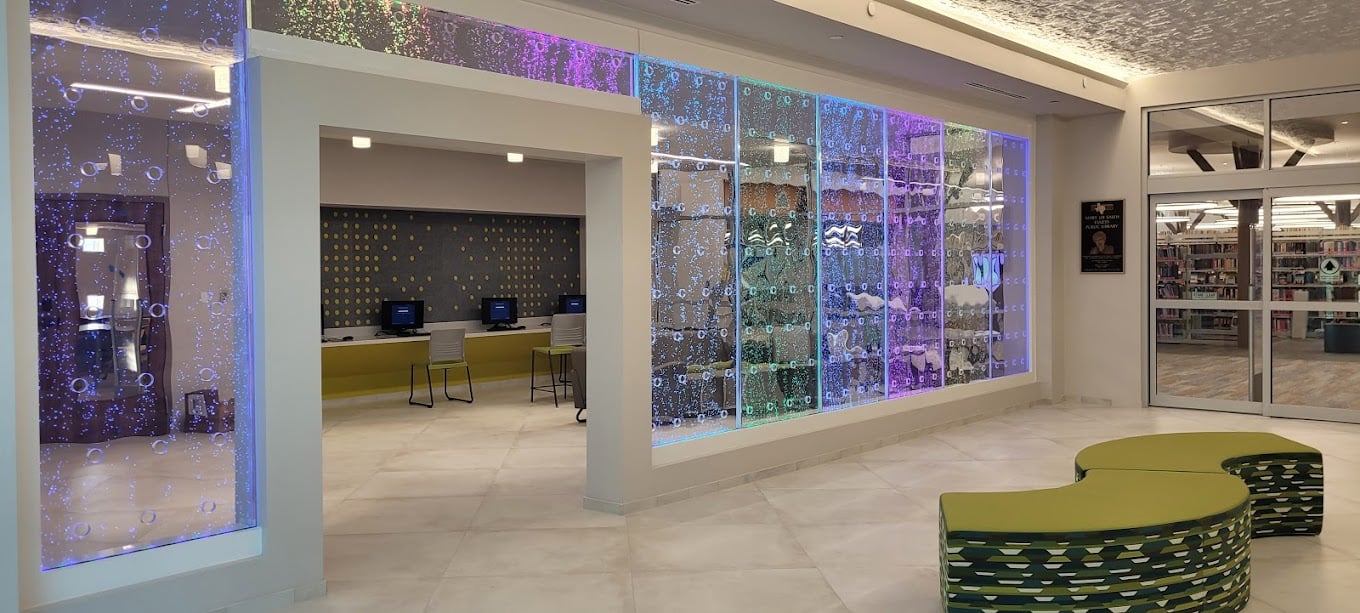
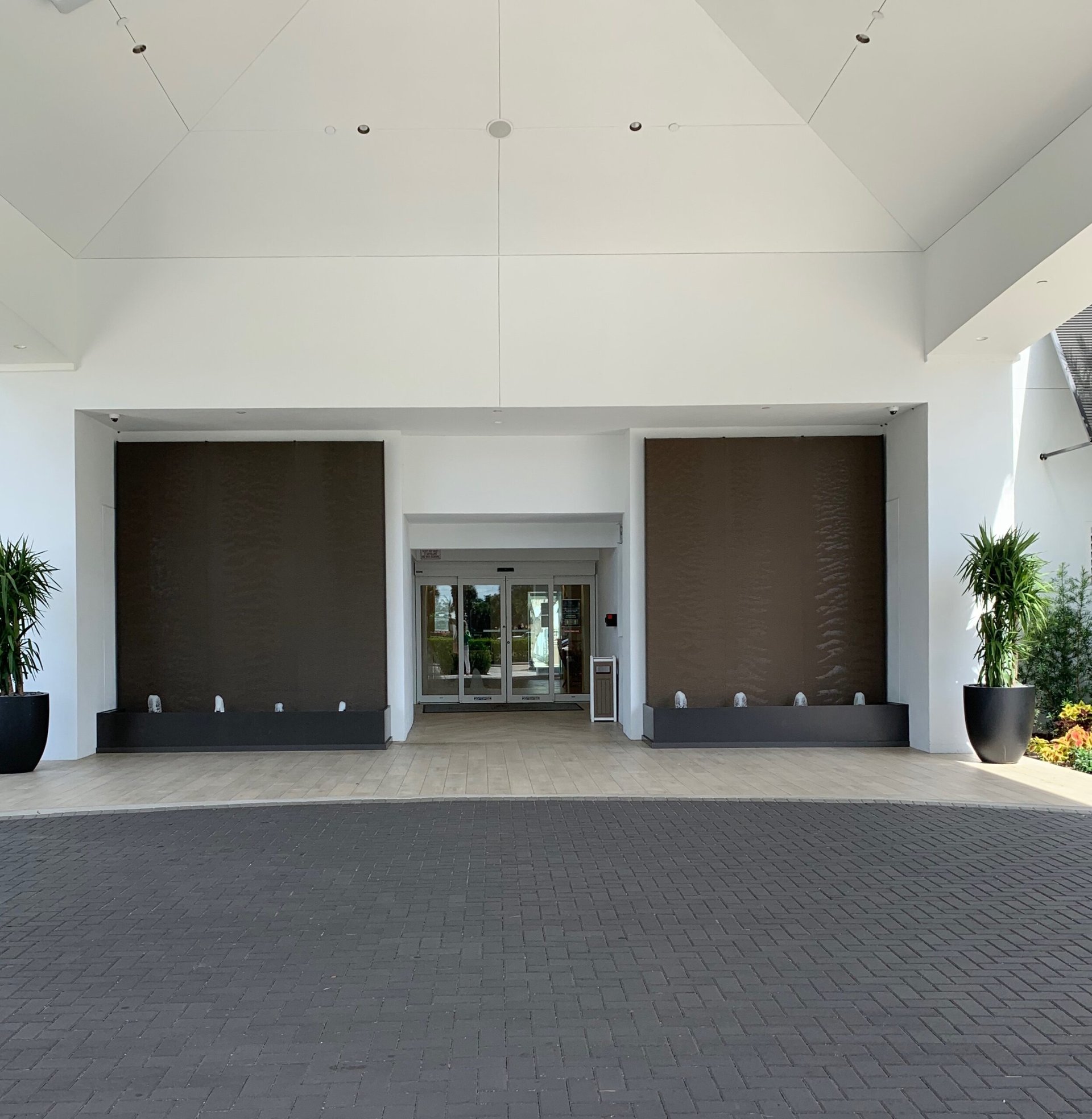
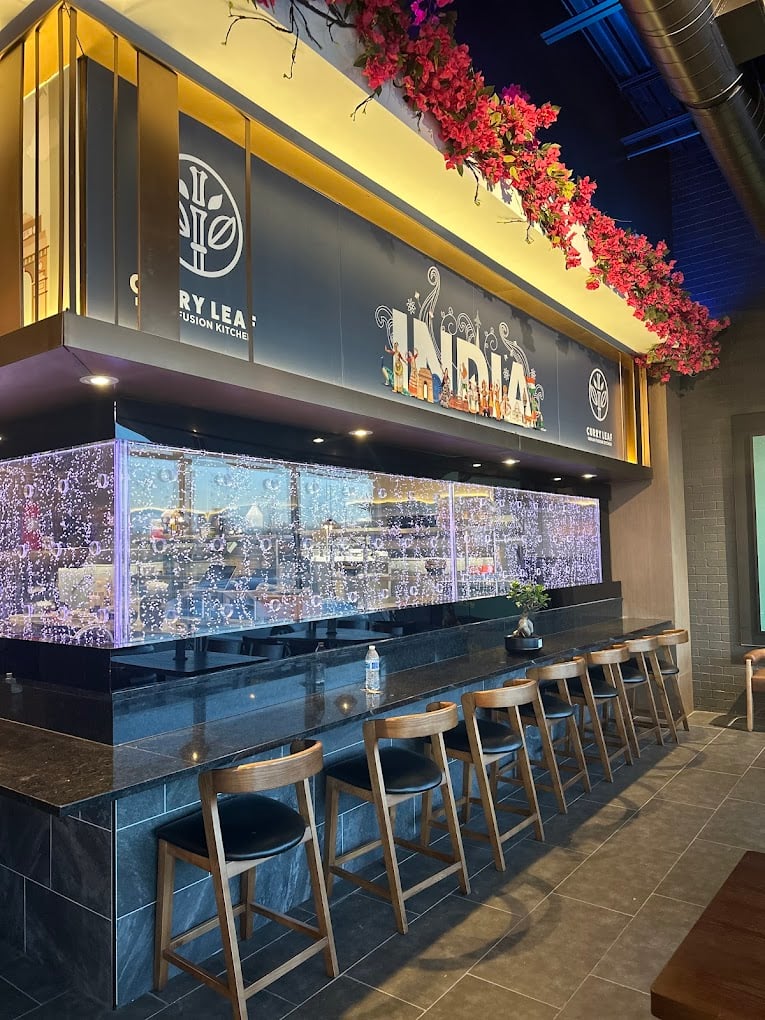


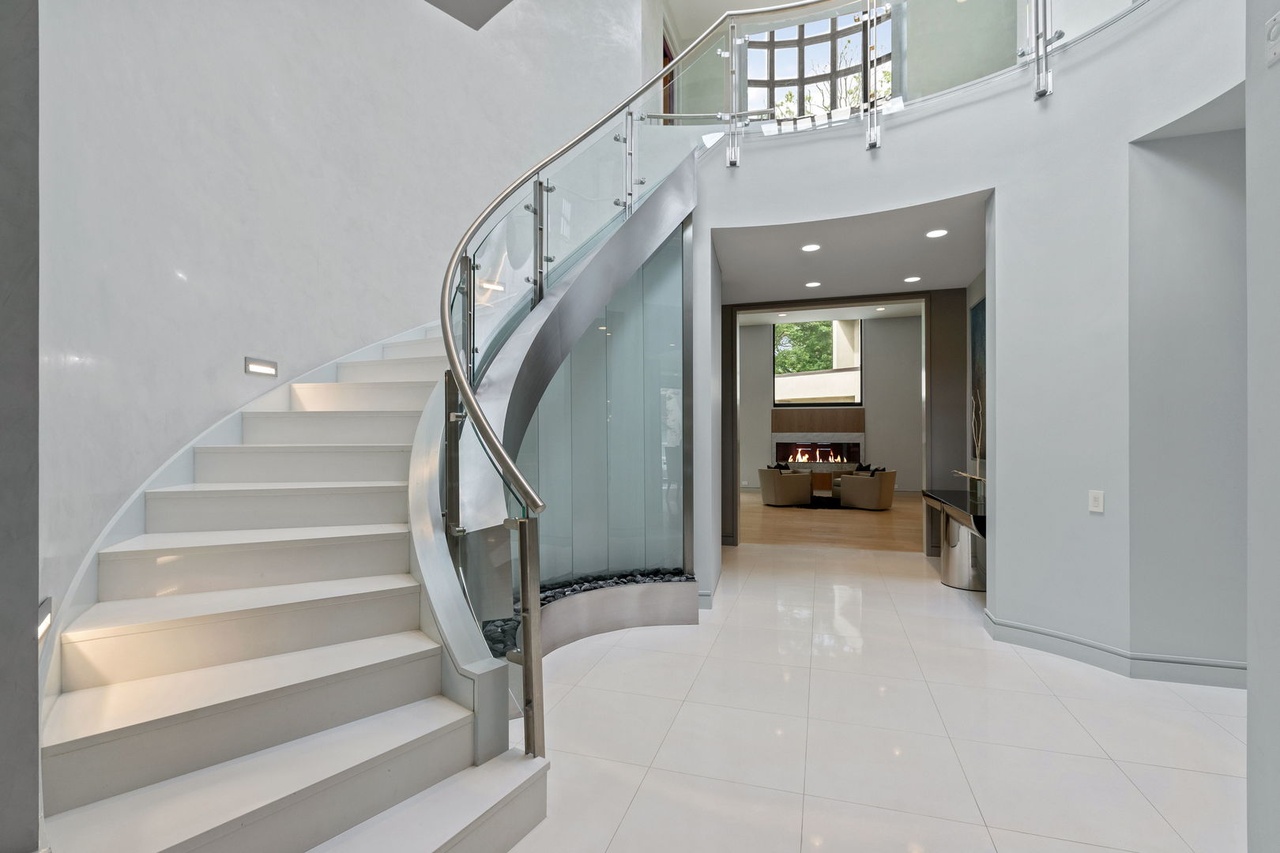
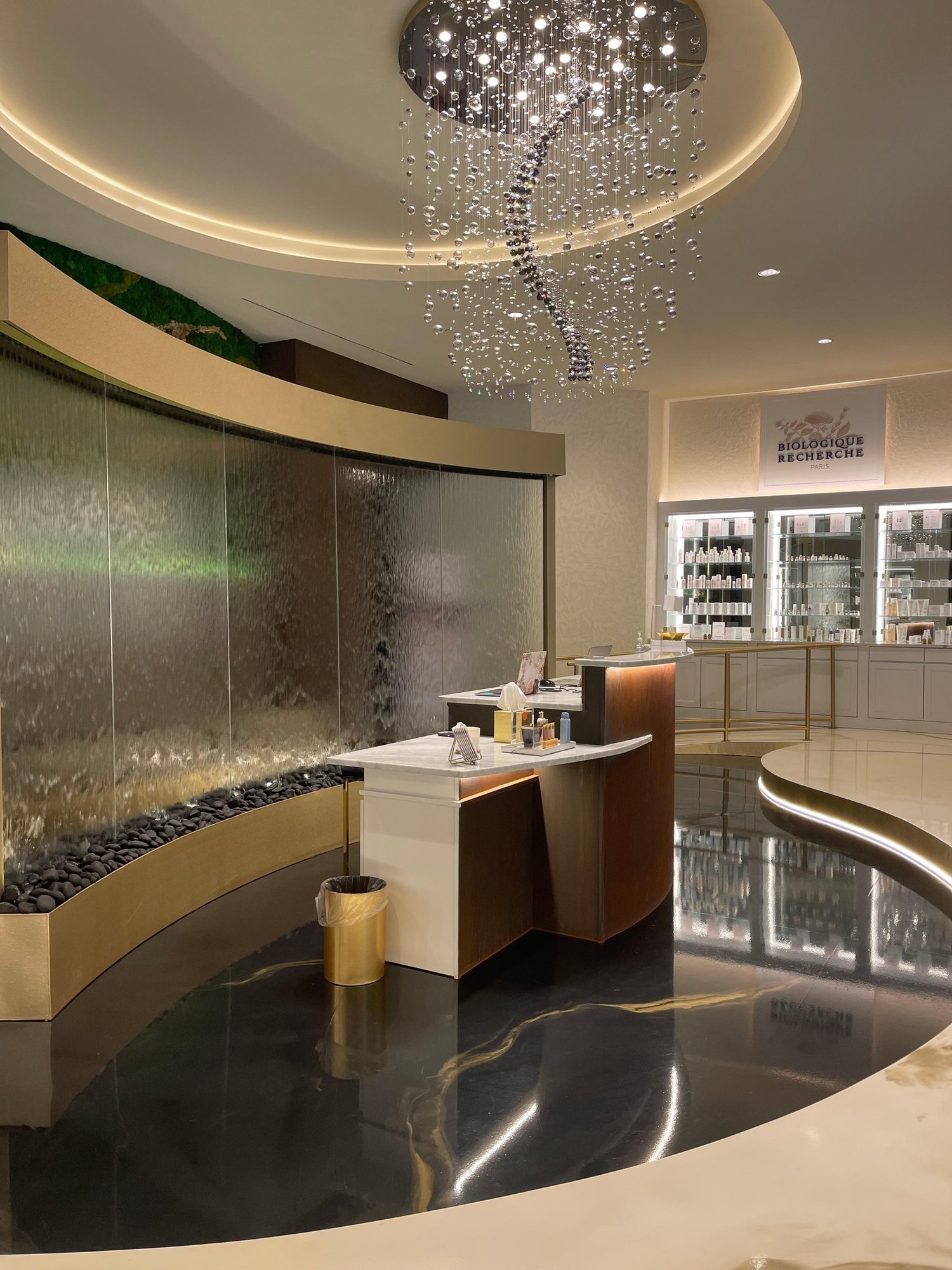
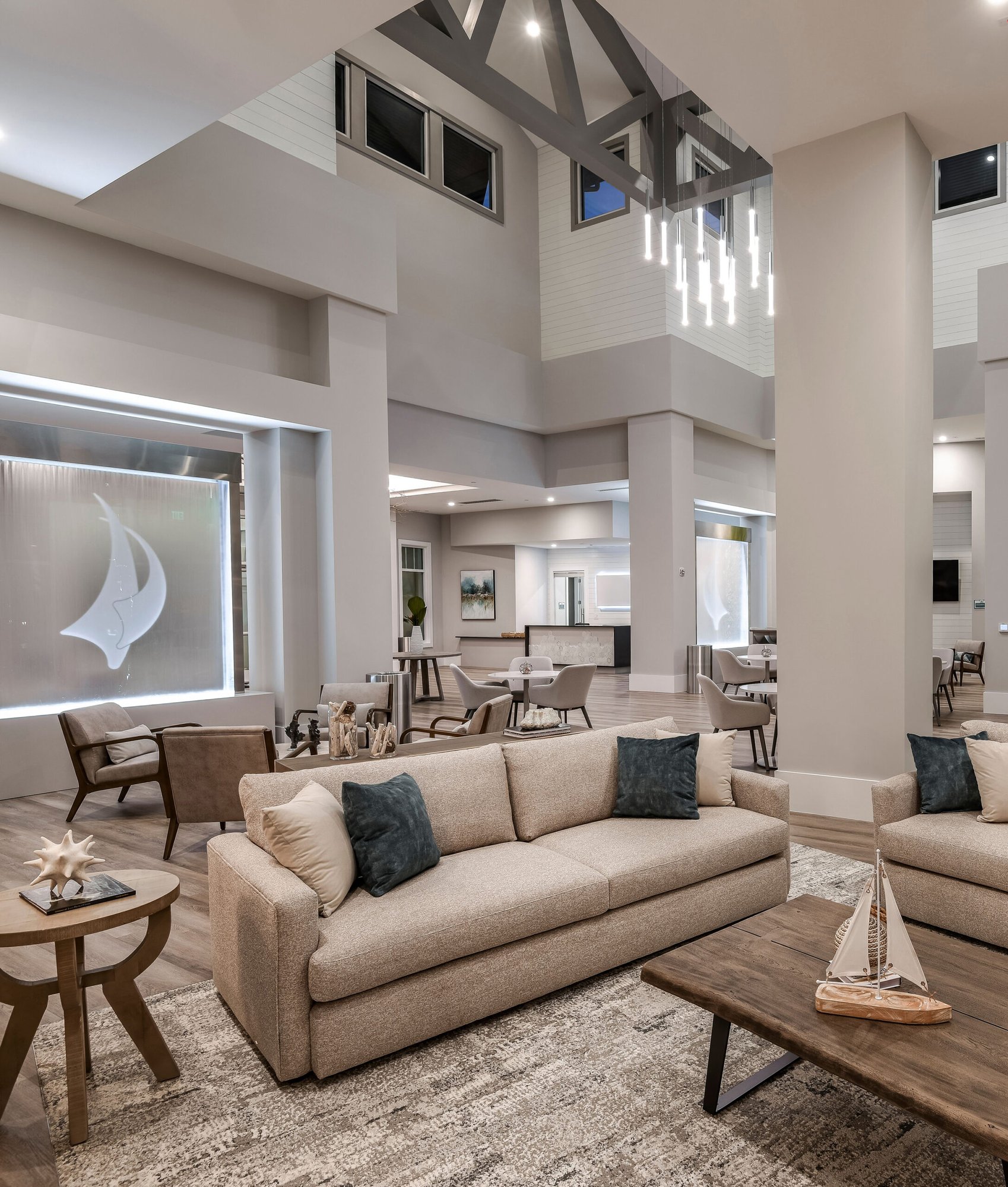

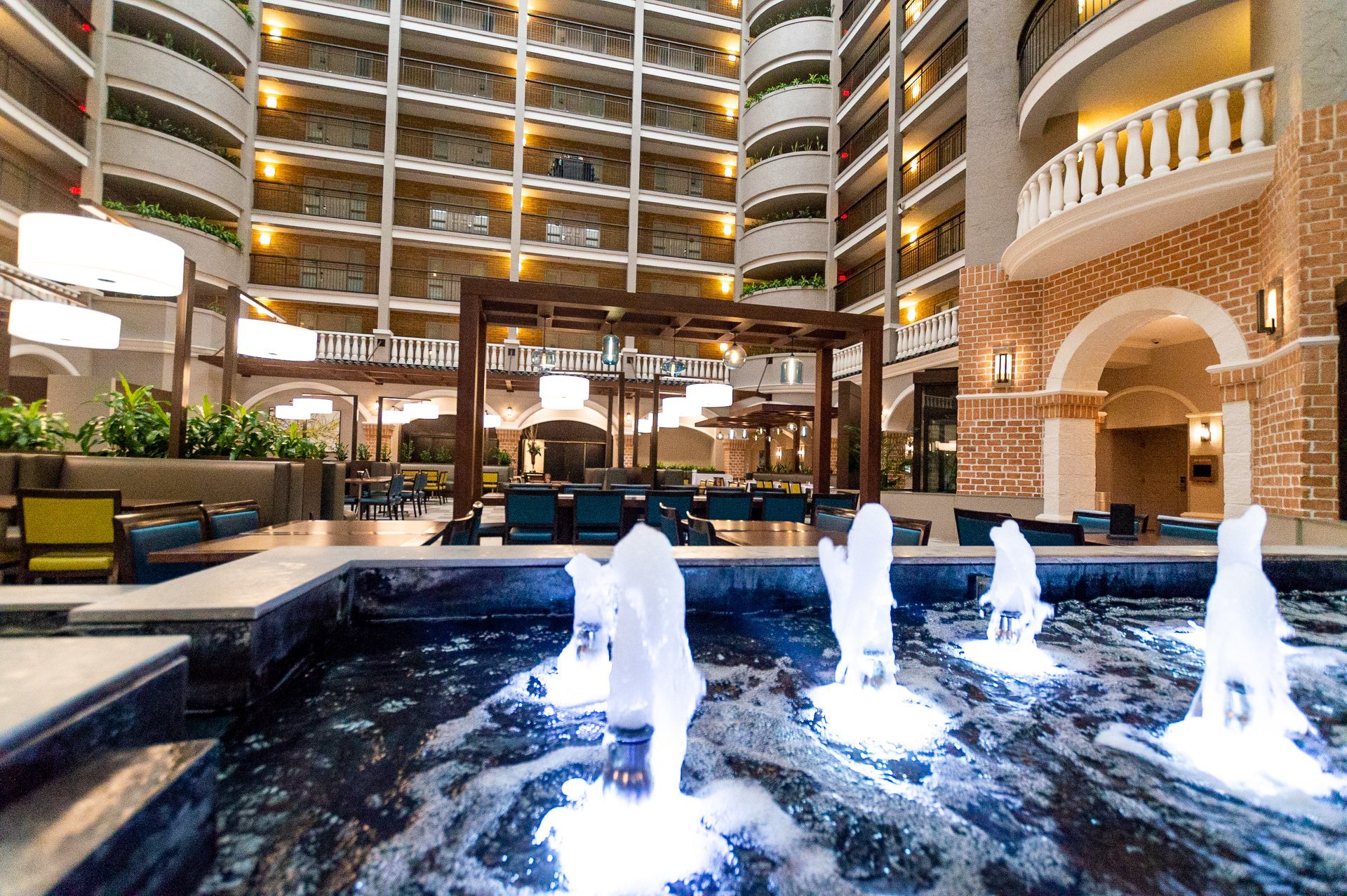
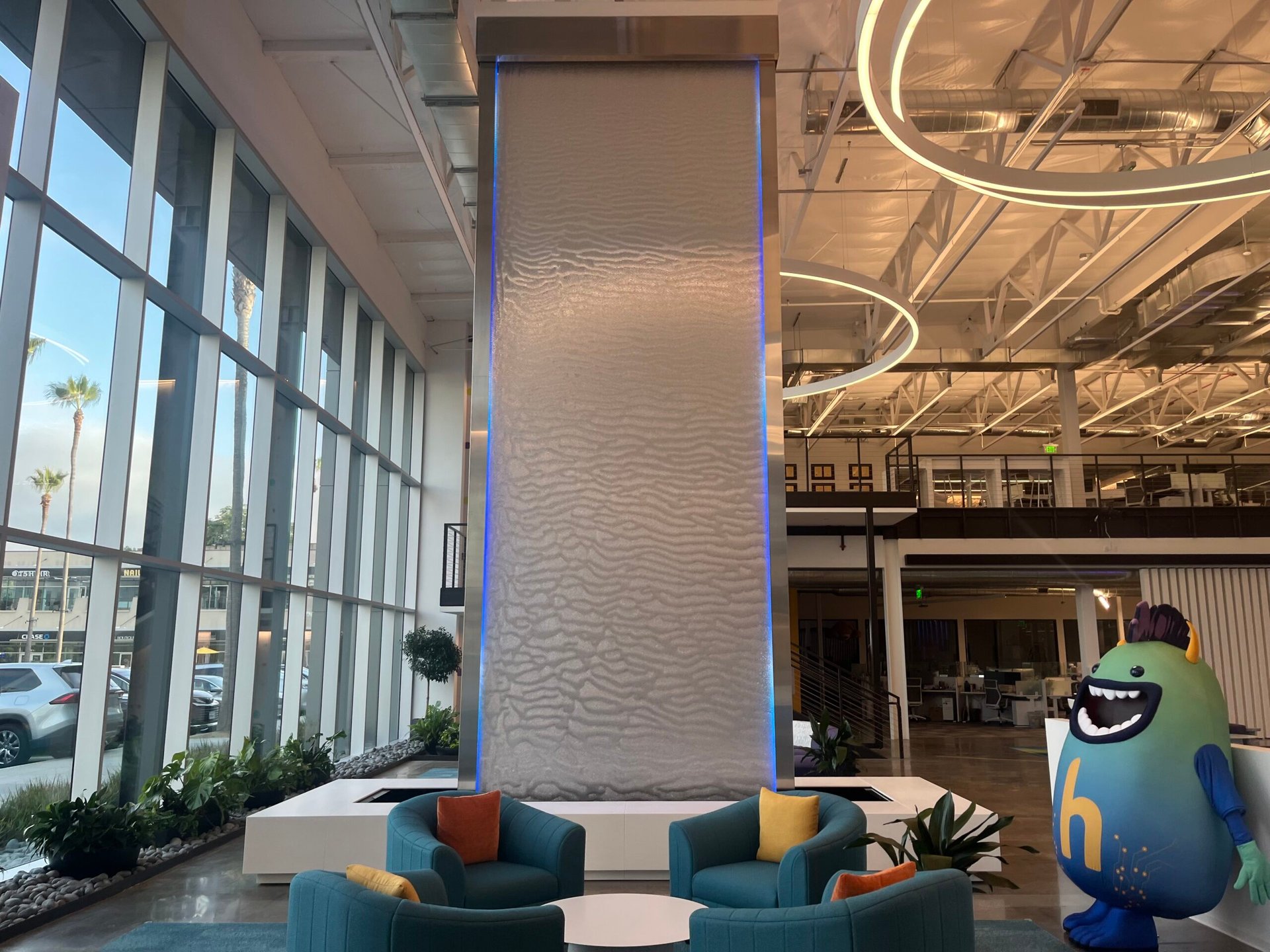
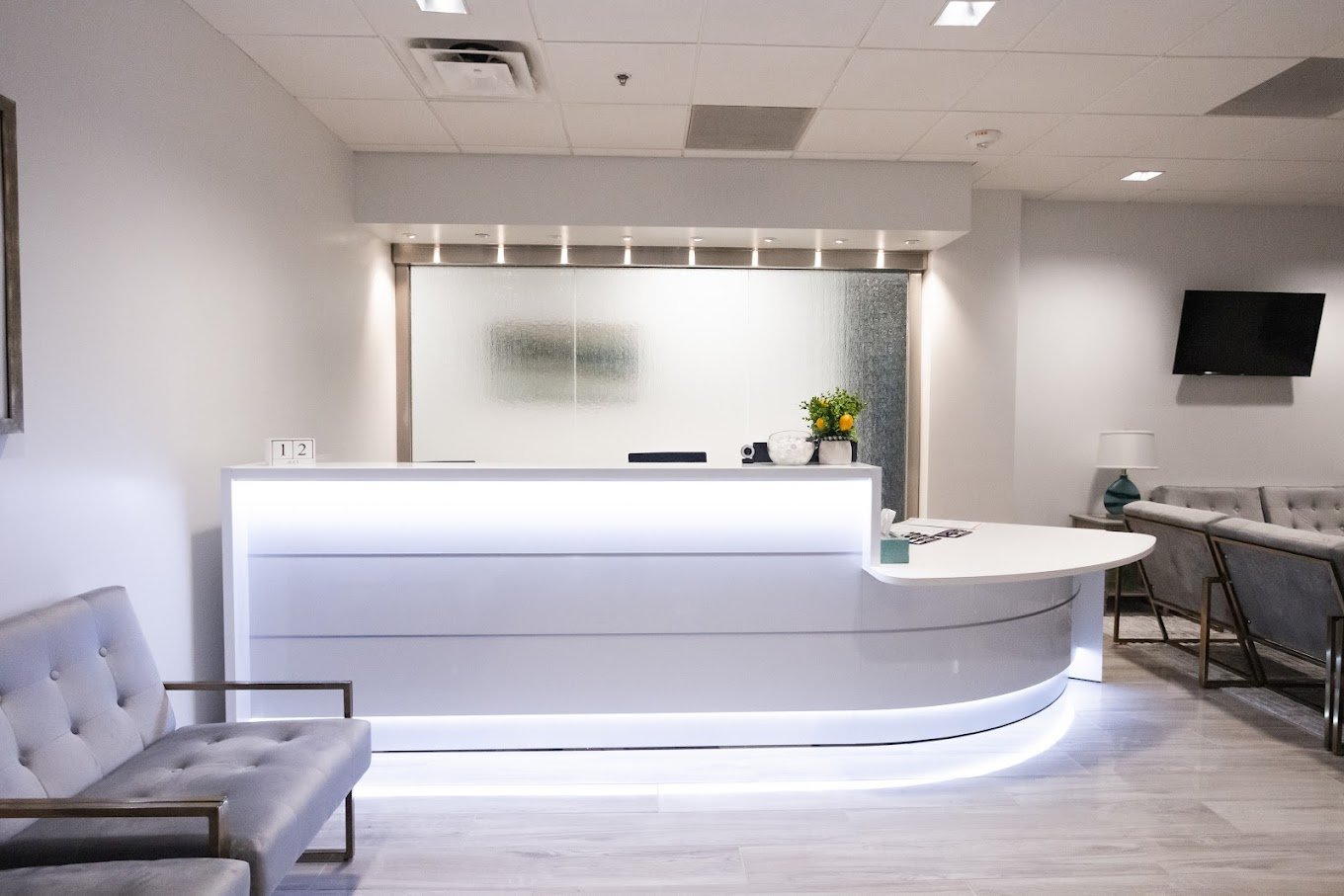
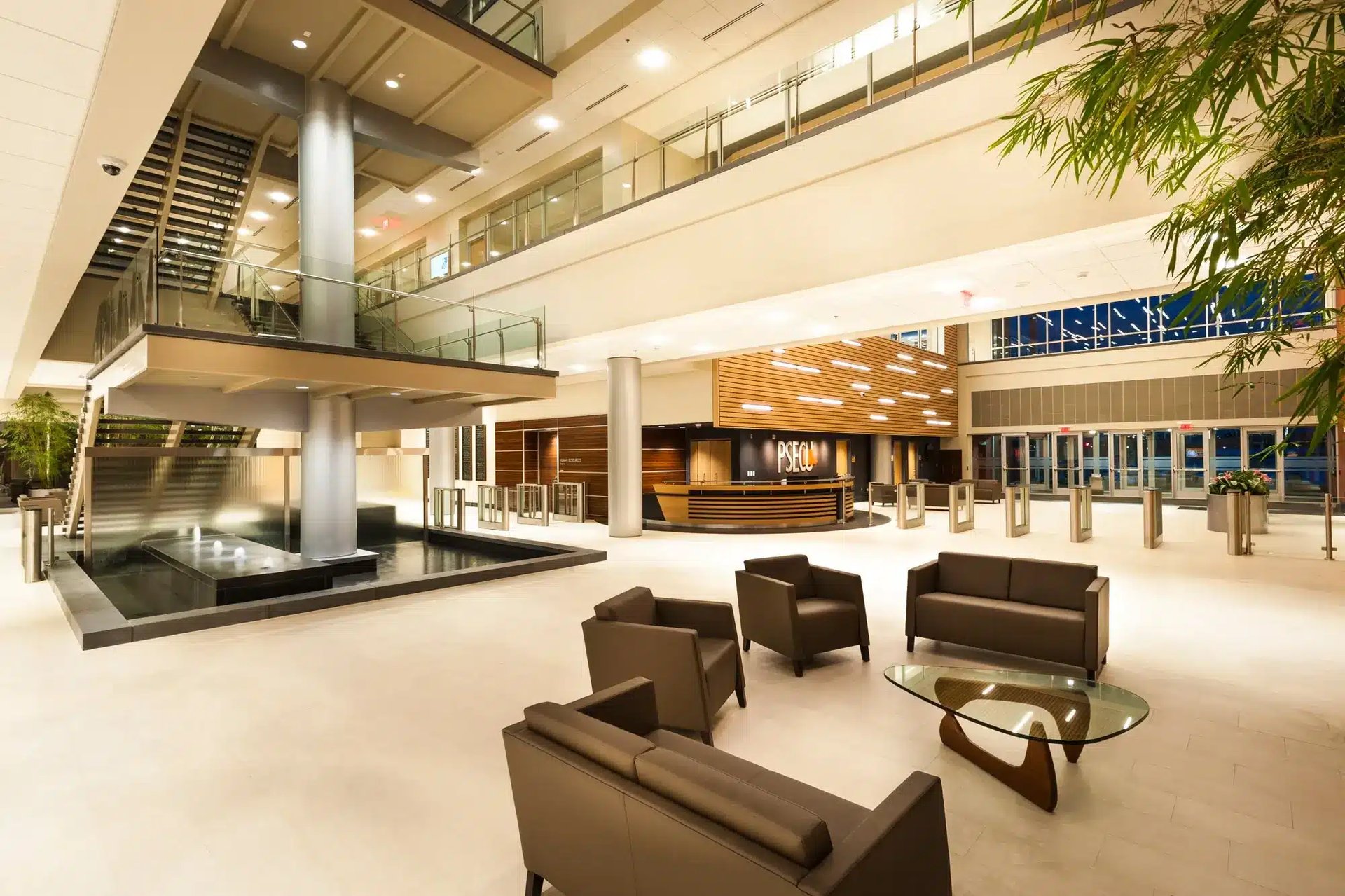
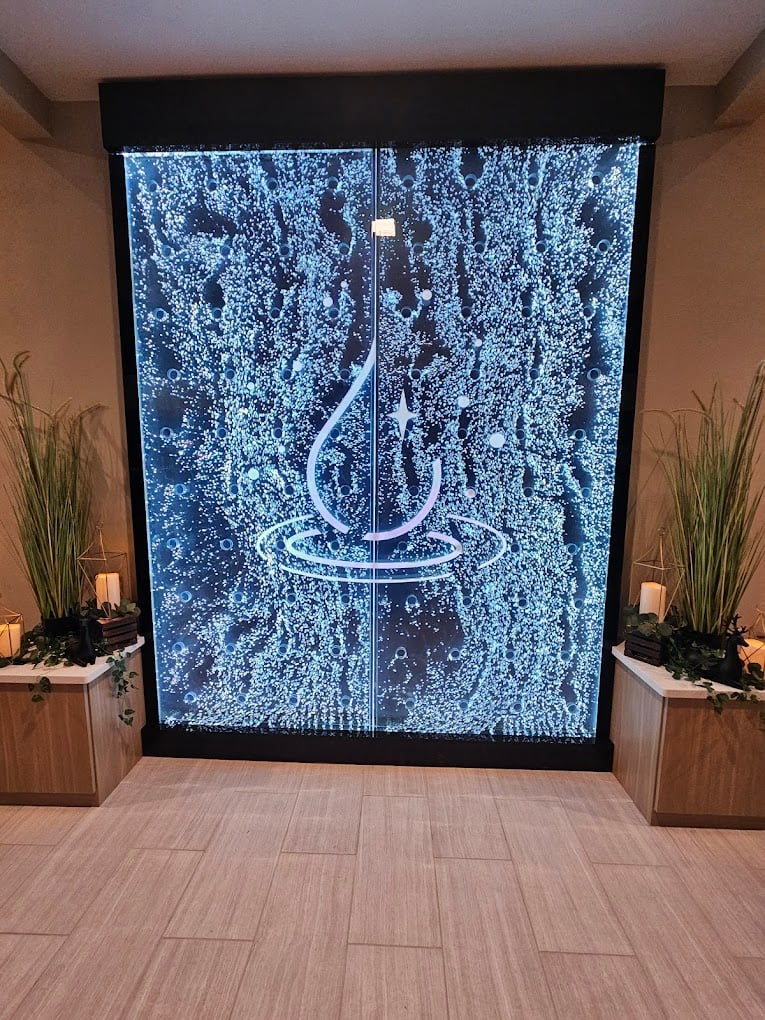
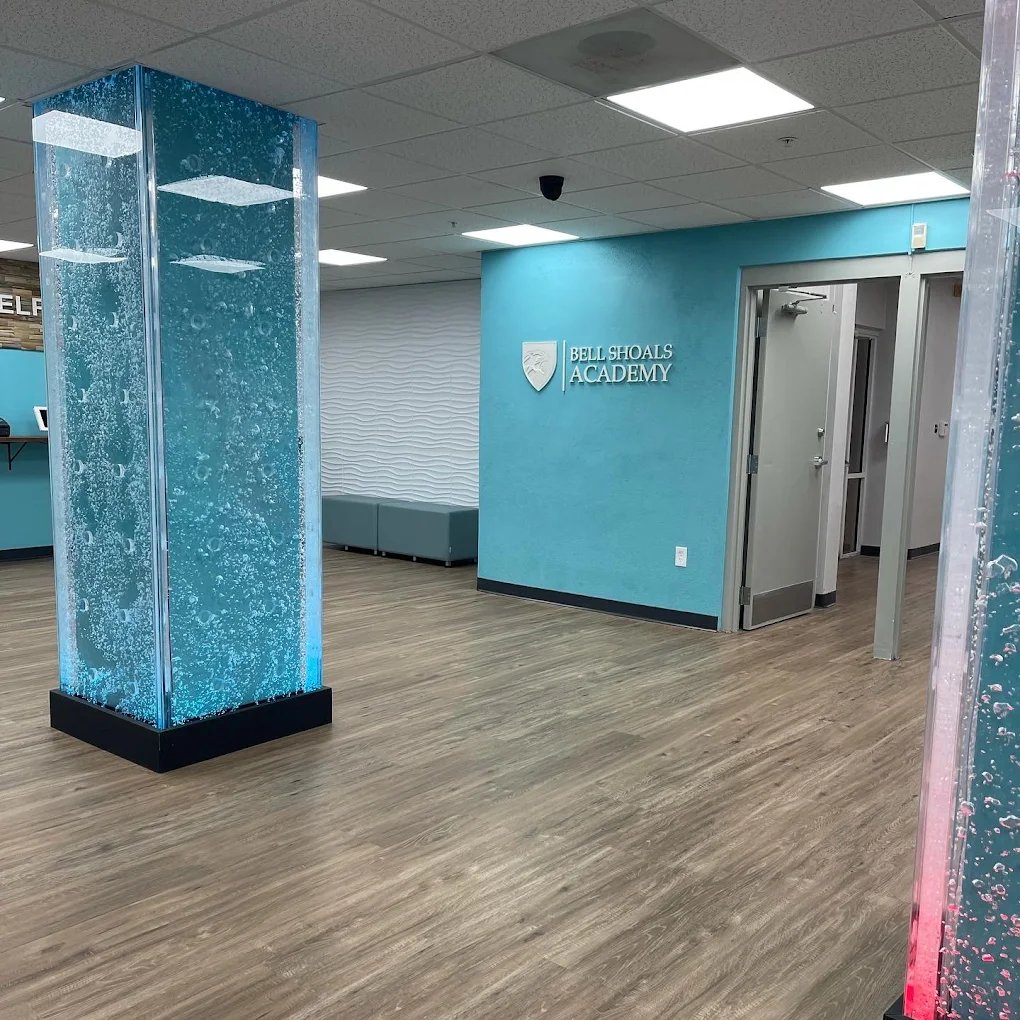
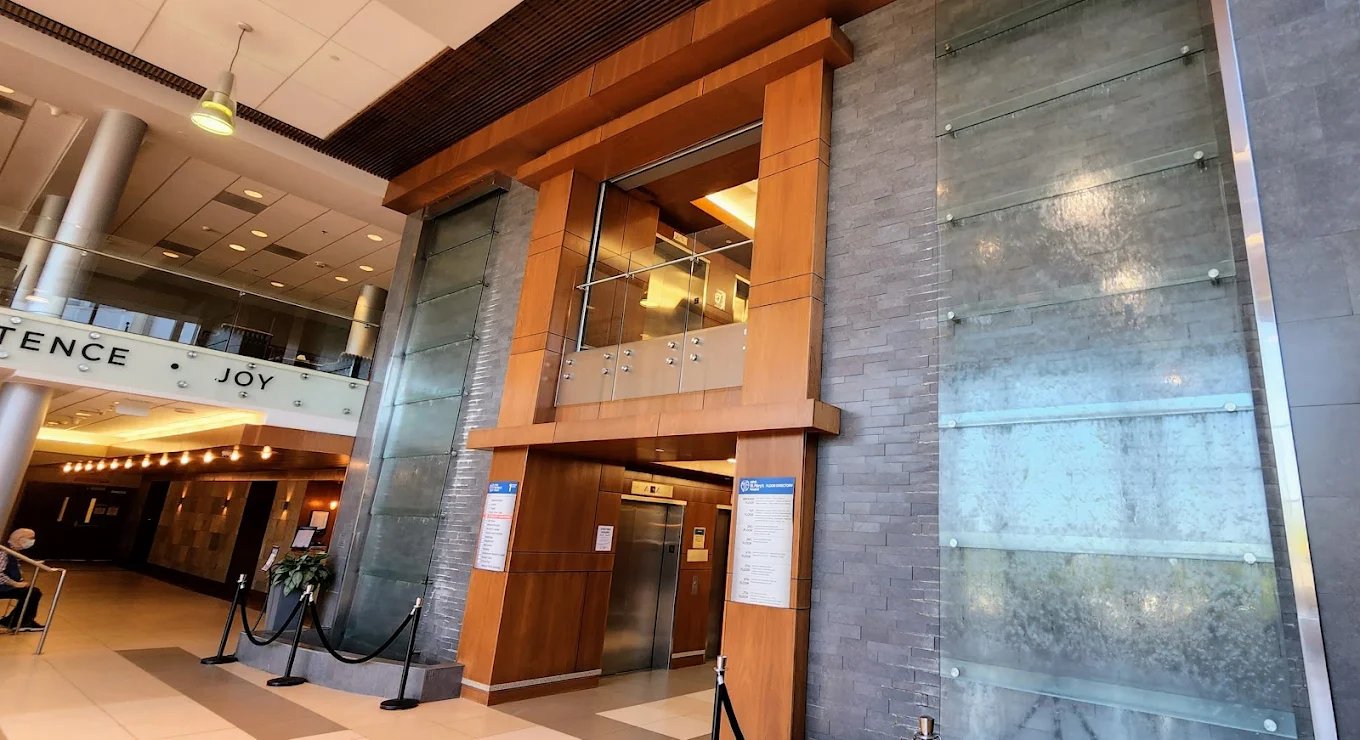




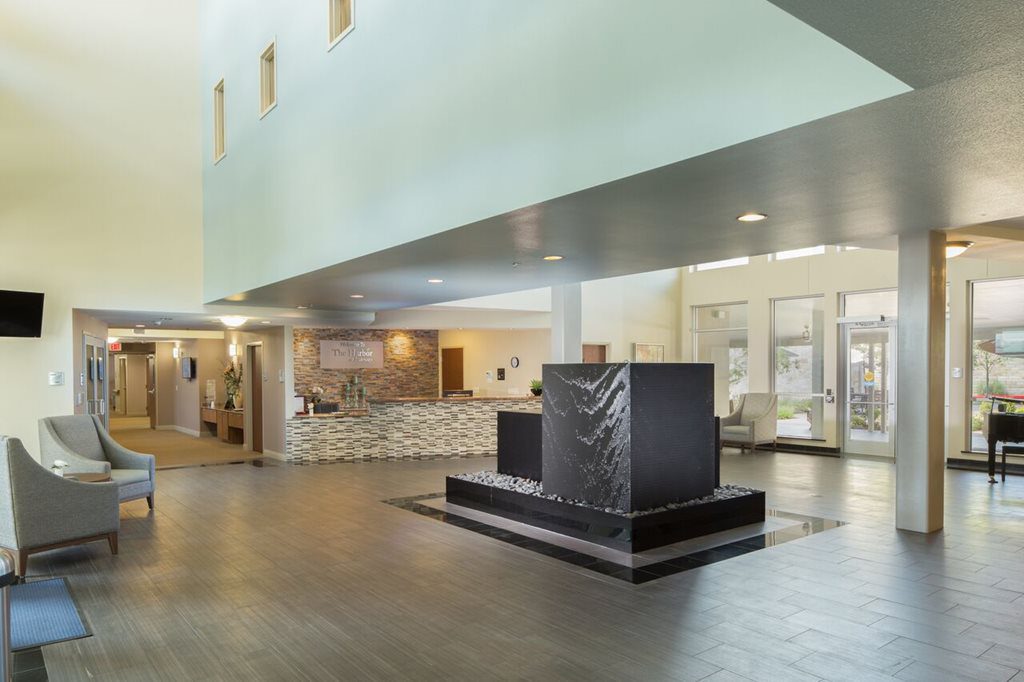
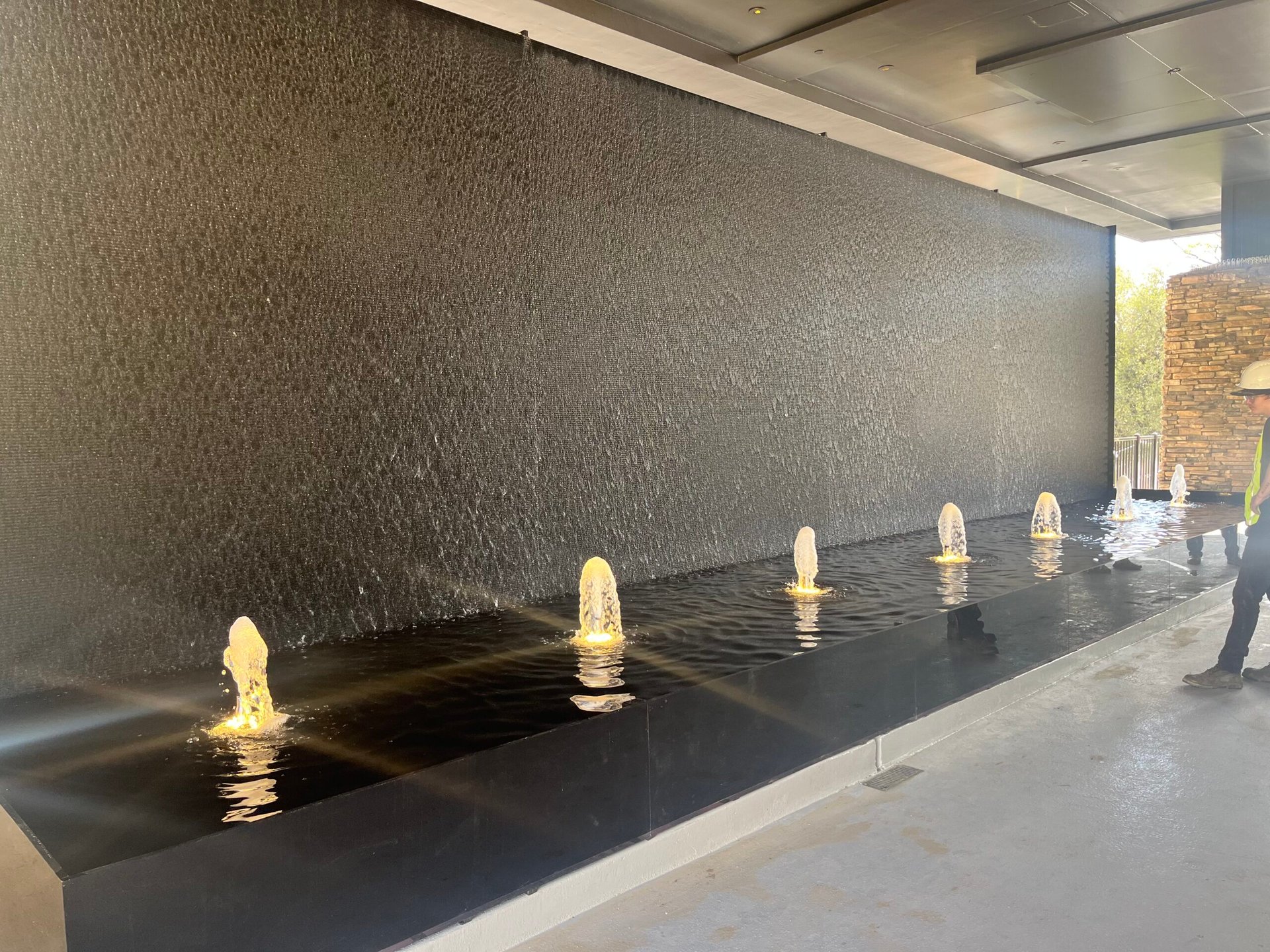
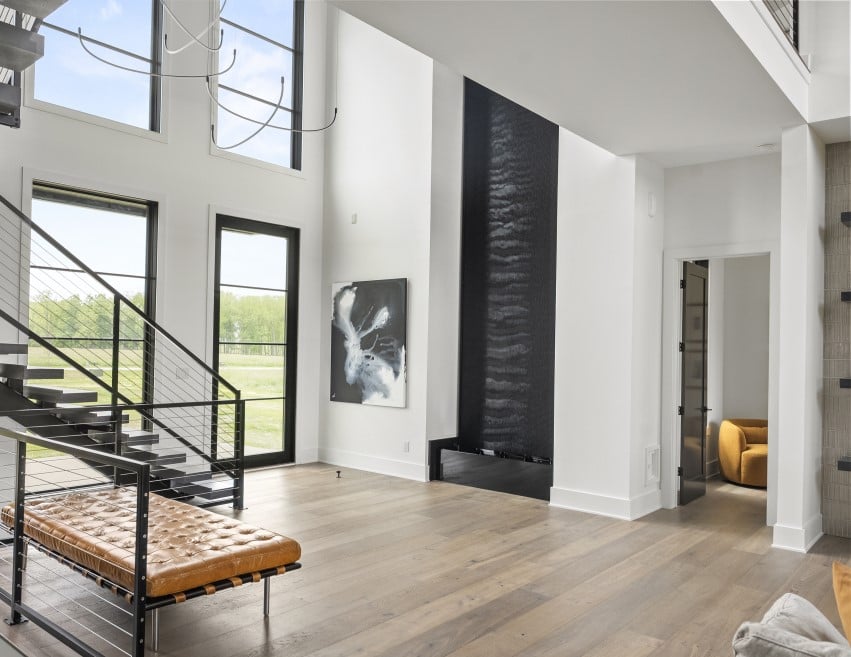
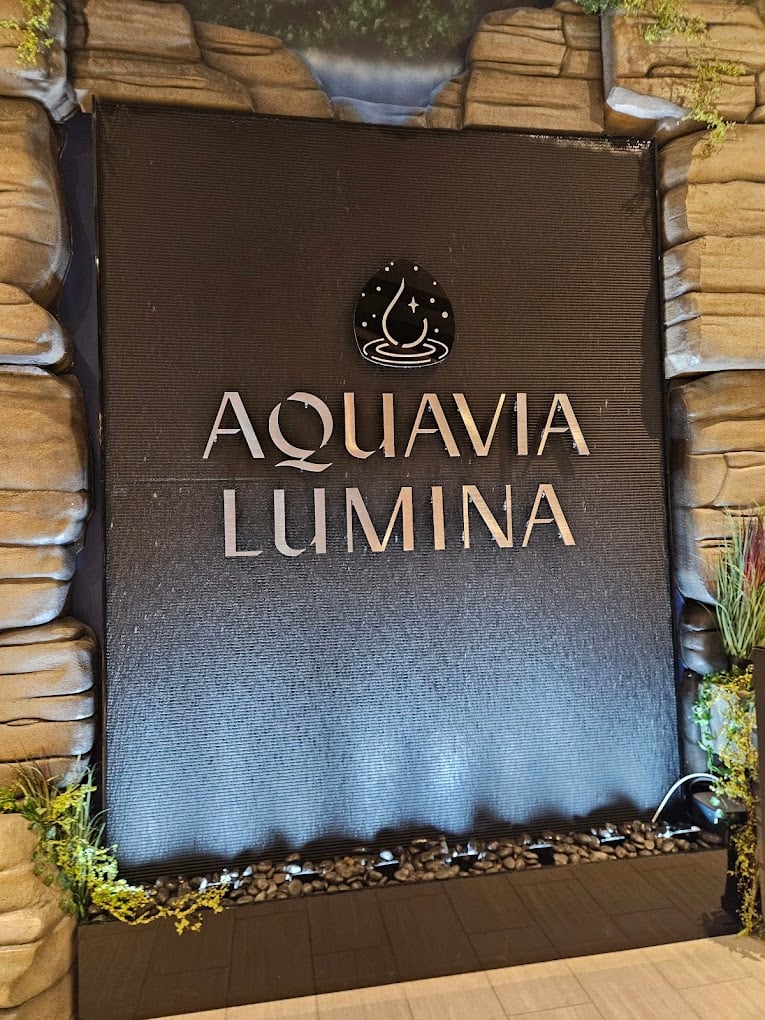
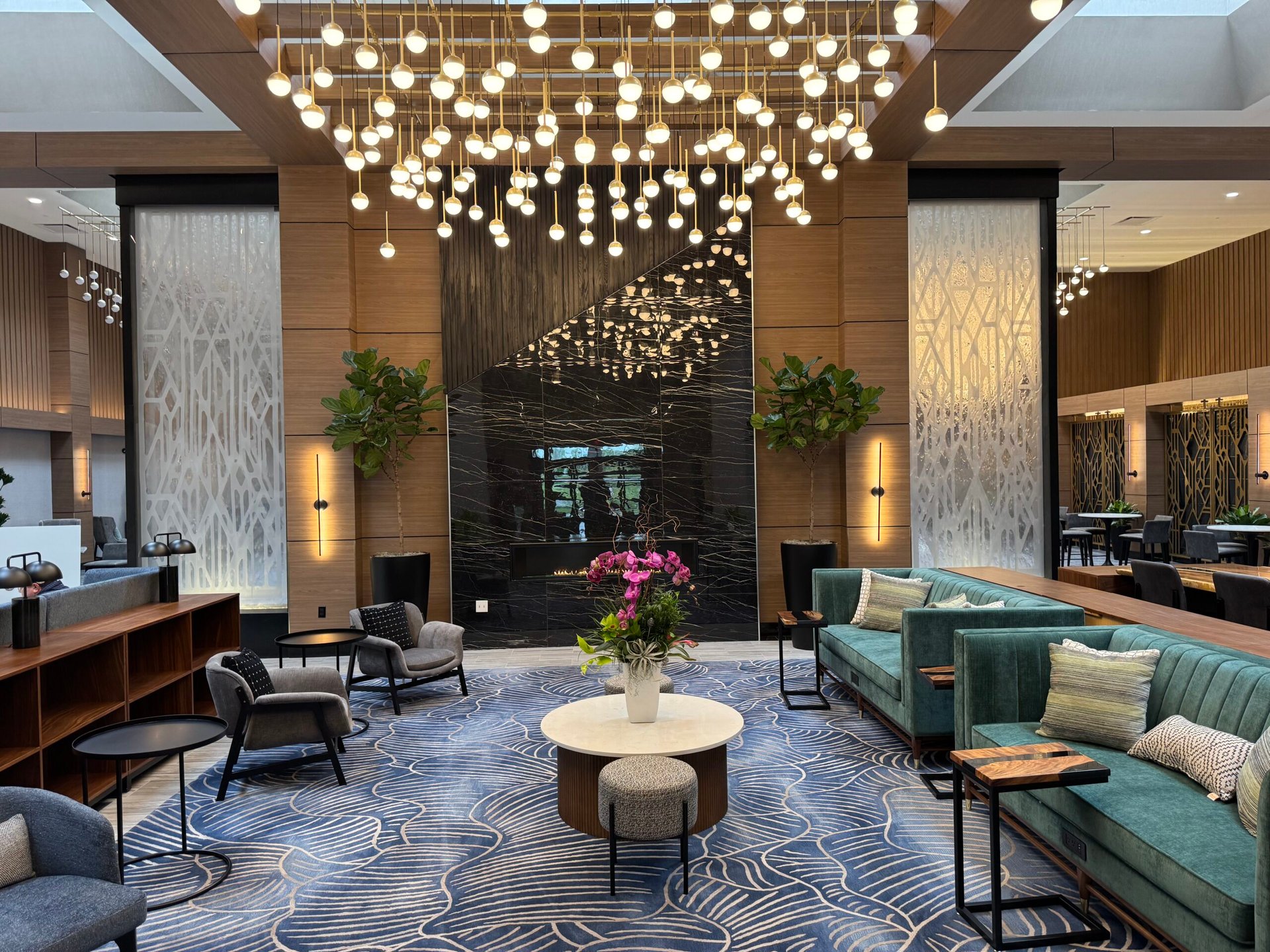
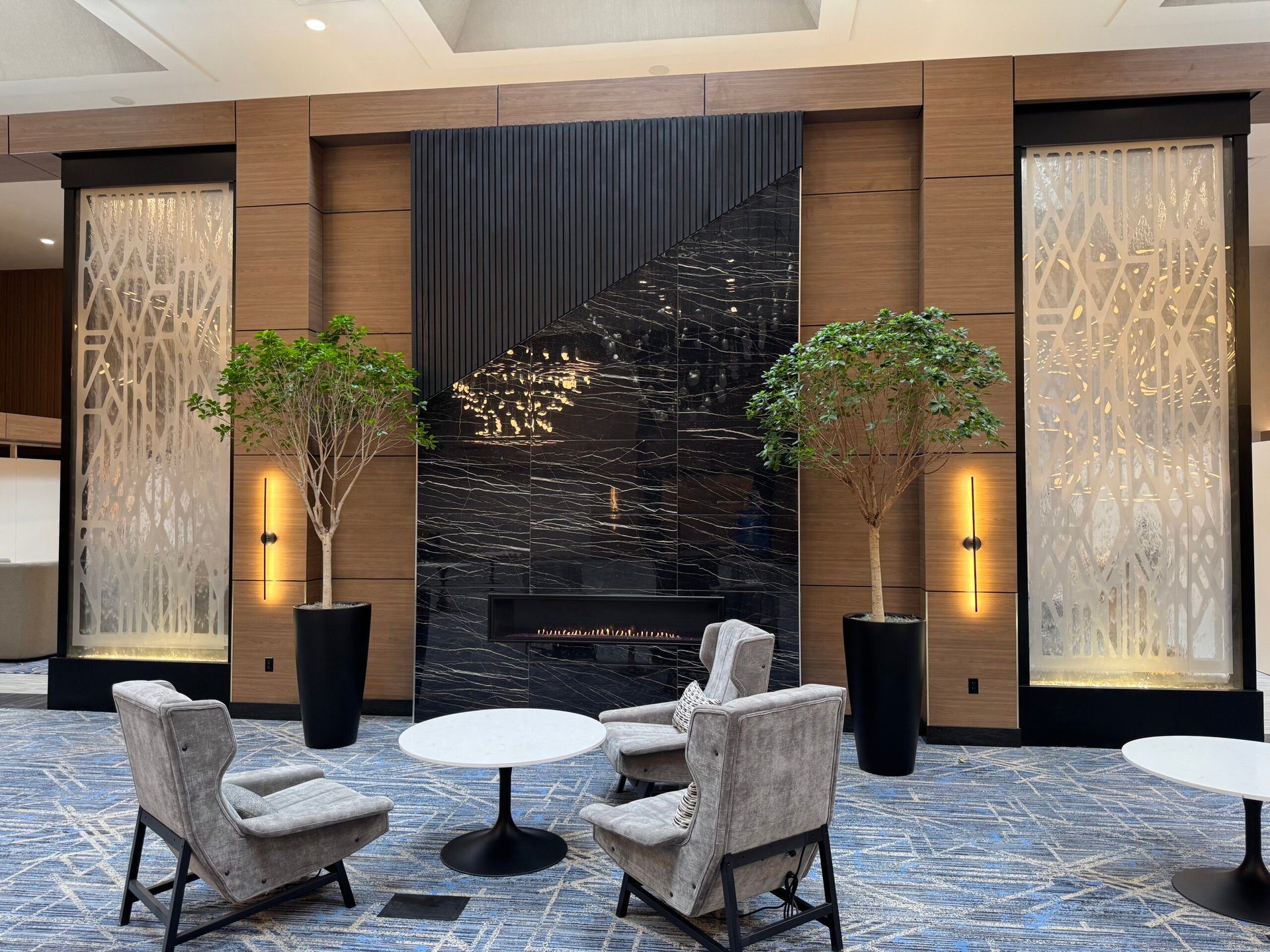
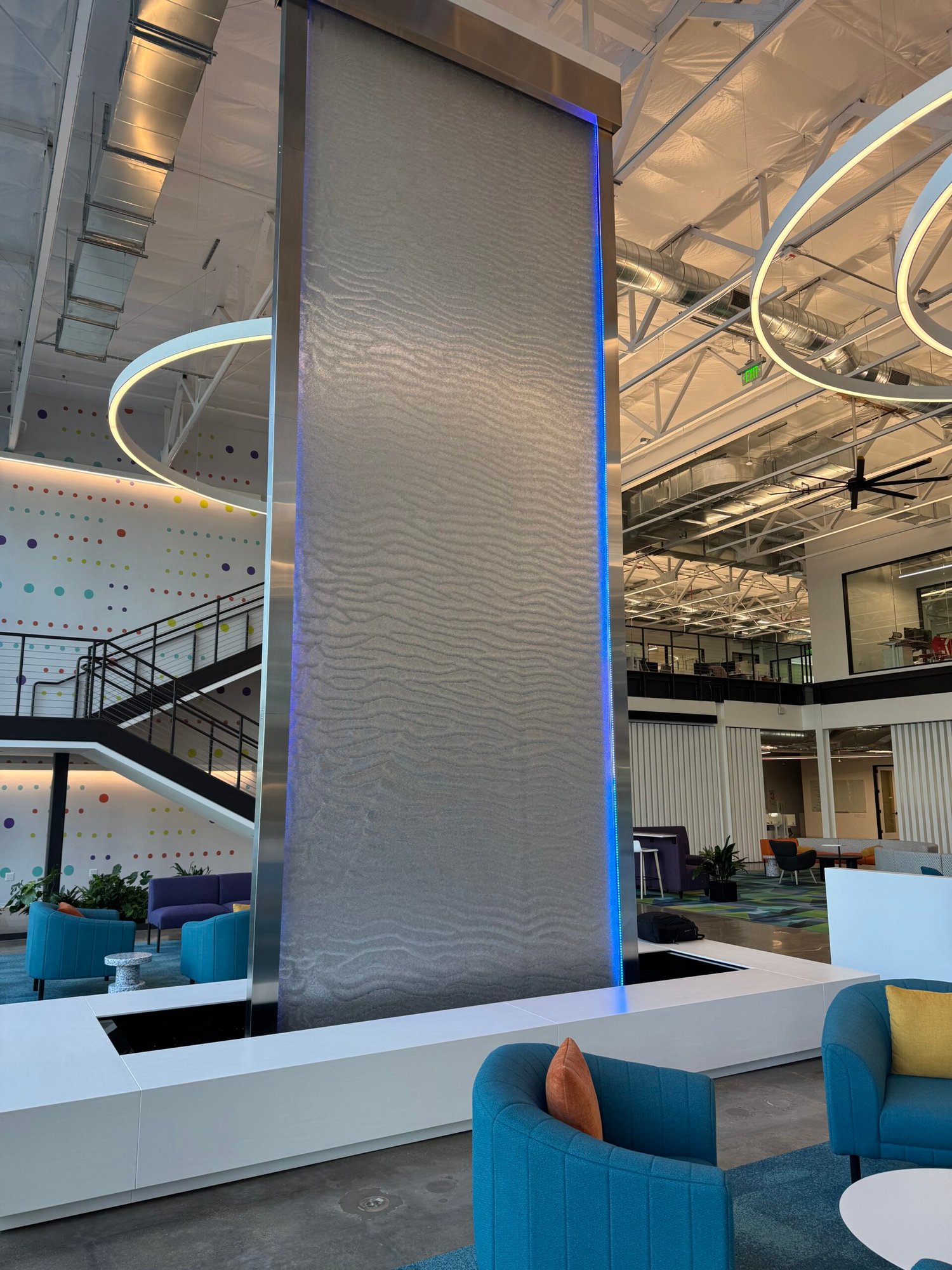
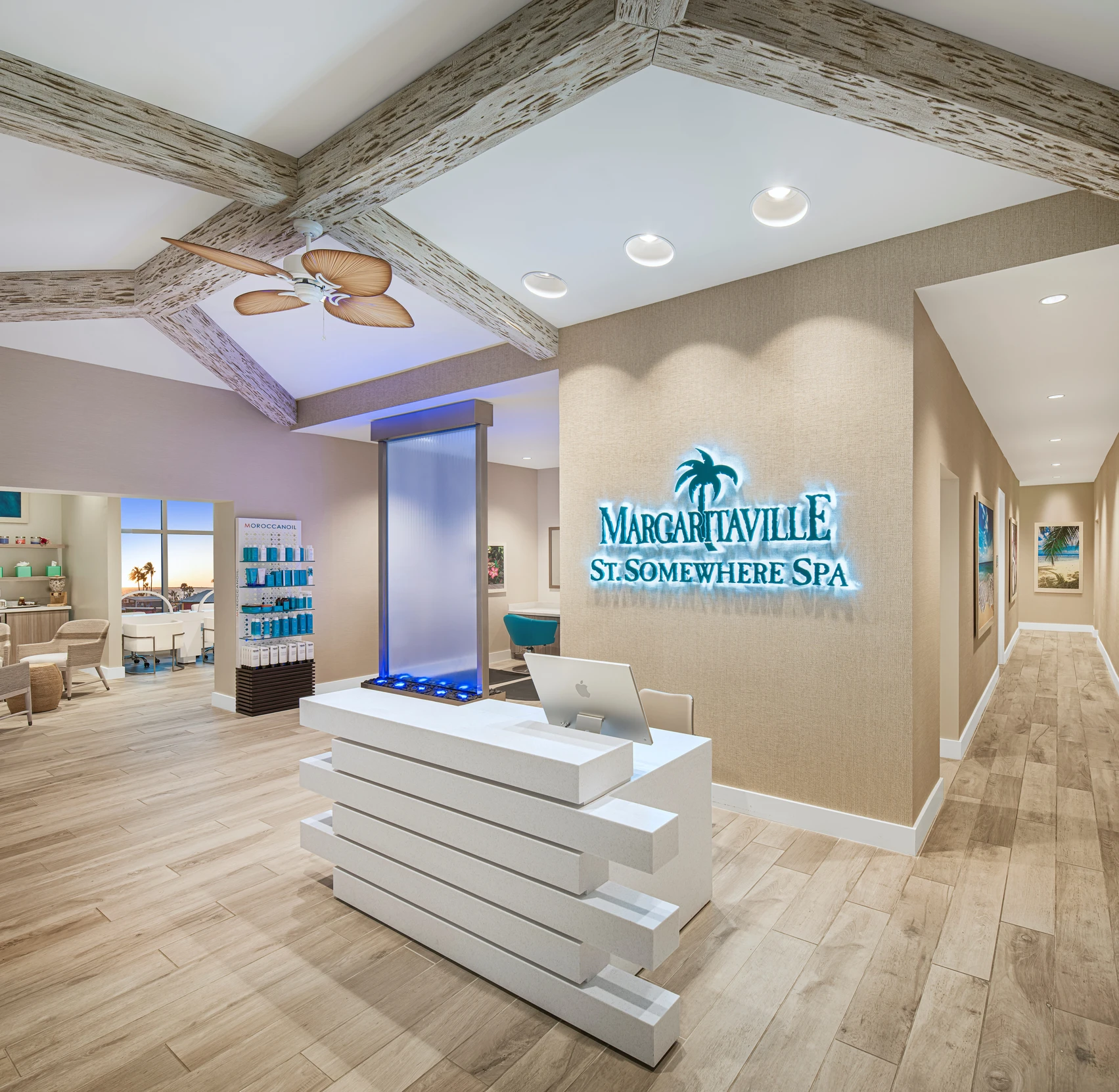
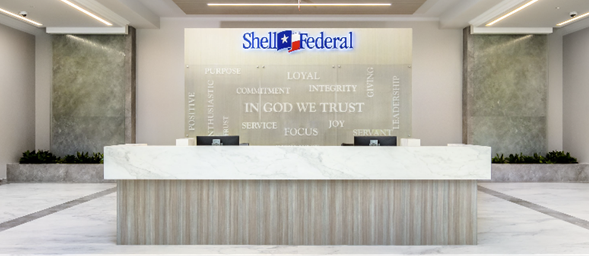
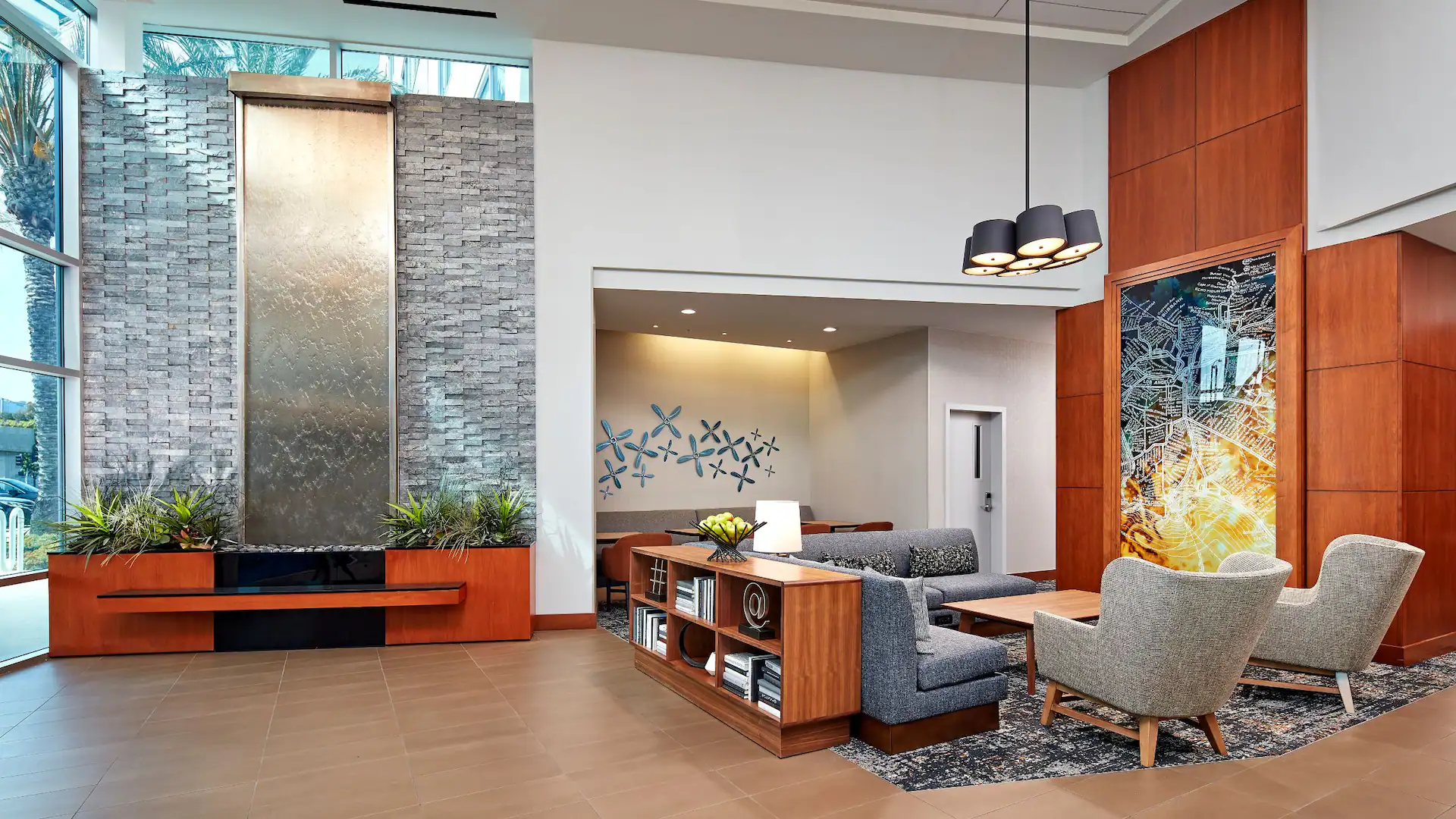



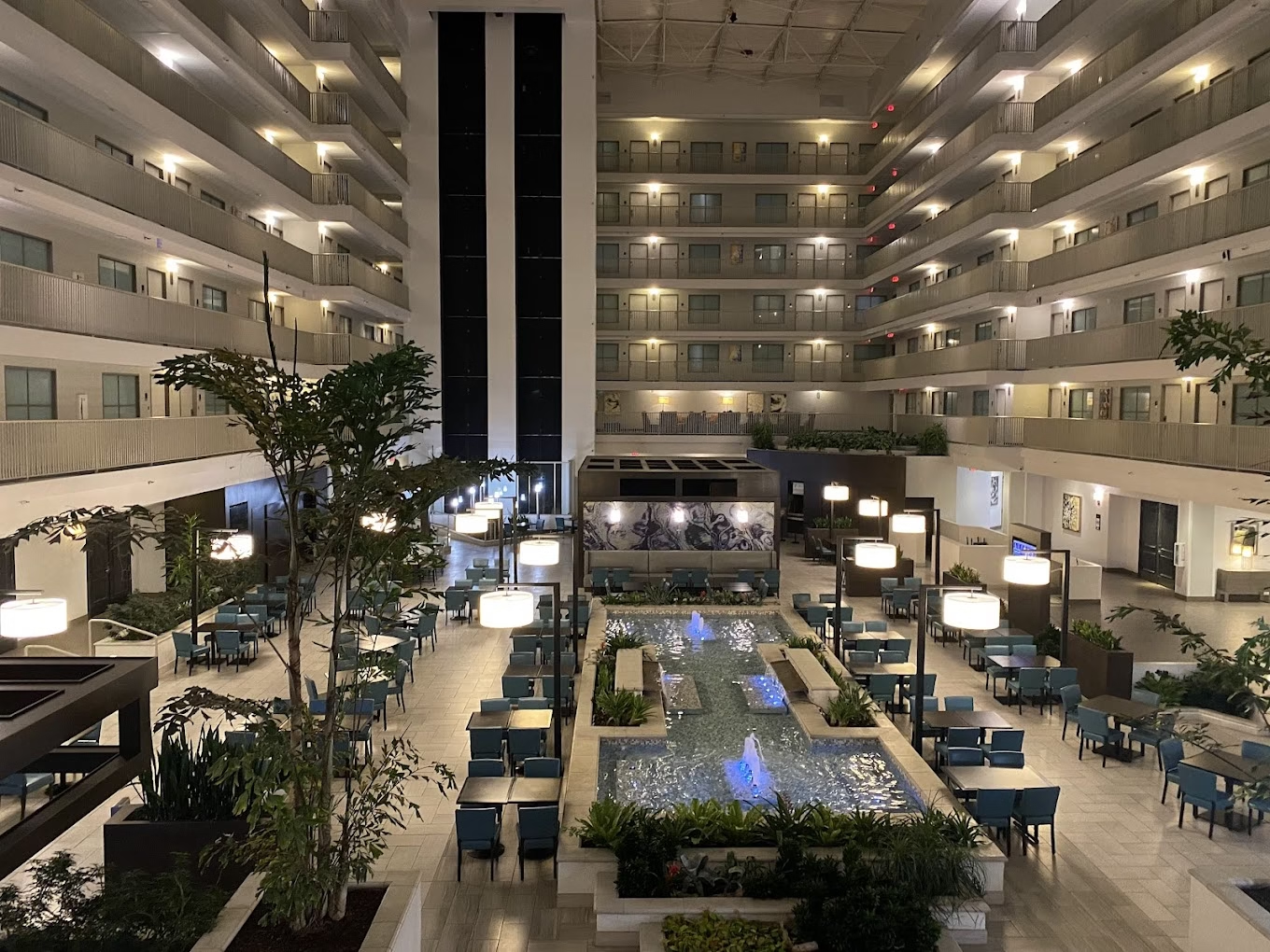



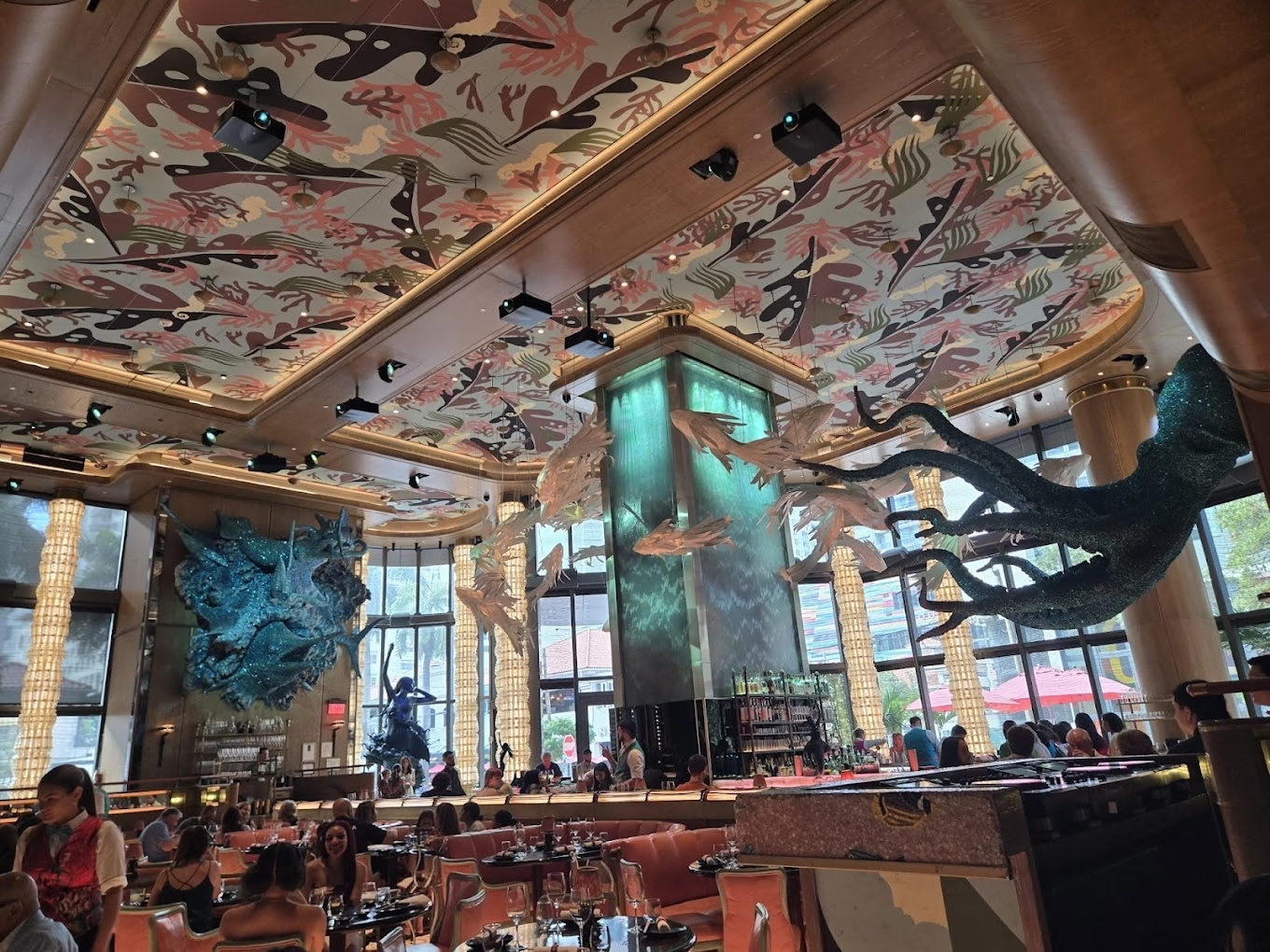
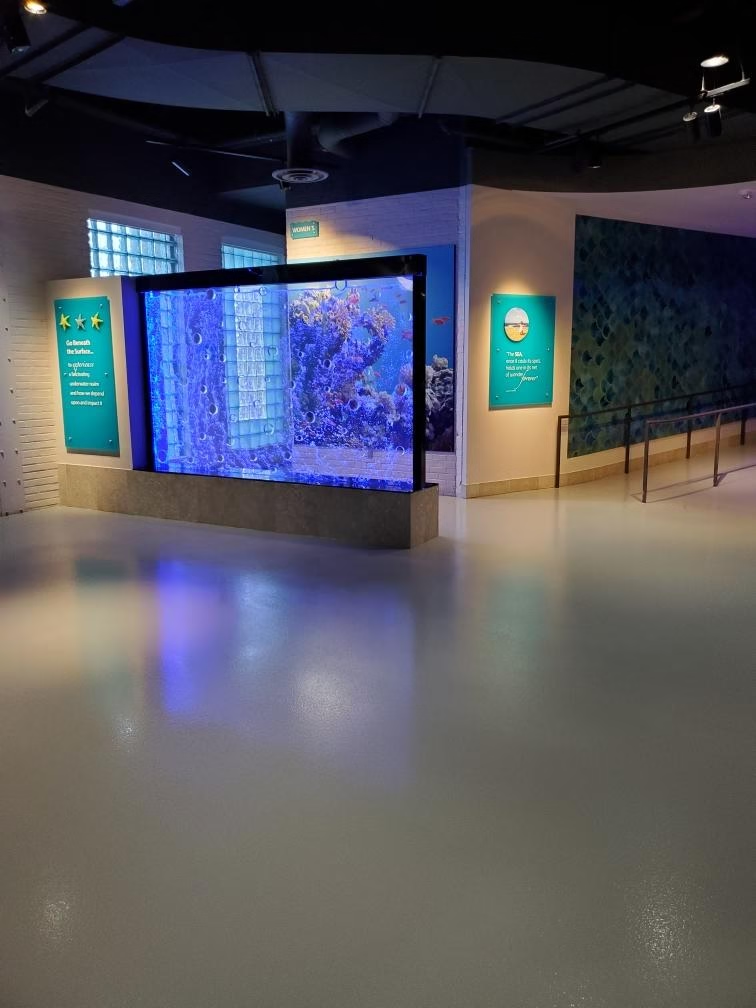
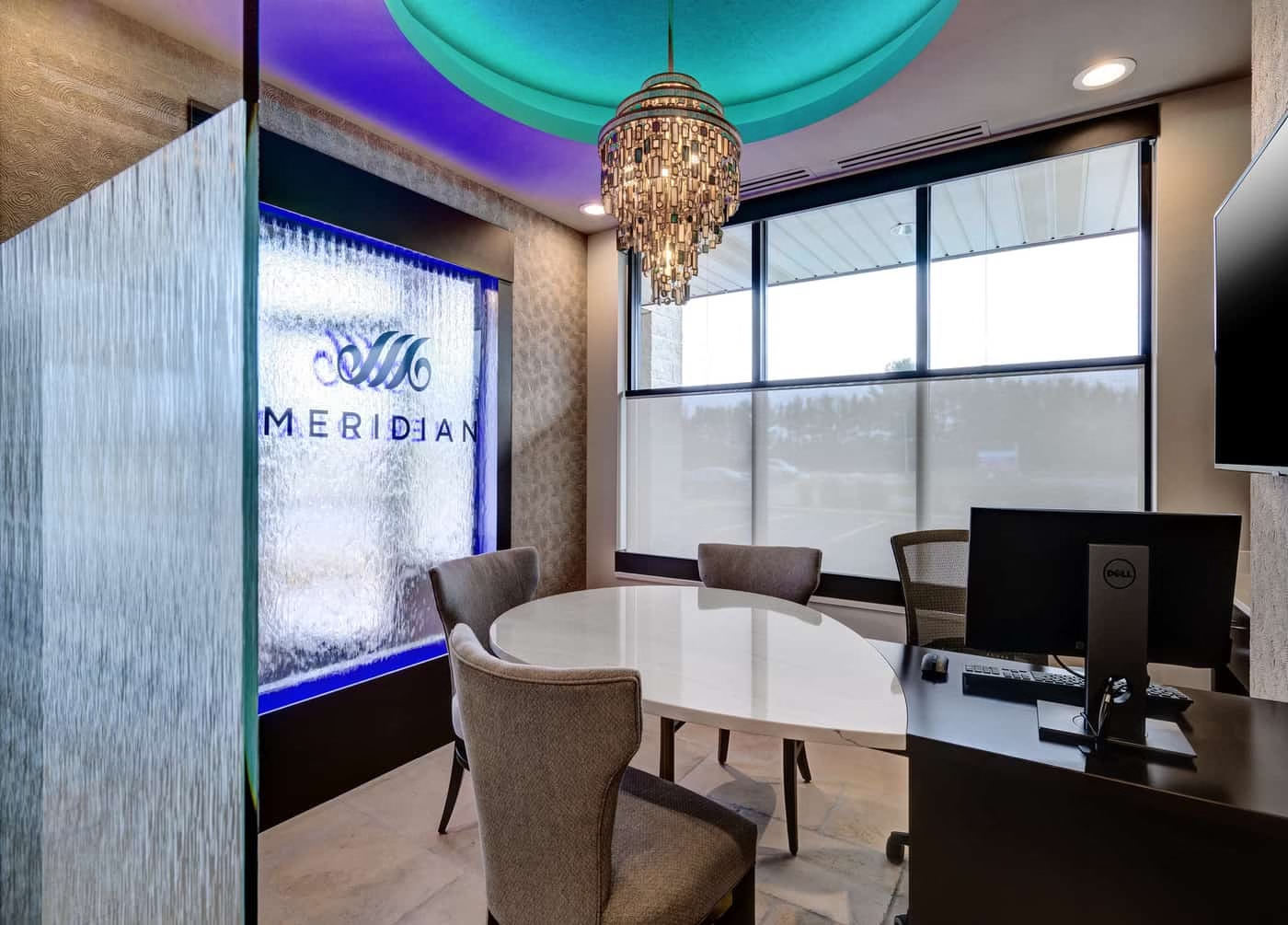
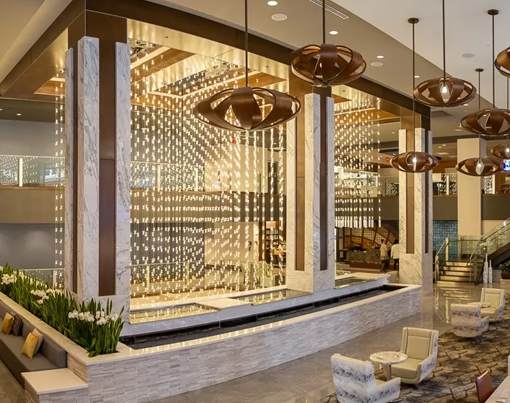

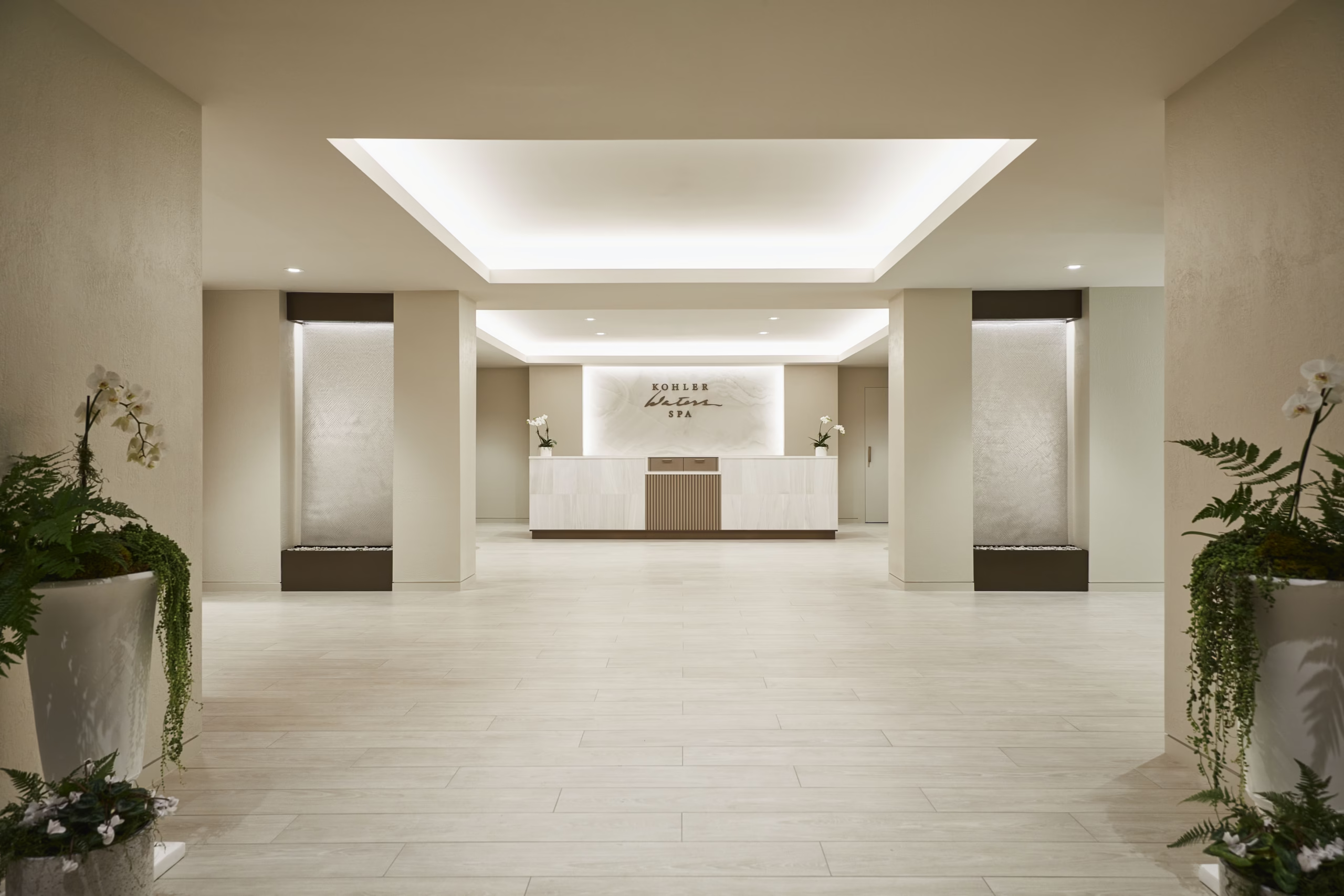
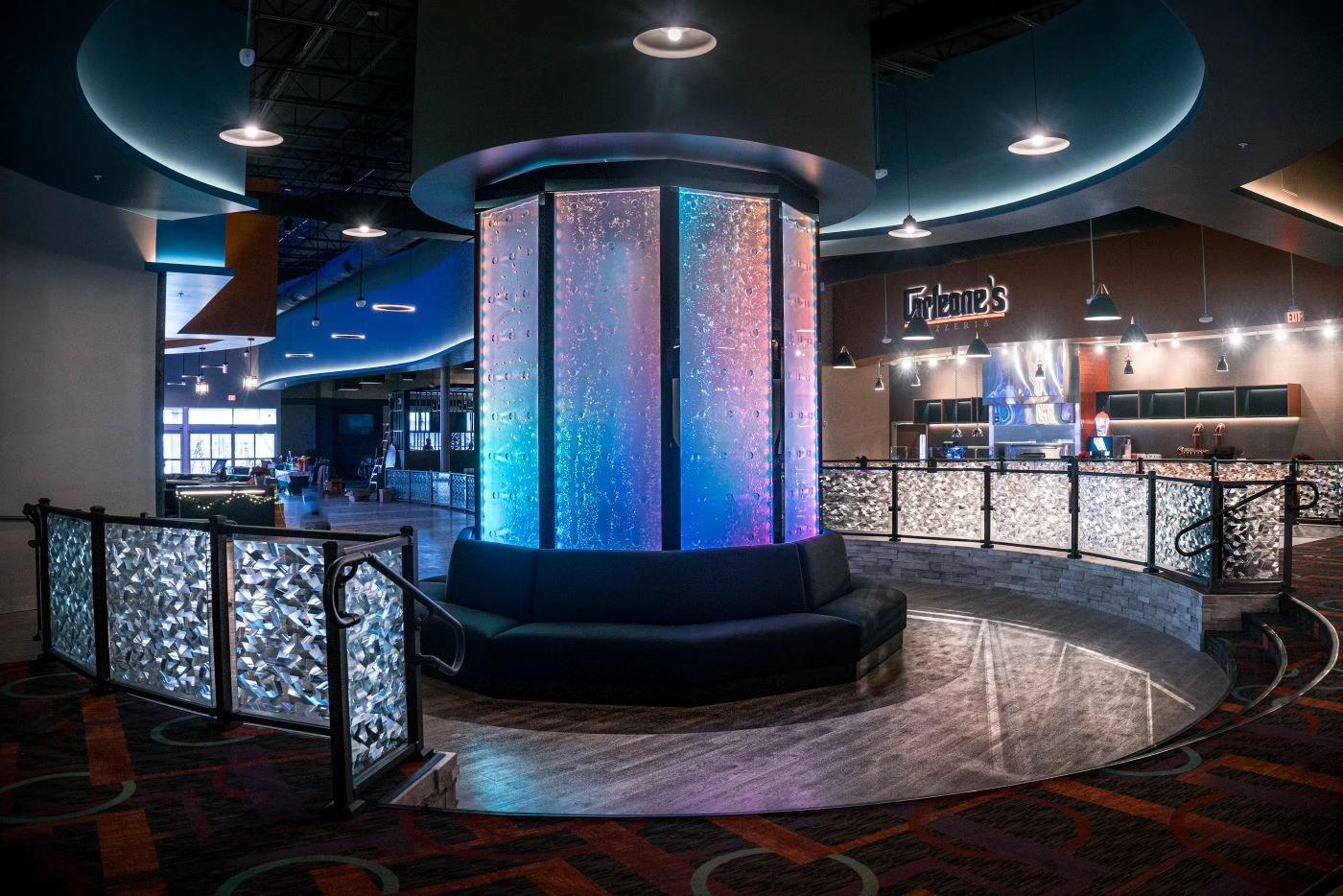

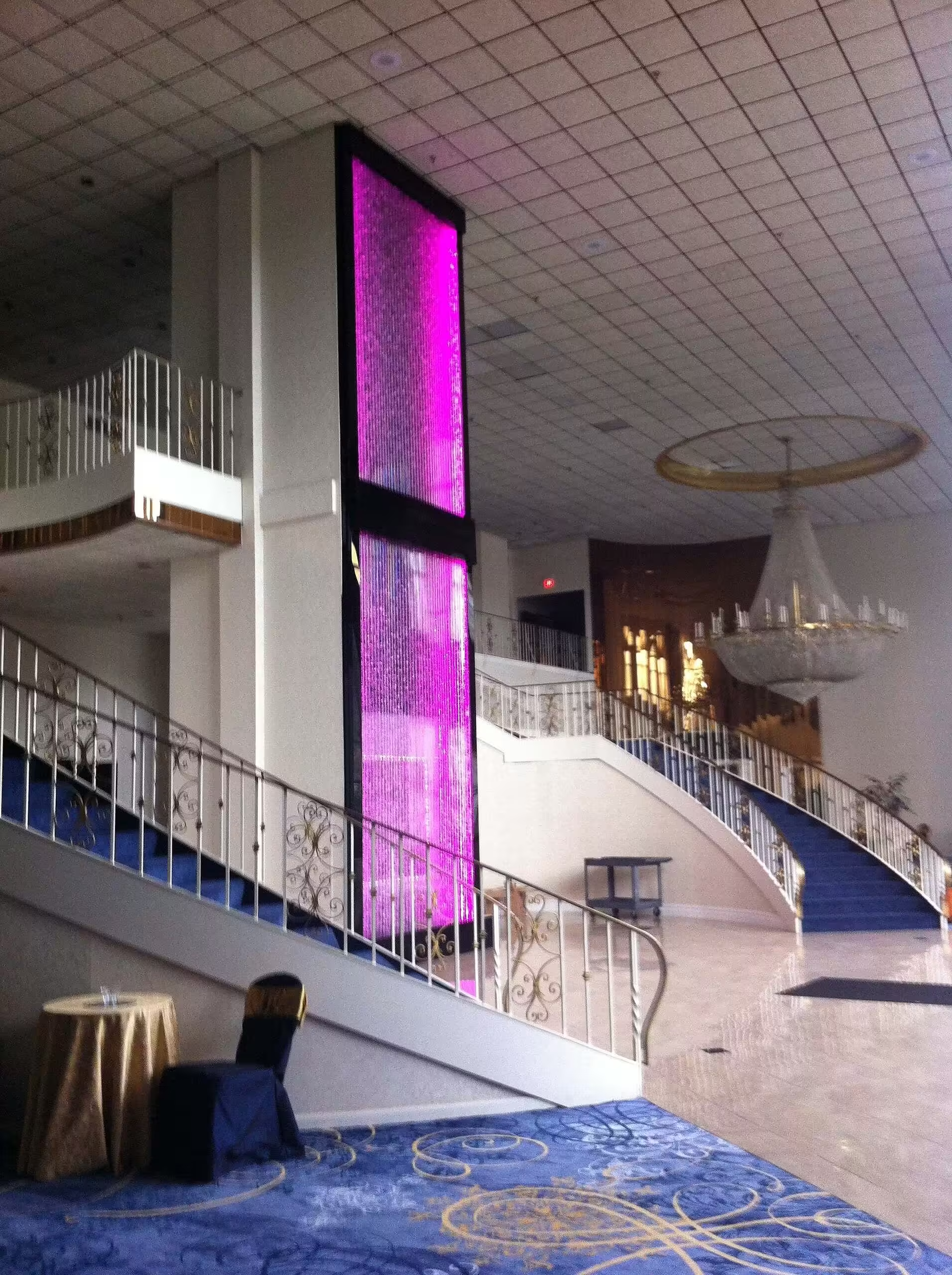
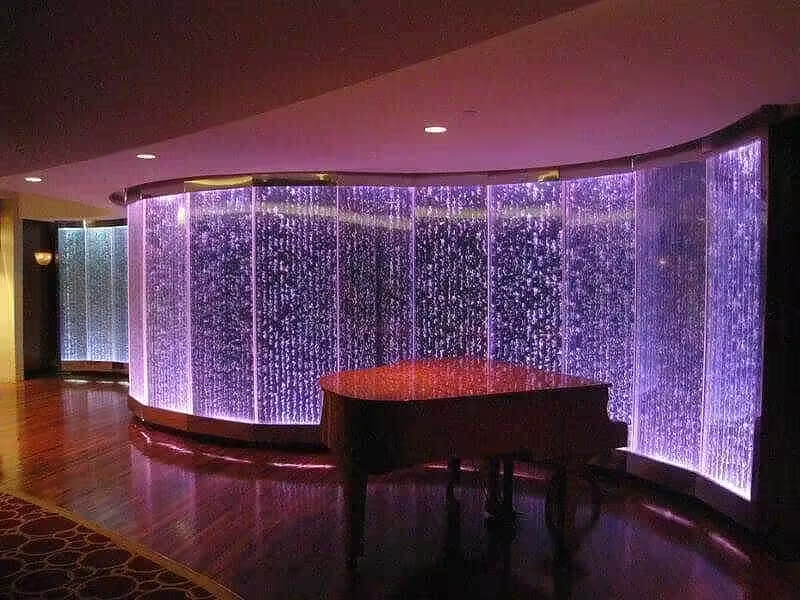
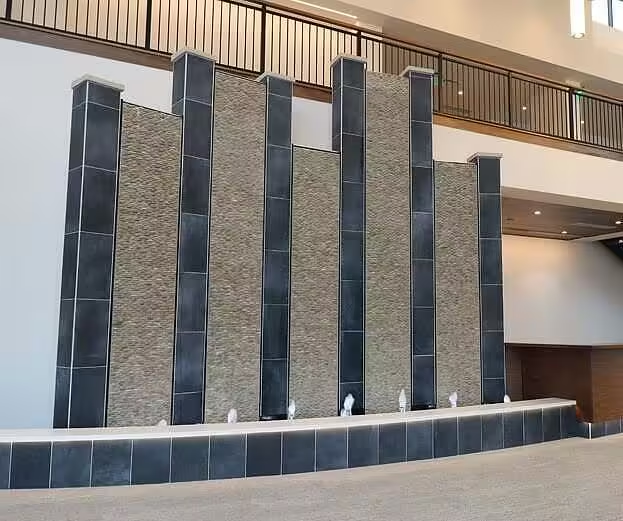
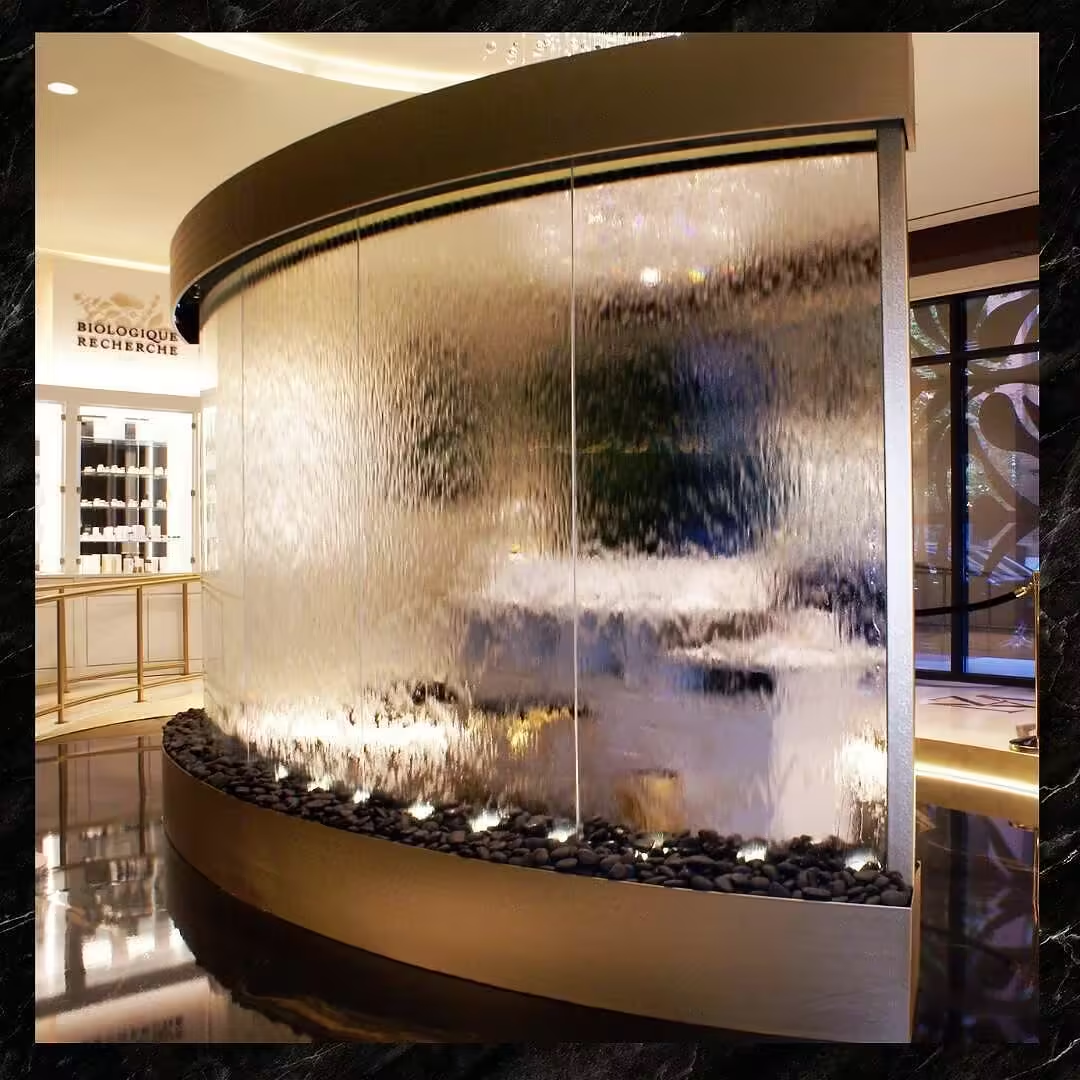


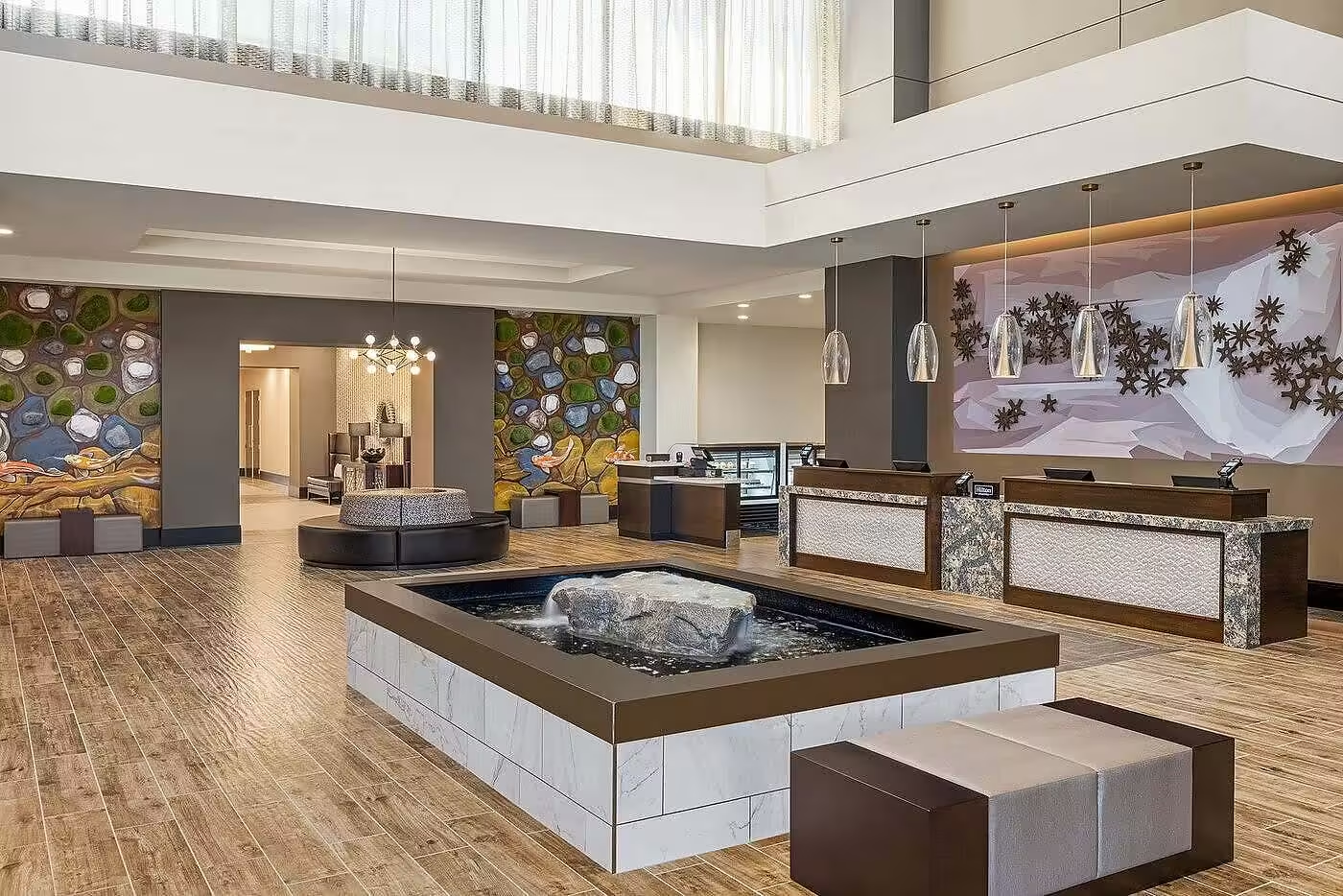
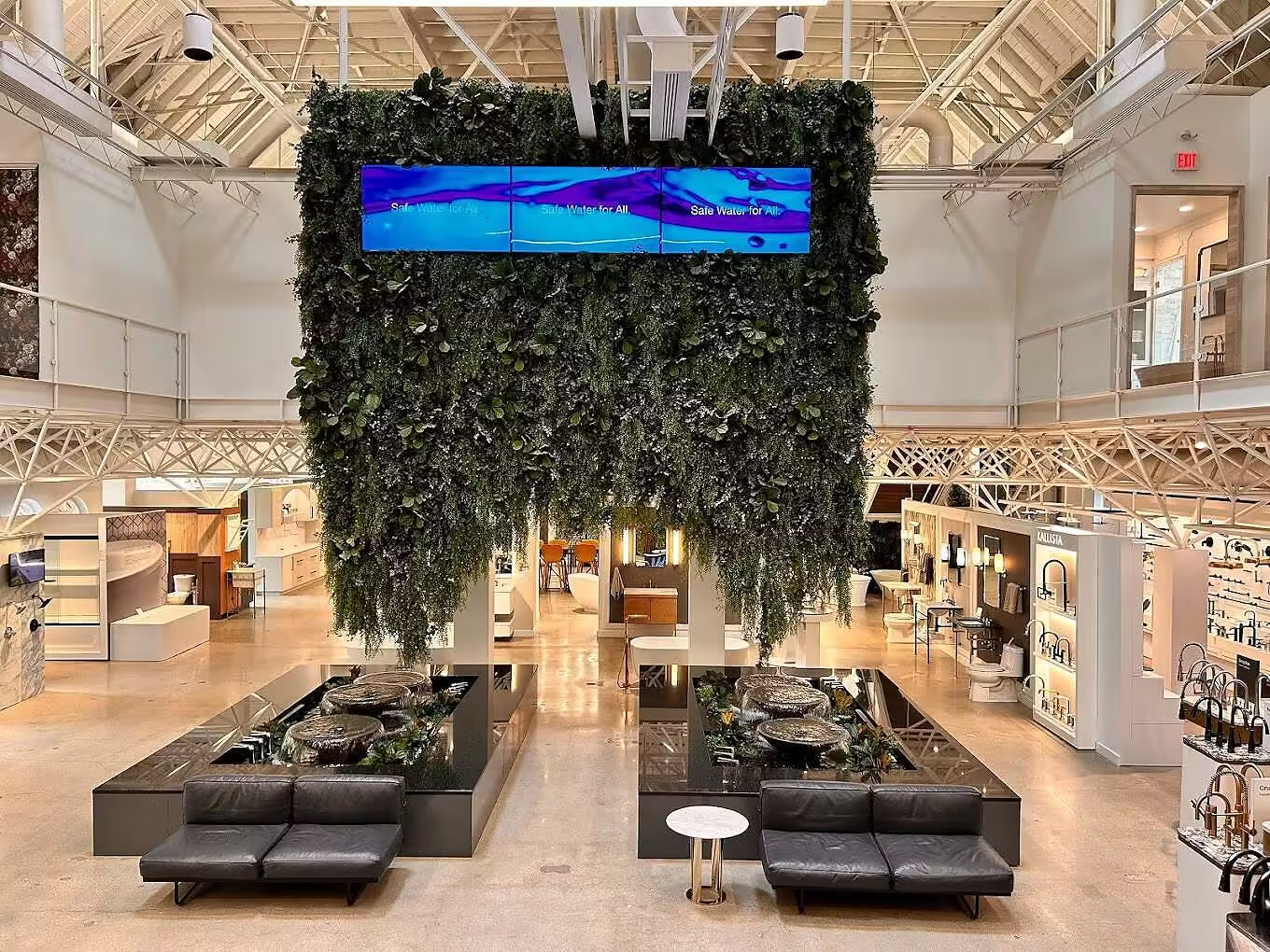
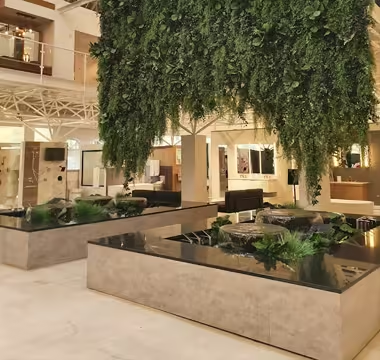
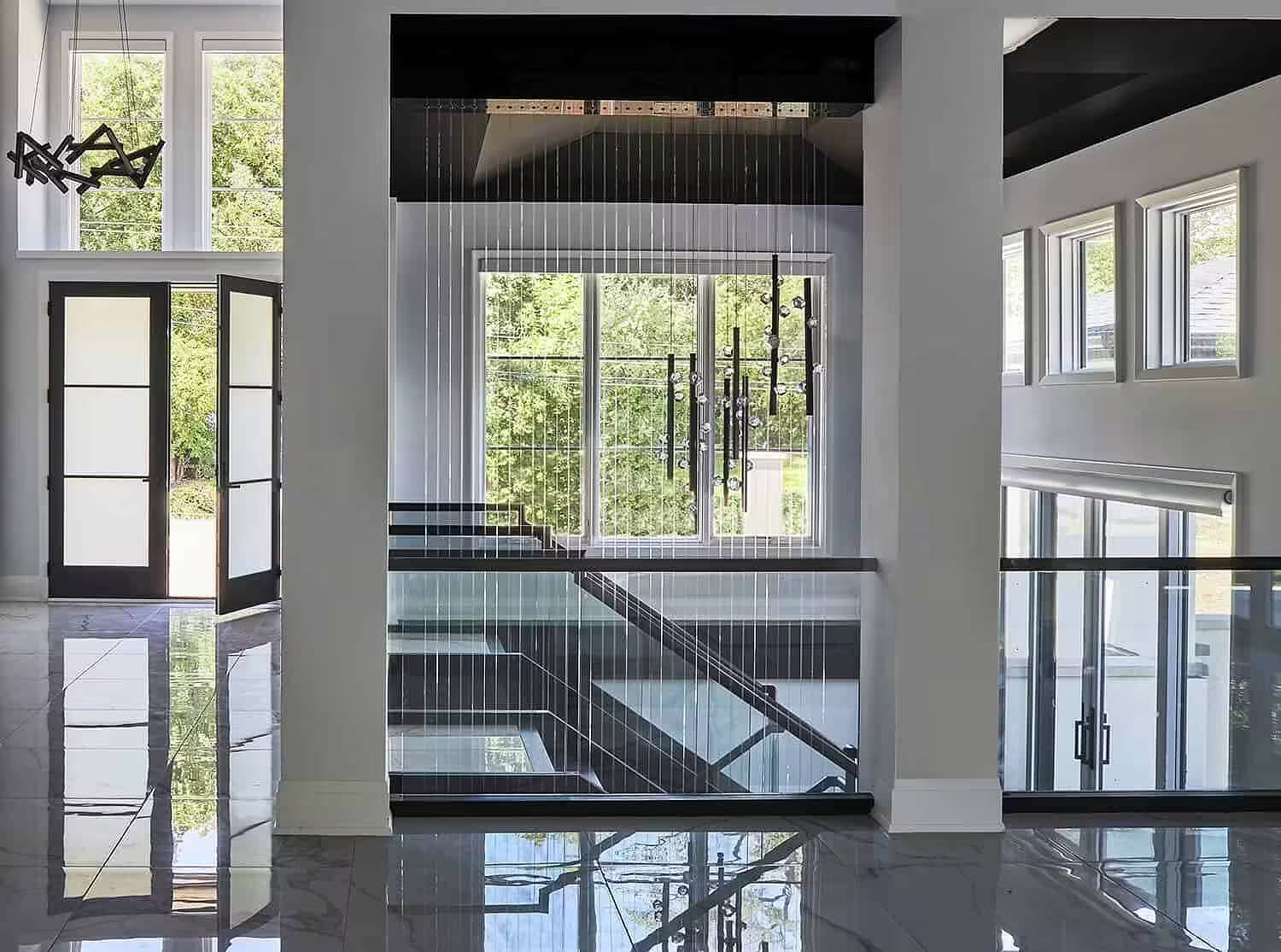
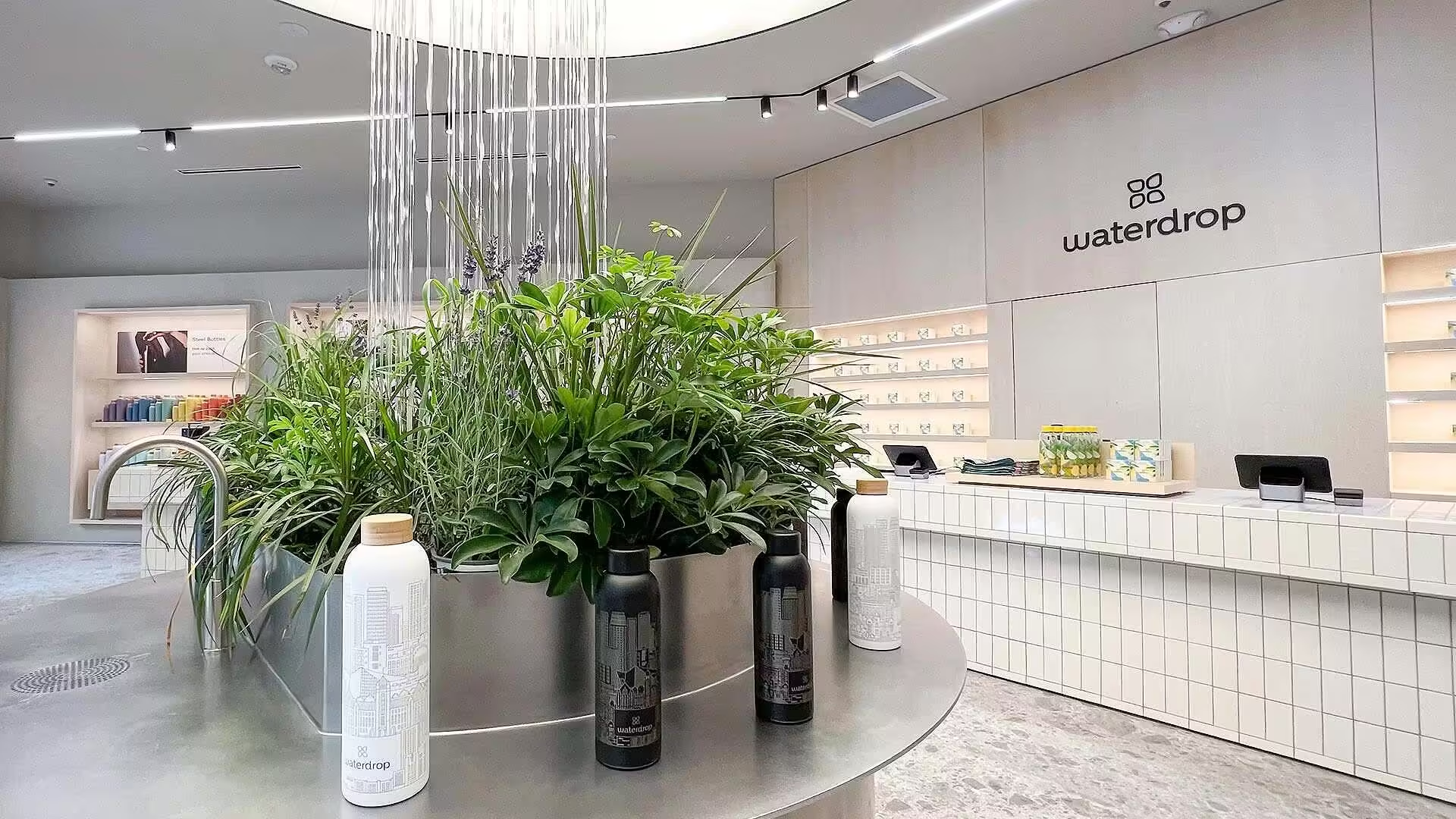


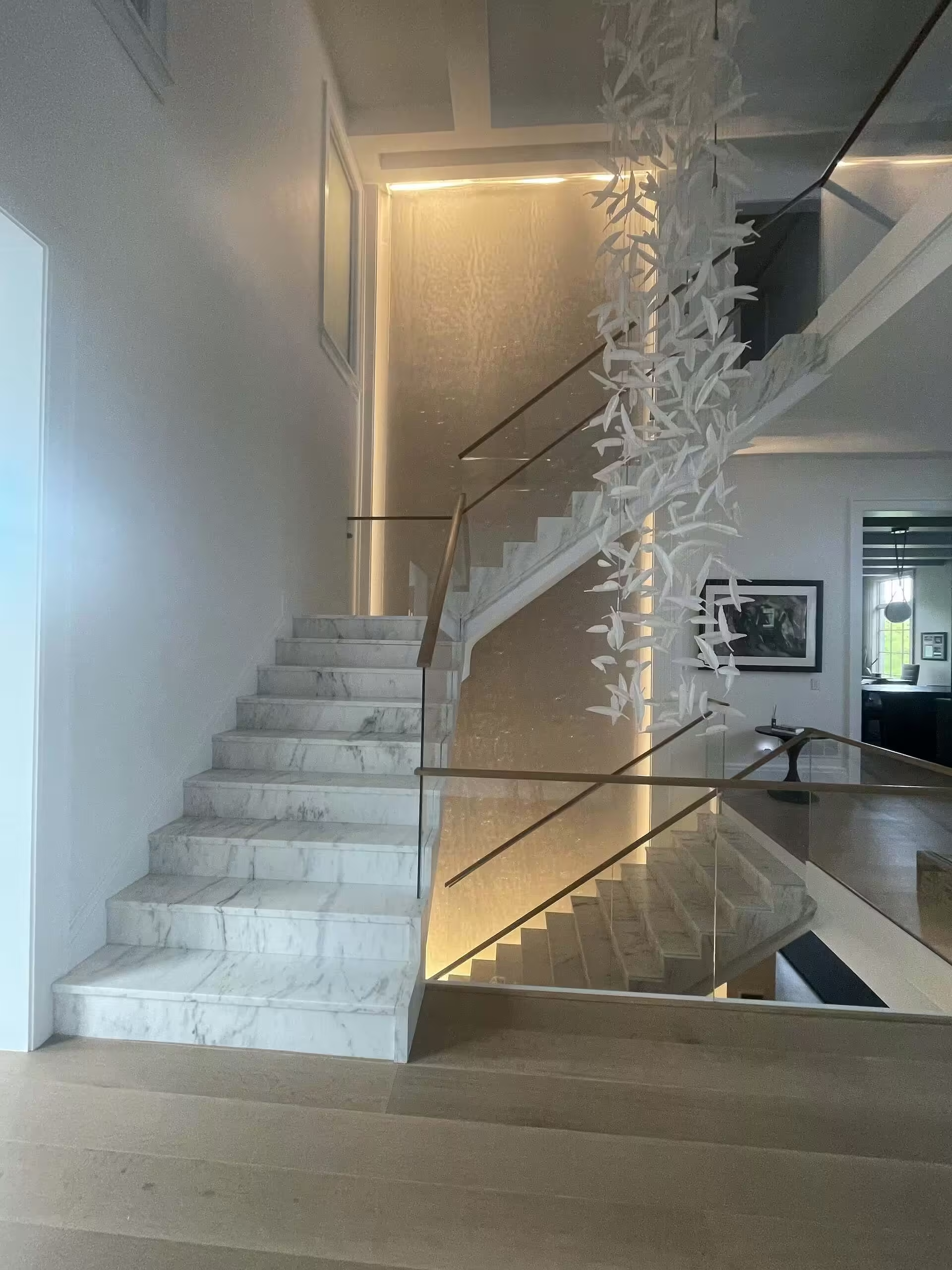
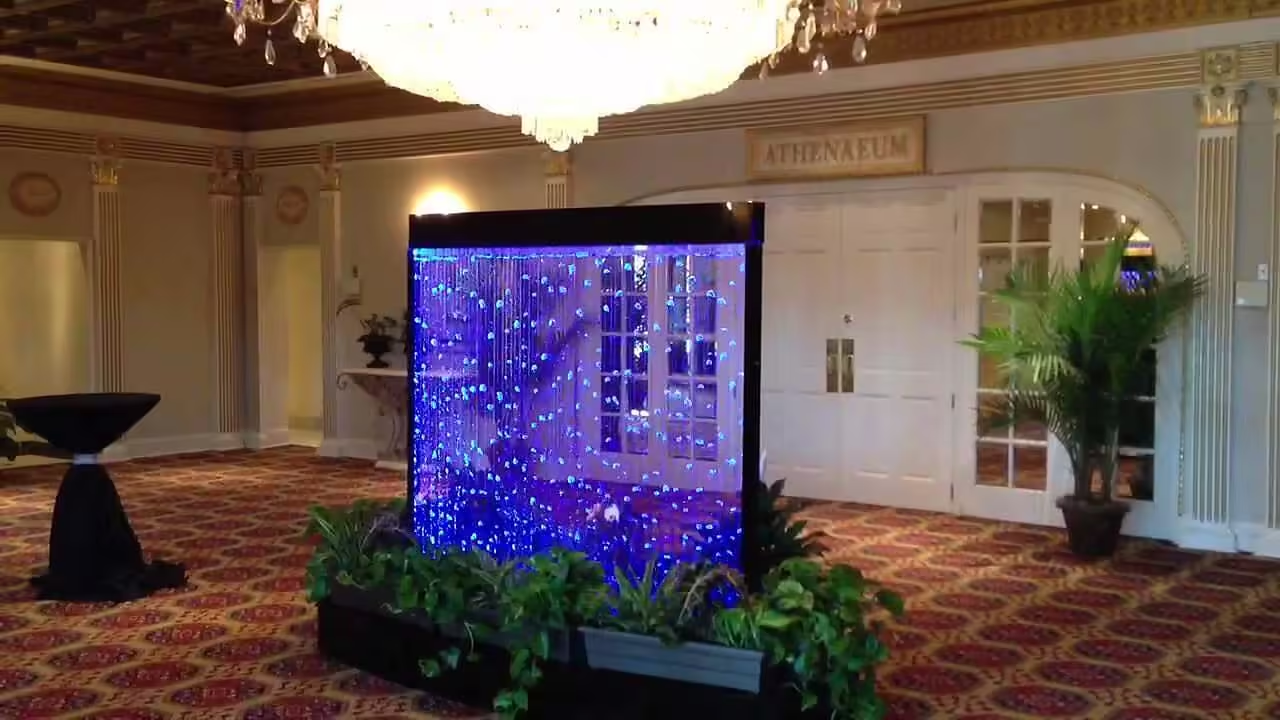
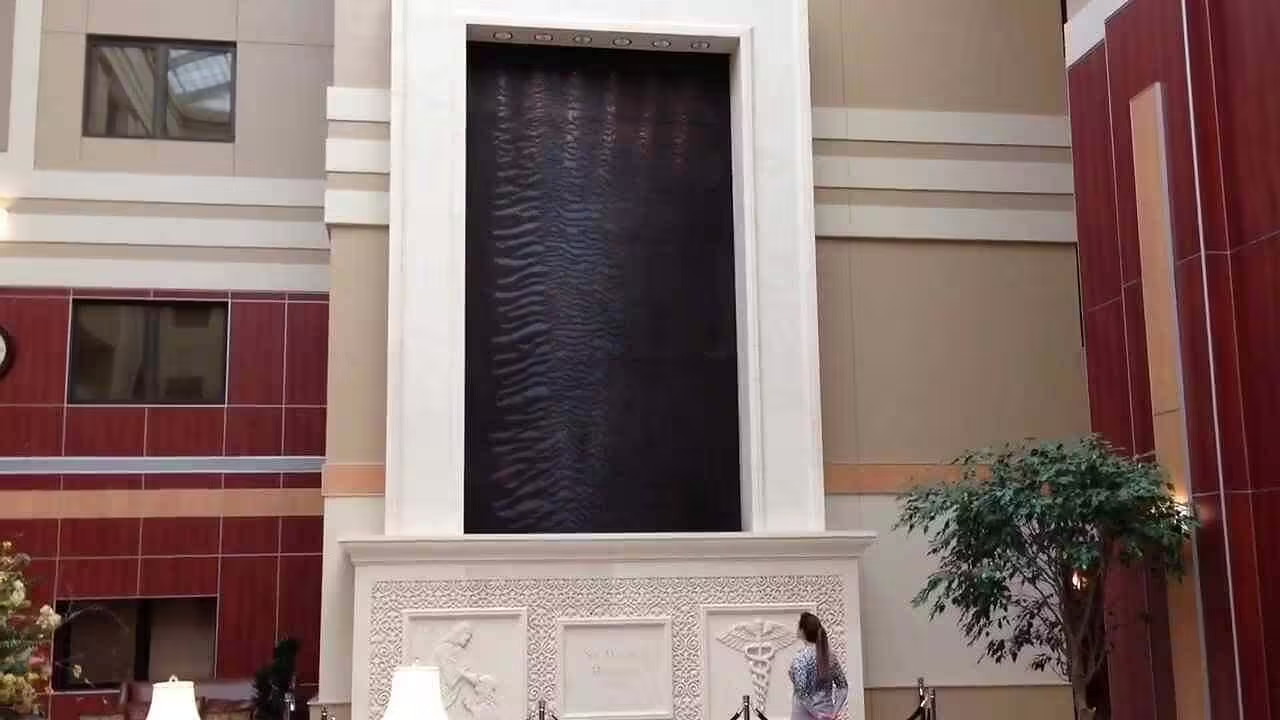
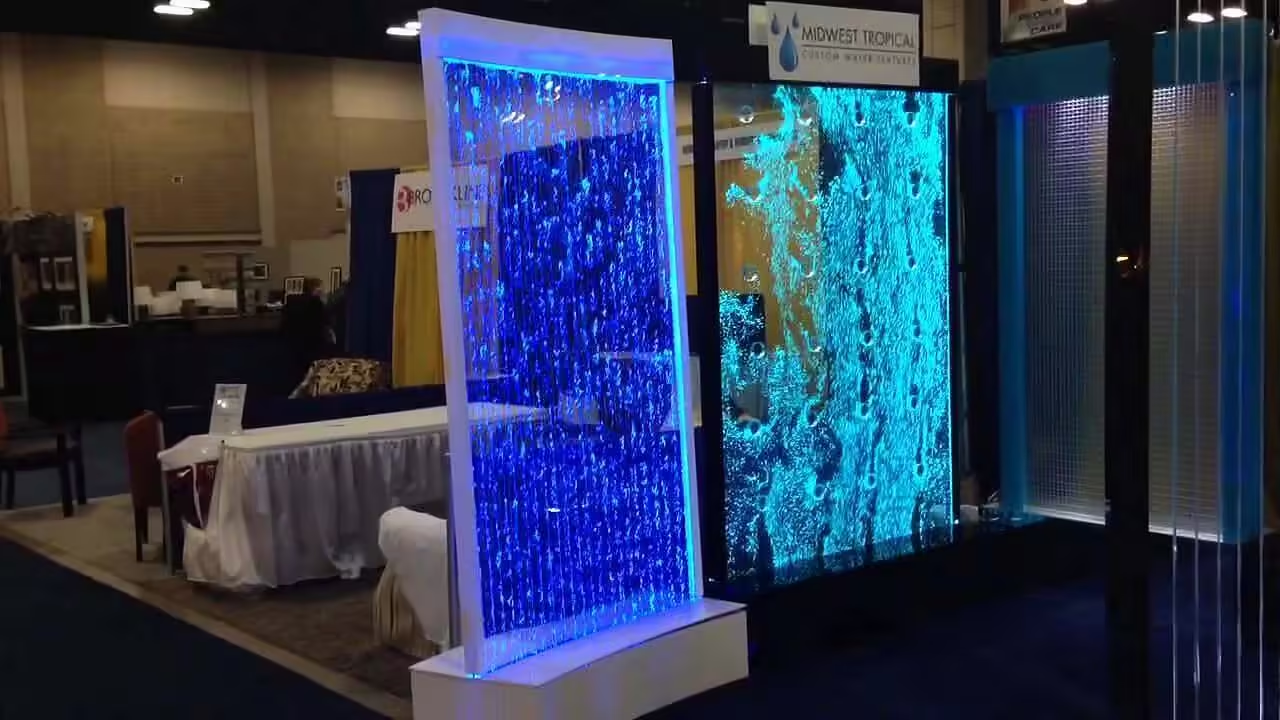
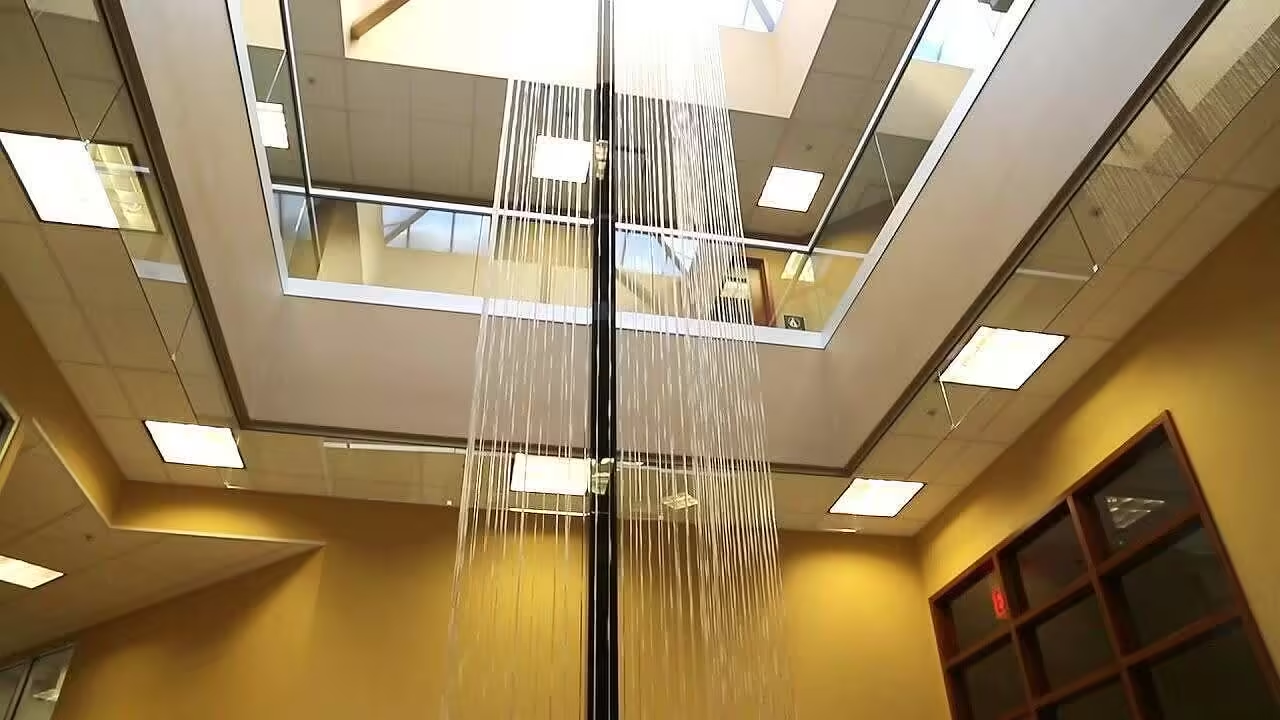




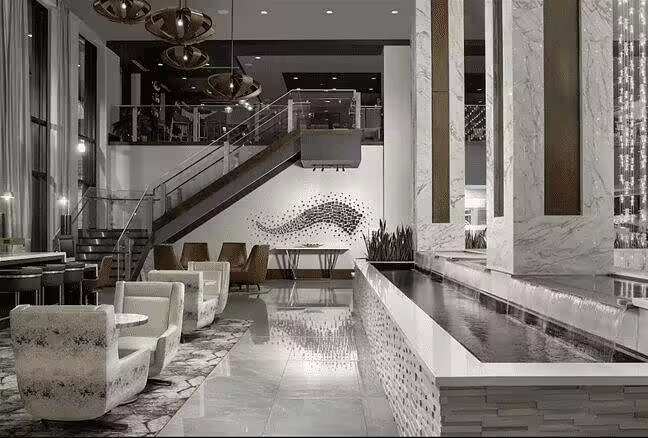

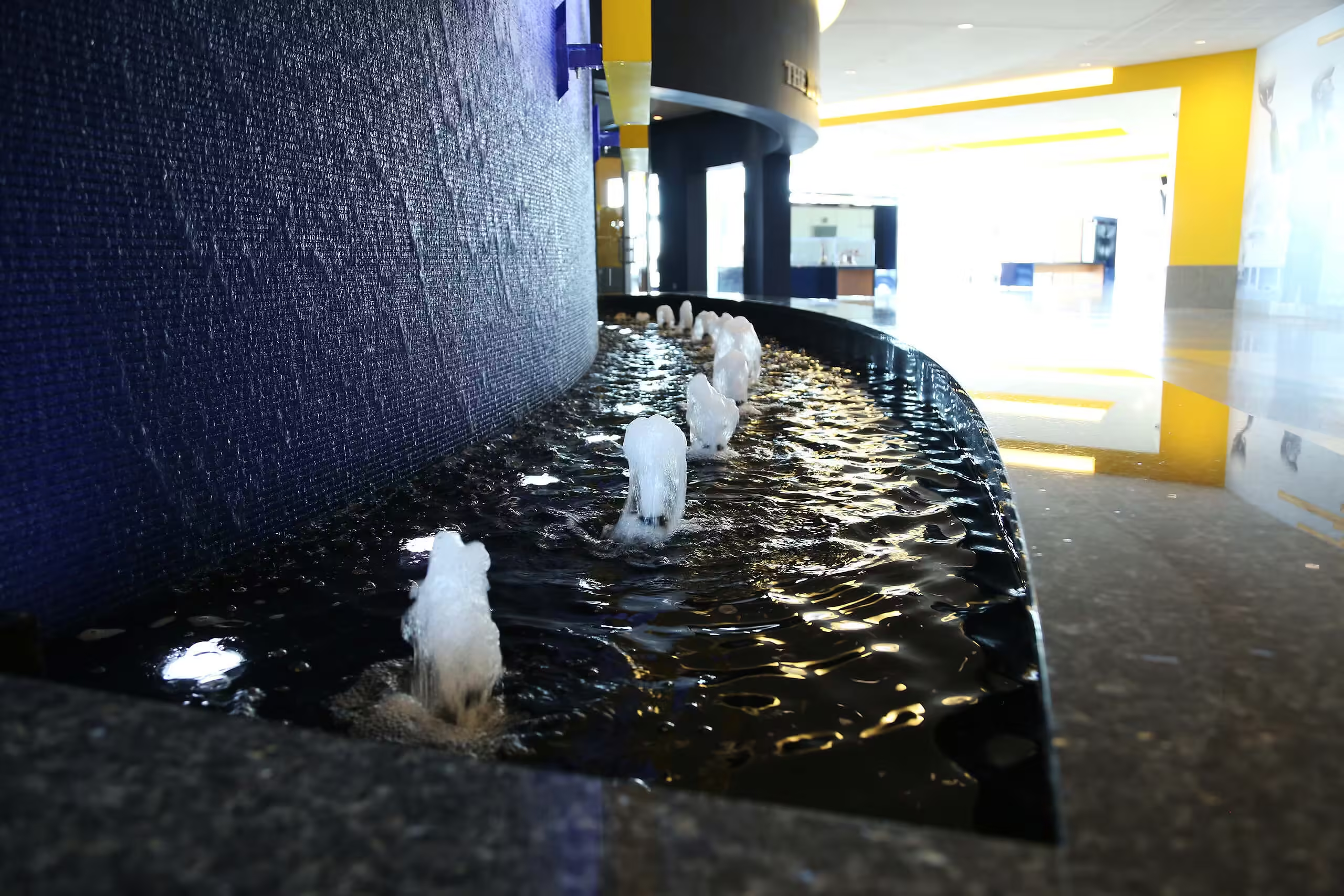
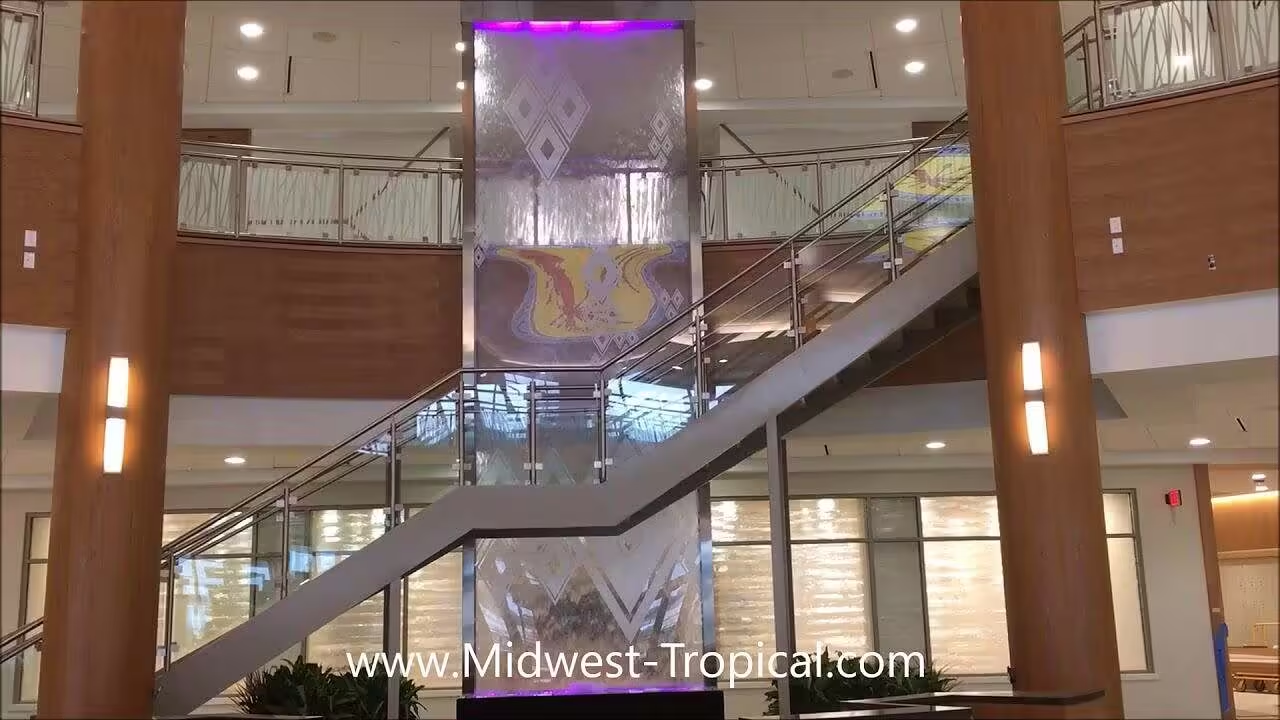
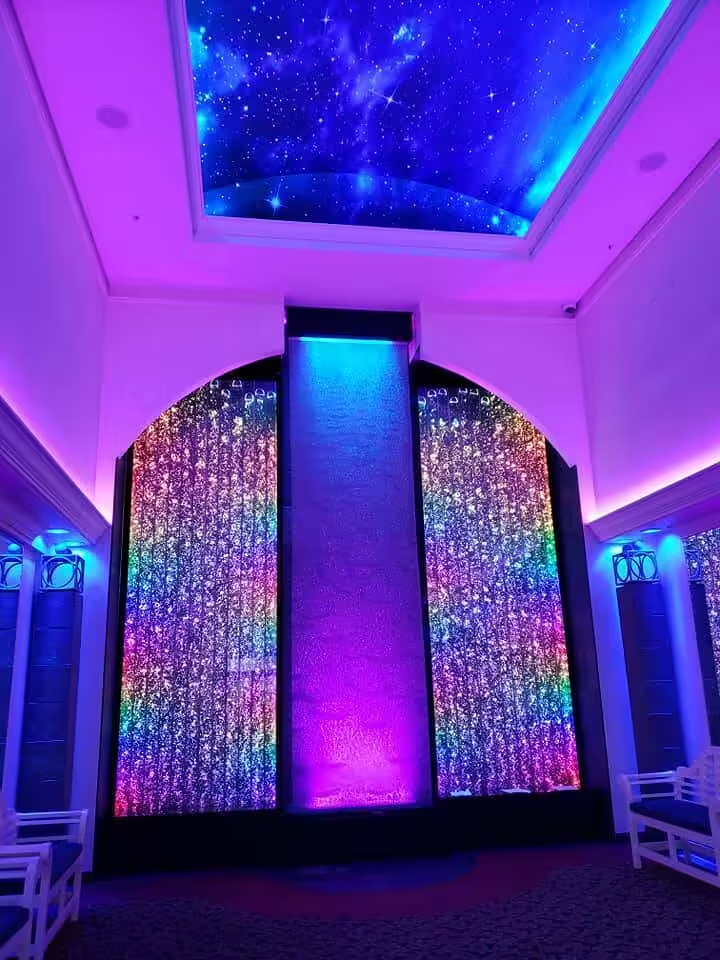
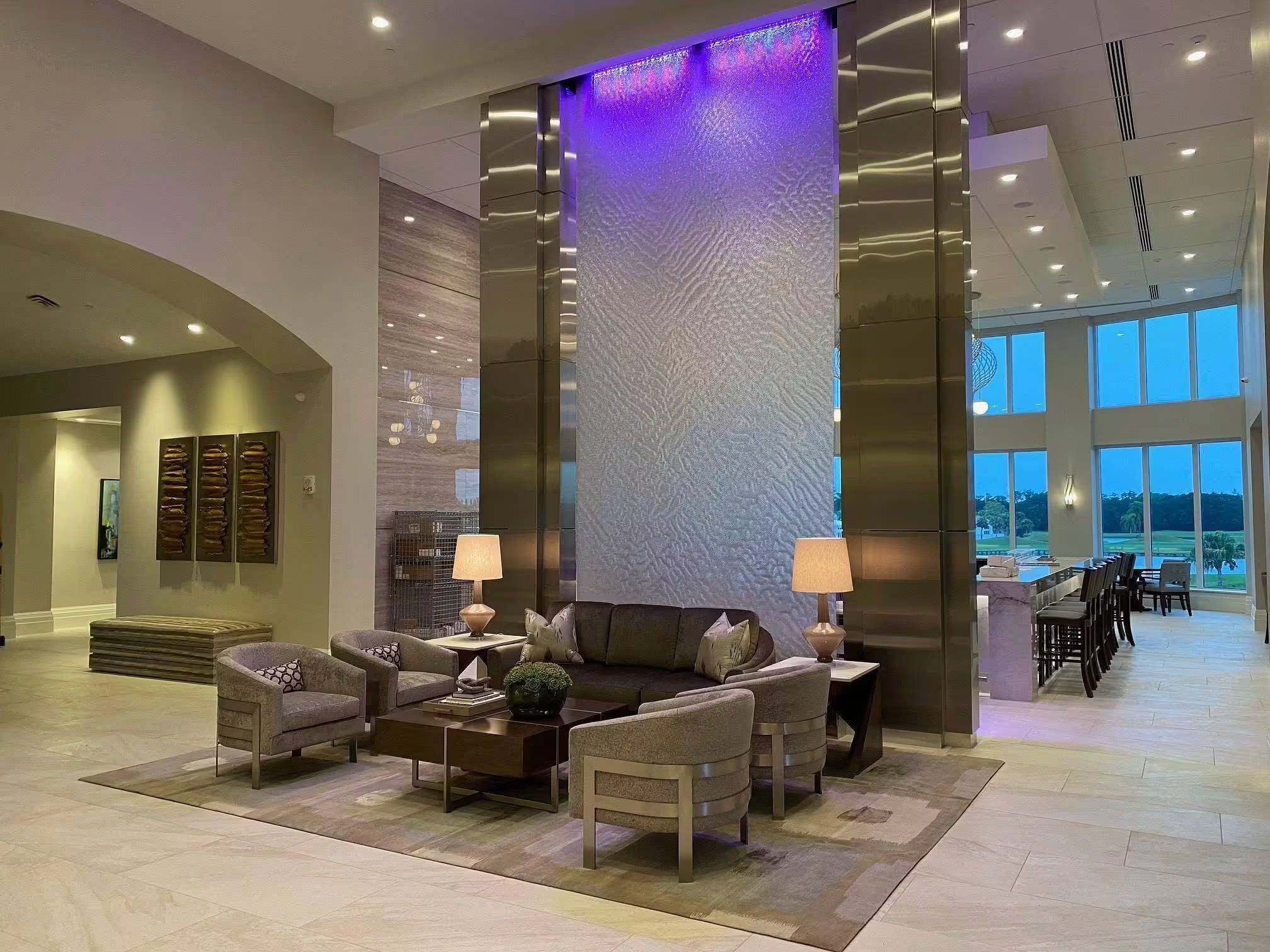
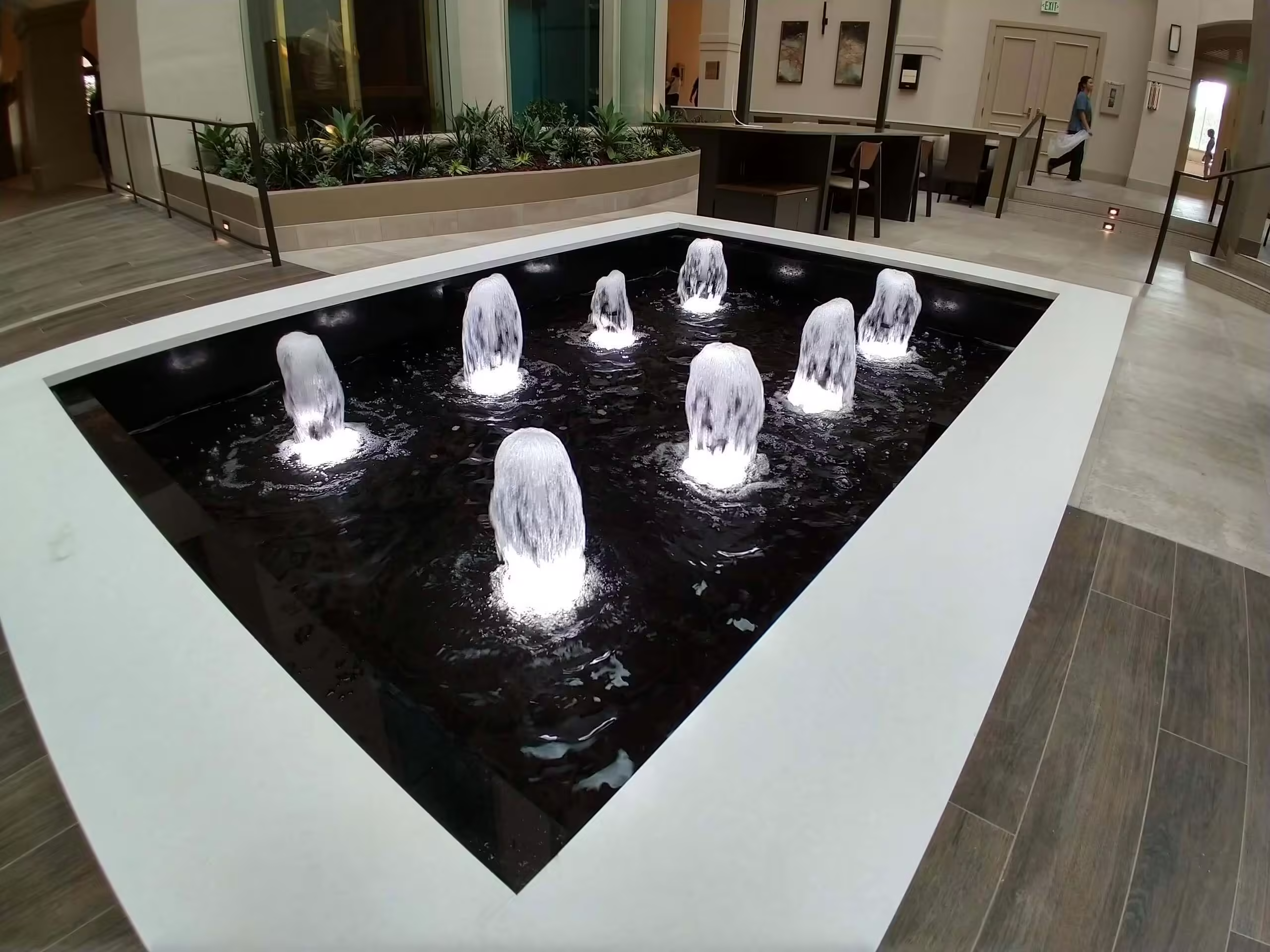
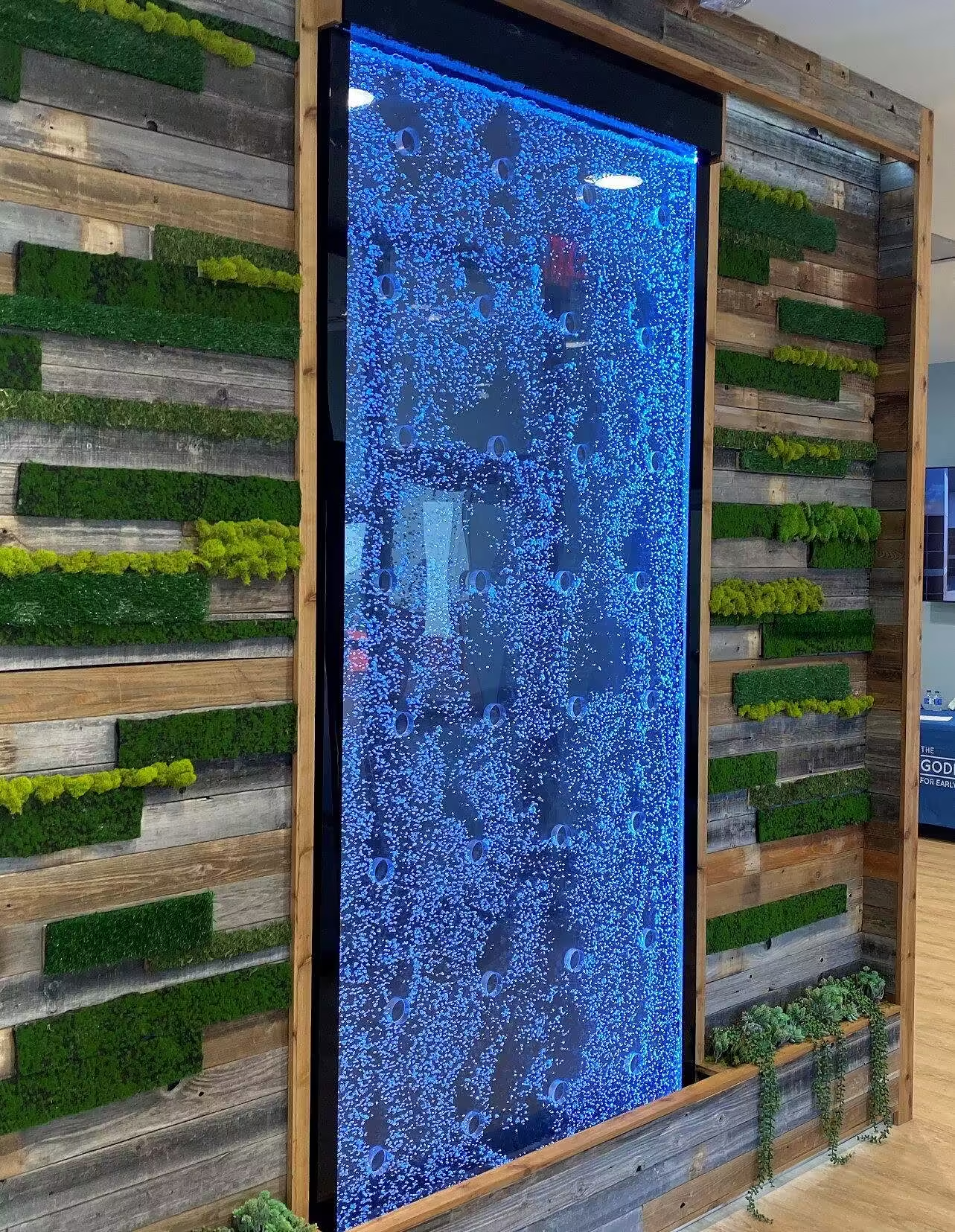
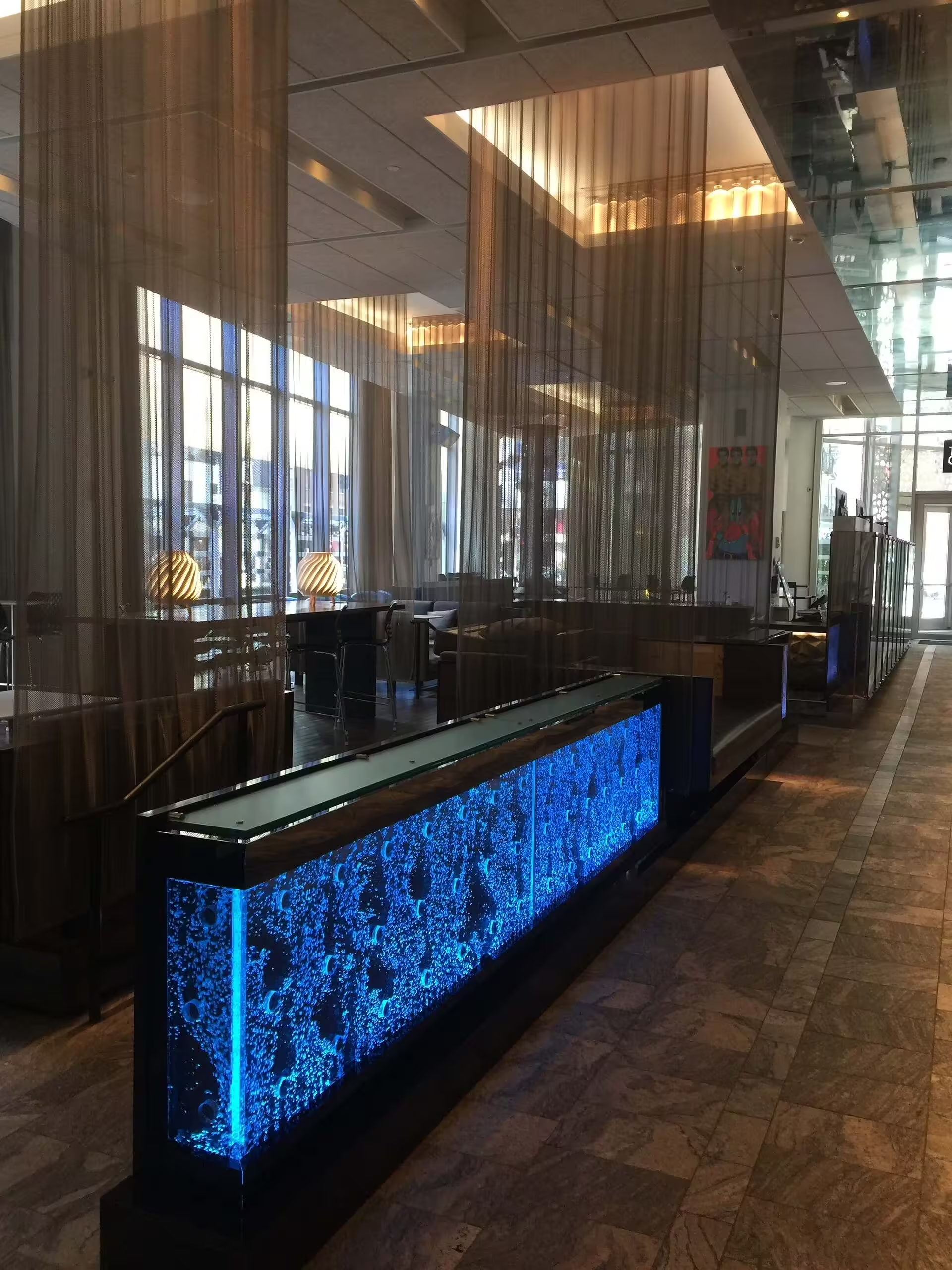
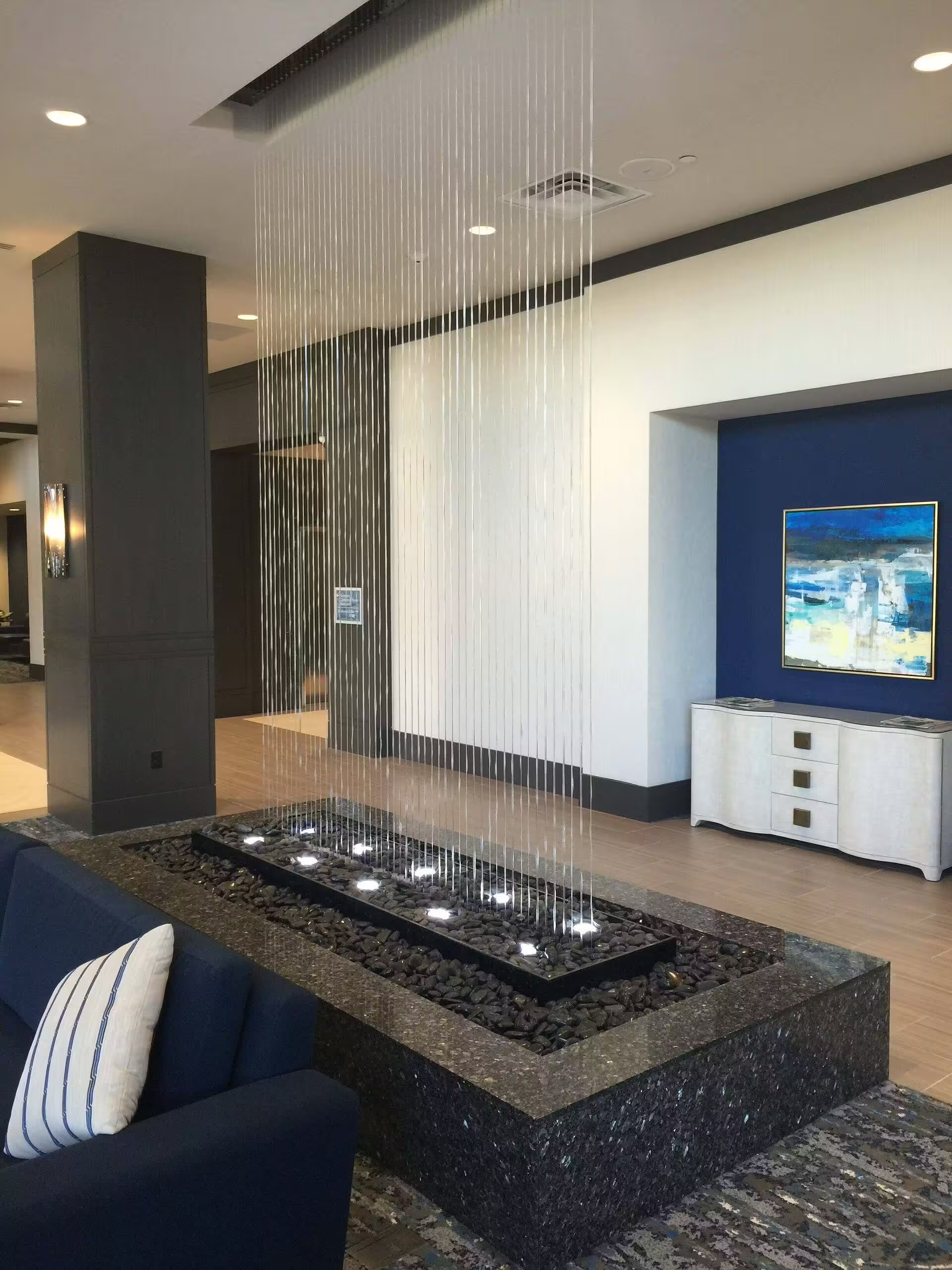
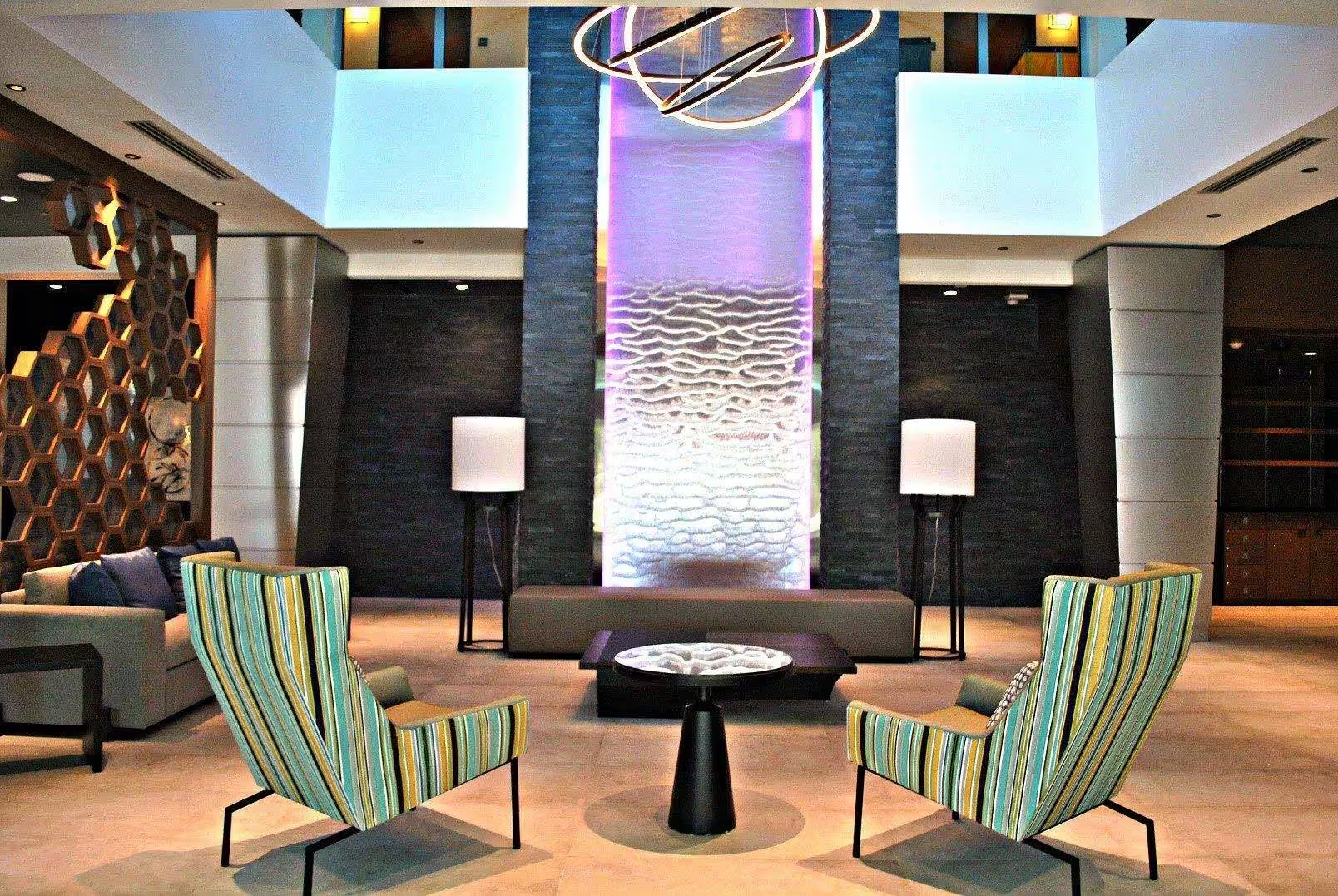


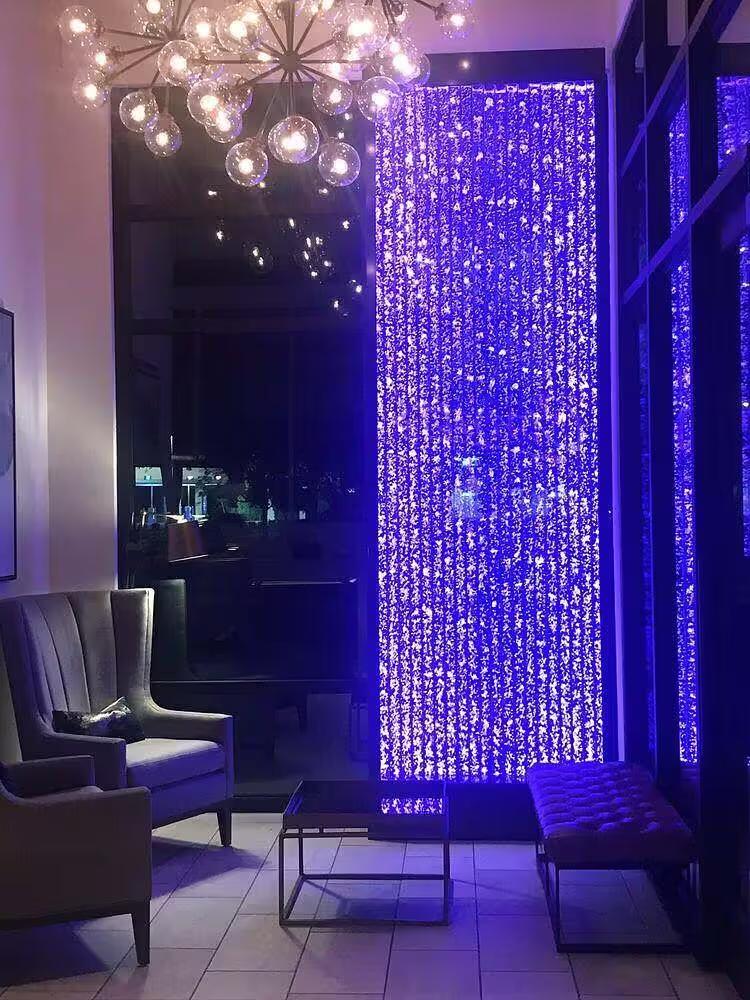

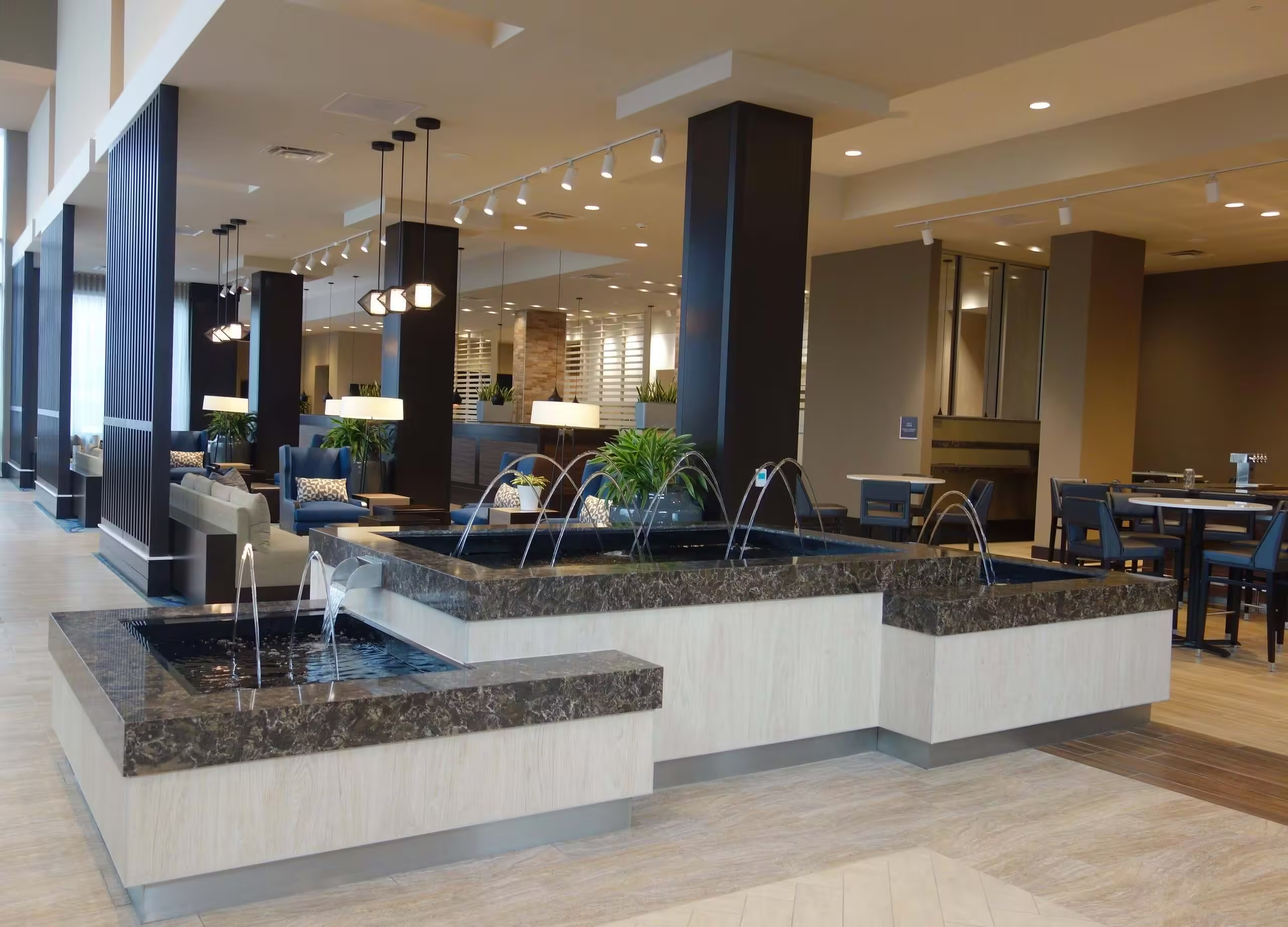
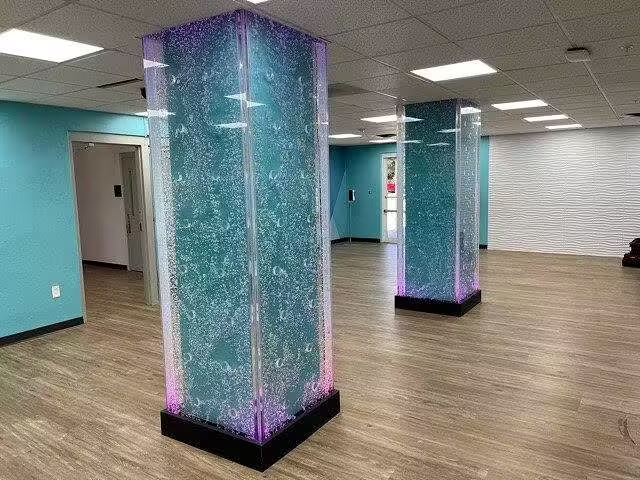
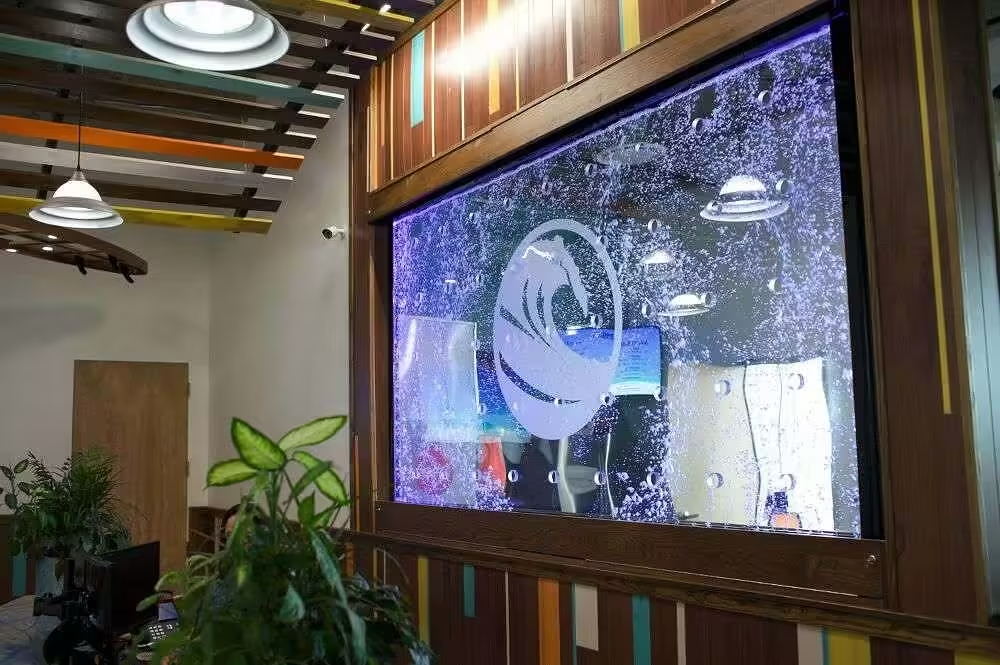
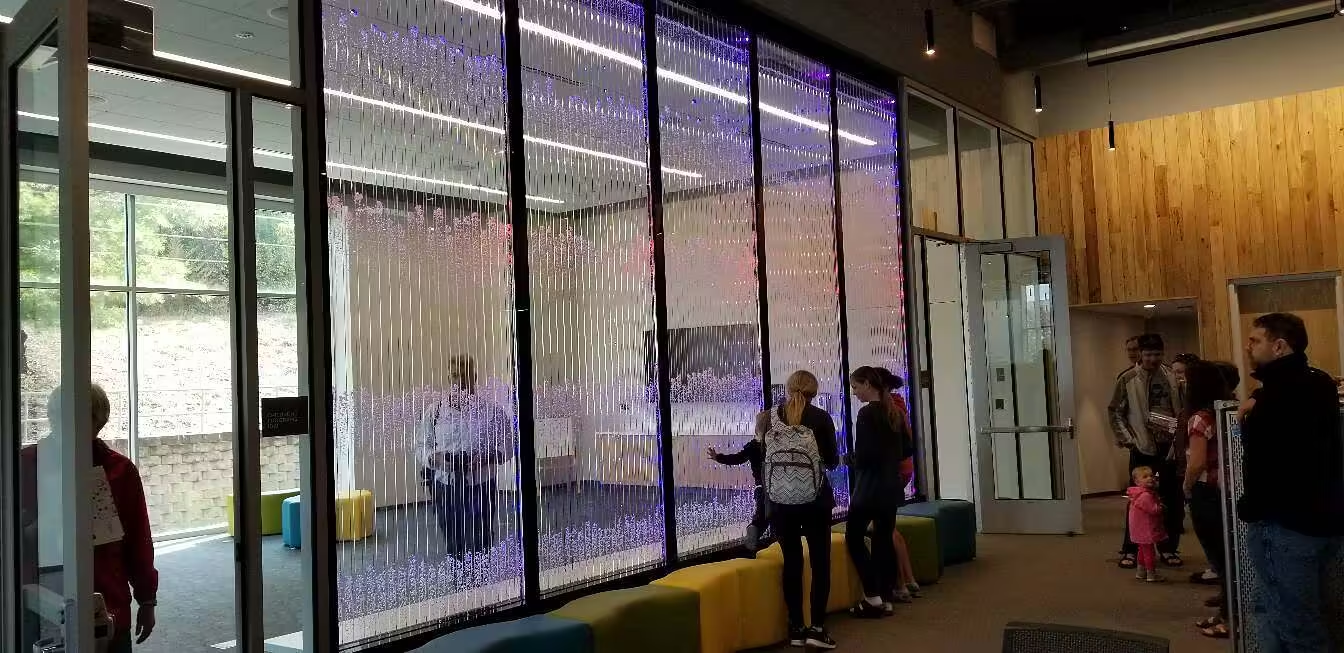
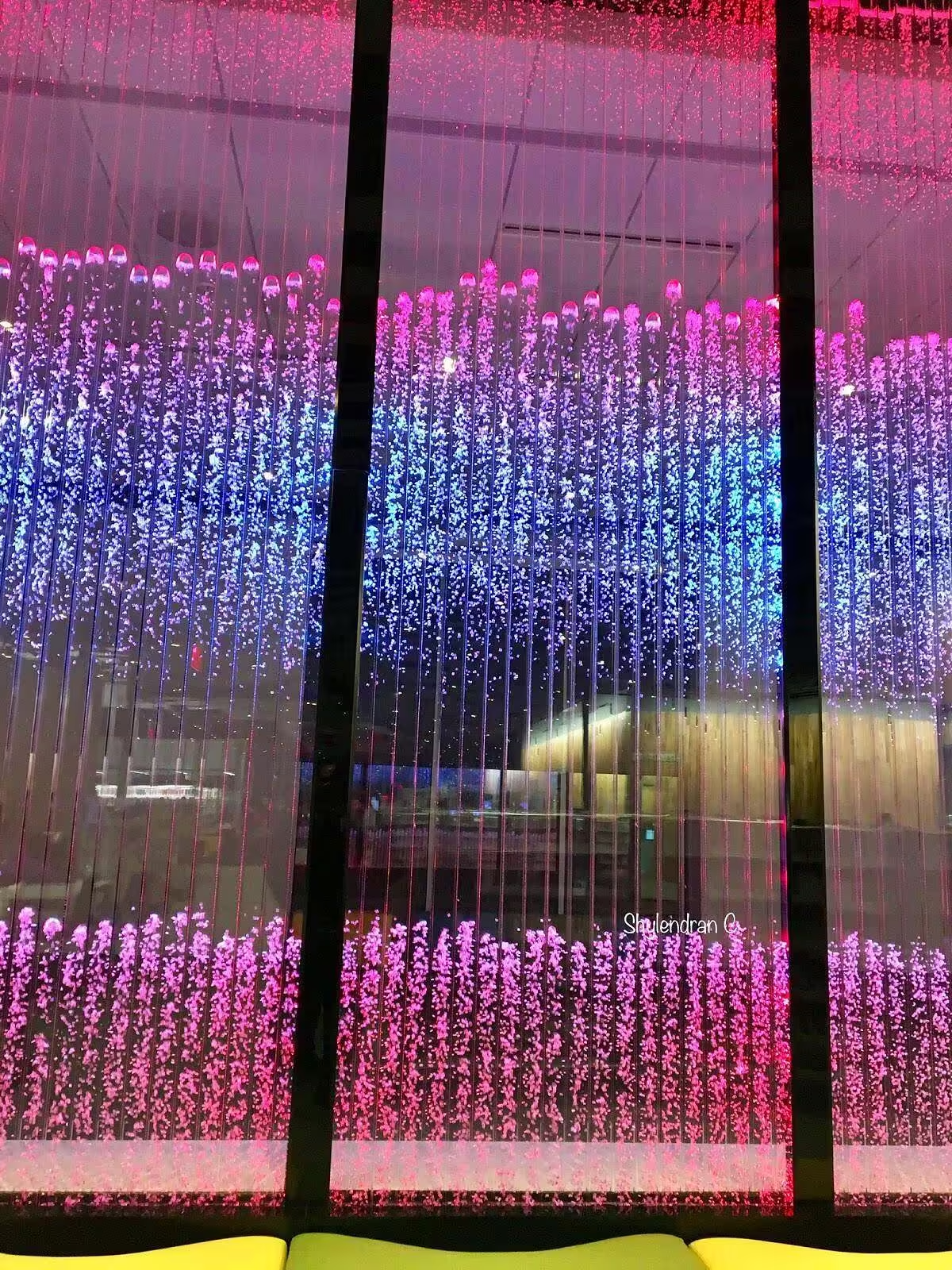

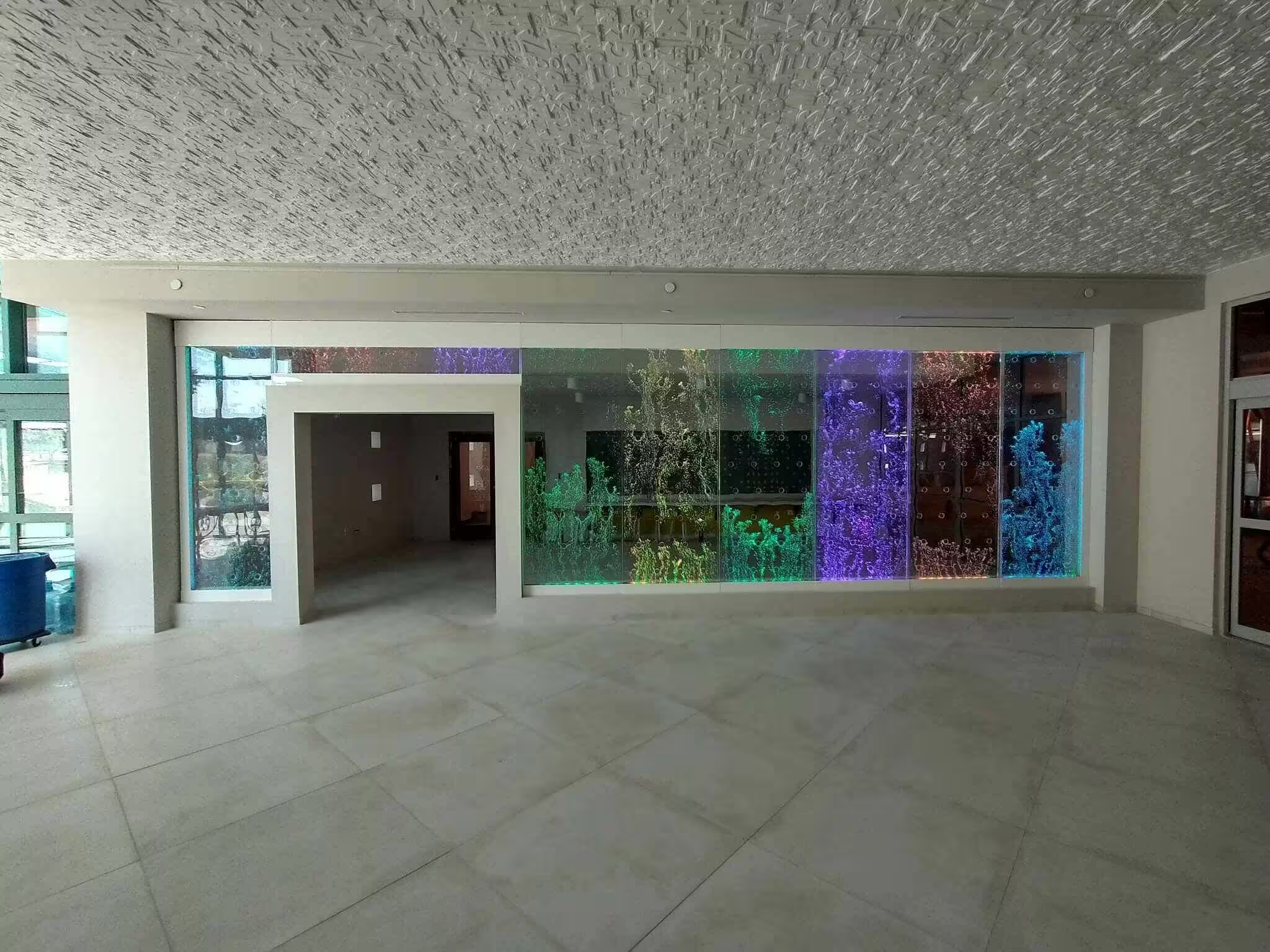
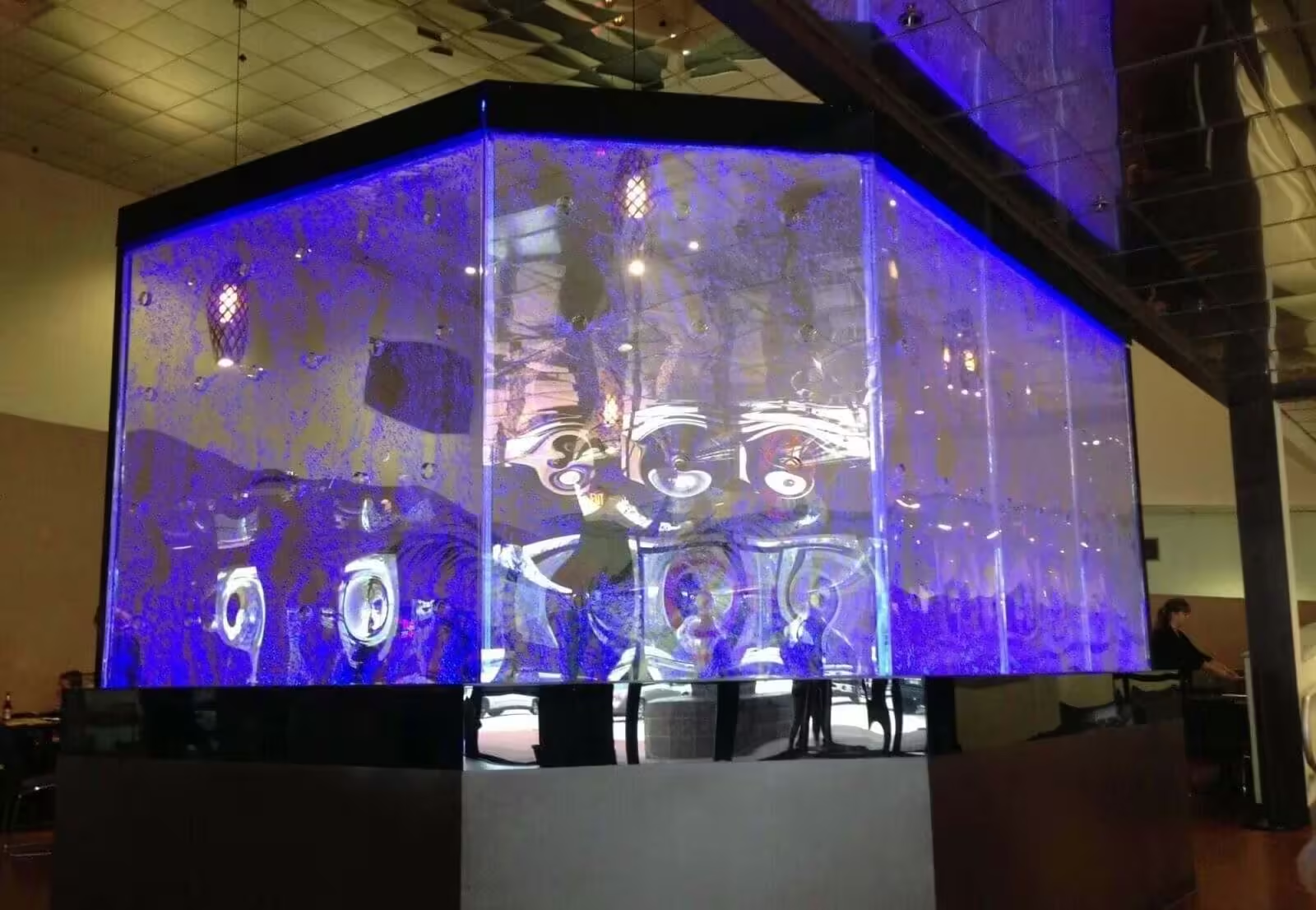
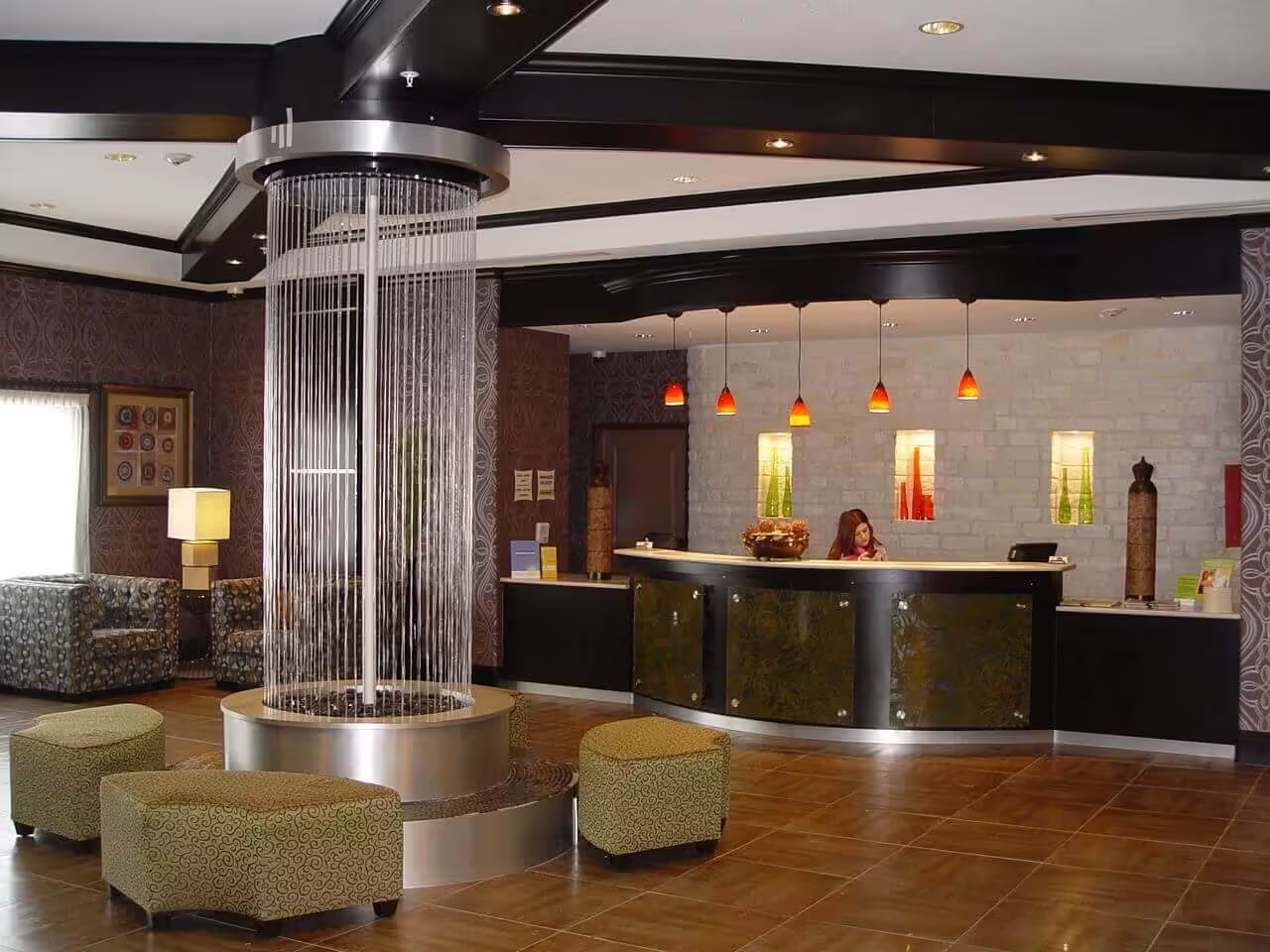
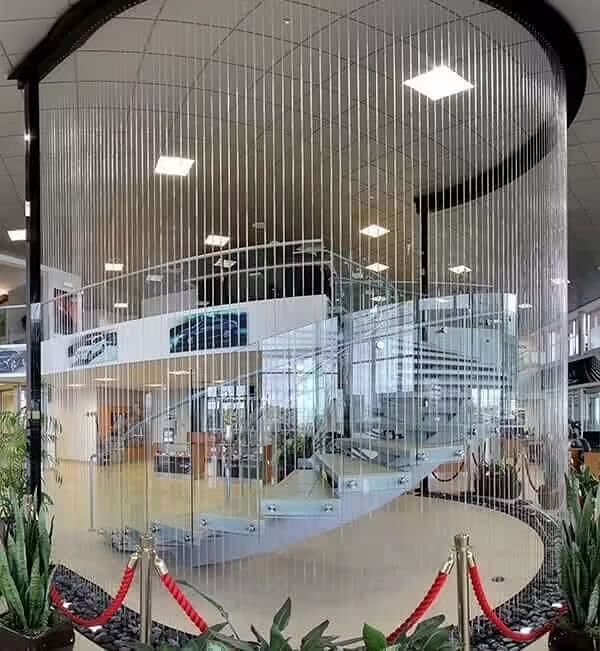
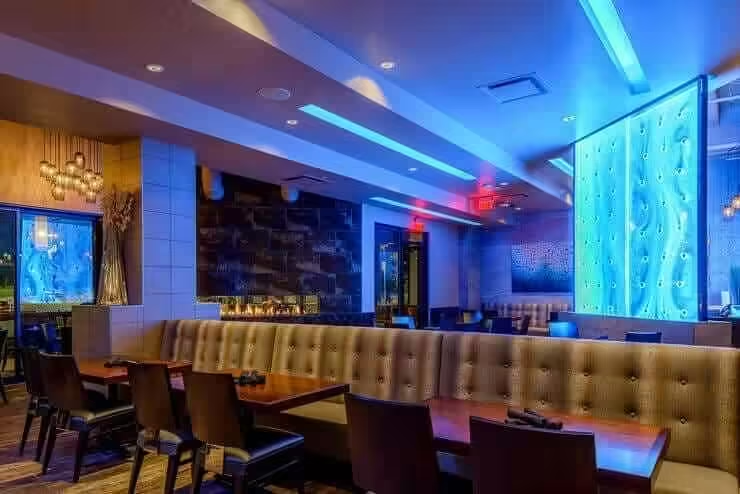
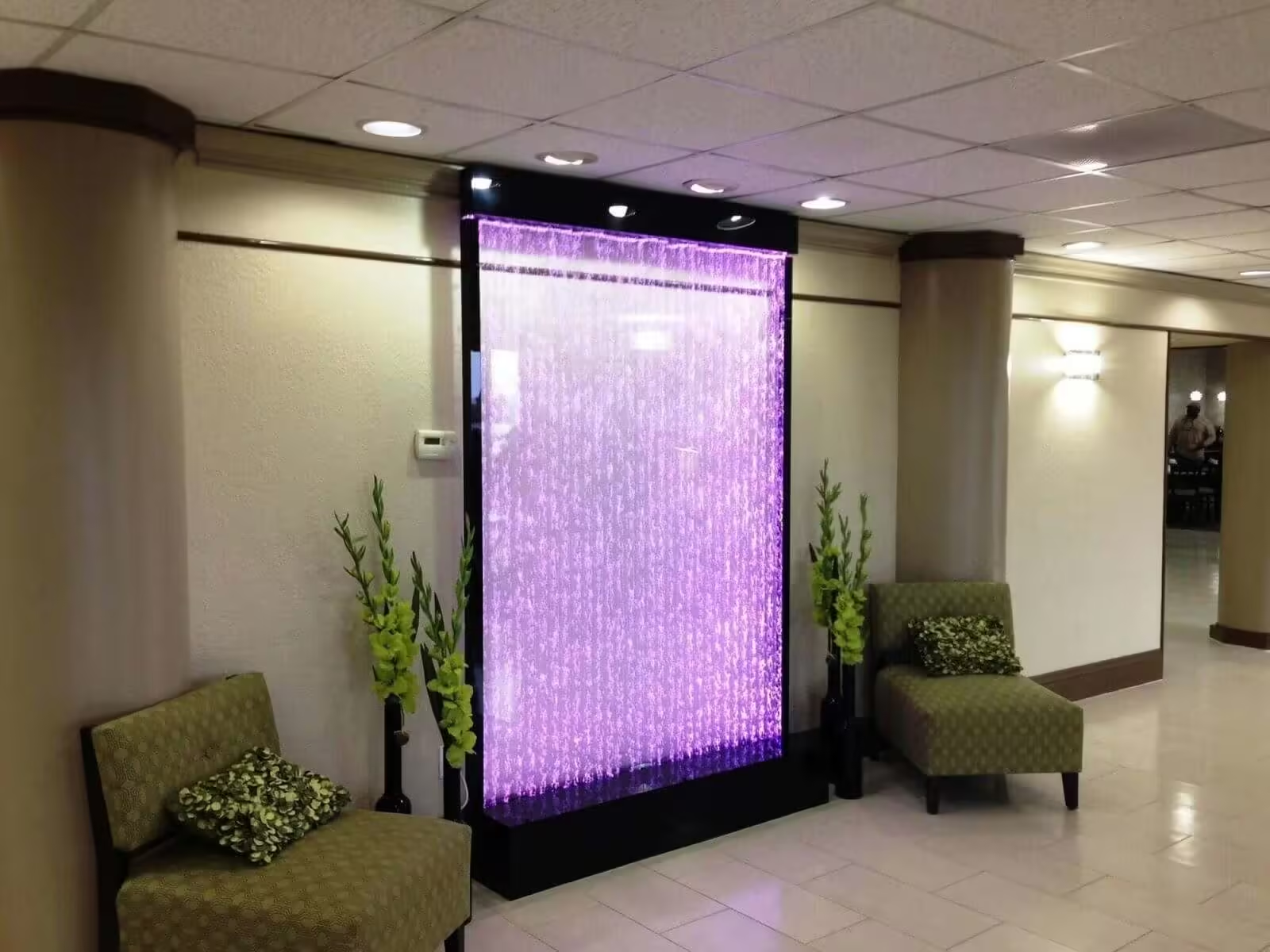
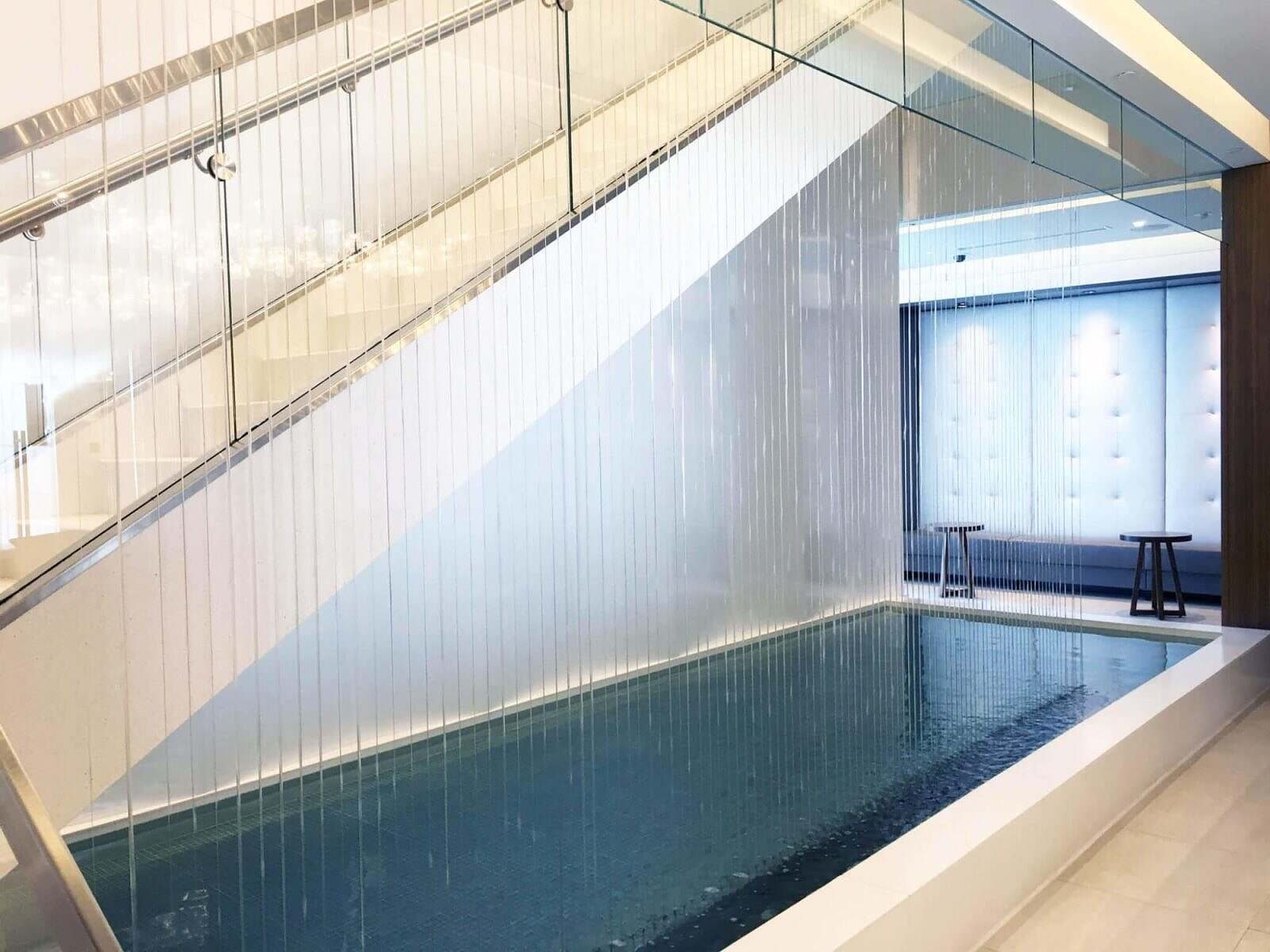

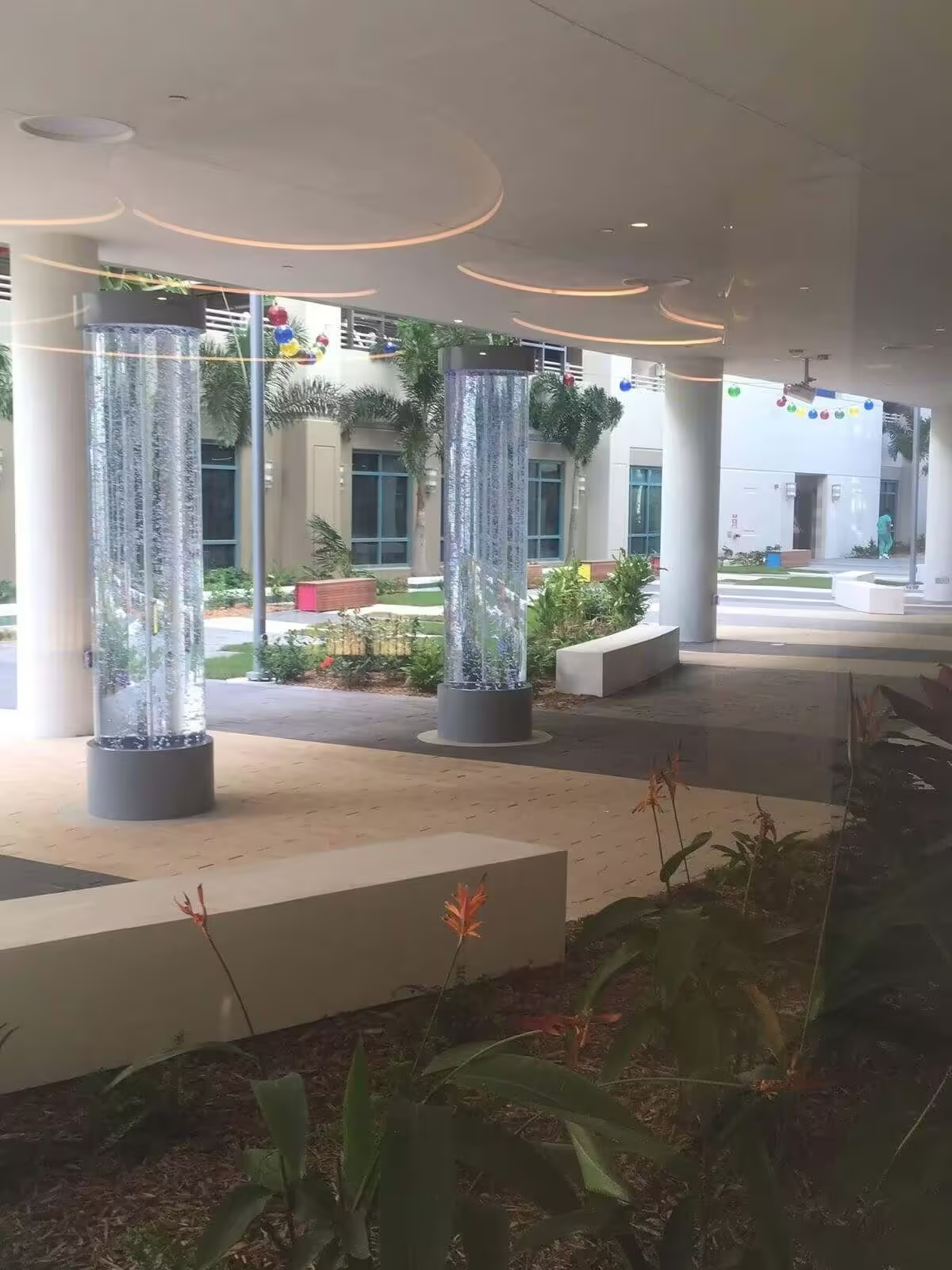
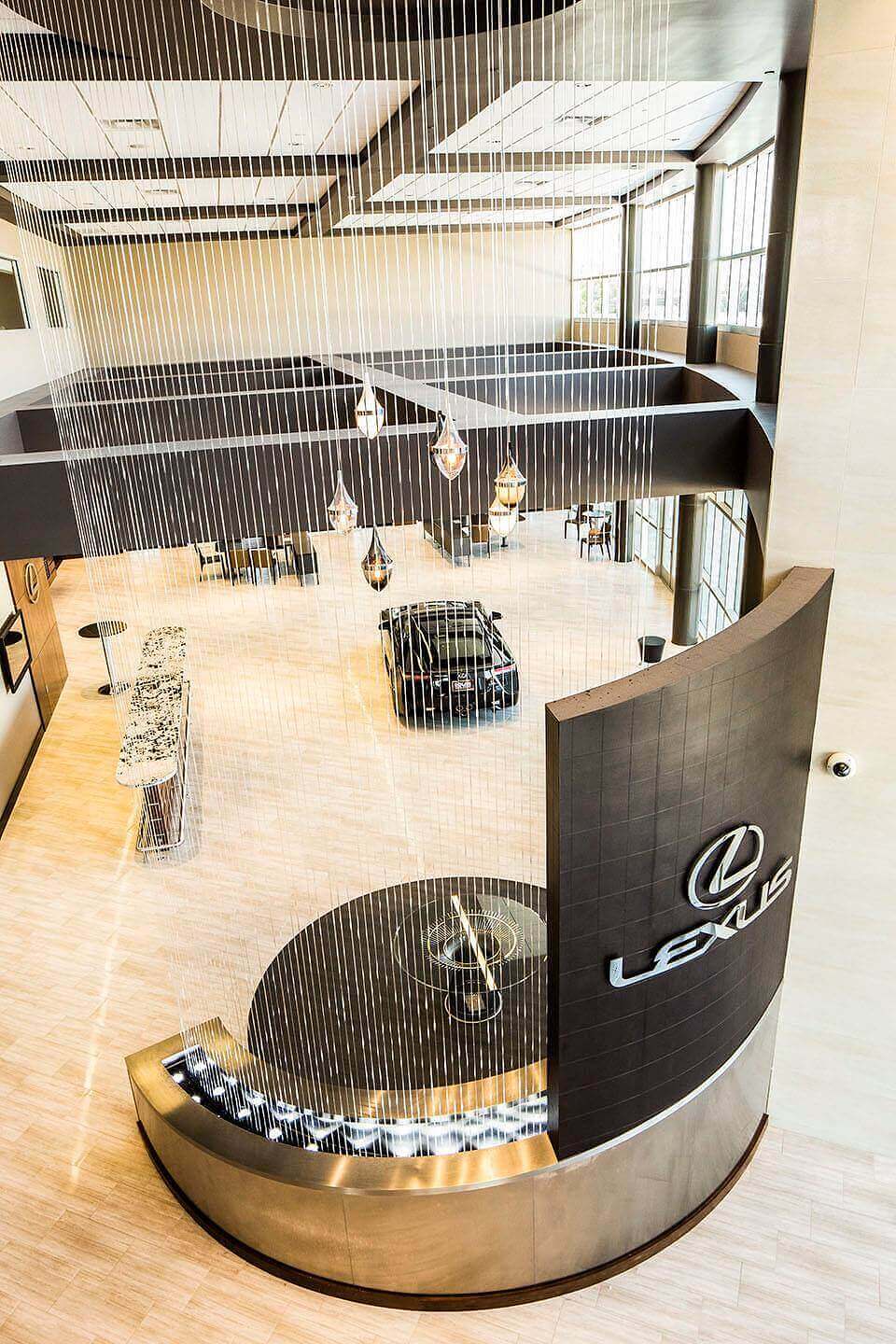
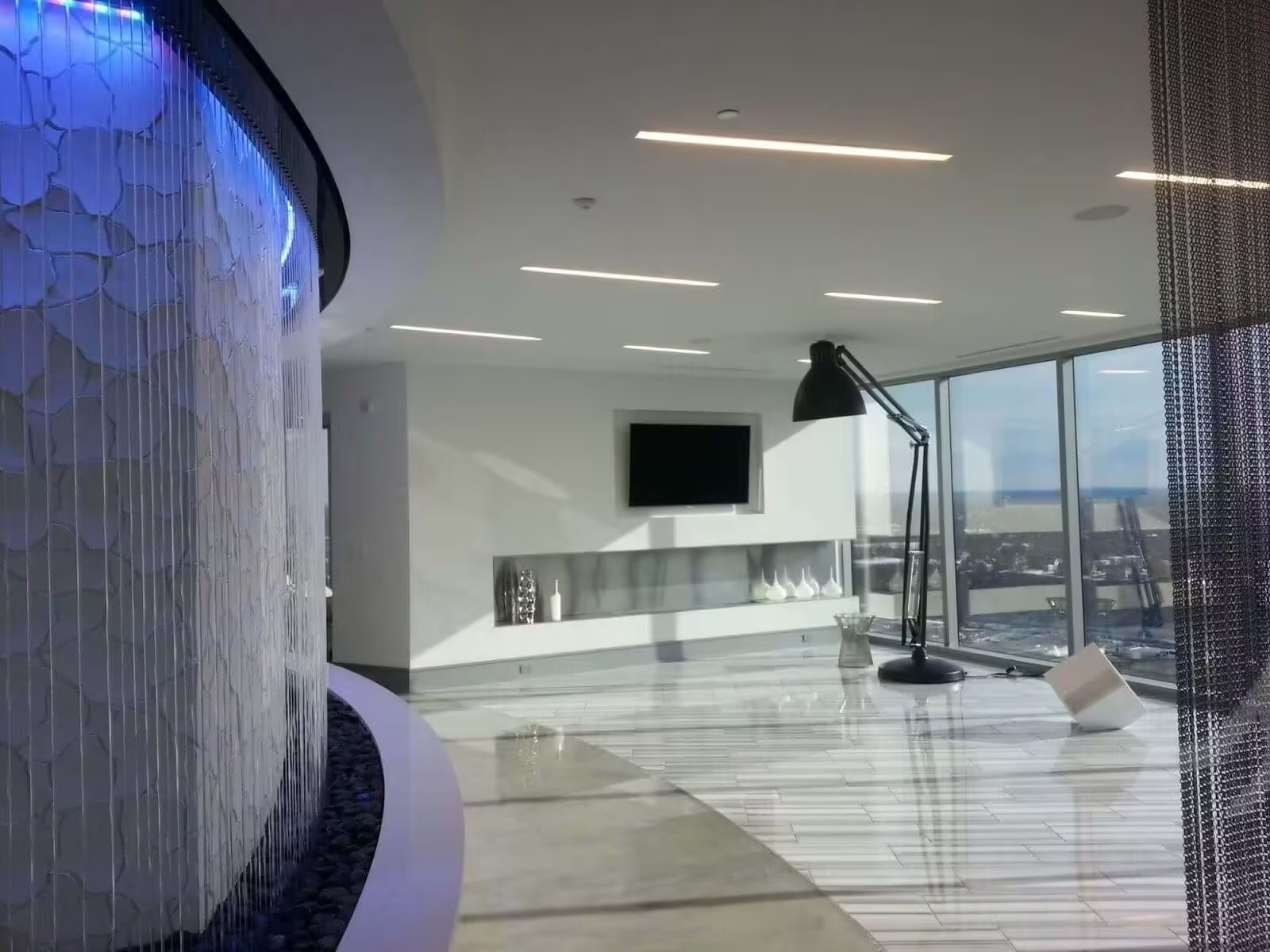
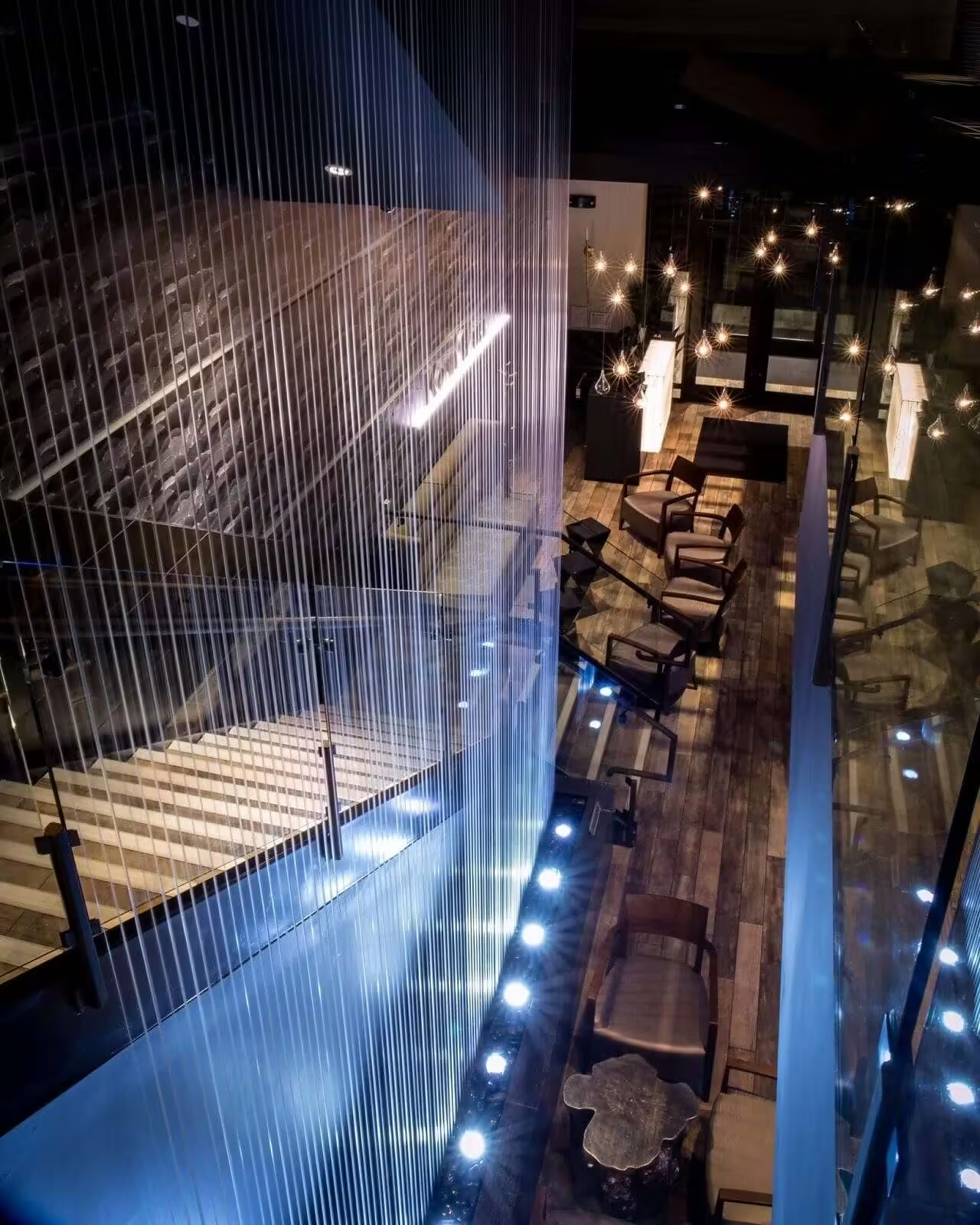
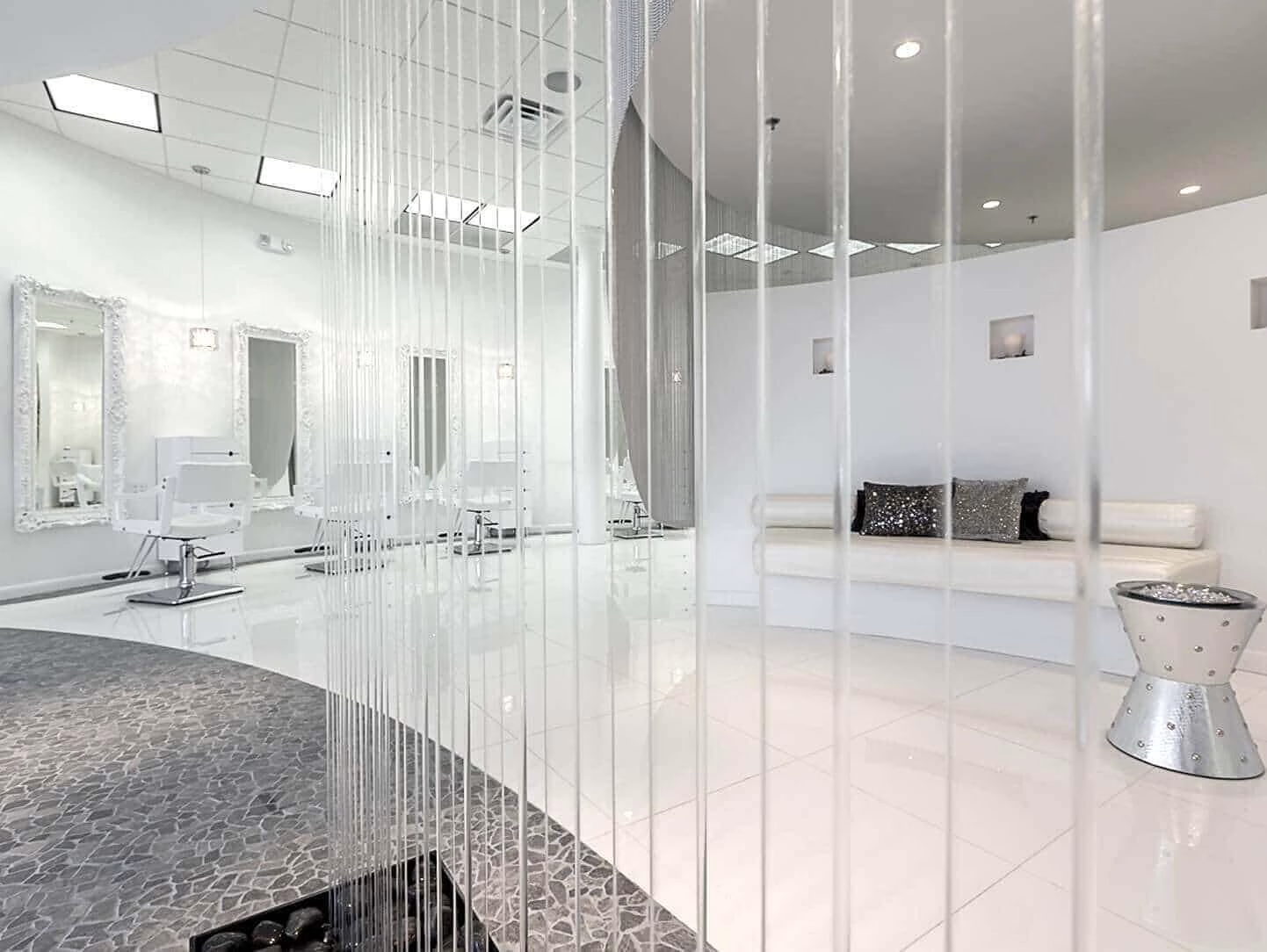
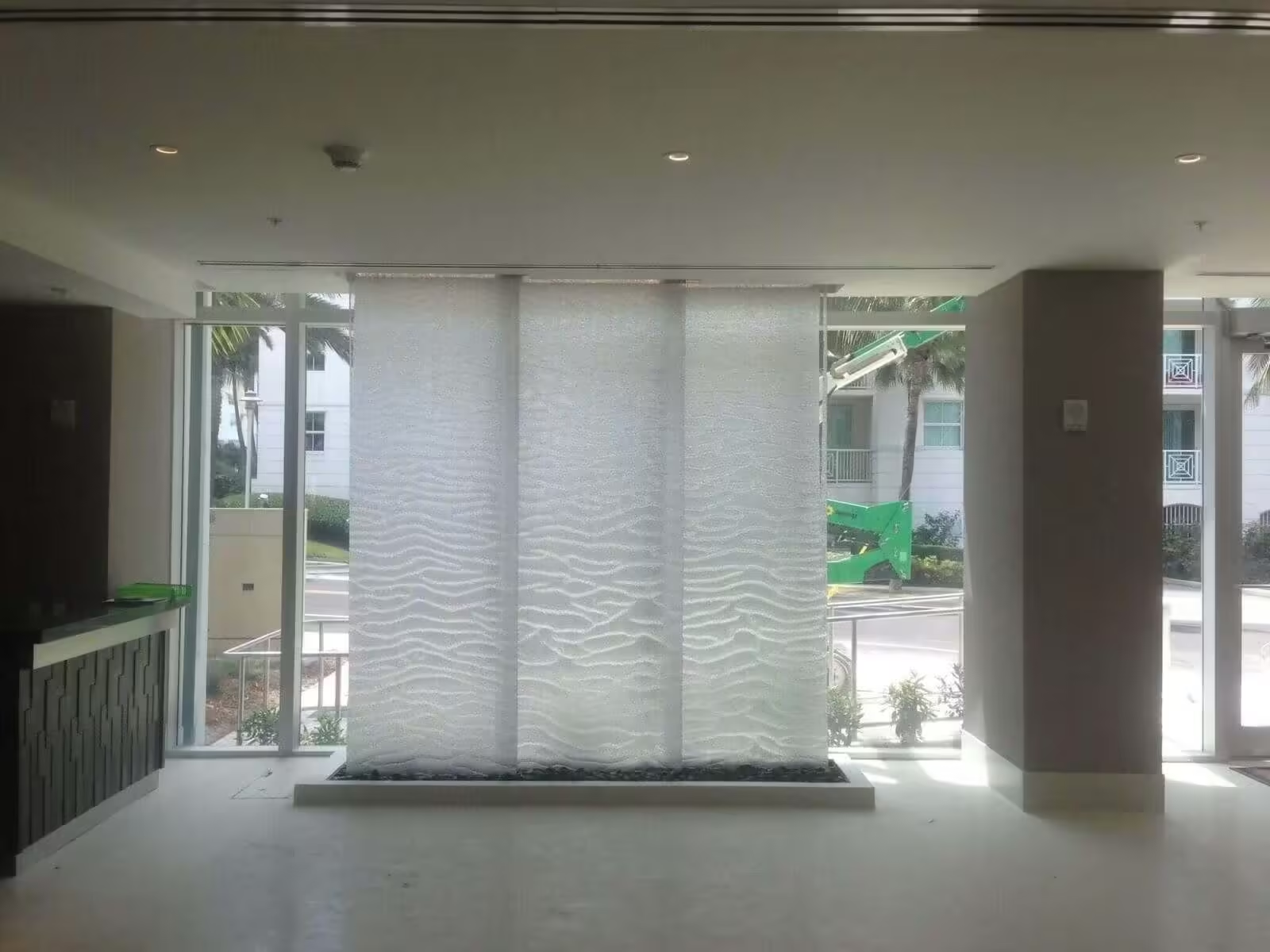
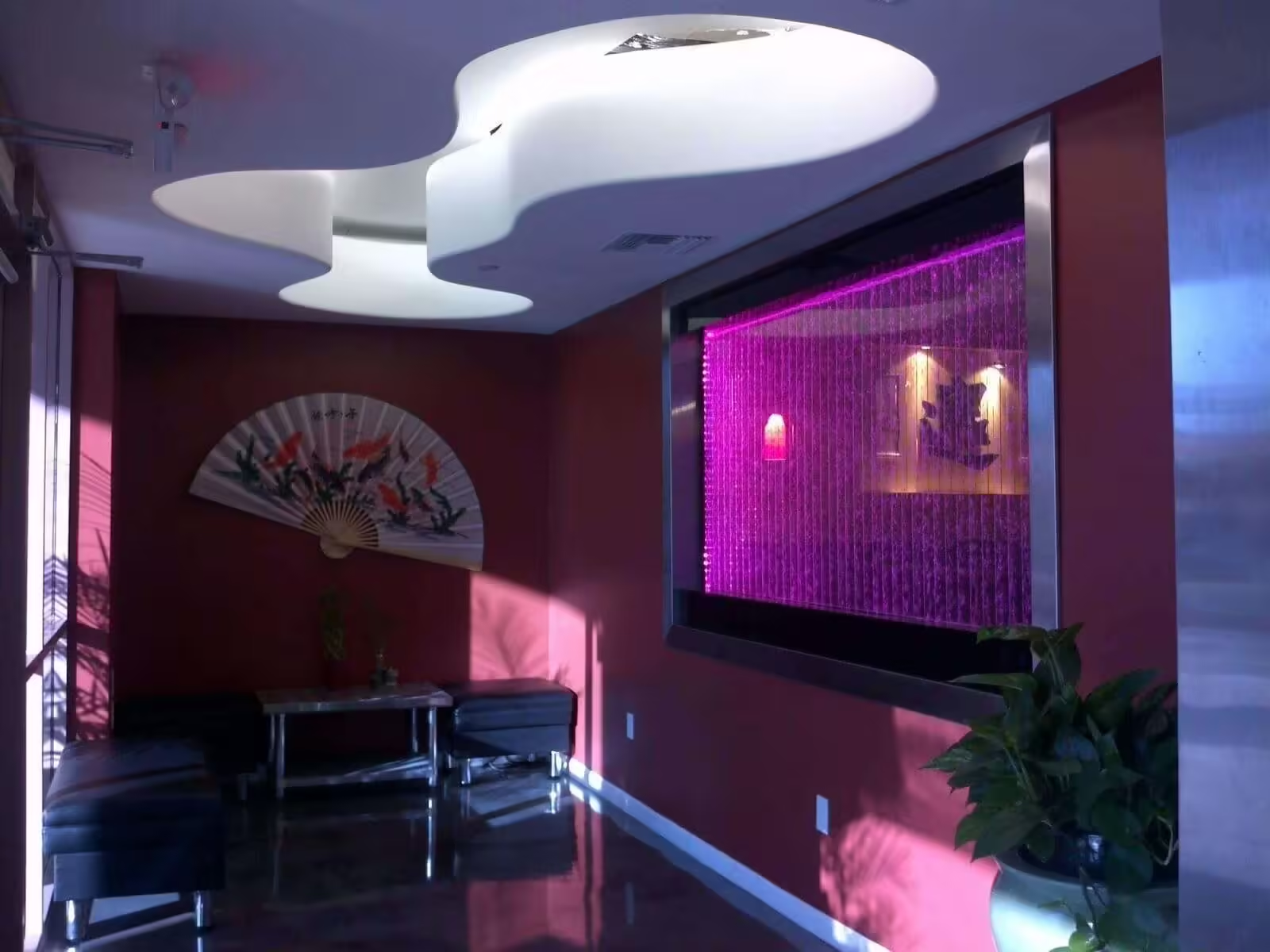




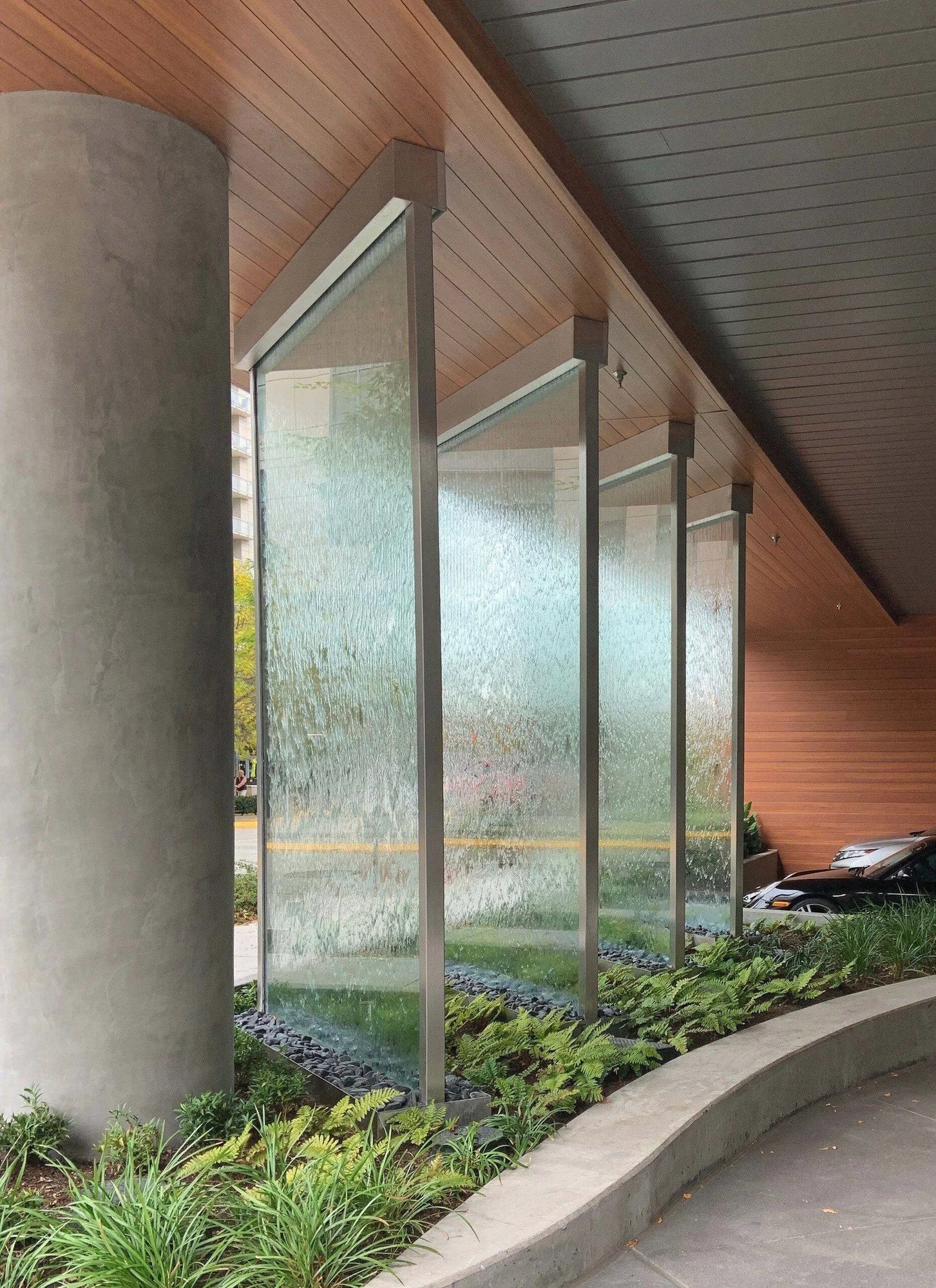
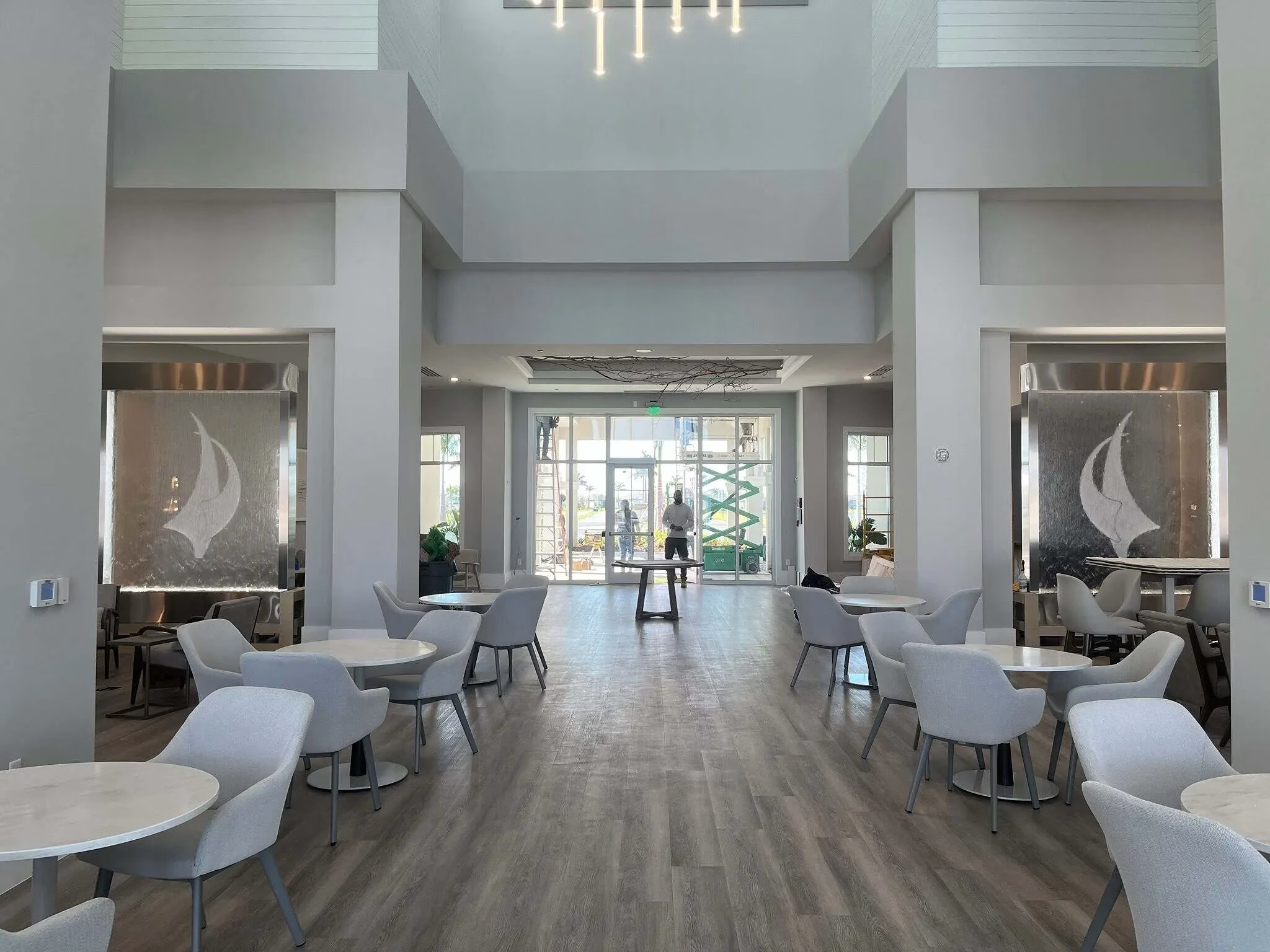
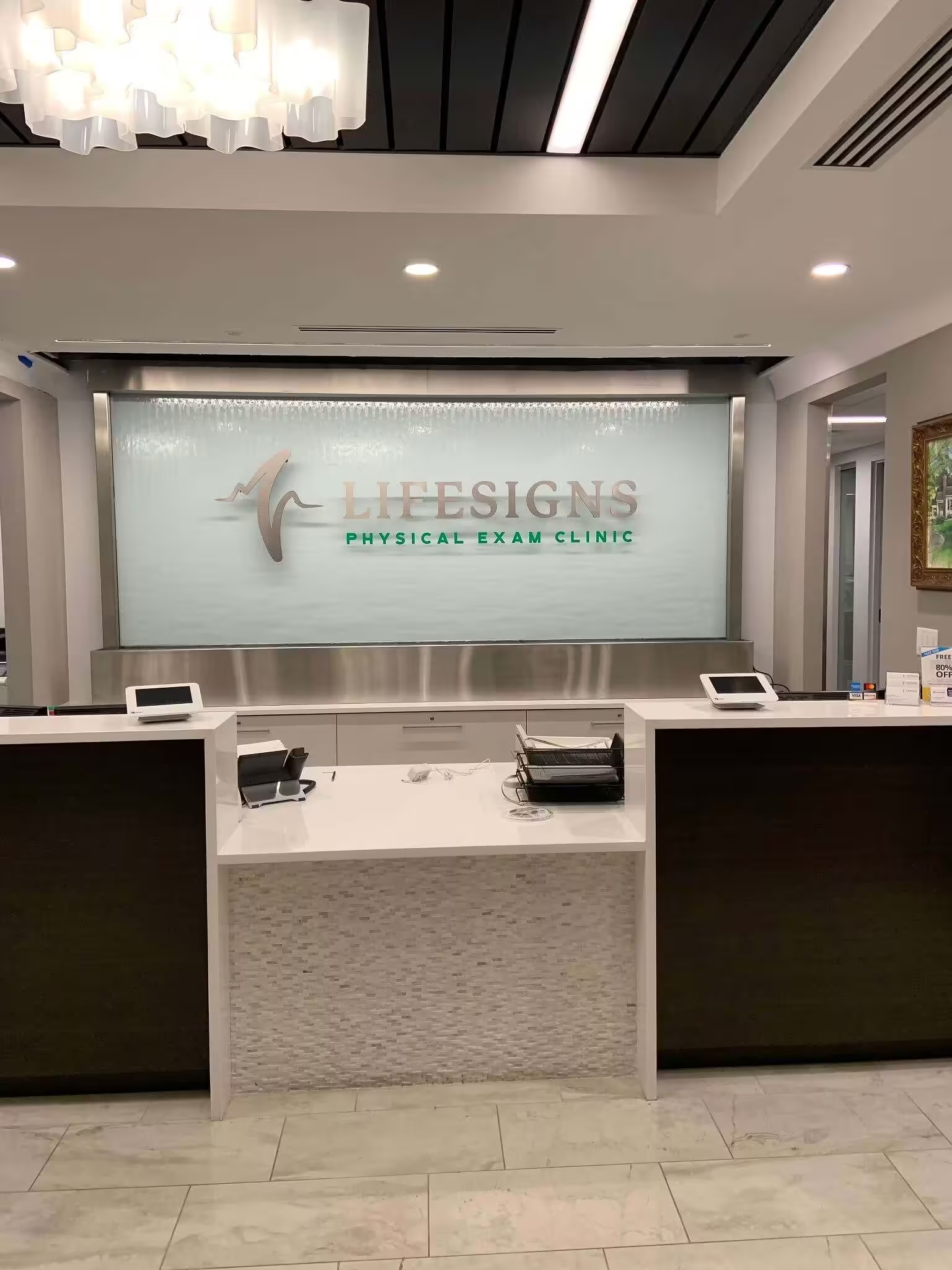
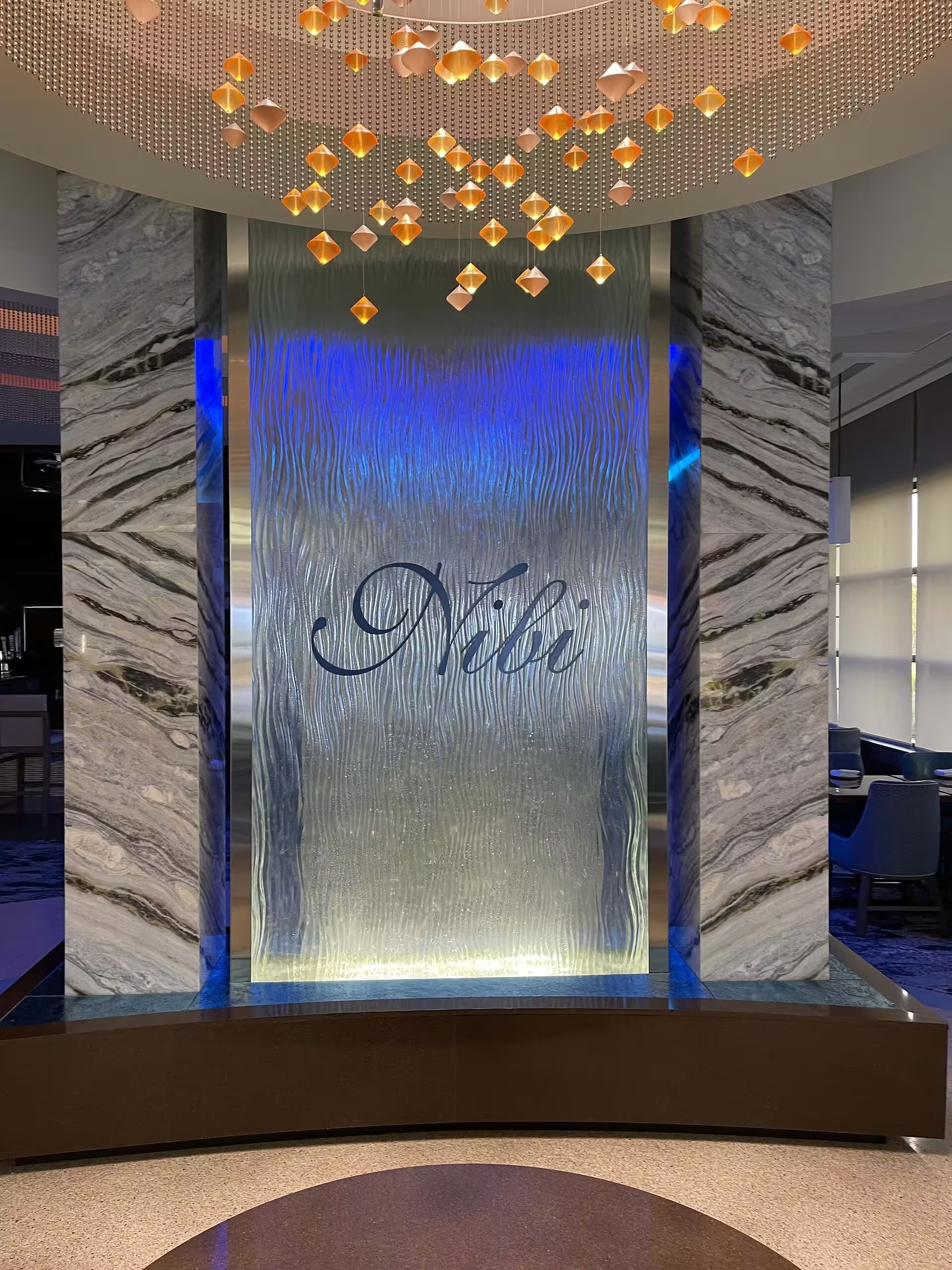
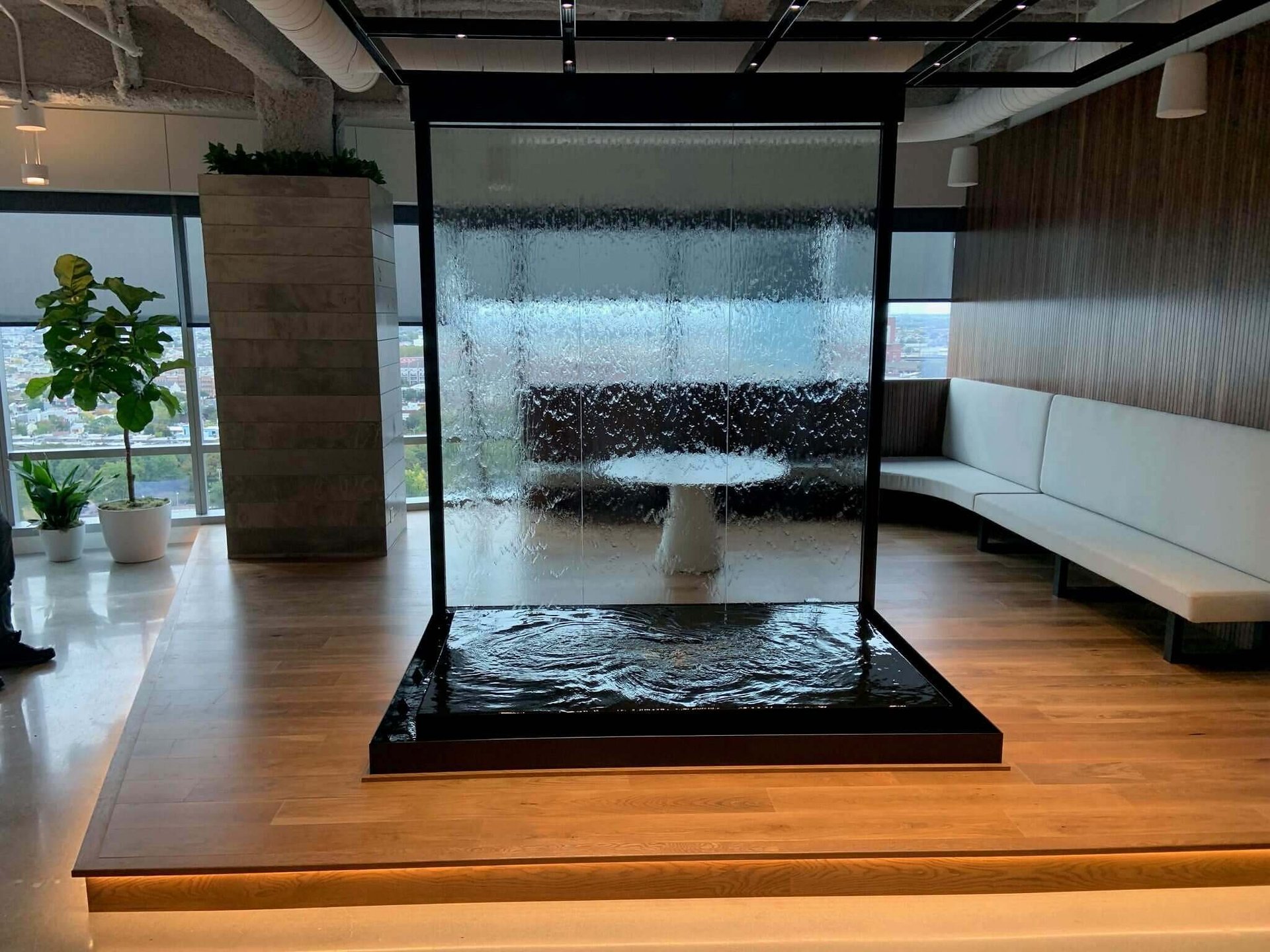
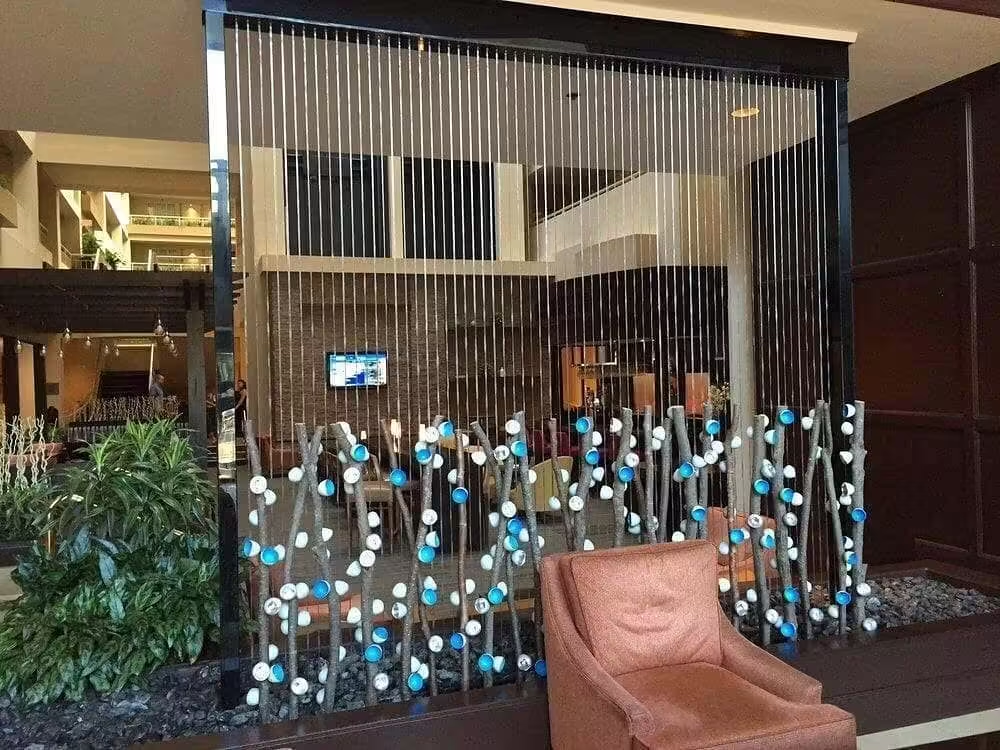
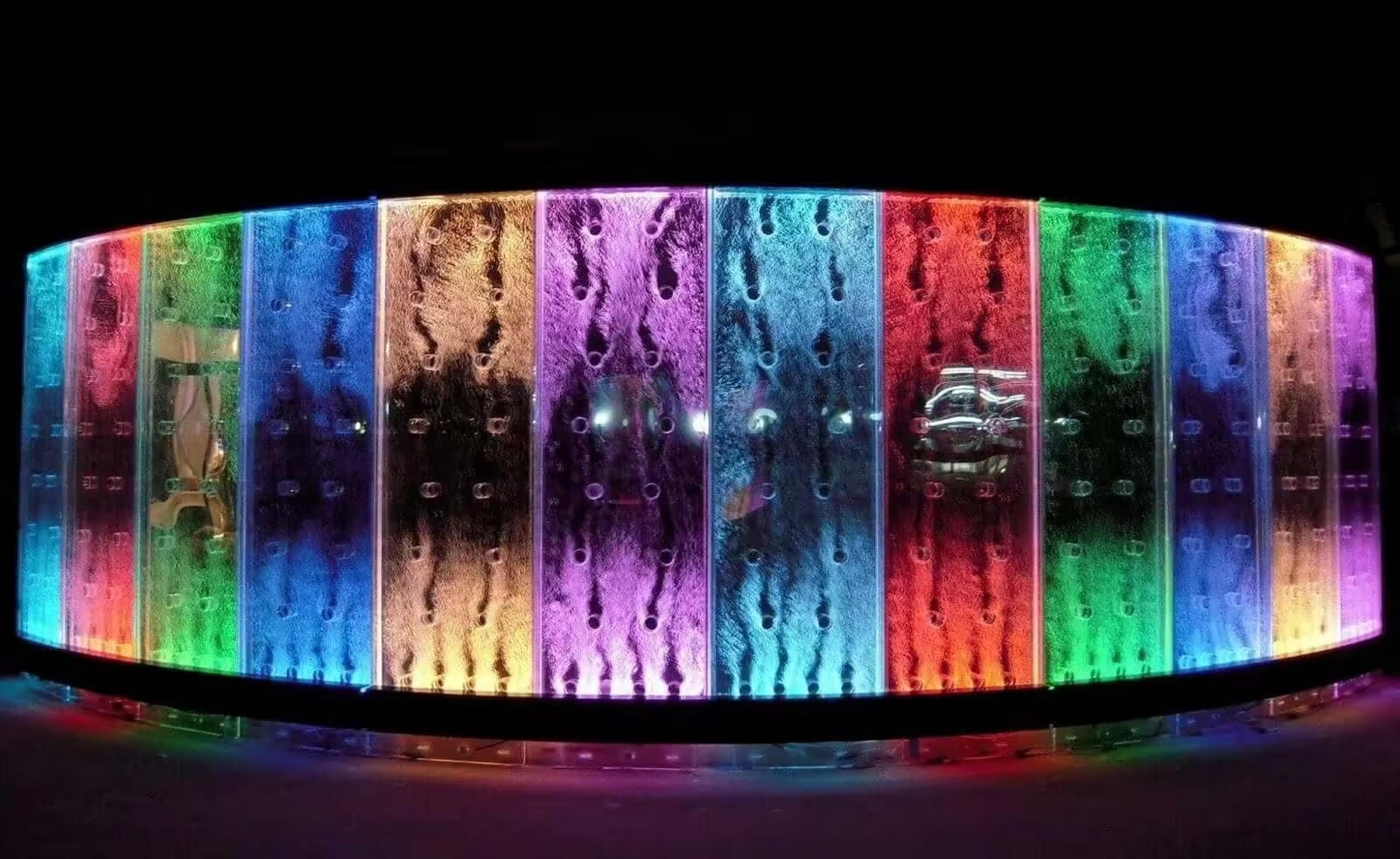
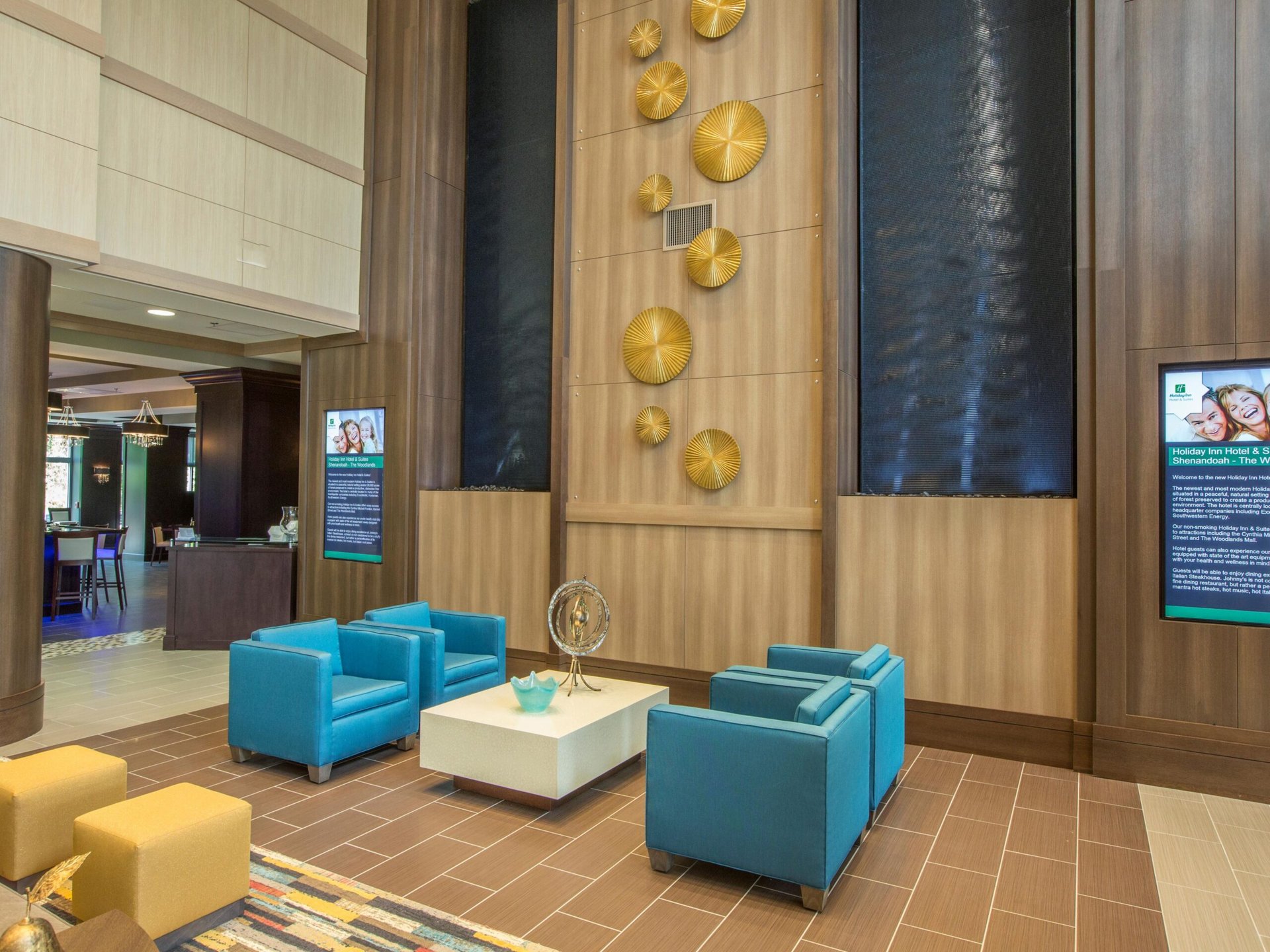
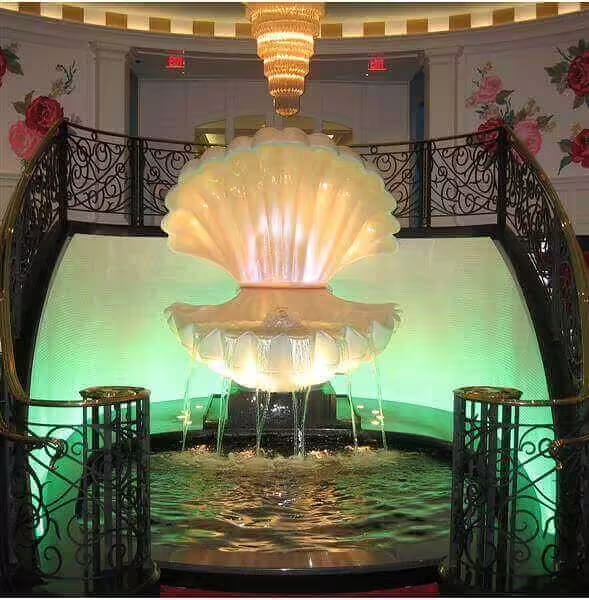

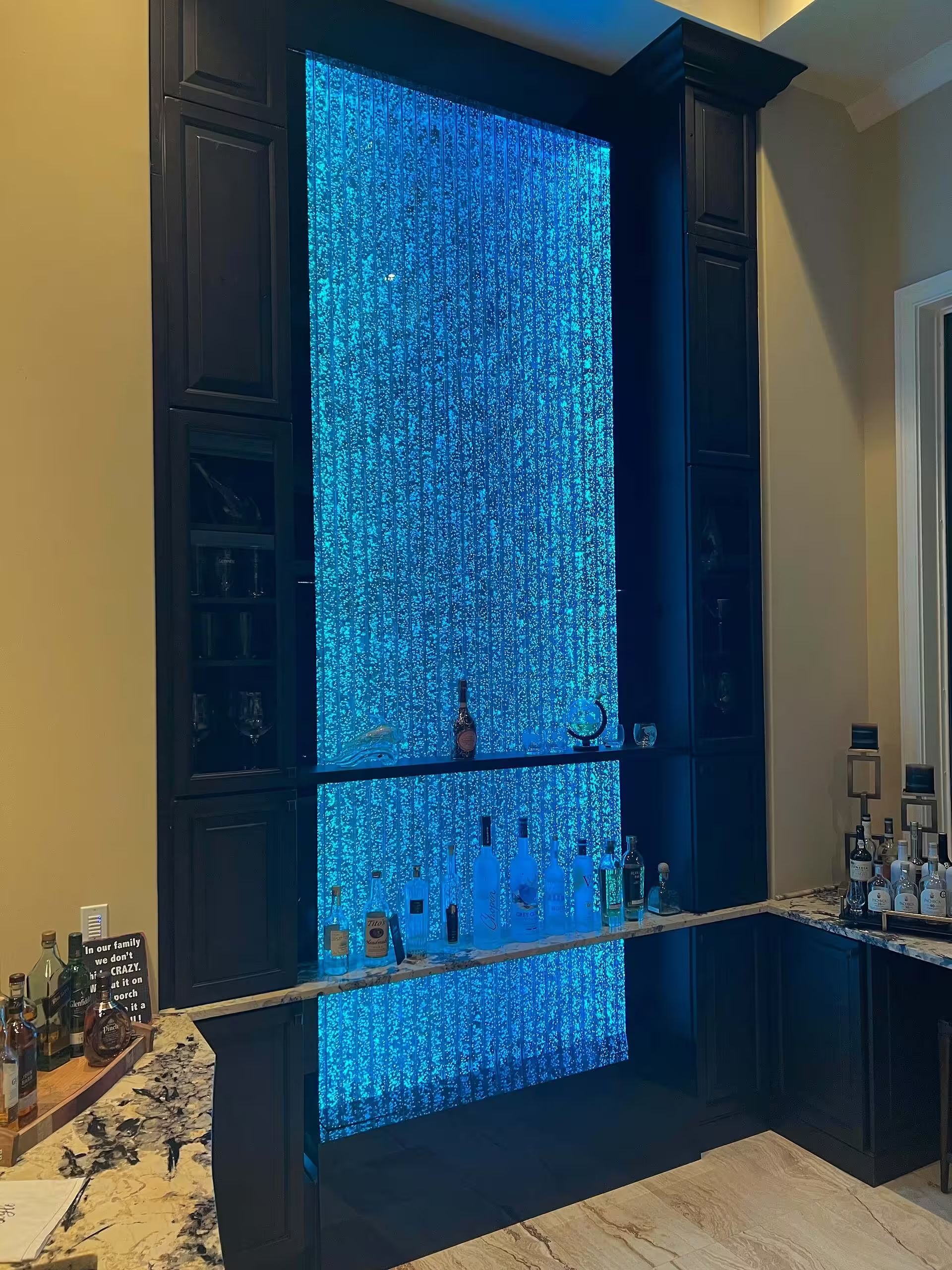

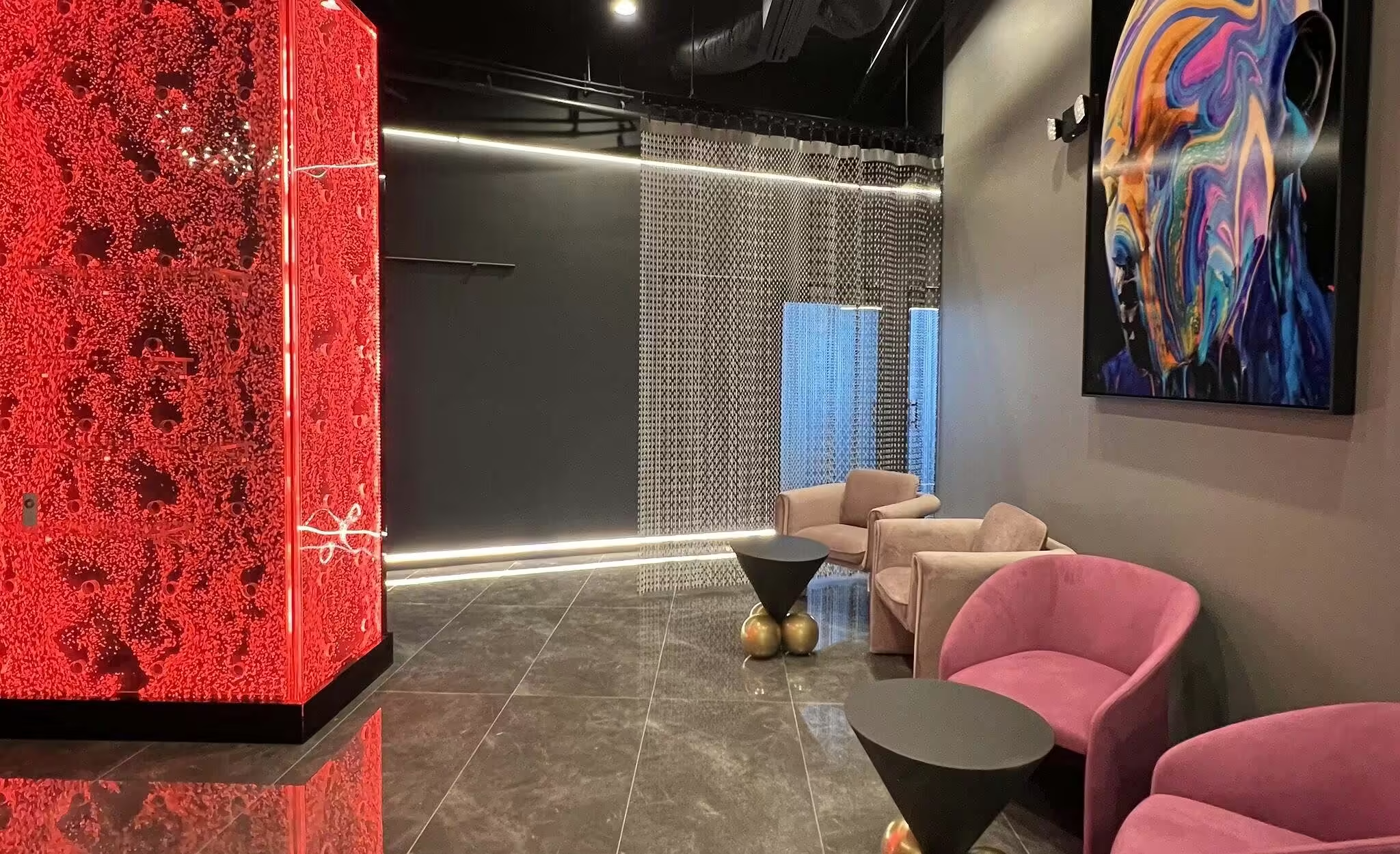


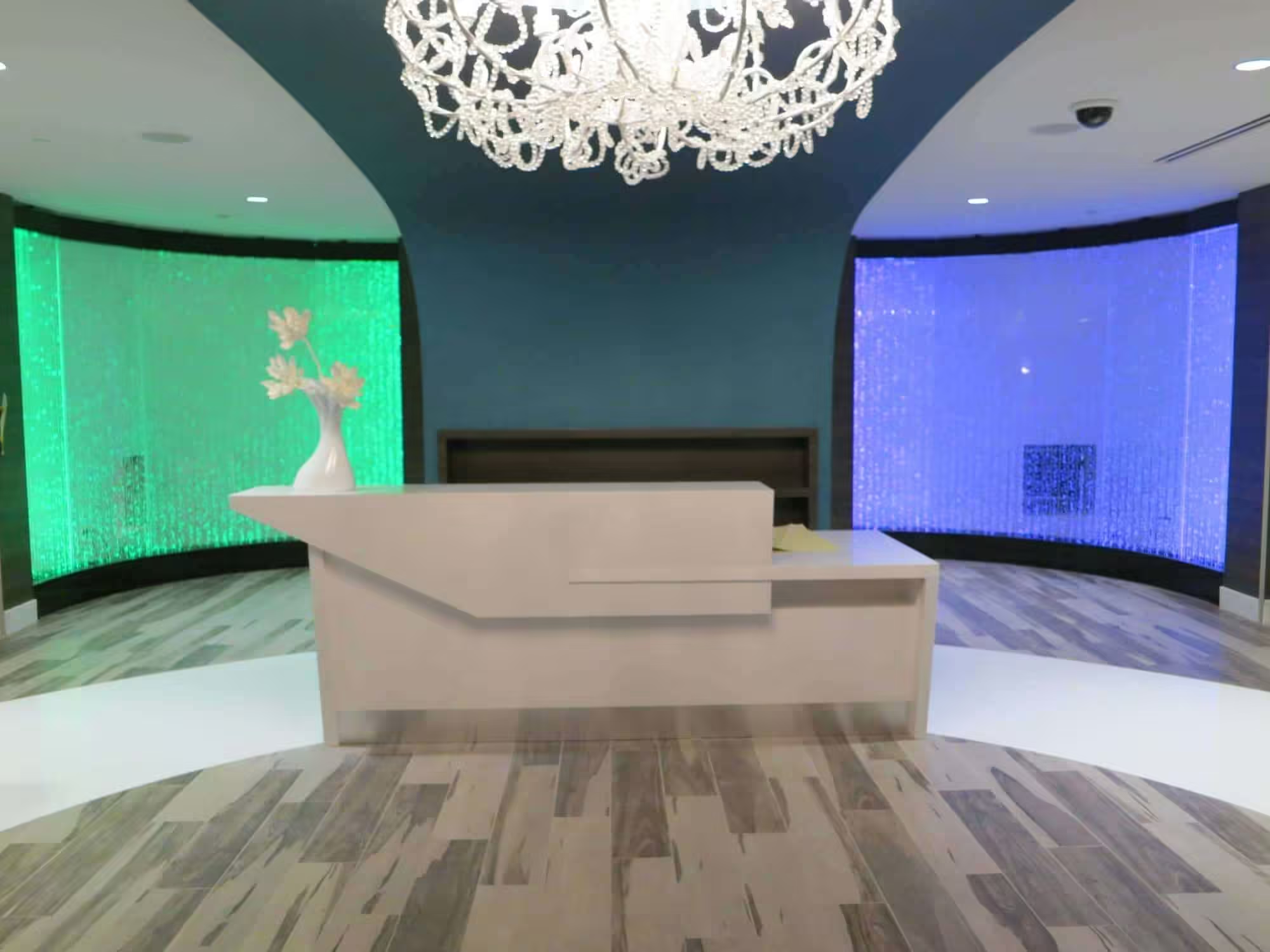
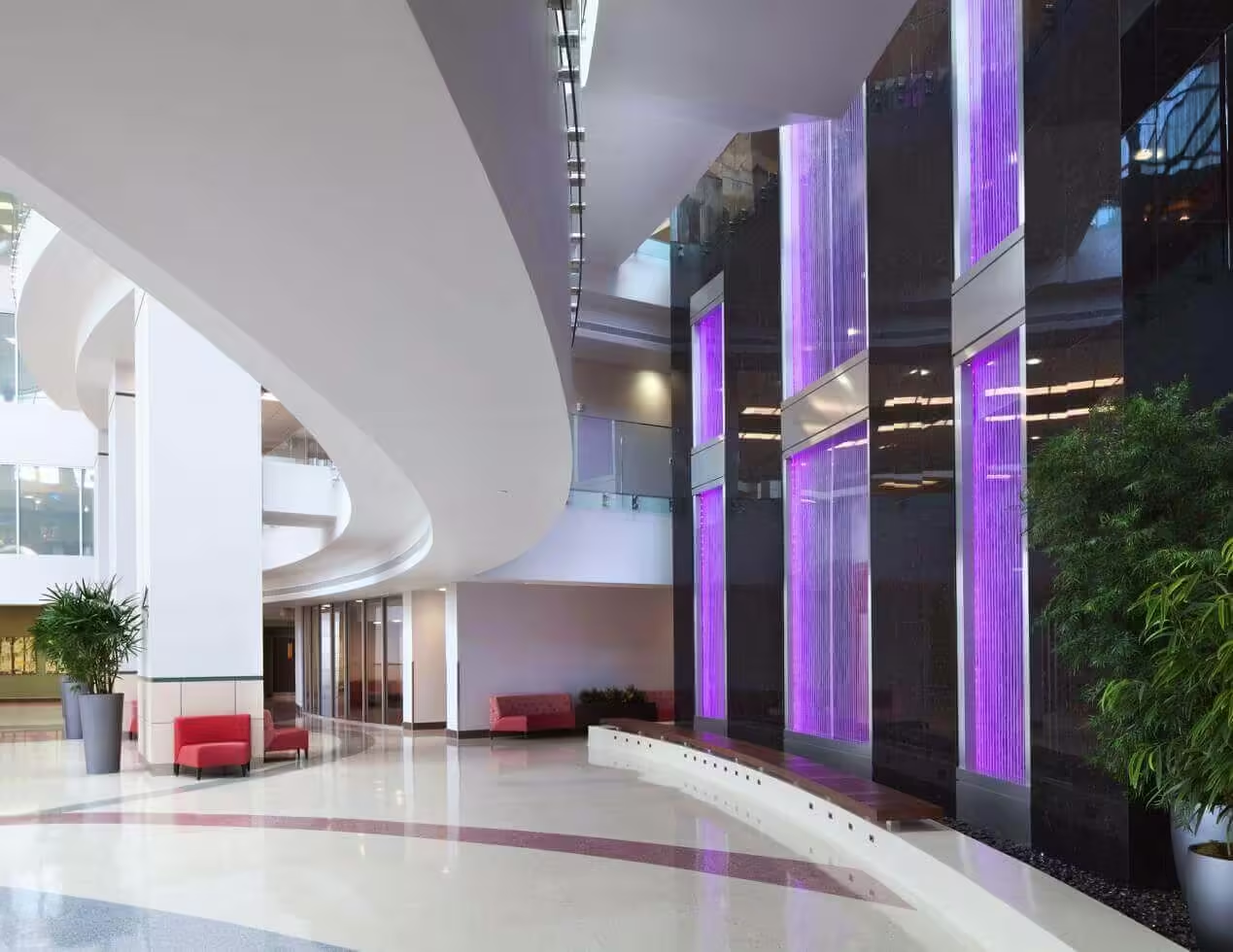

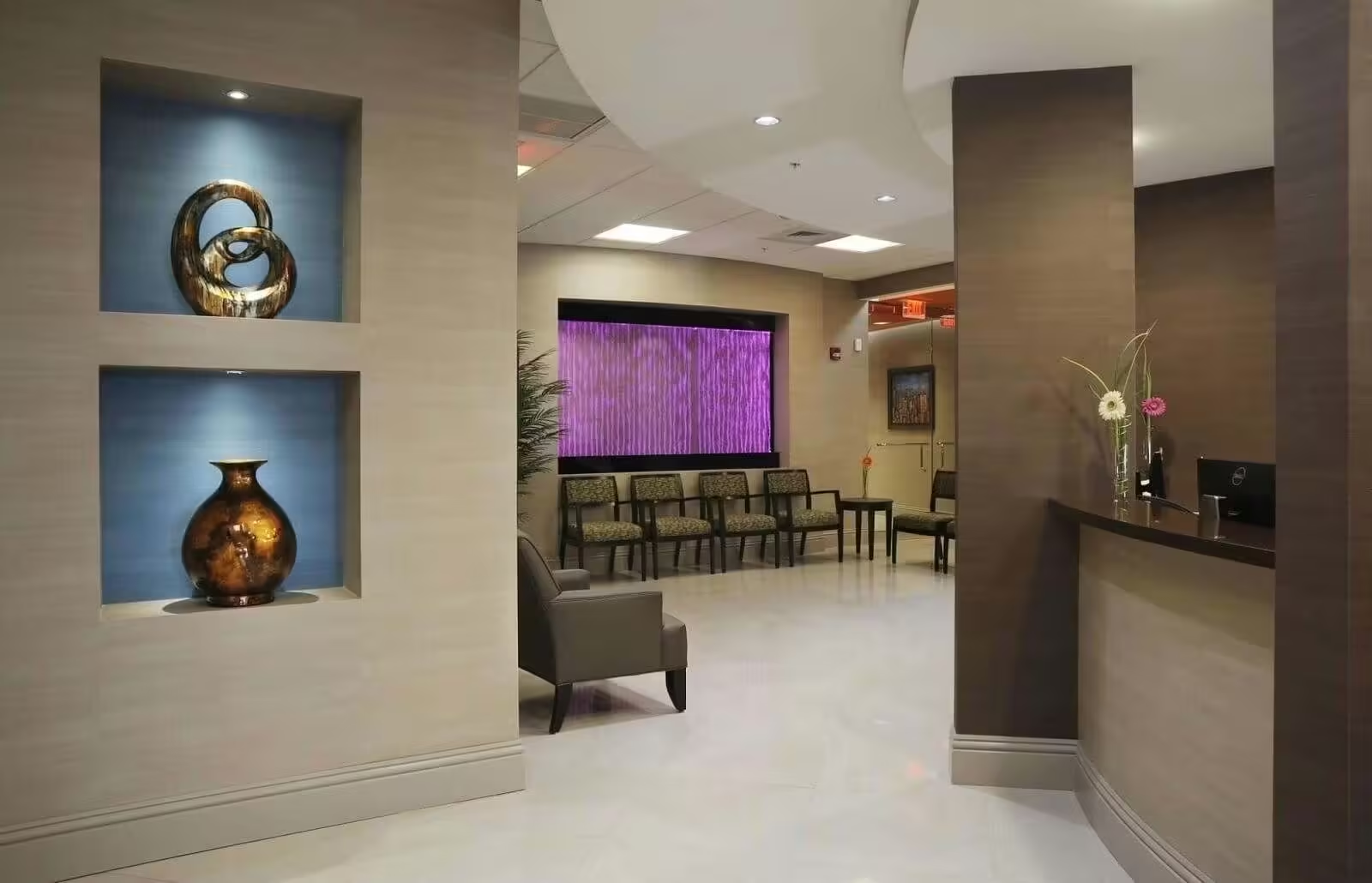
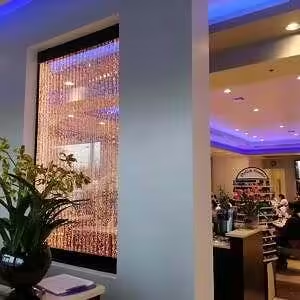
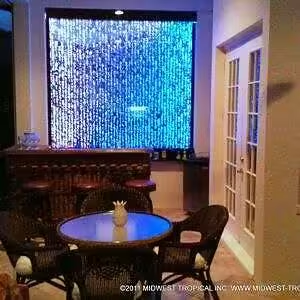
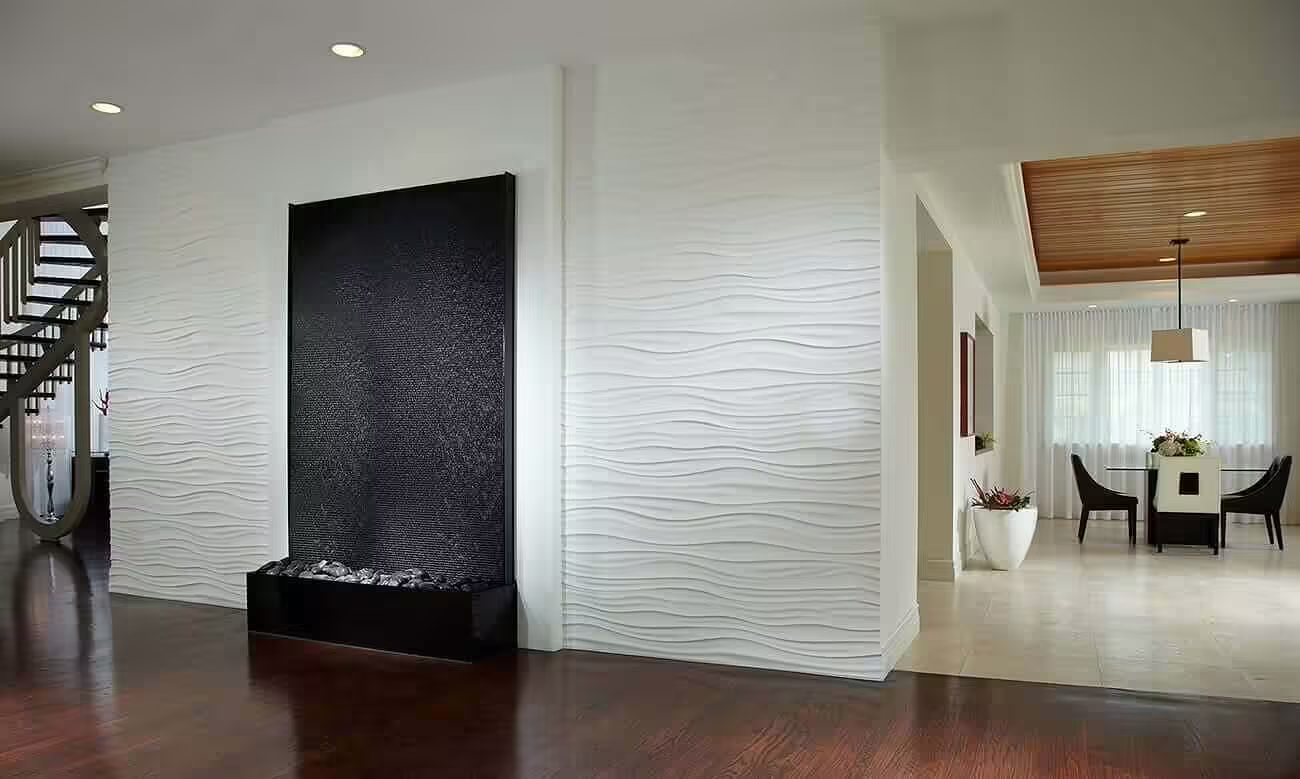


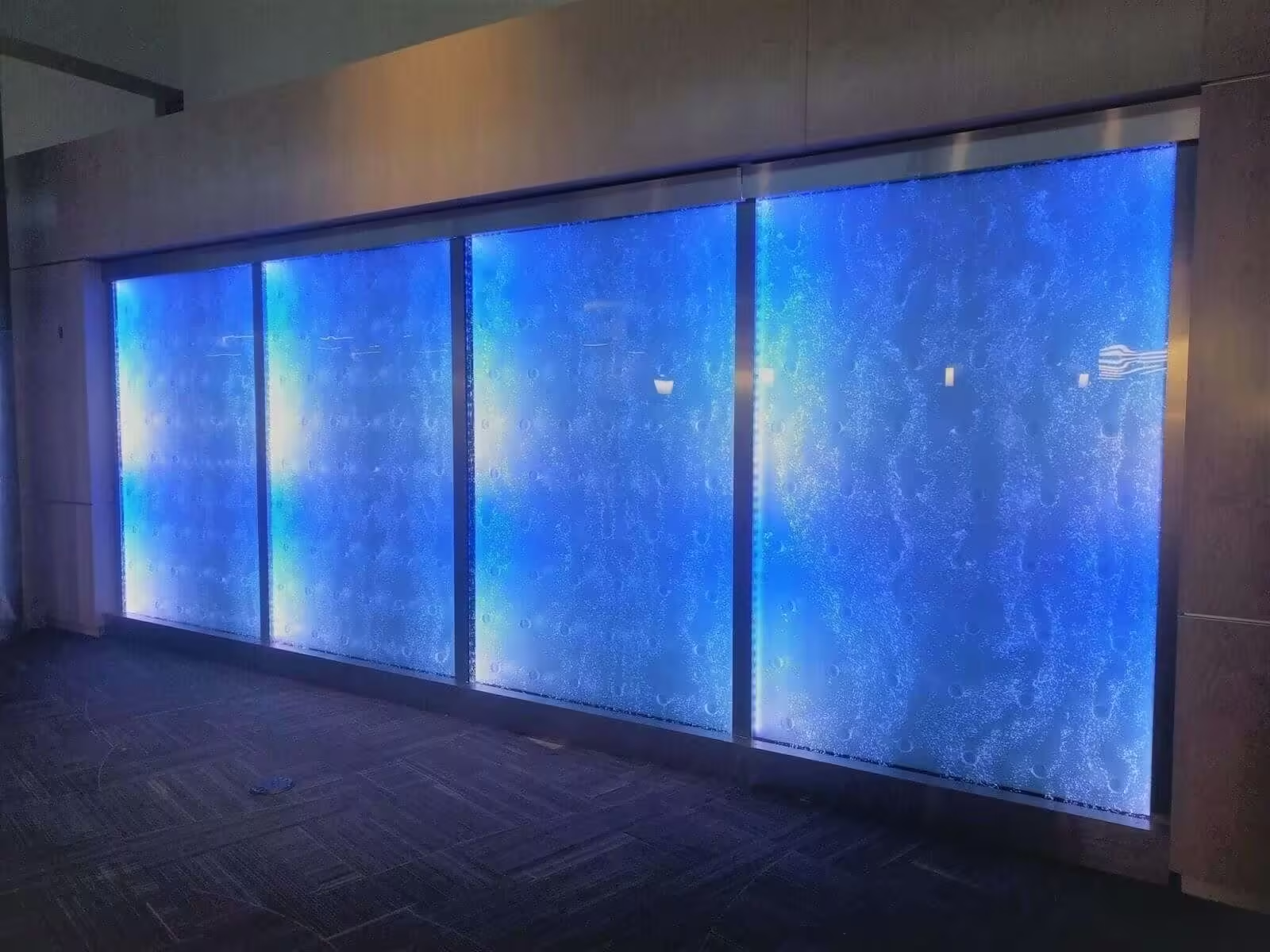


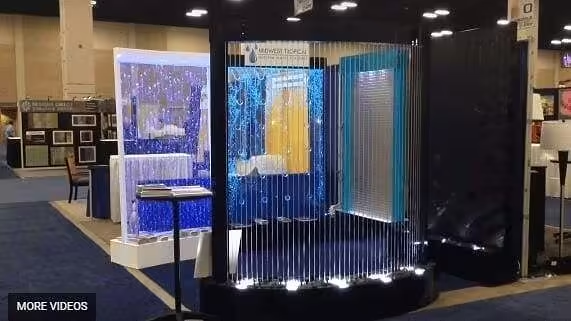
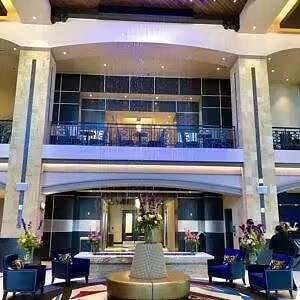



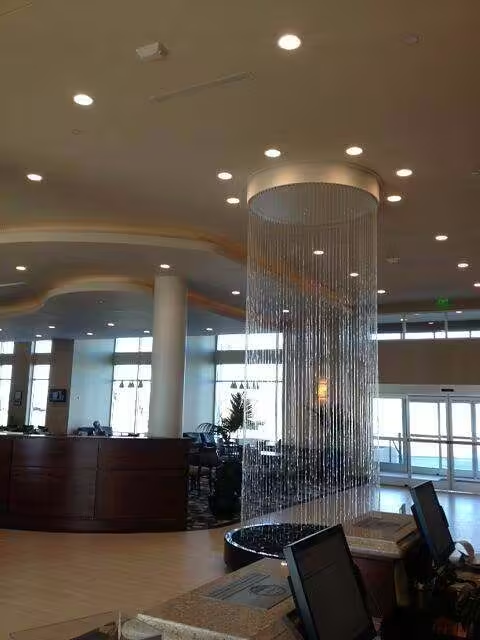
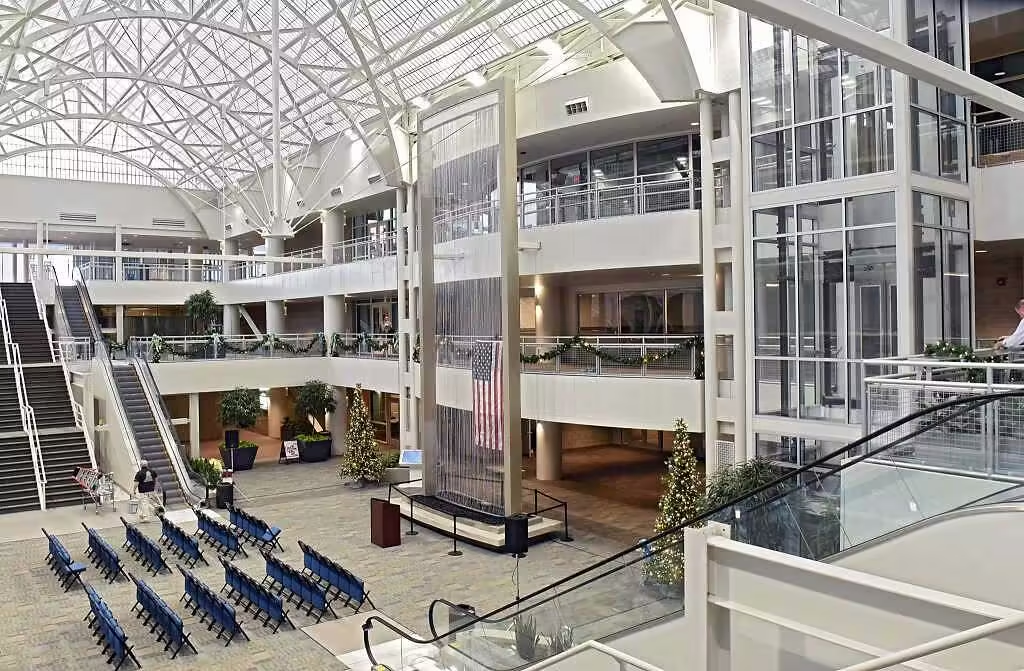
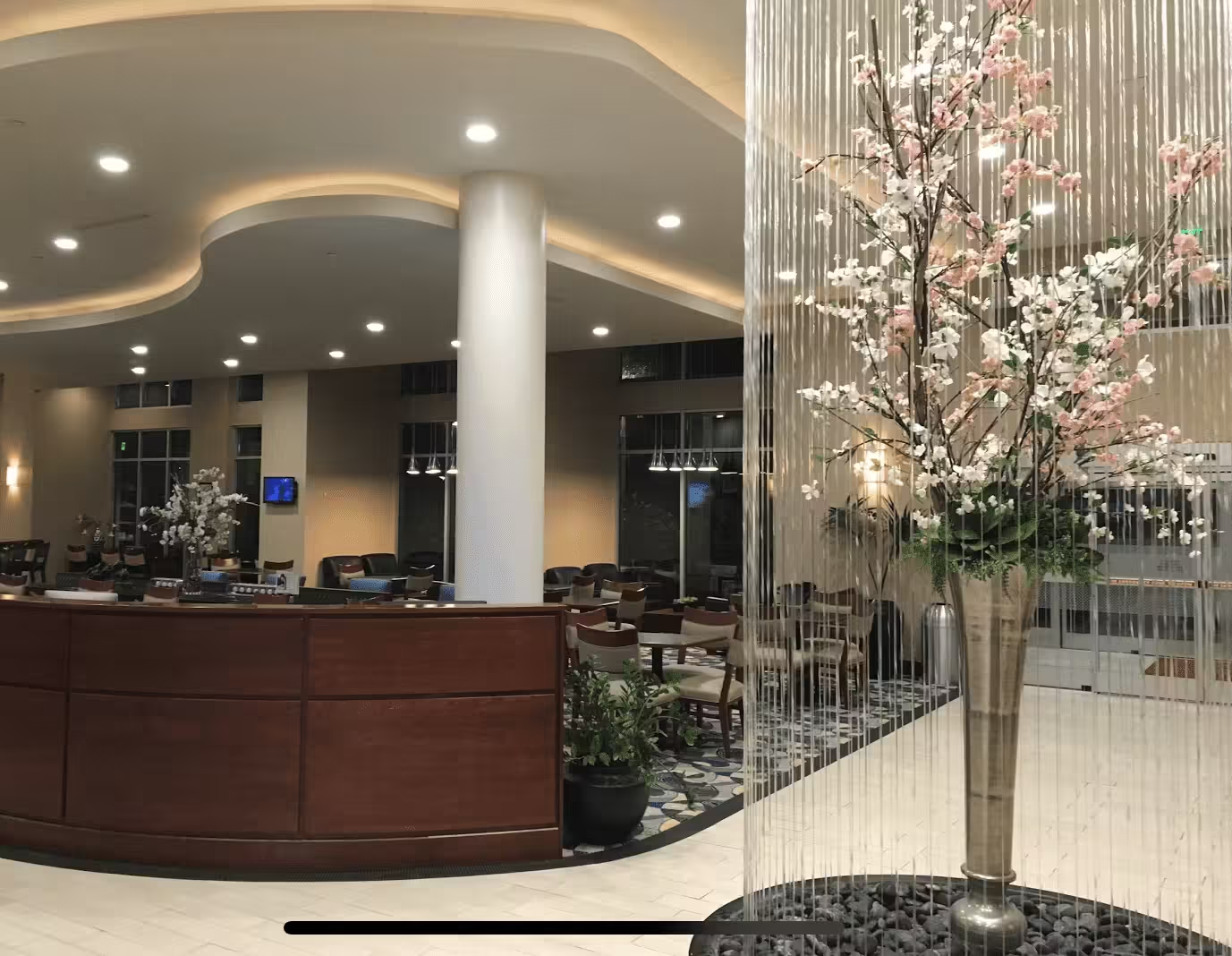
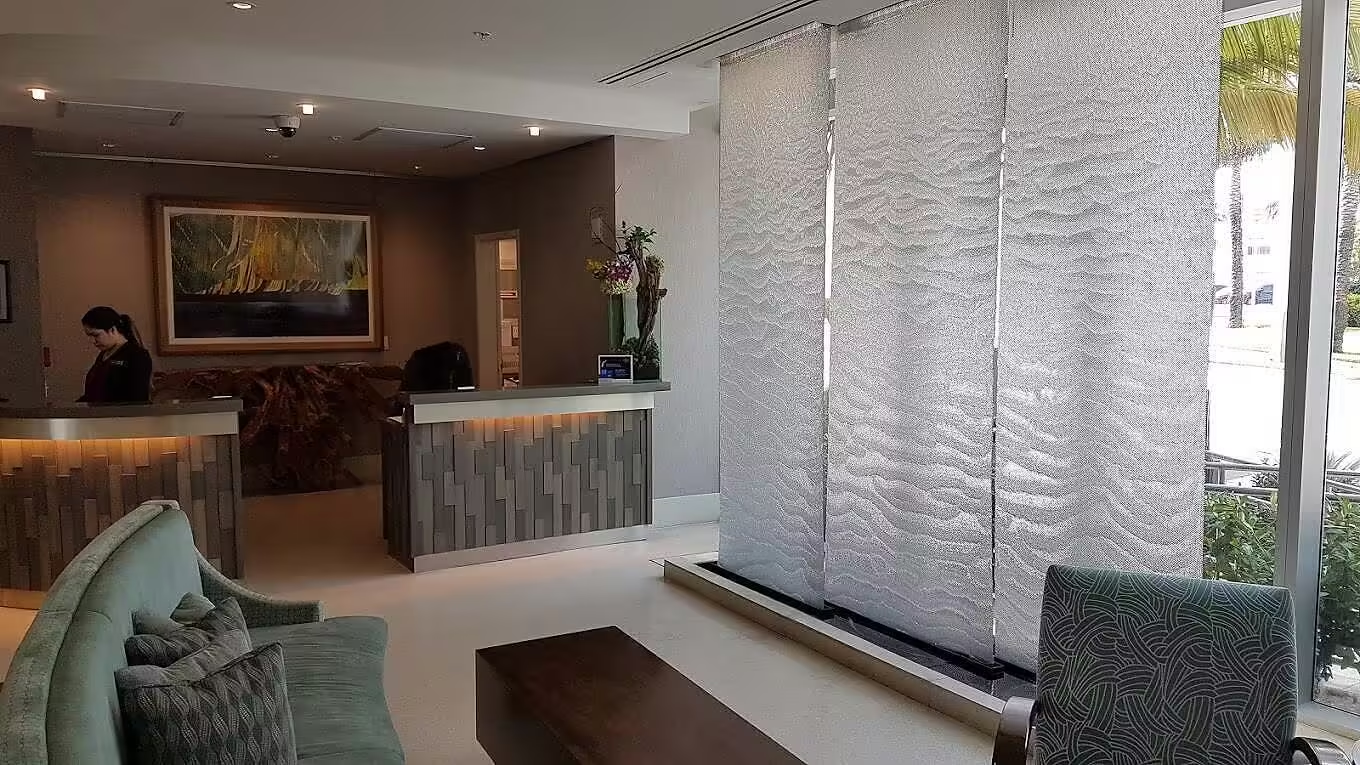

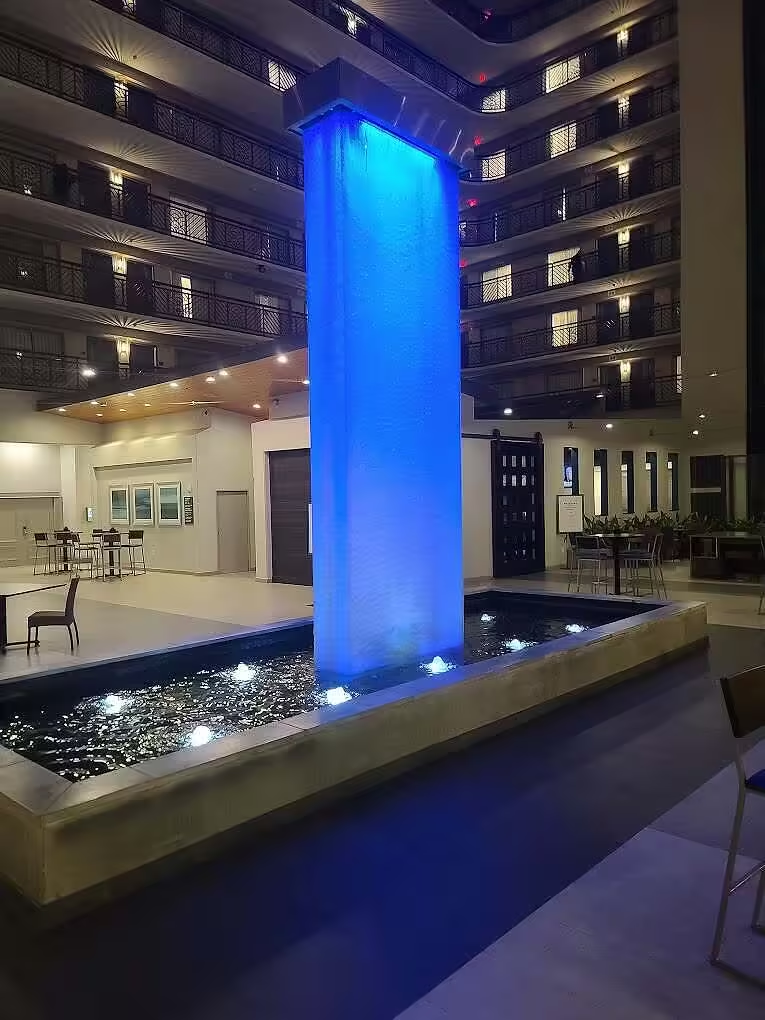
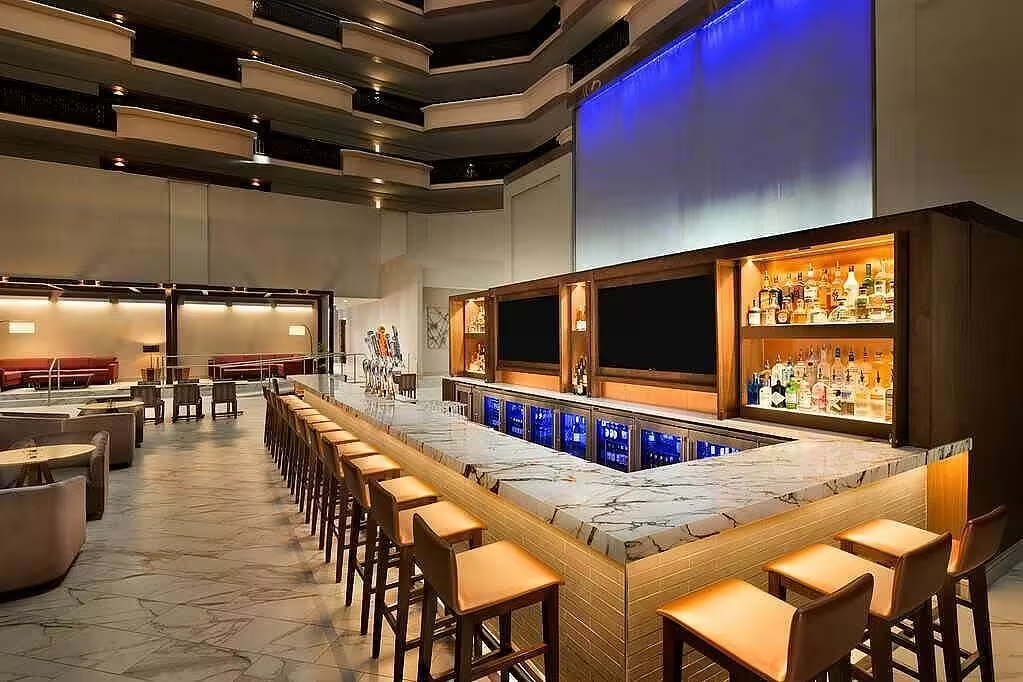
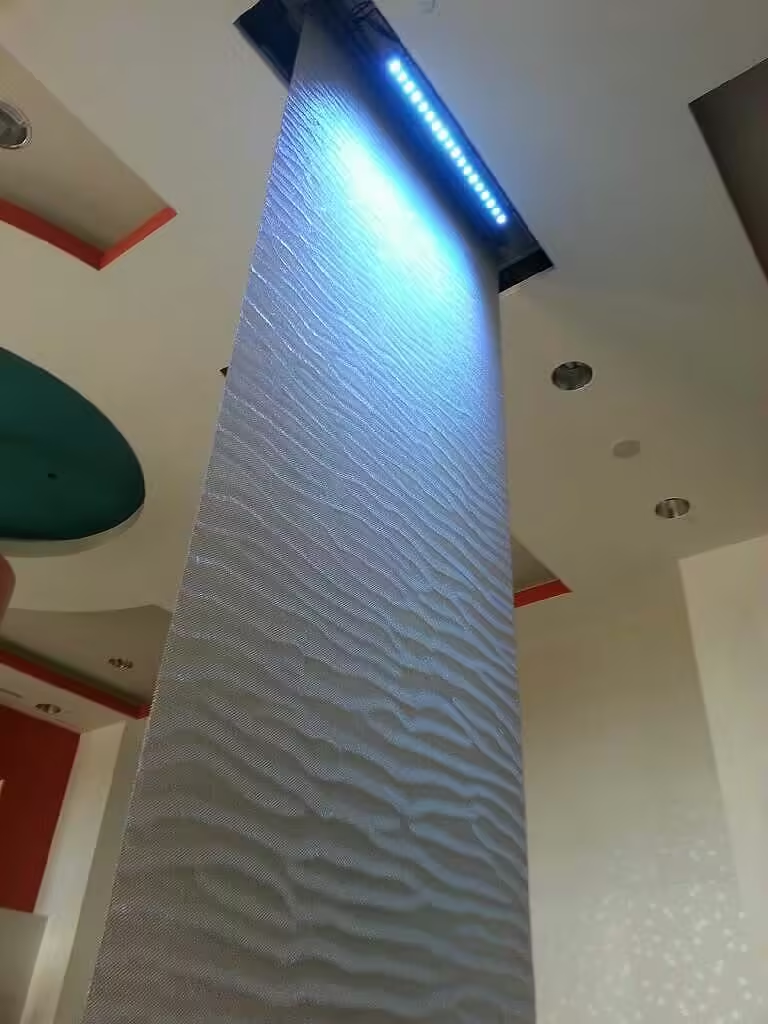

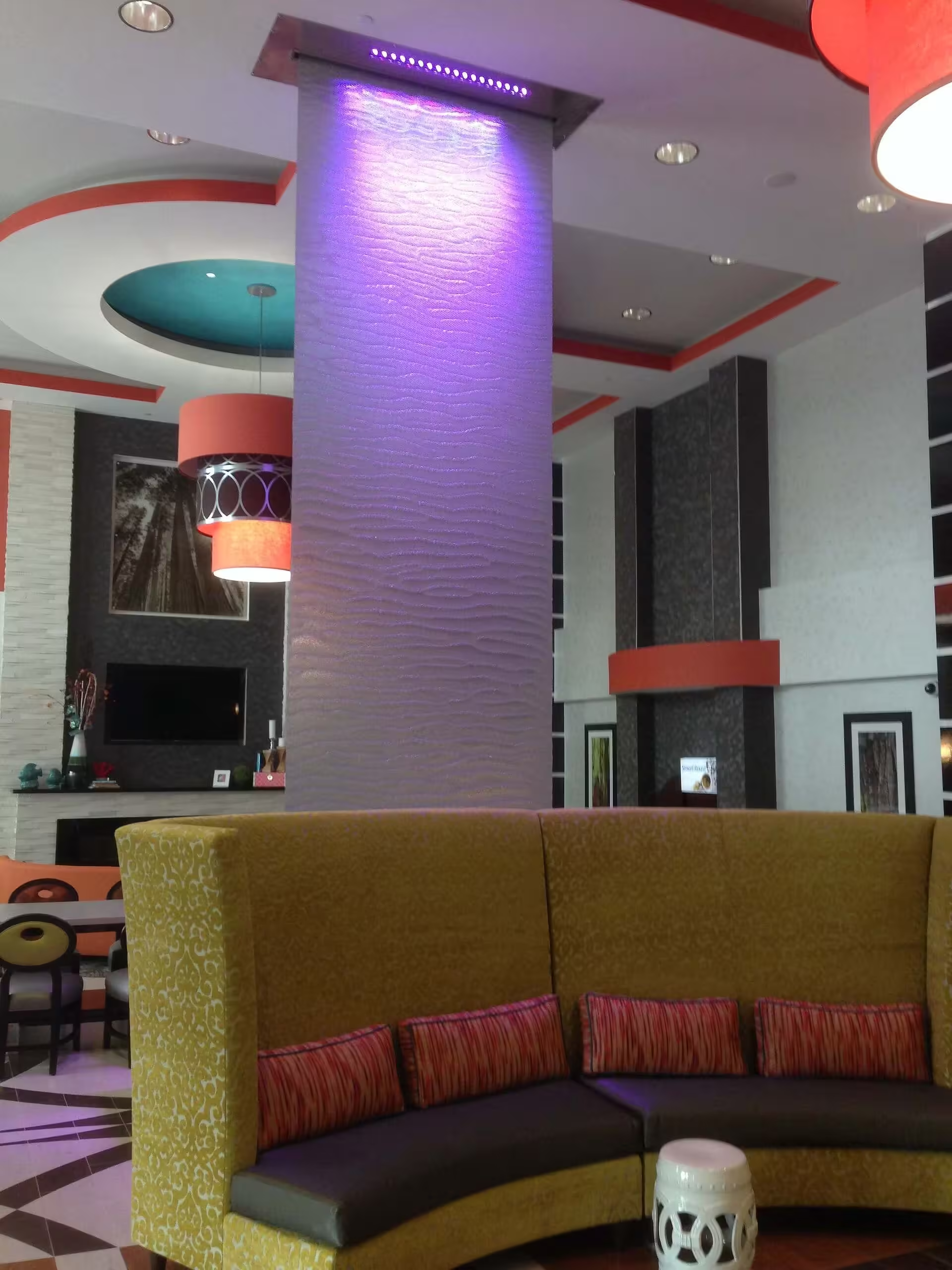

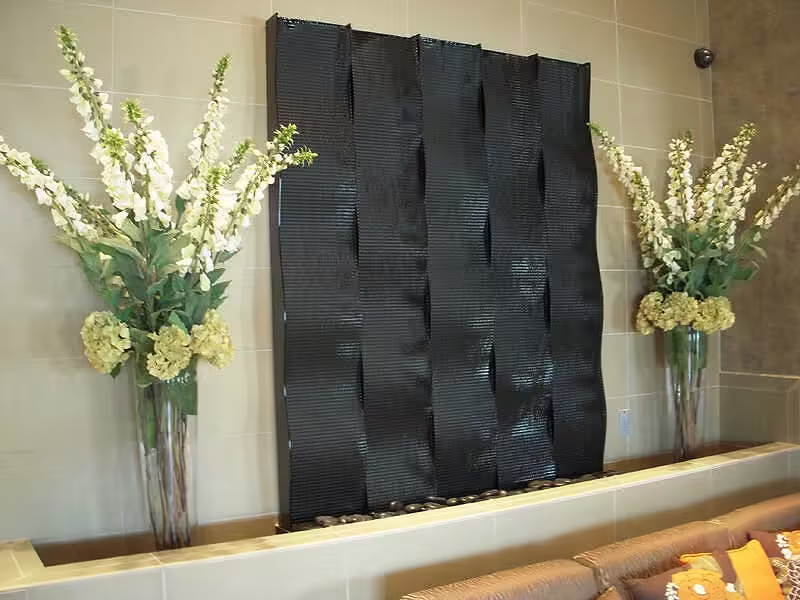
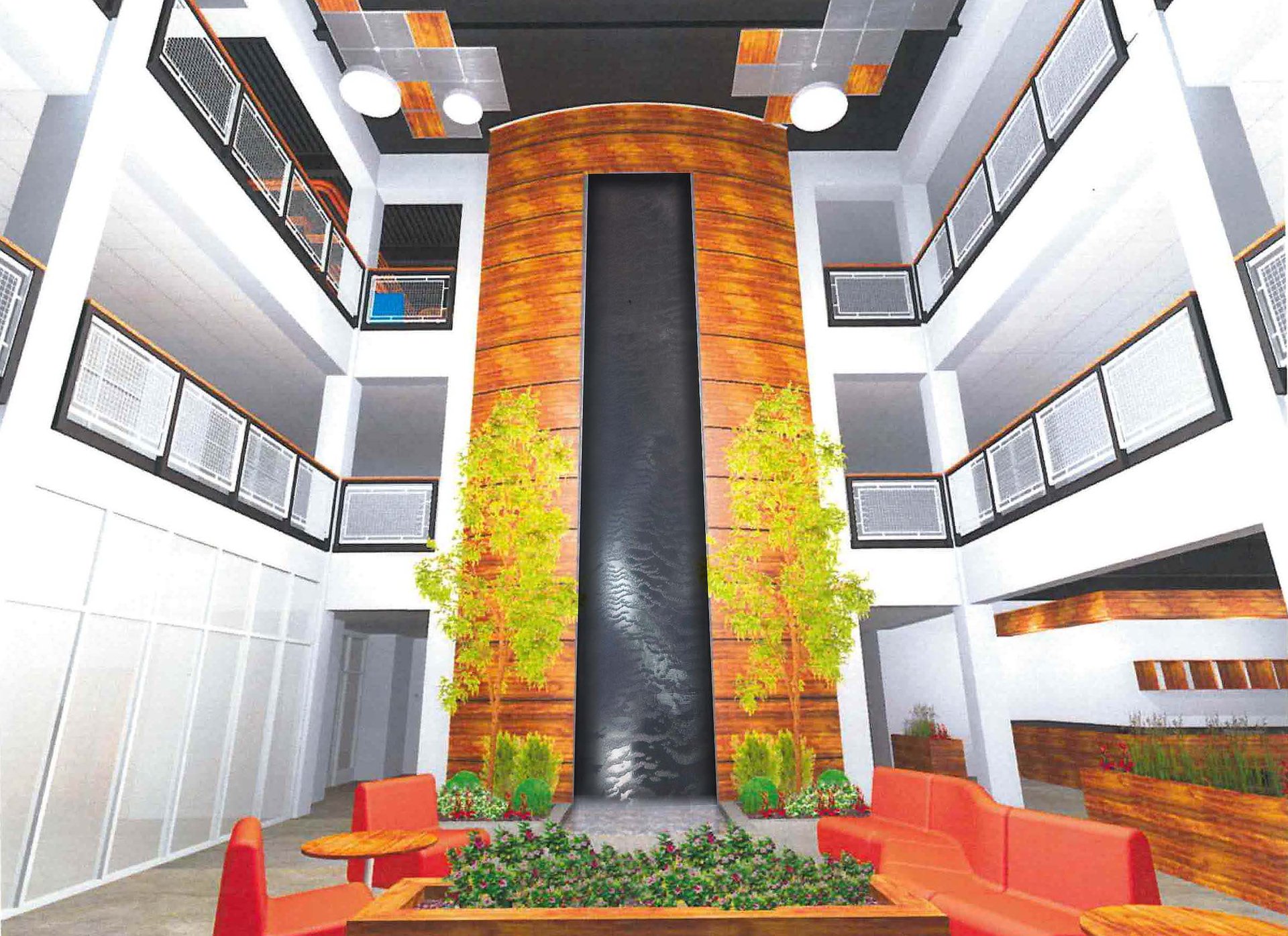



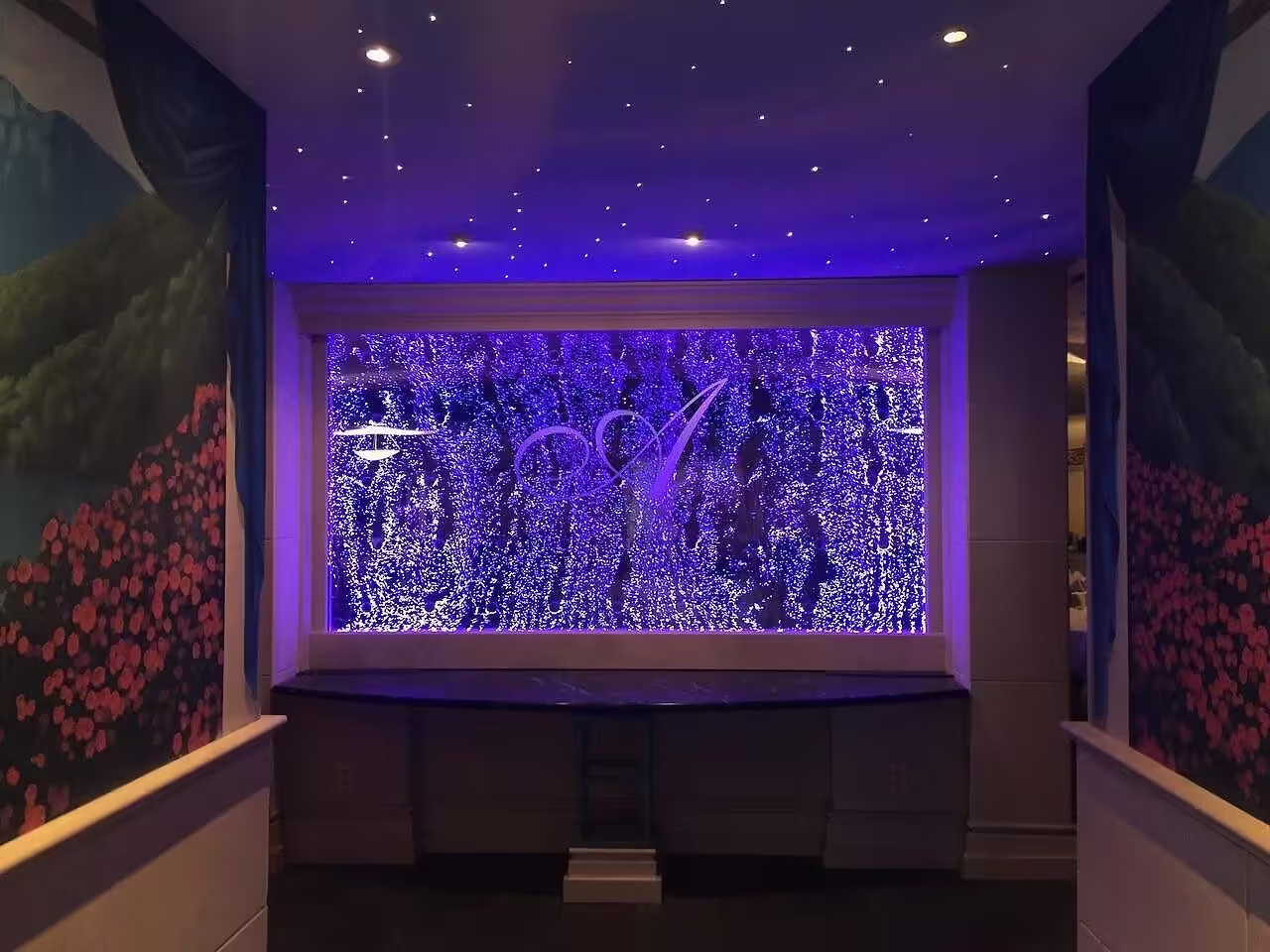
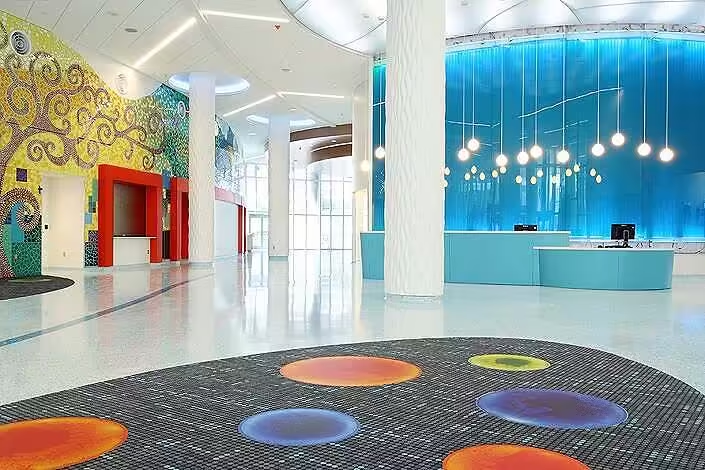
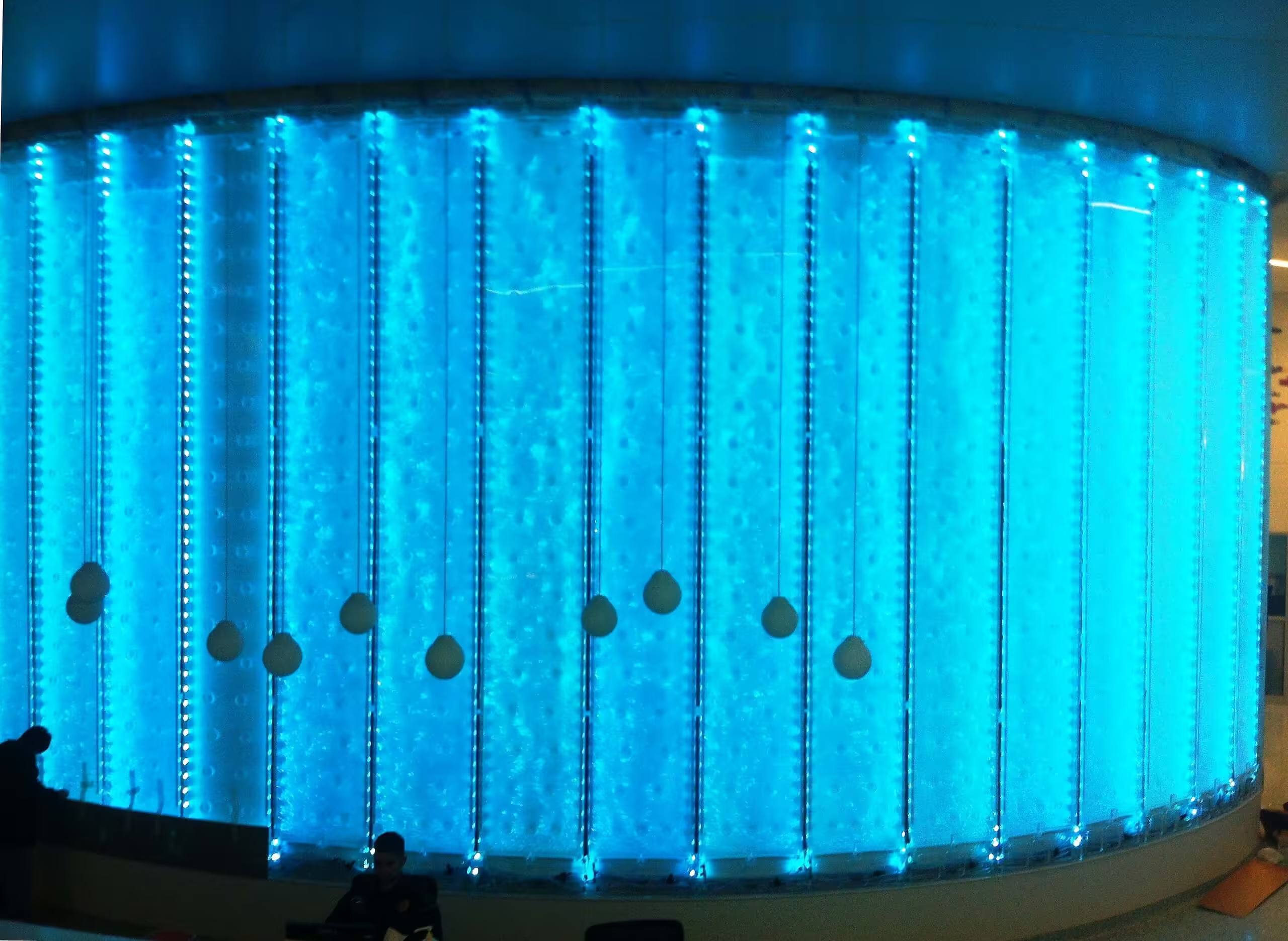
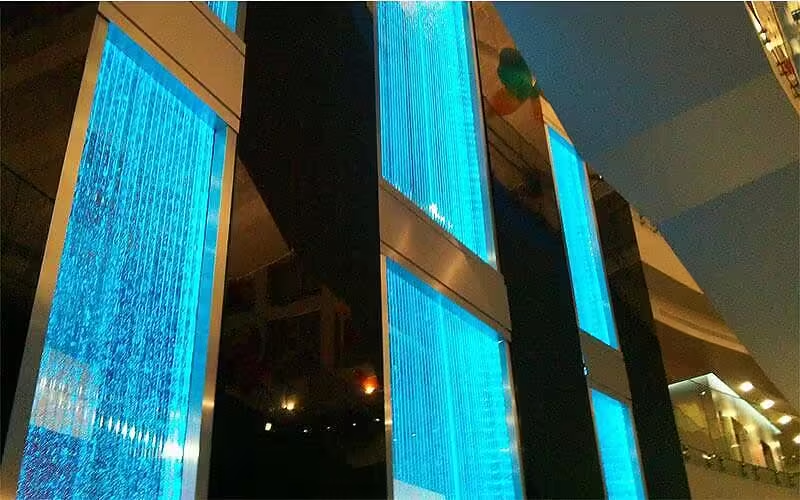


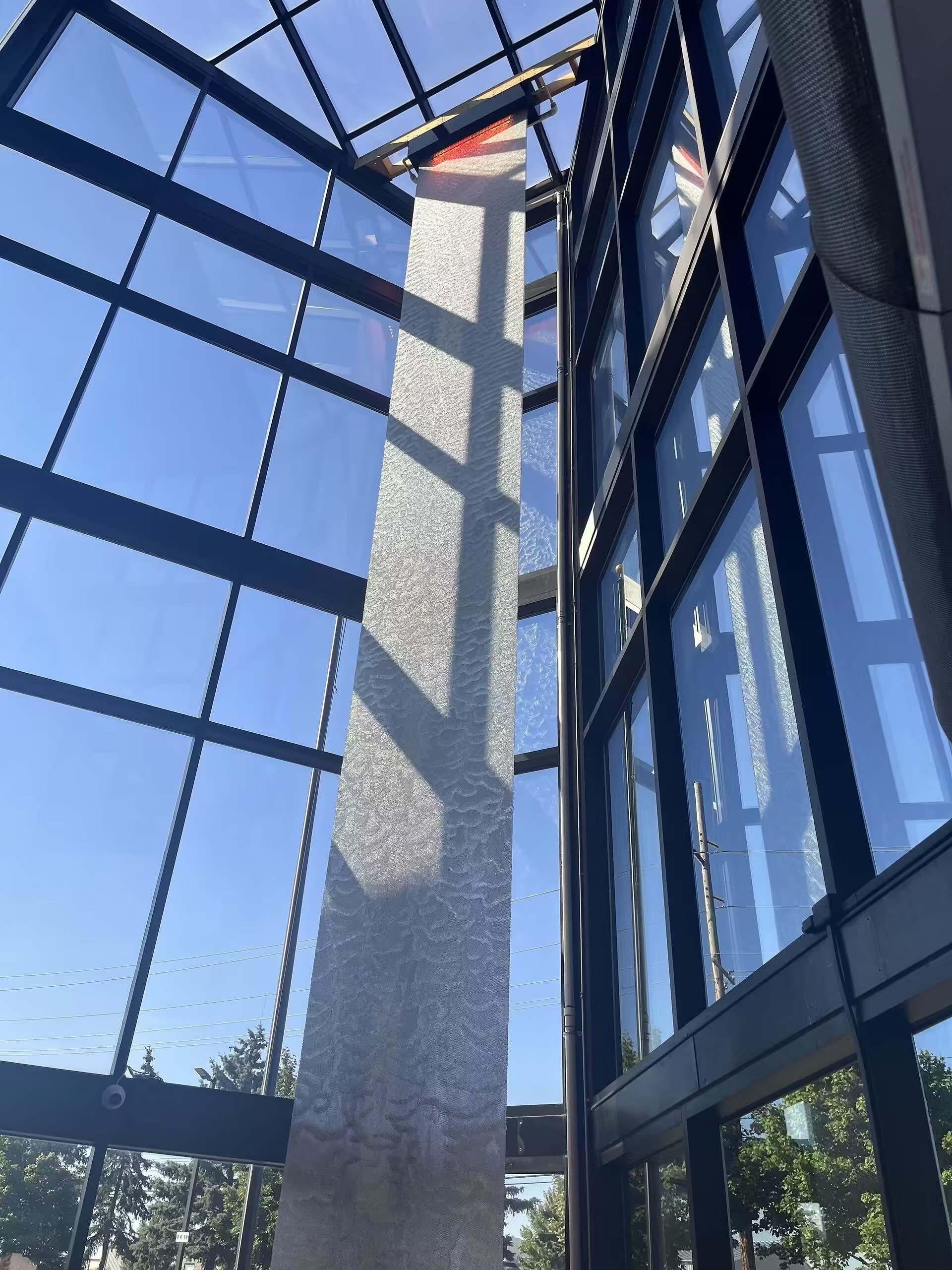
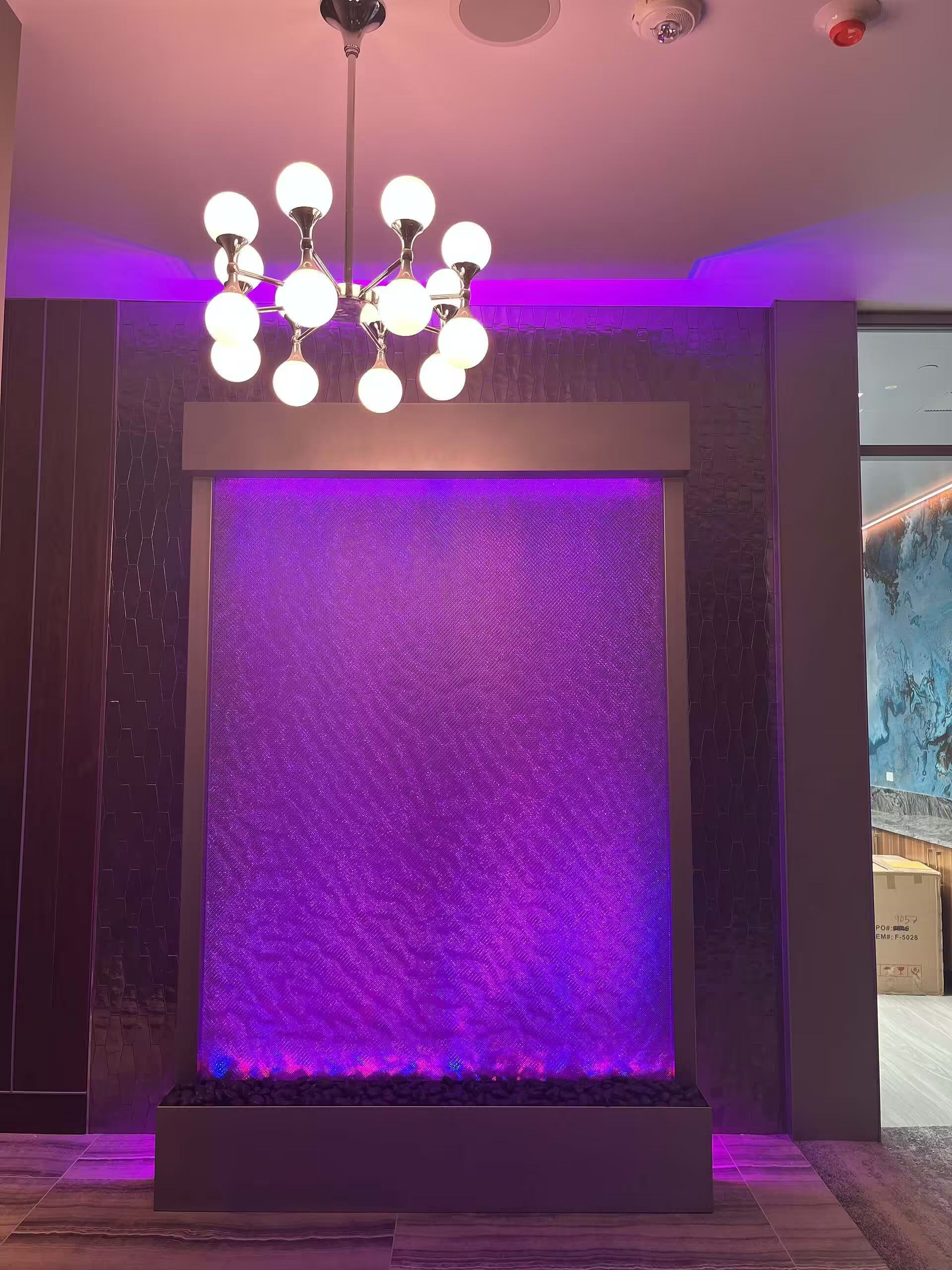
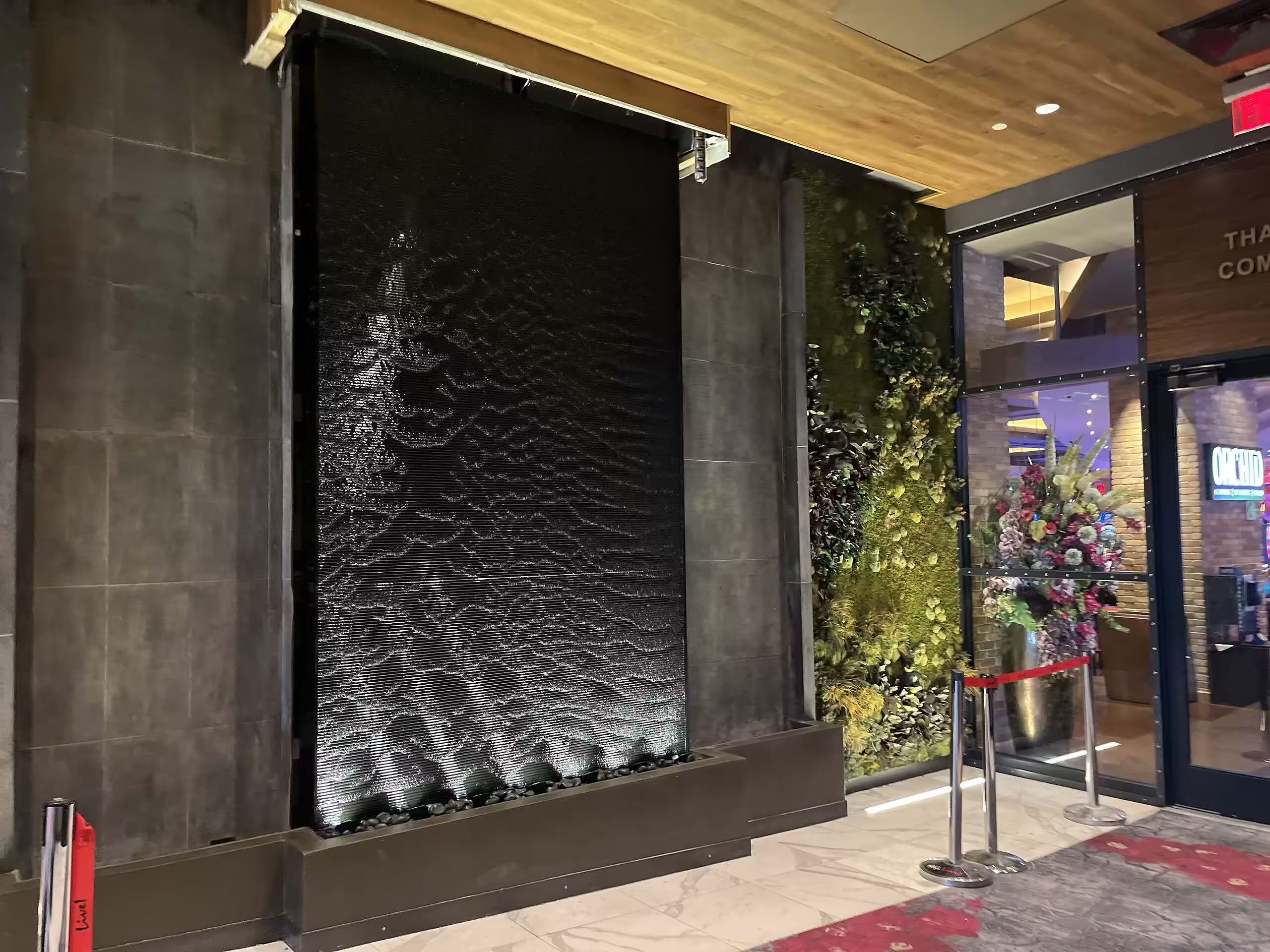
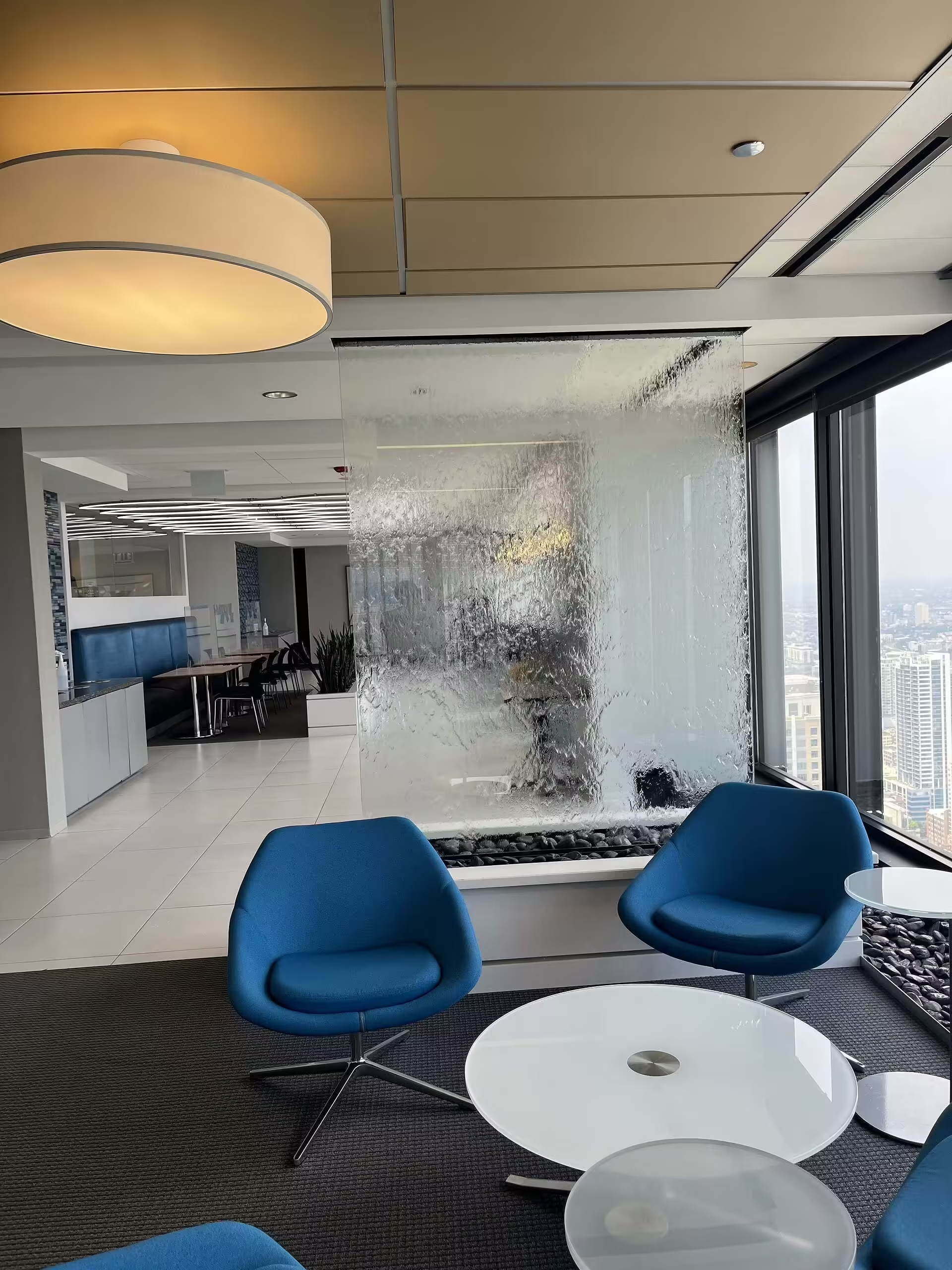
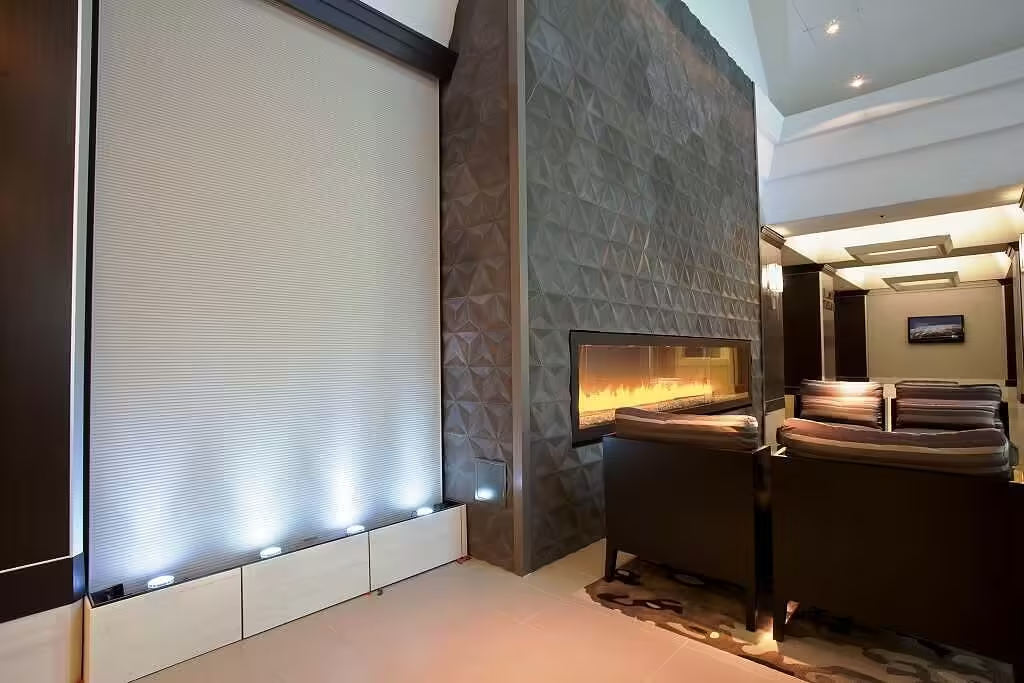

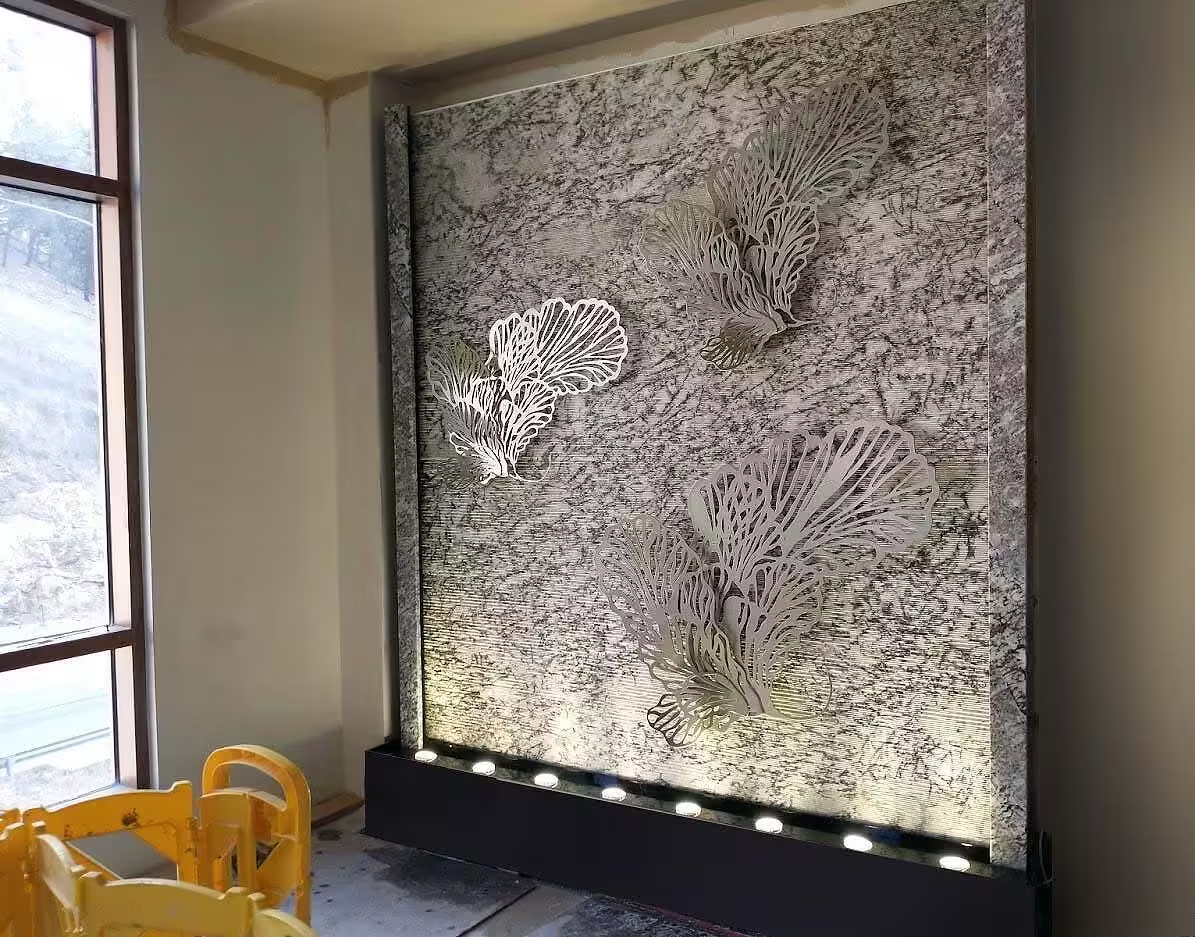
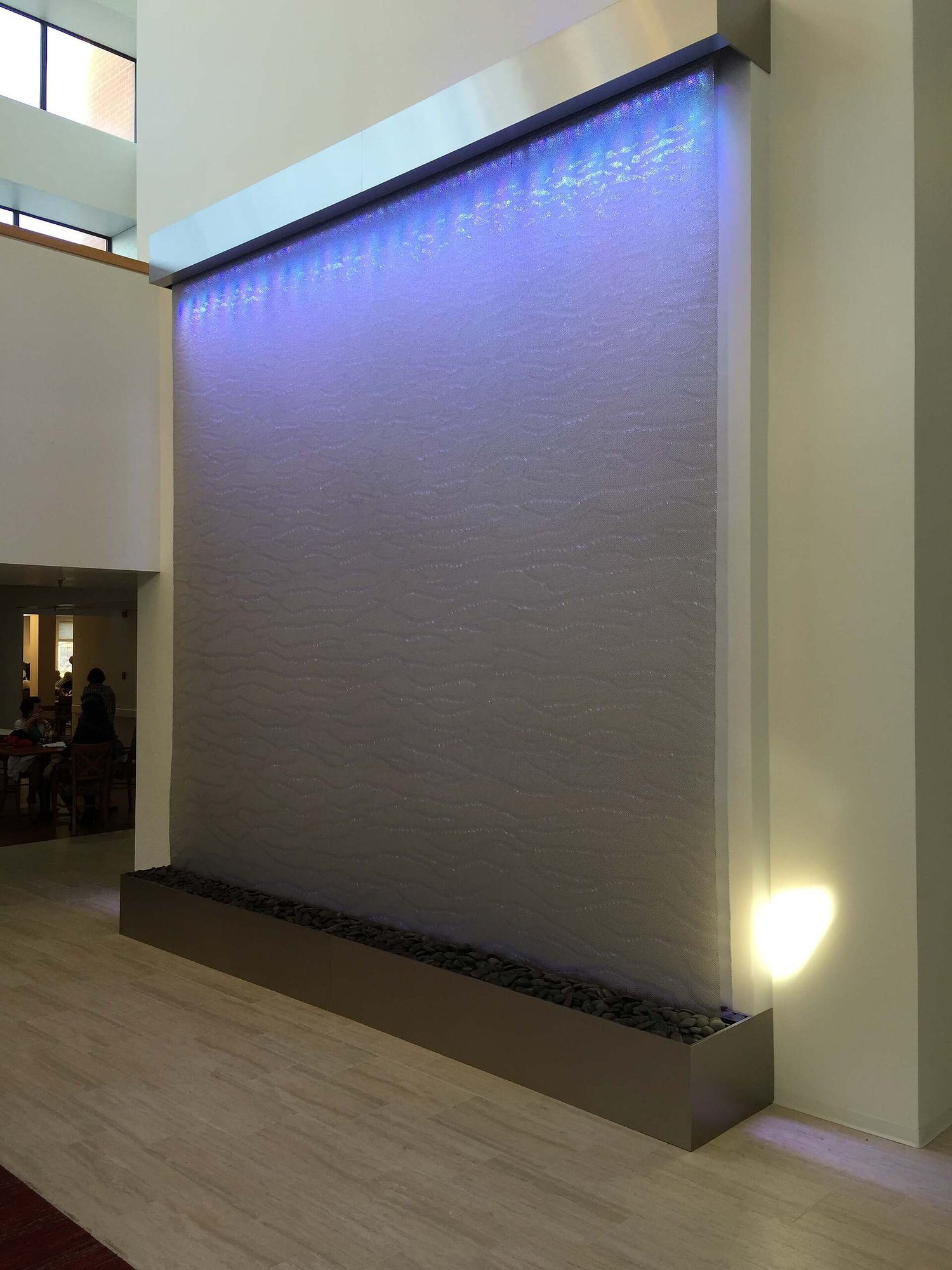
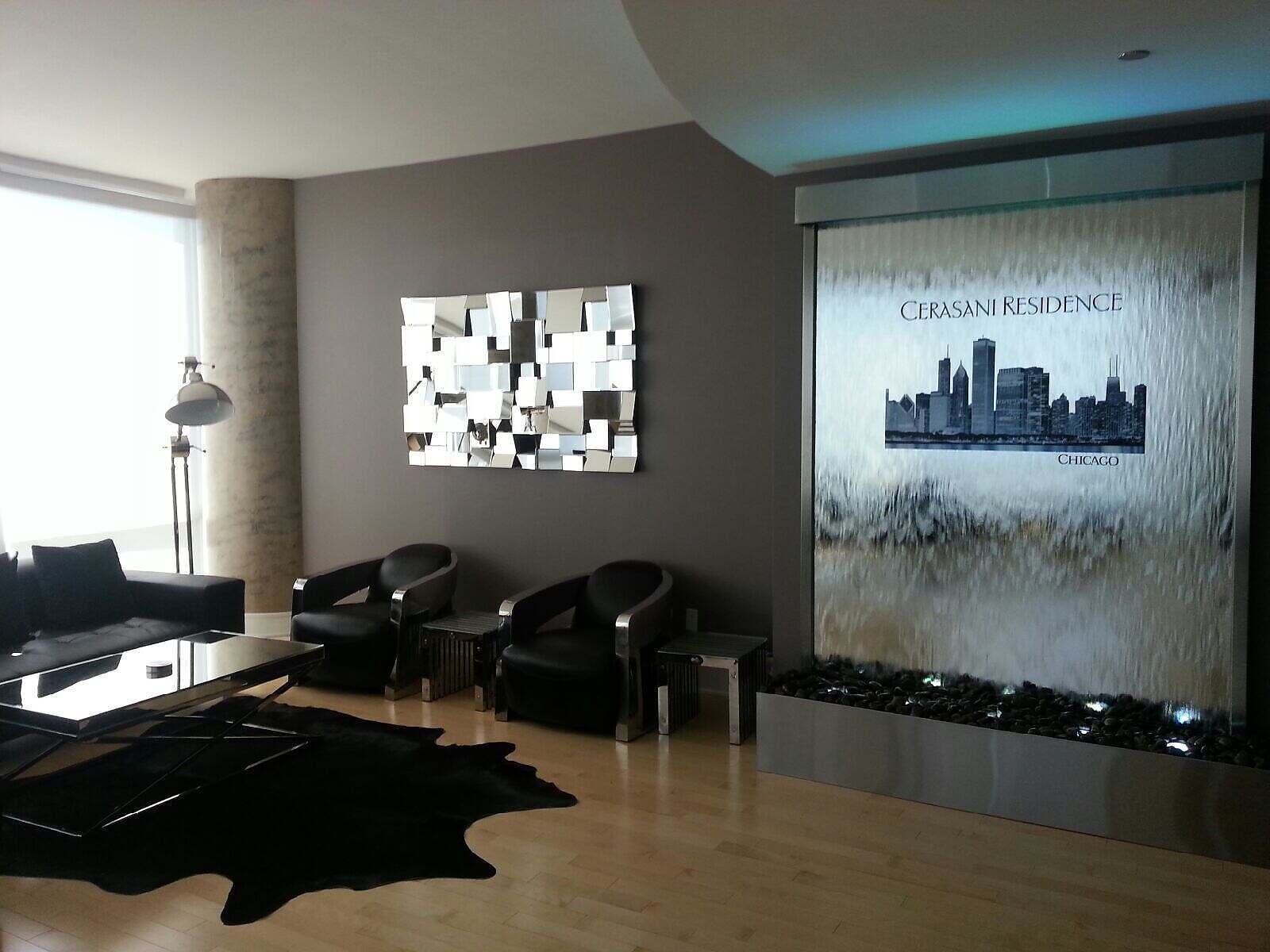

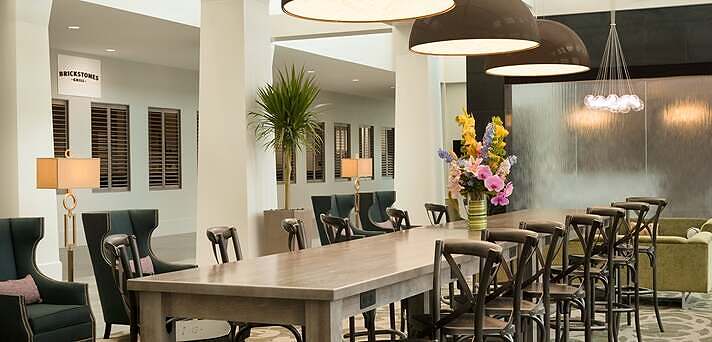

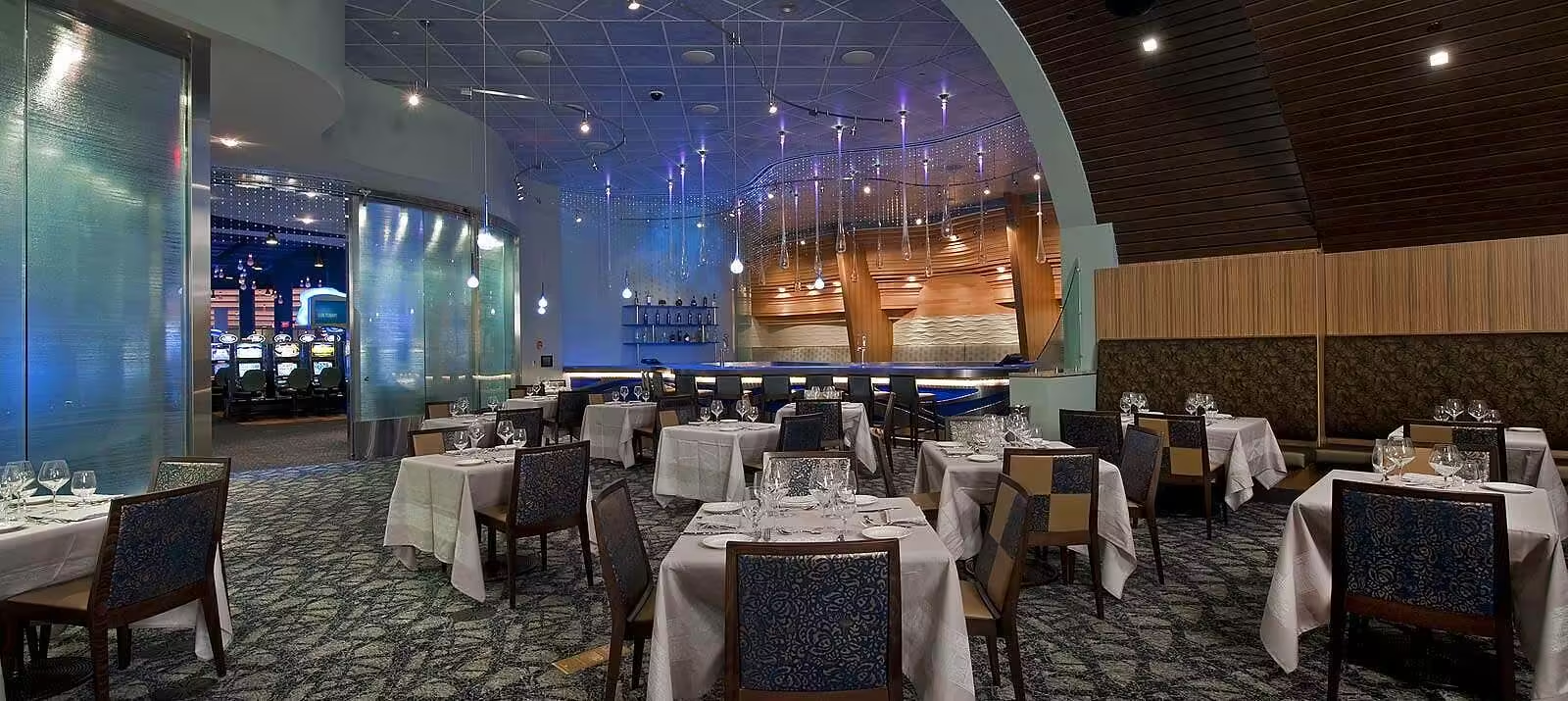
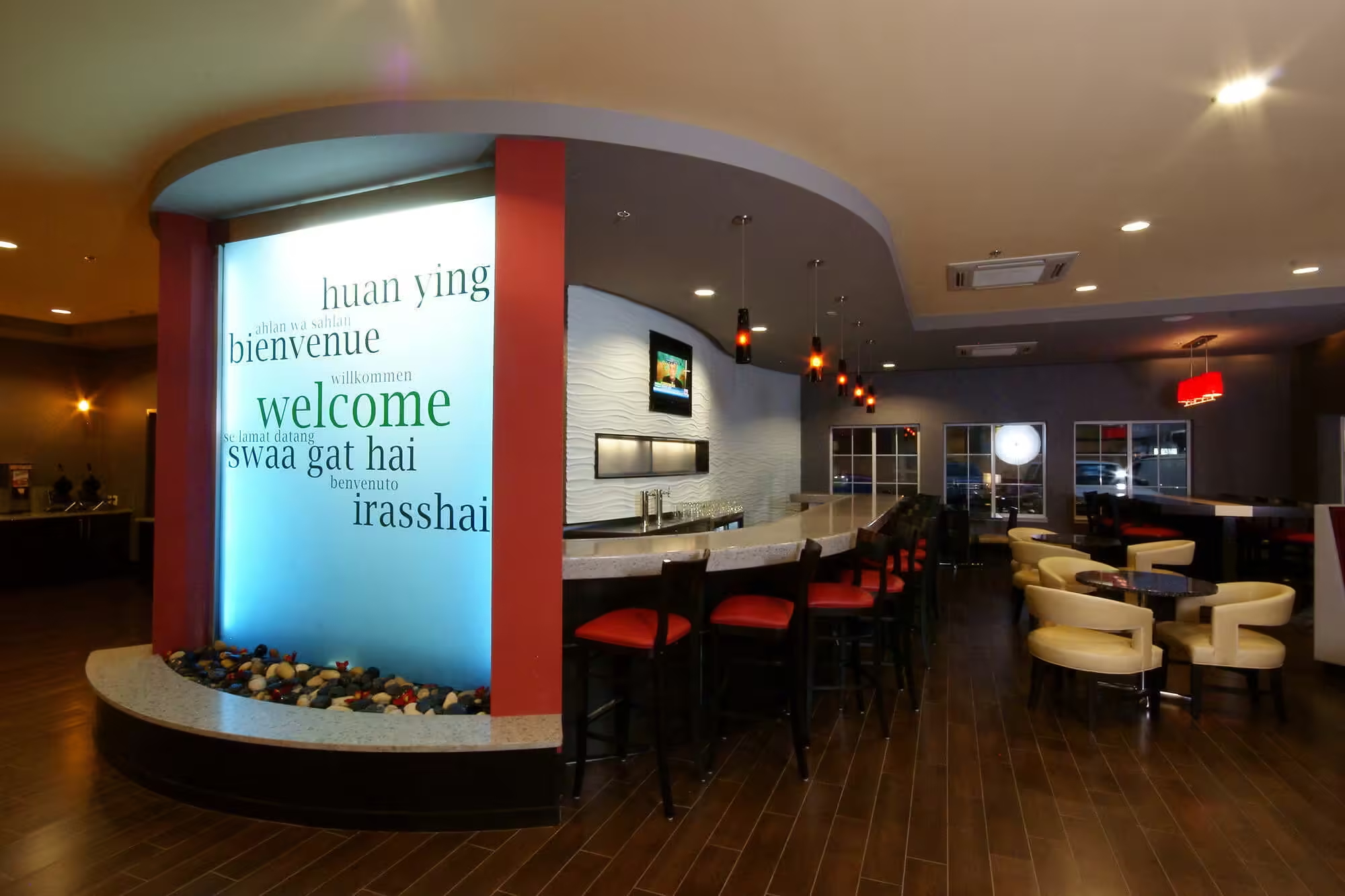
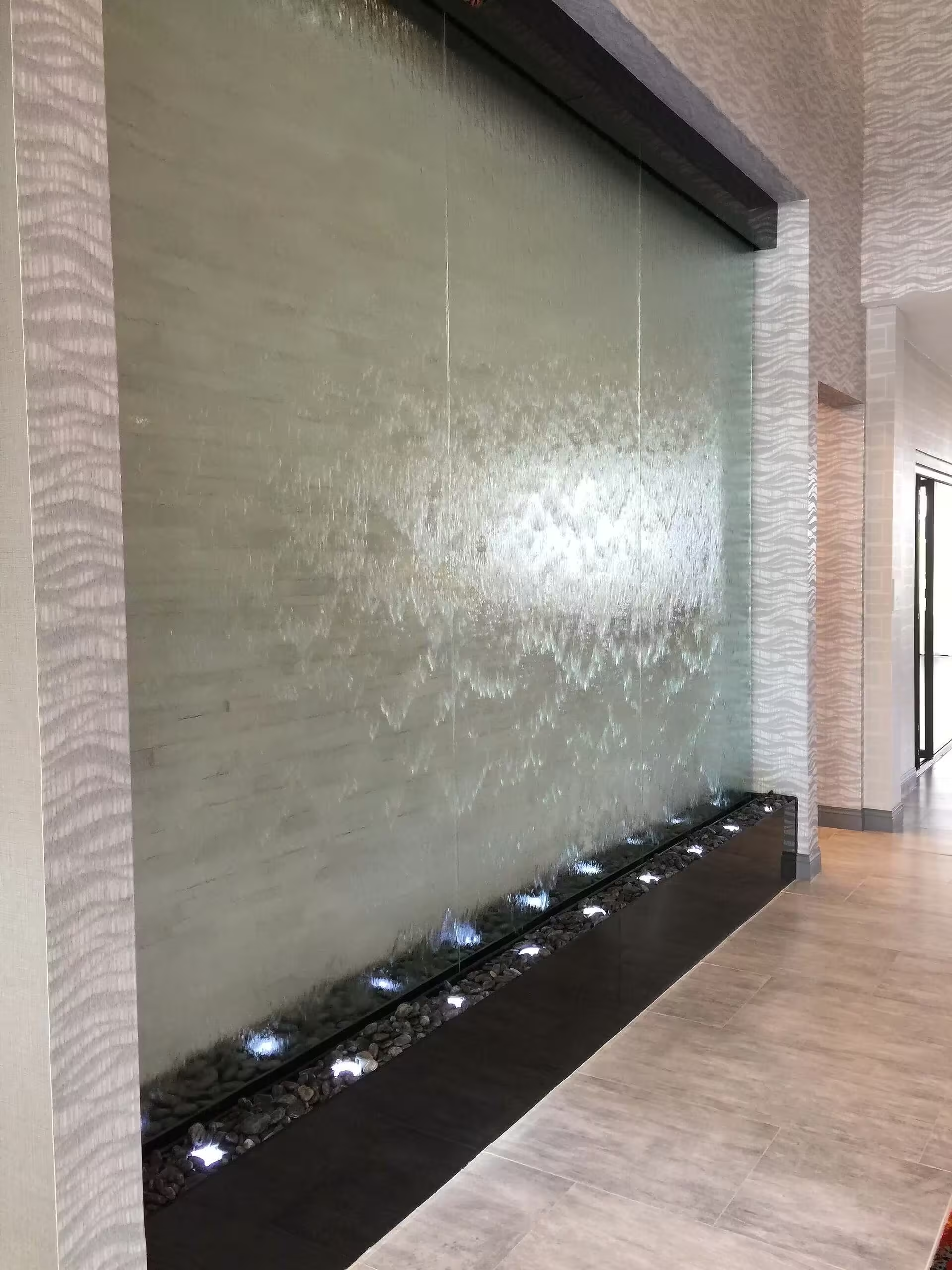
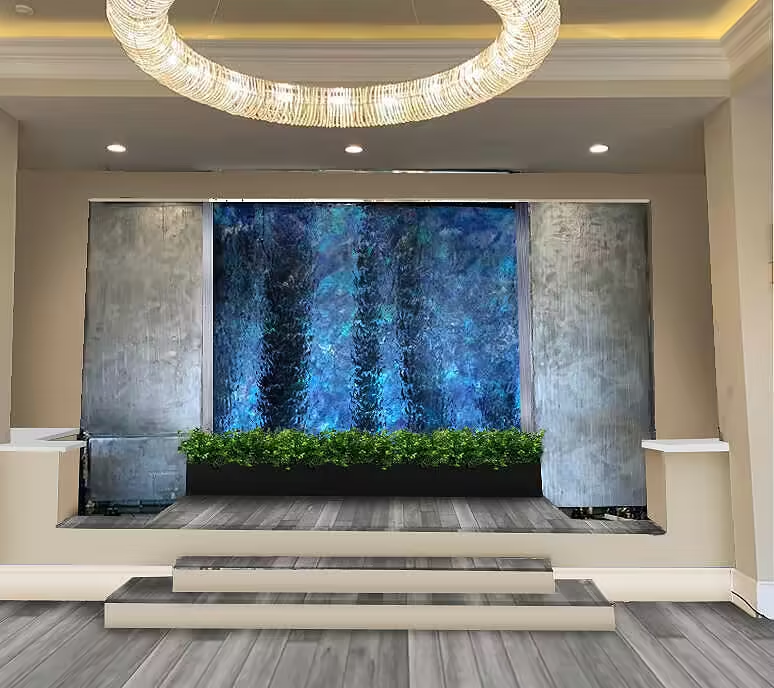
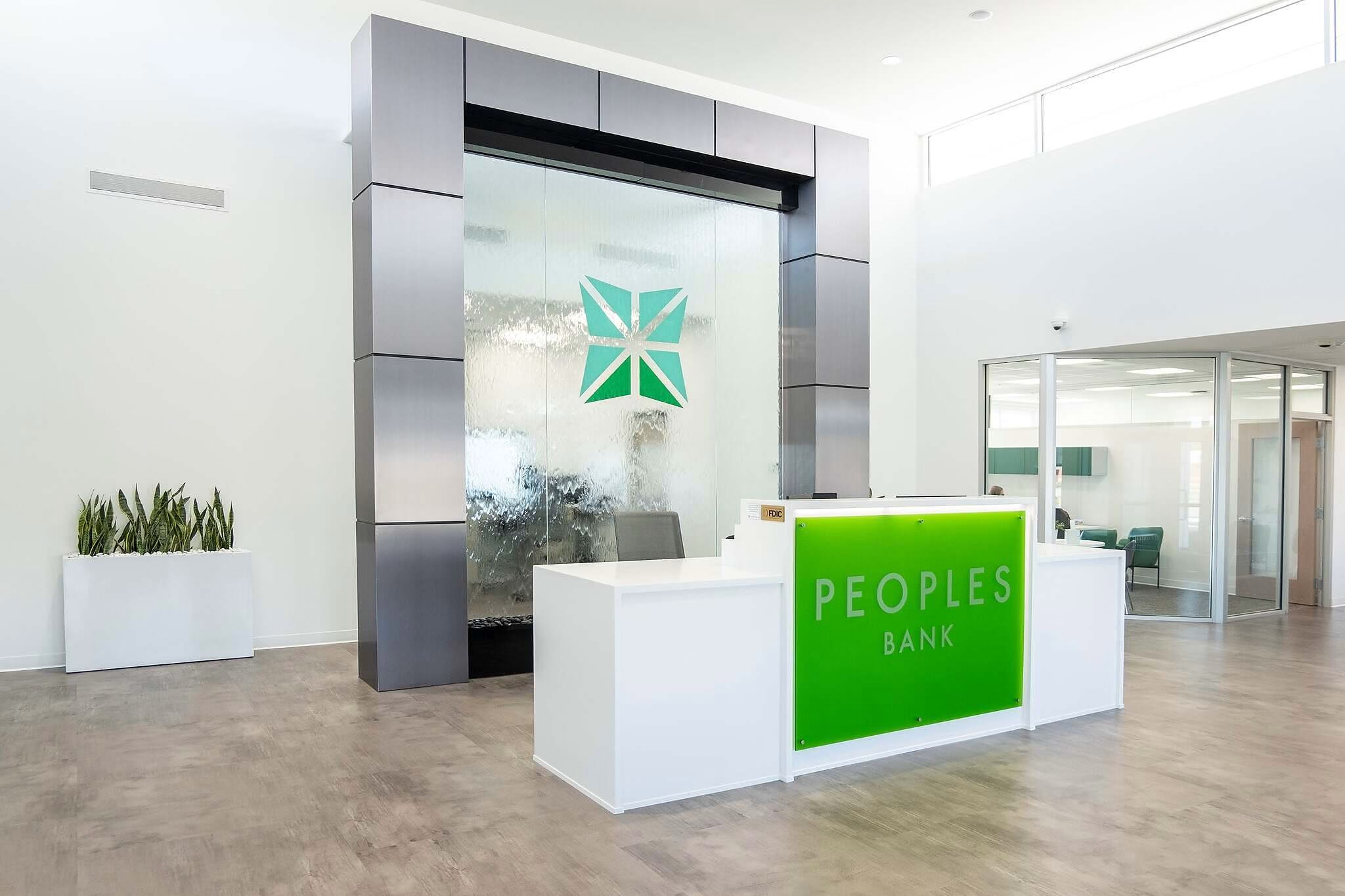
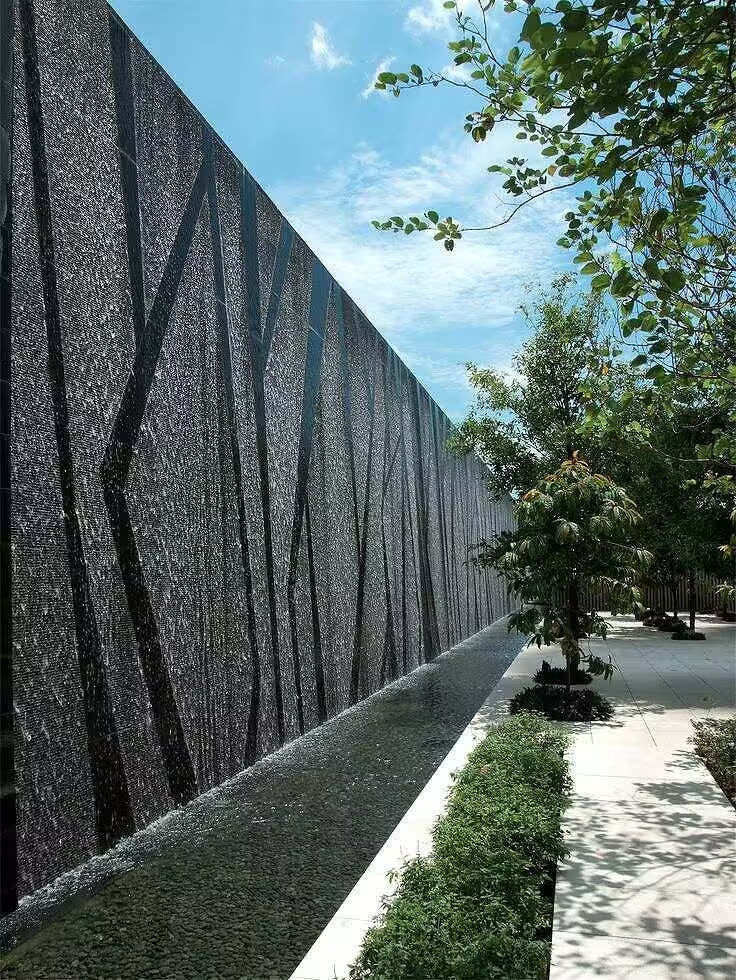

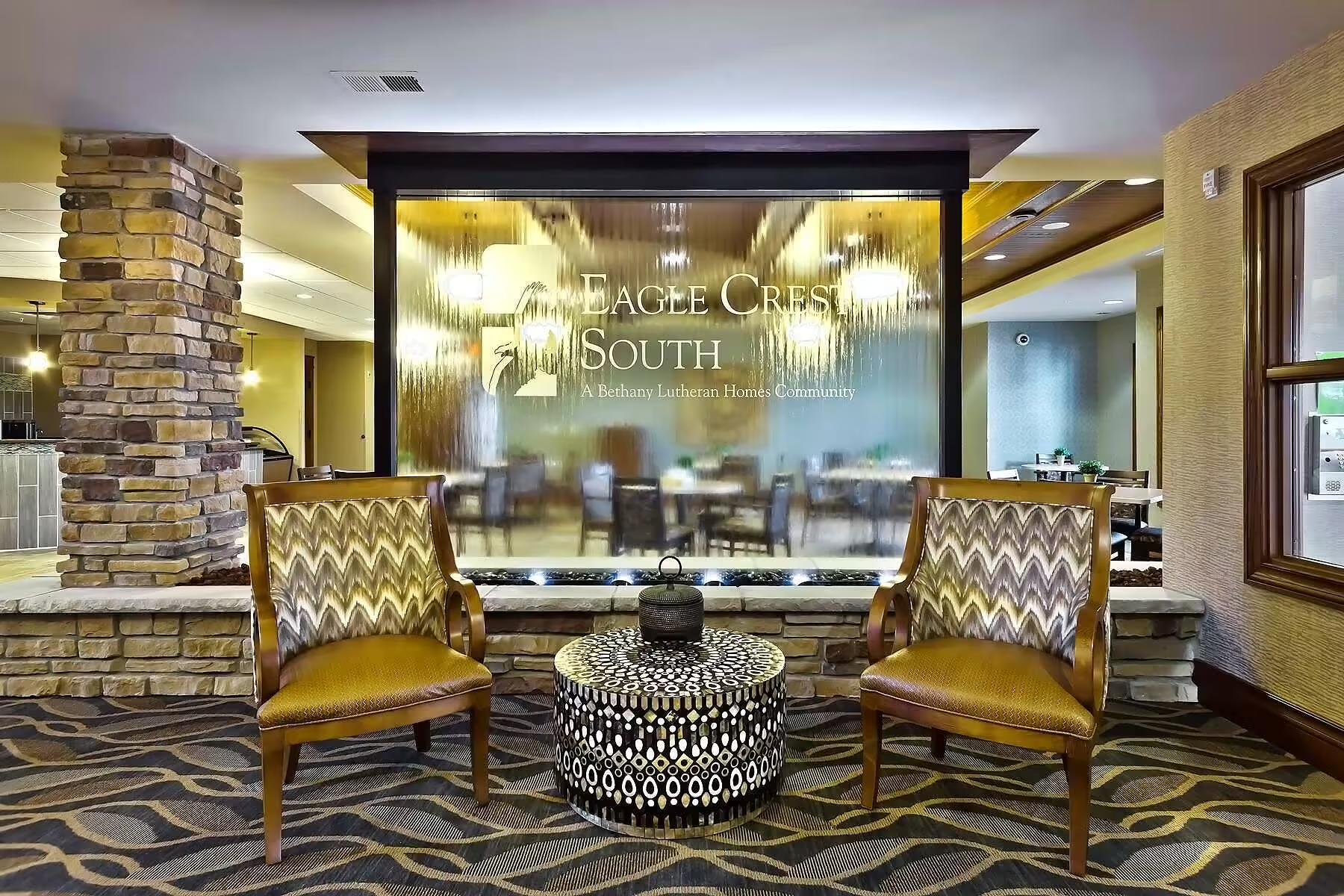
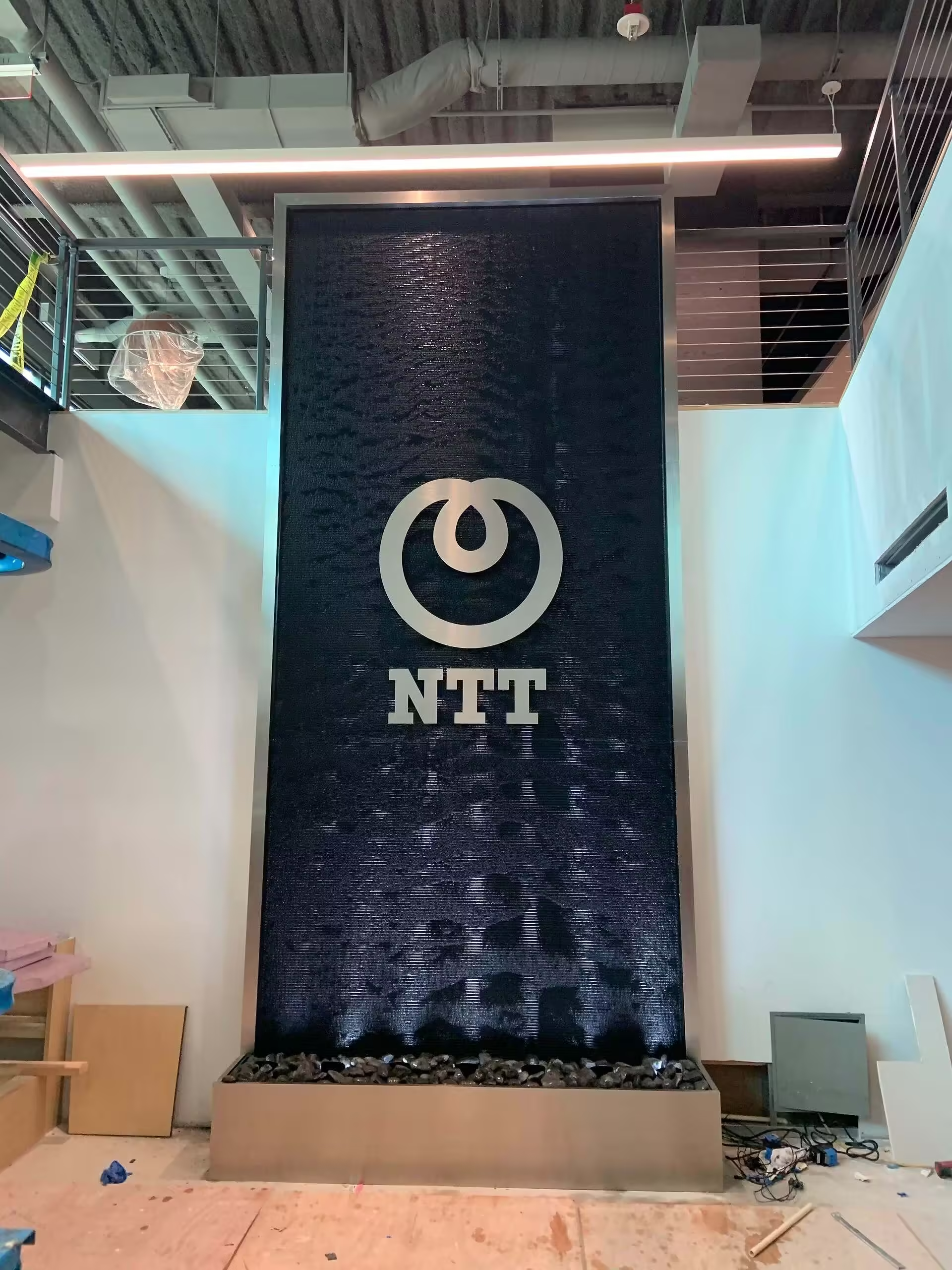
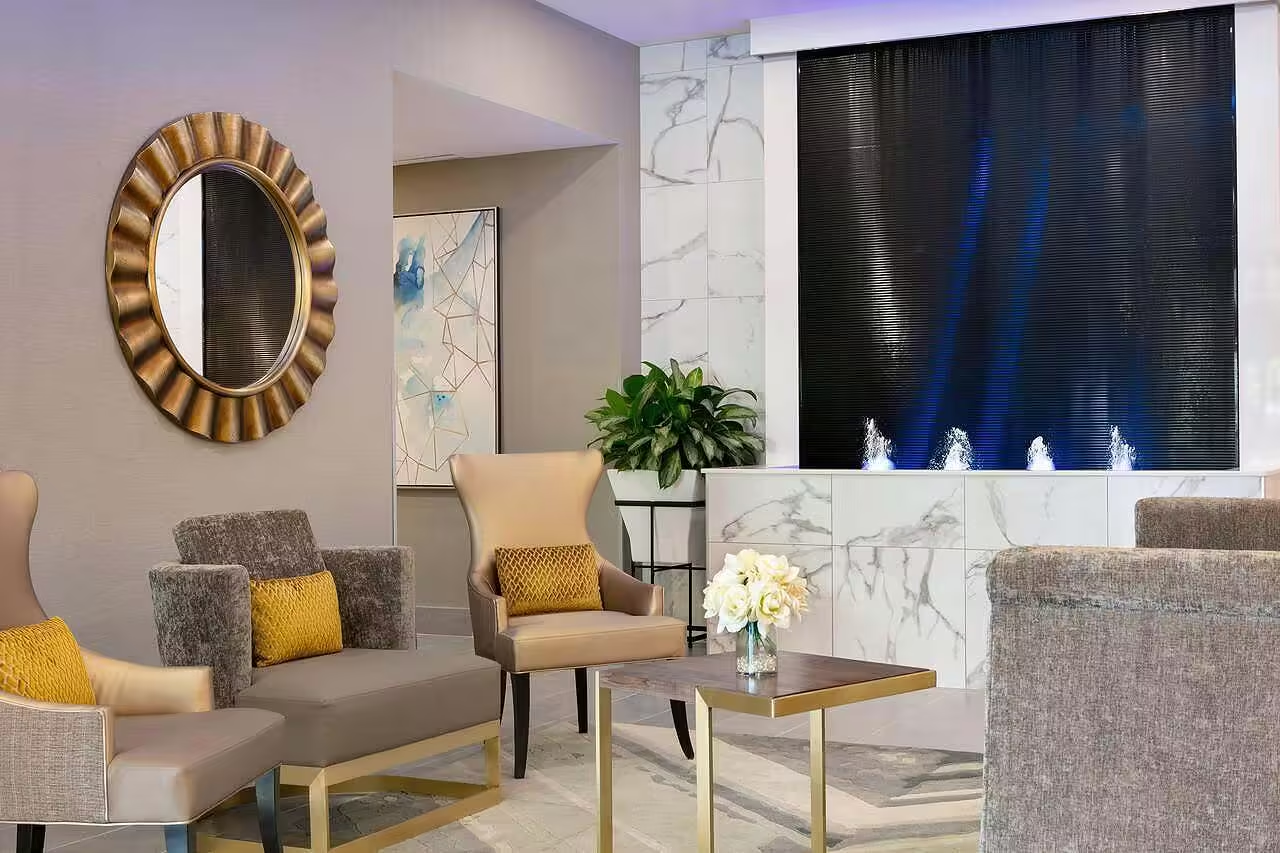
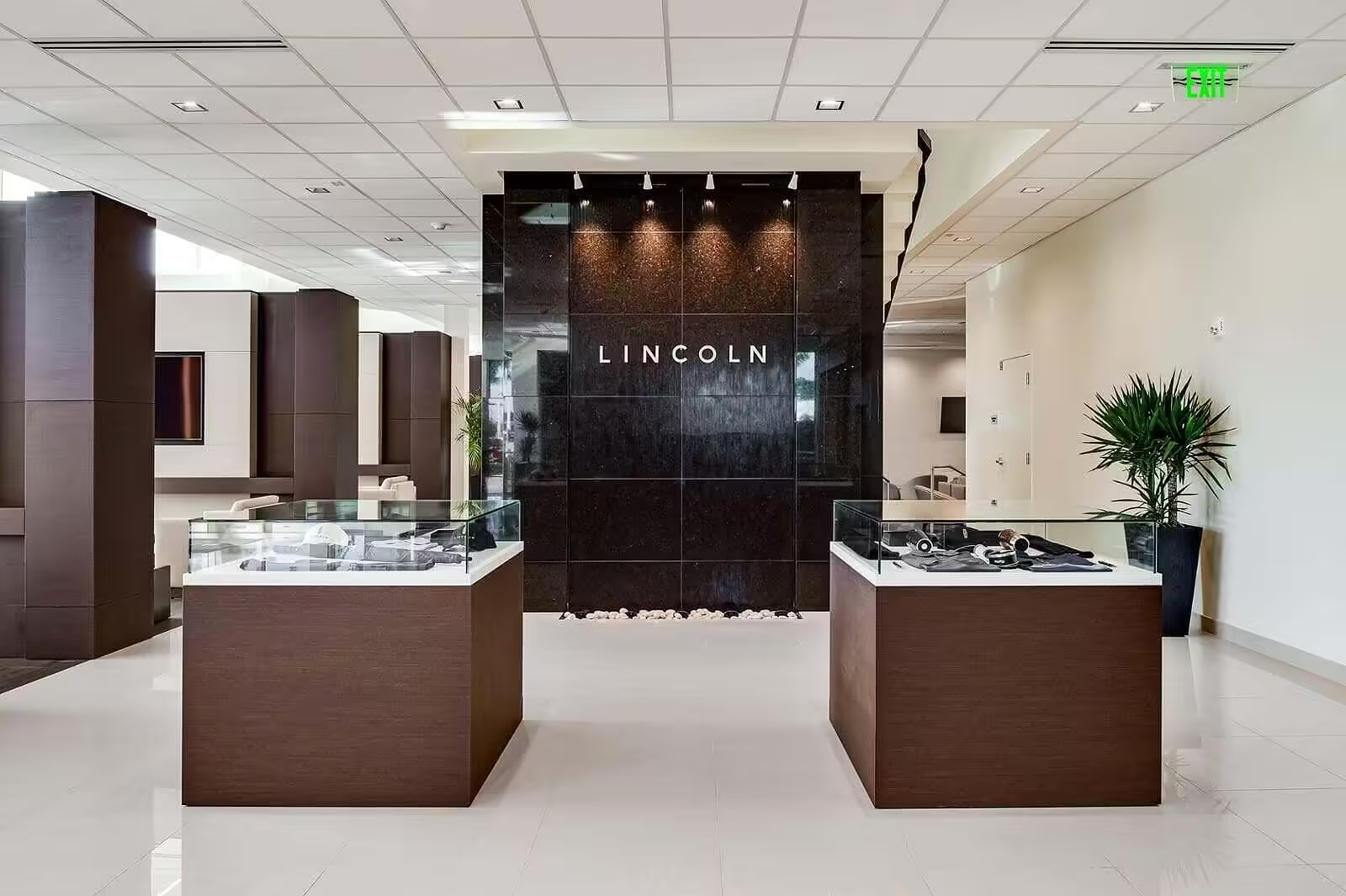

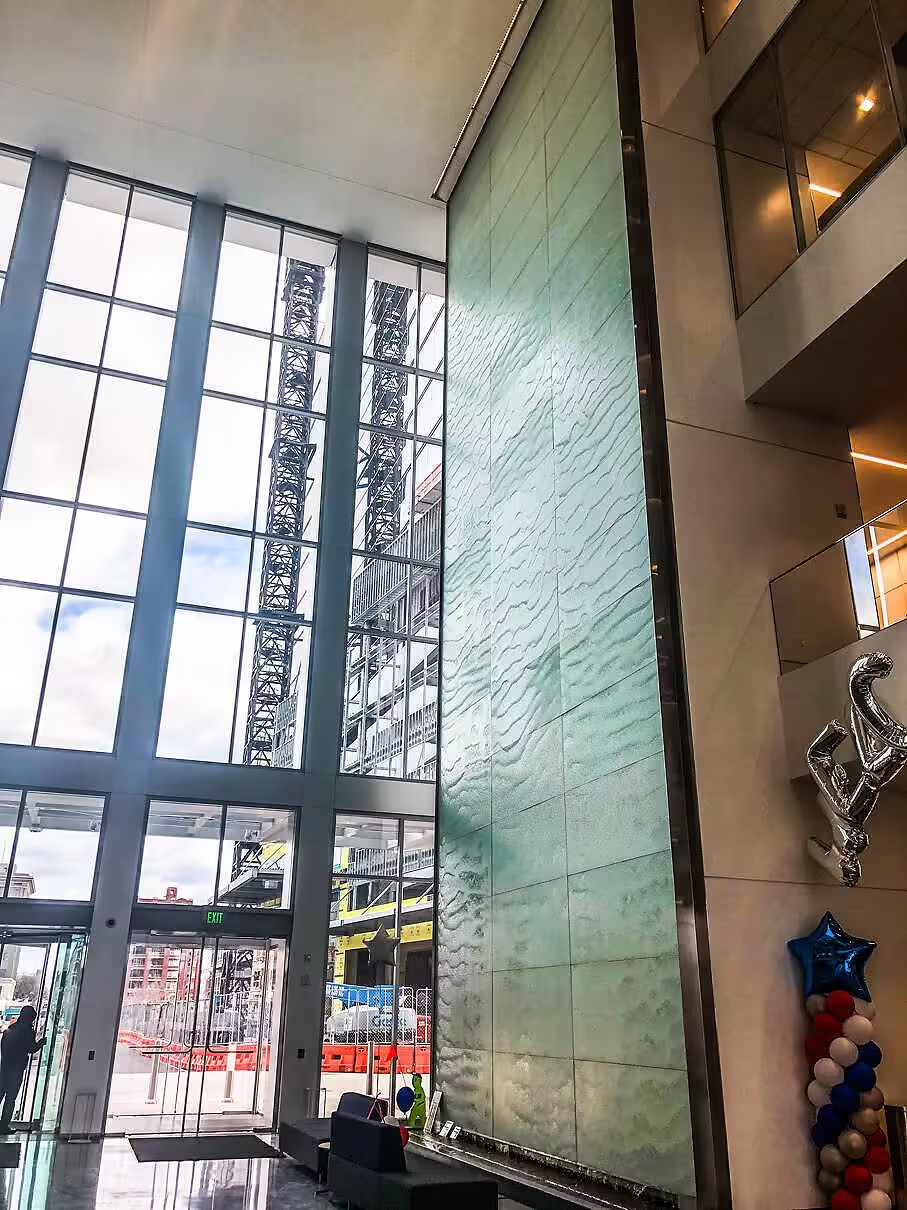
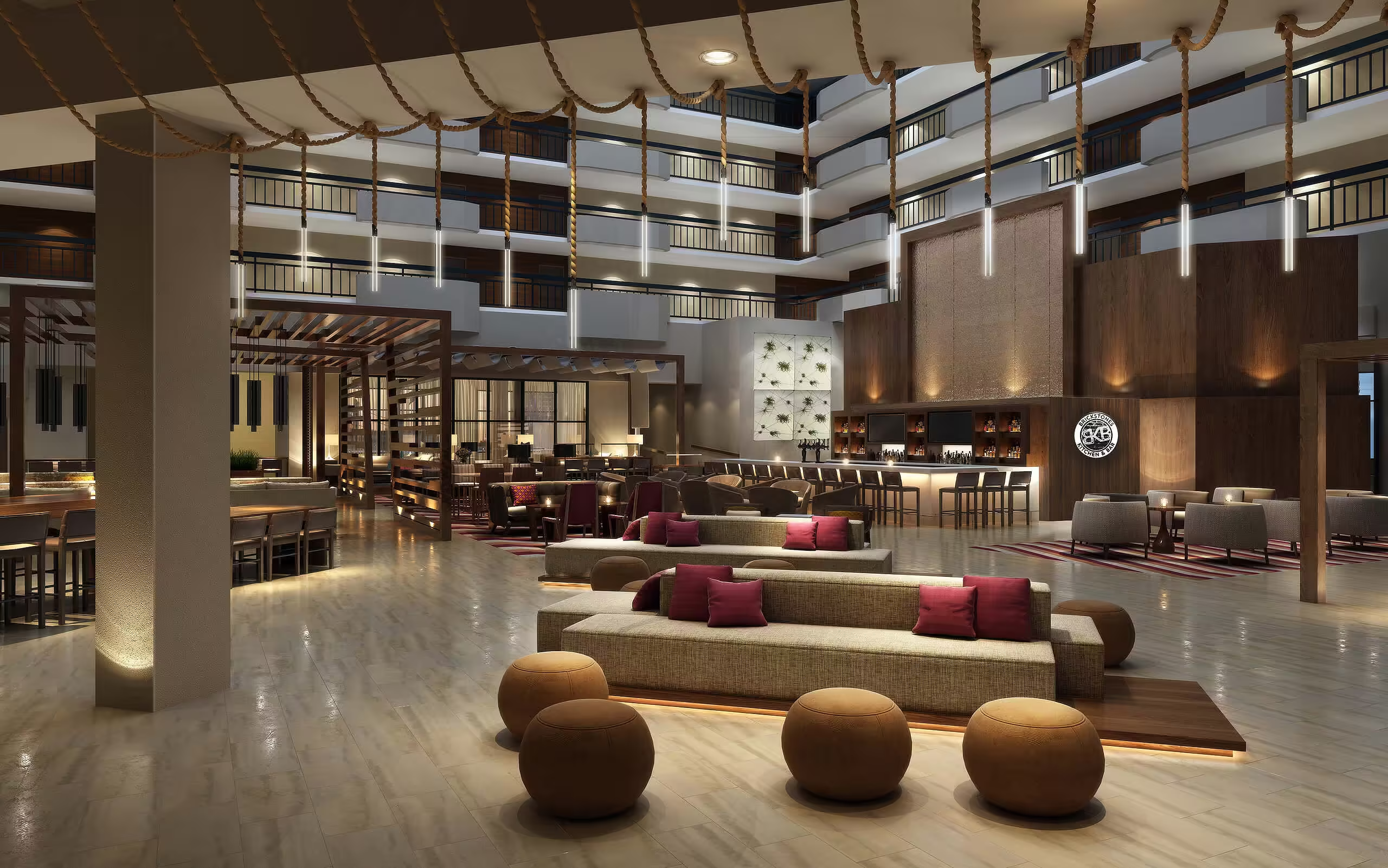


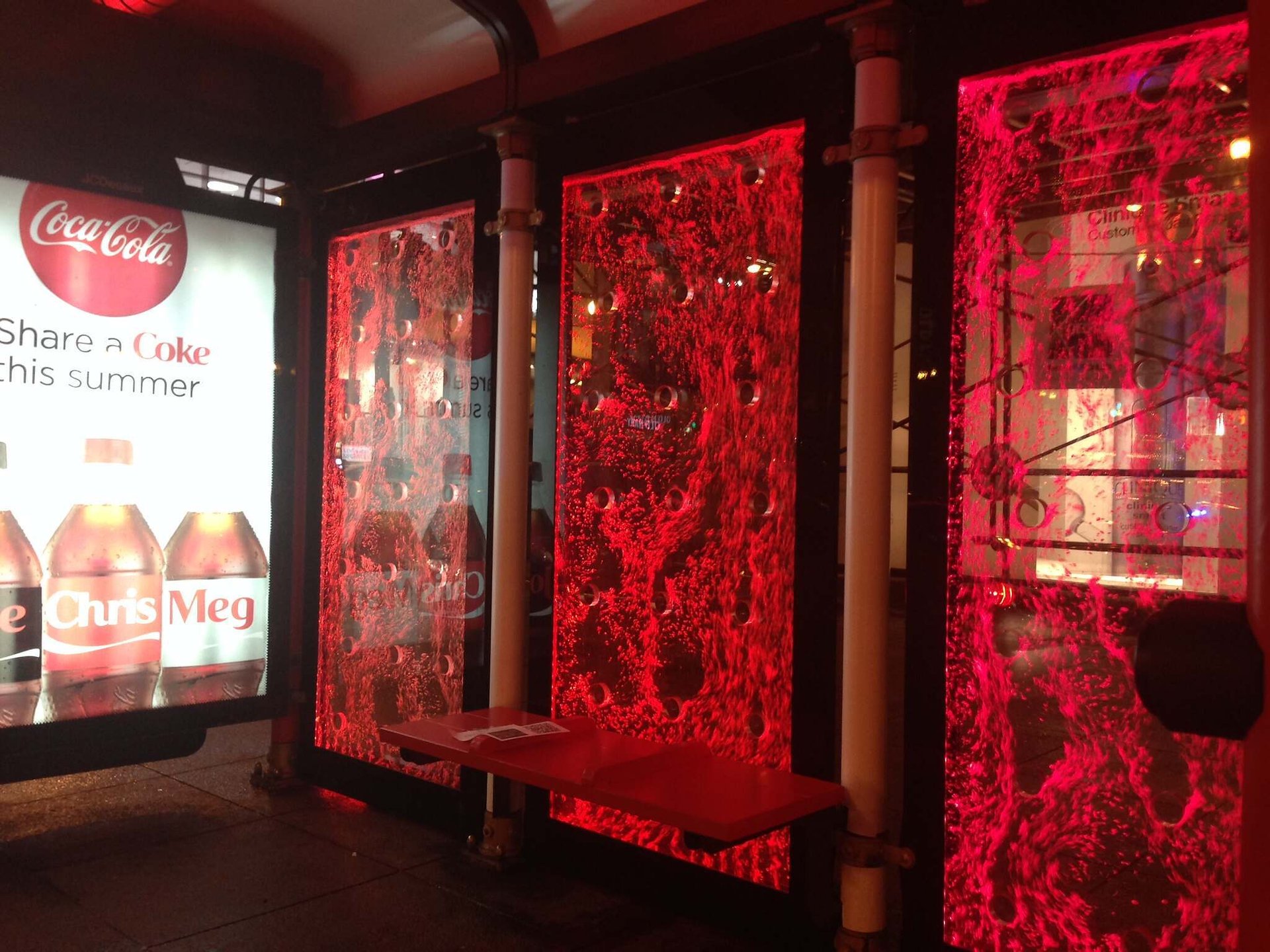
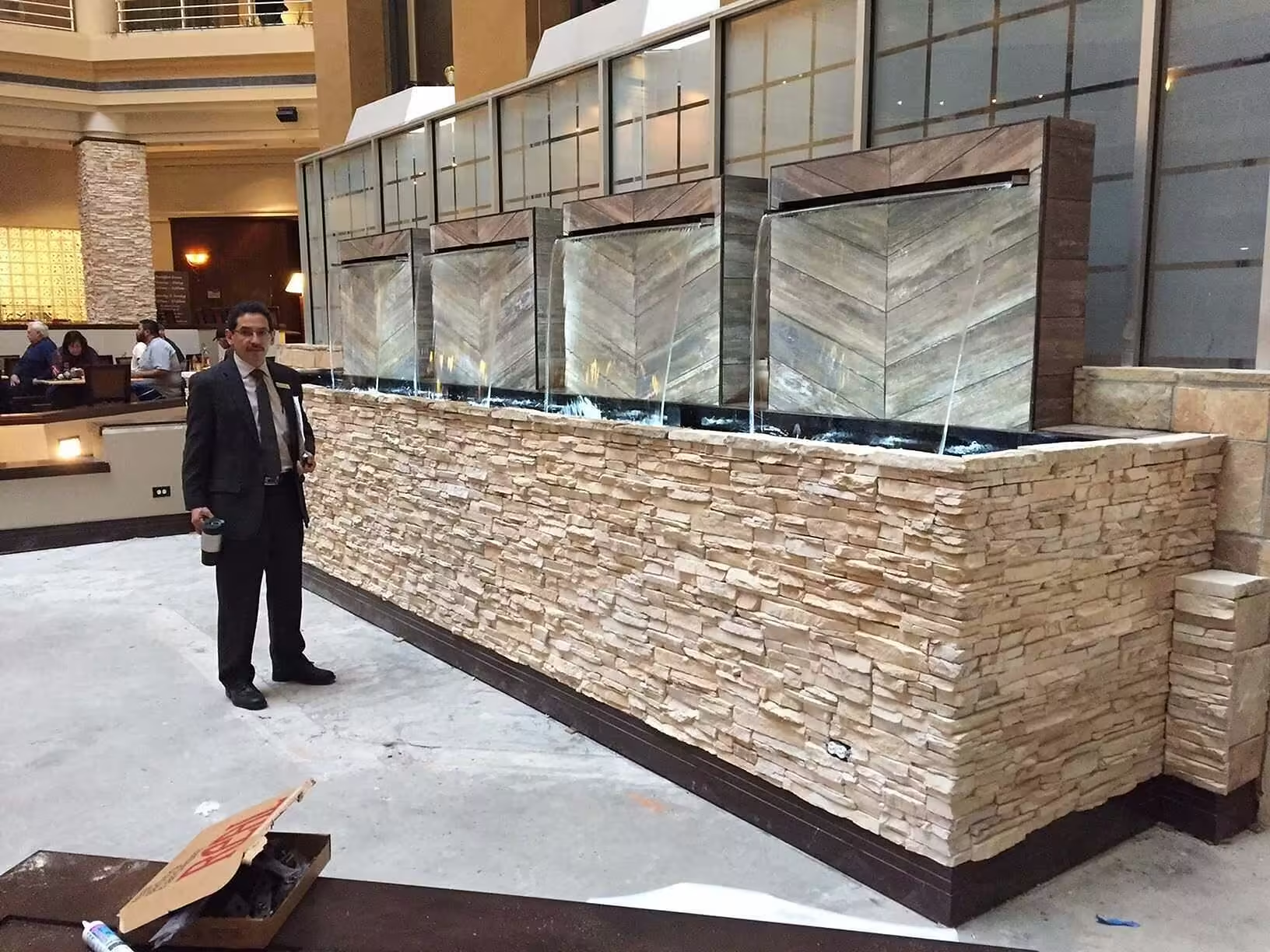
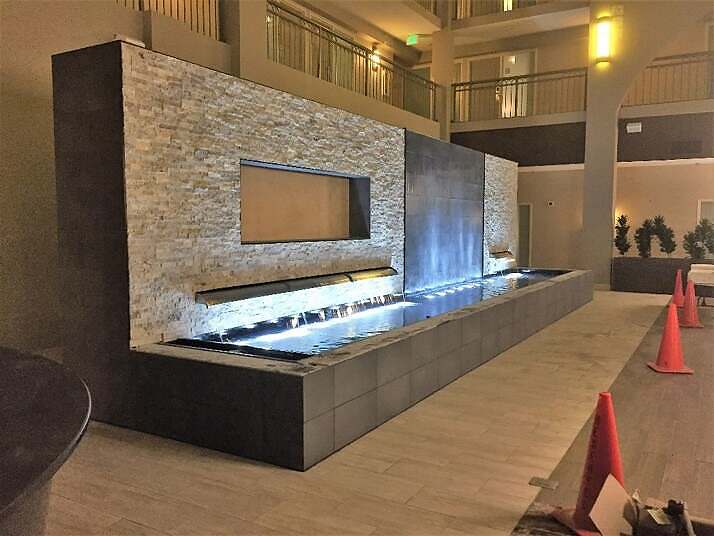
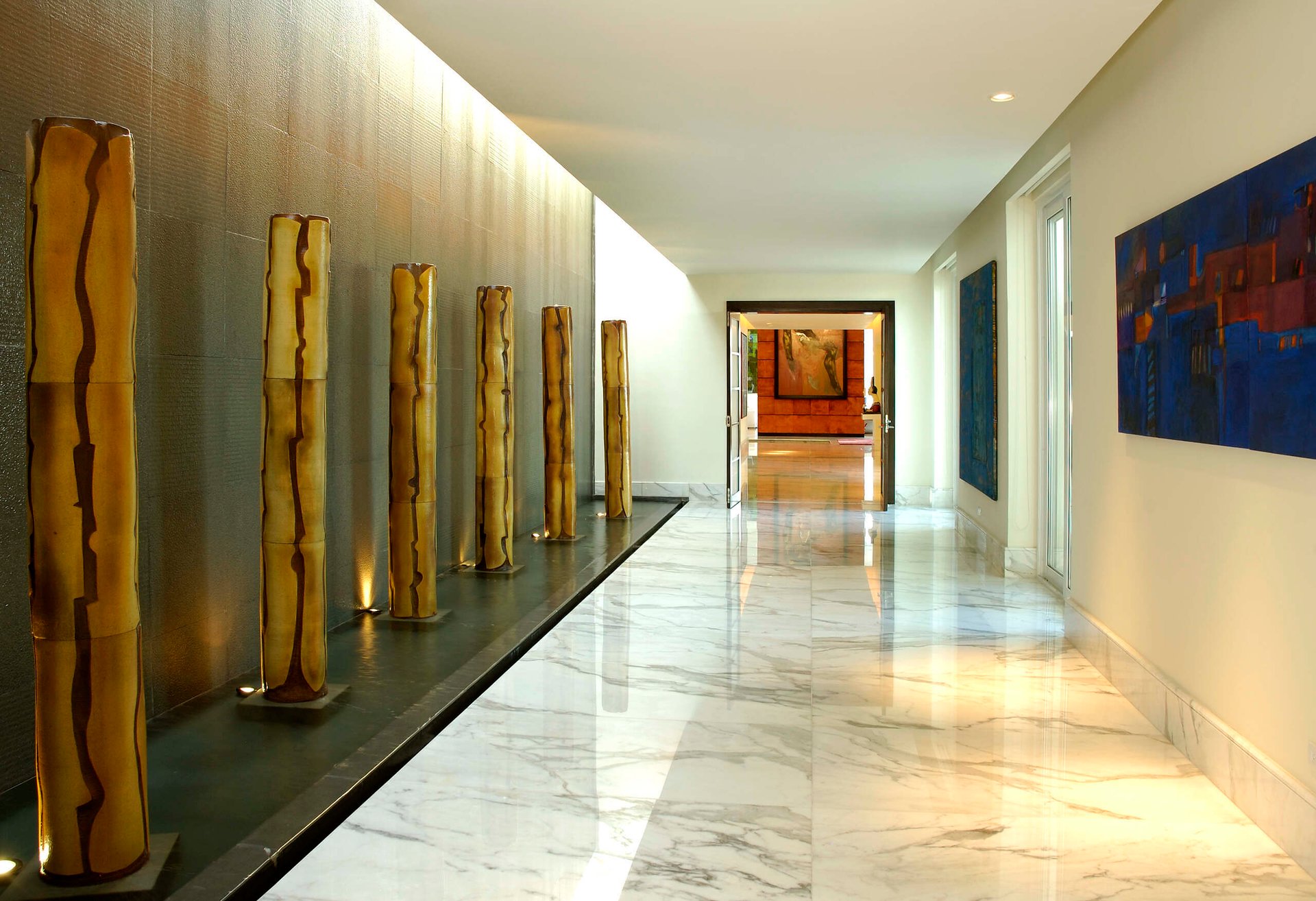
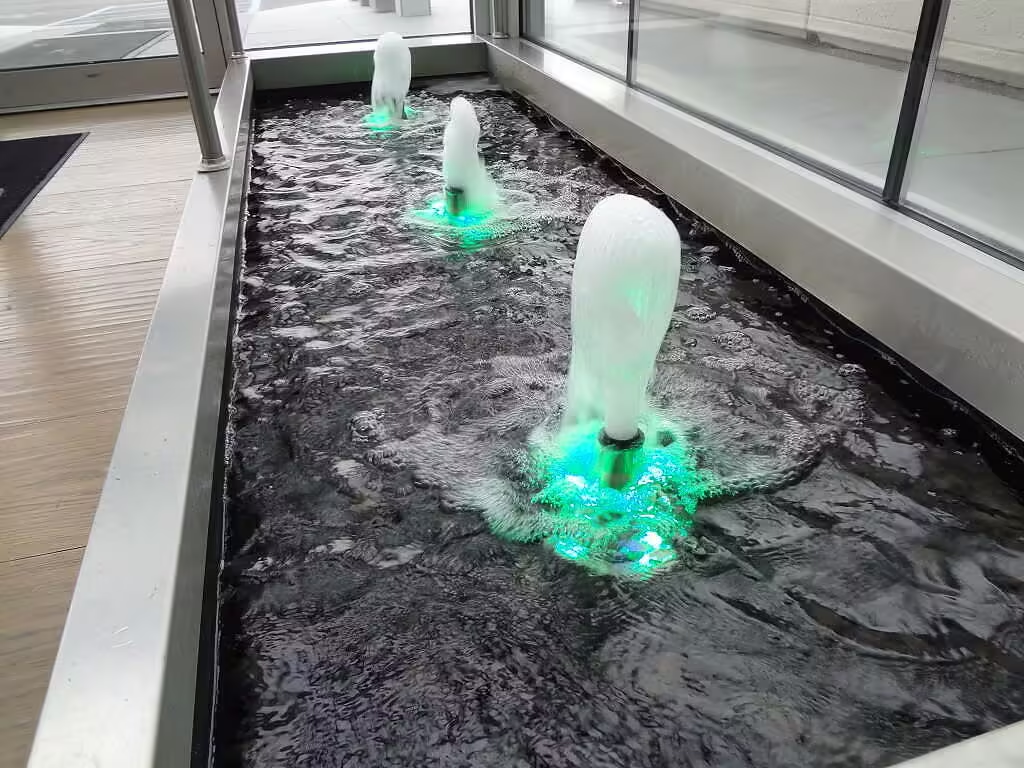
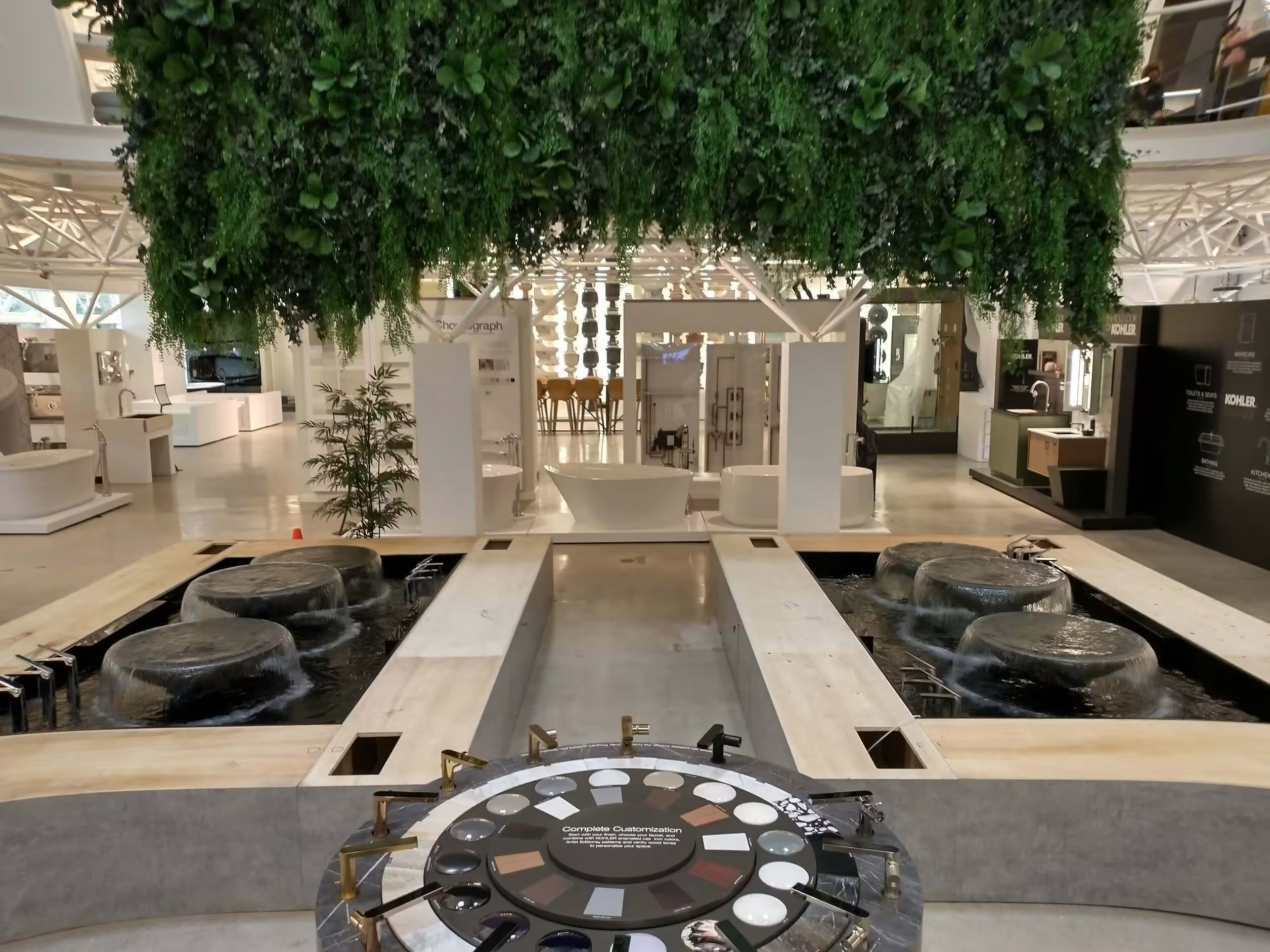
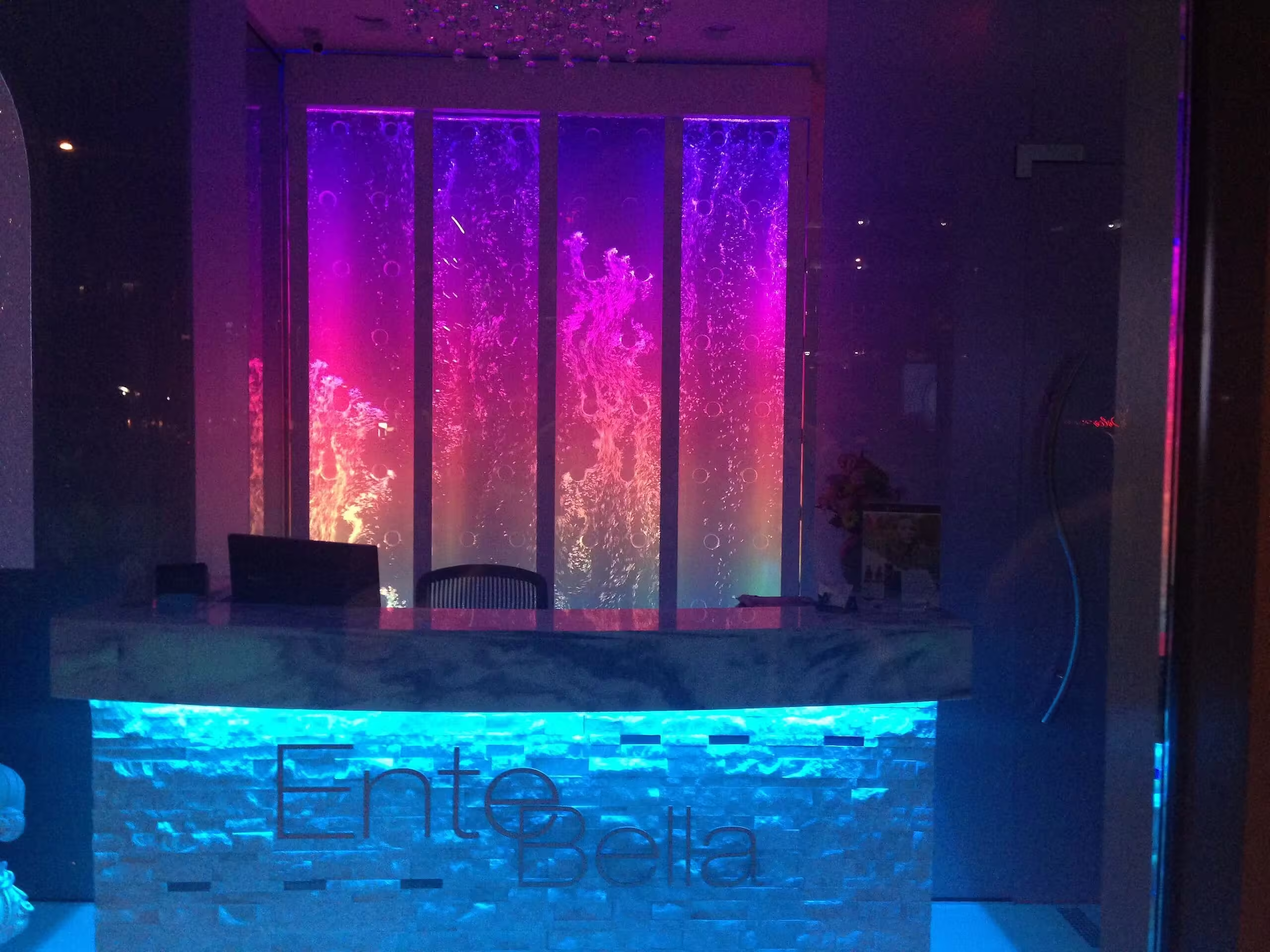
![Rod Style Bubble Wall Swirley for Bounce Empire in Denver, Colorado[84] Rod Style Bubble Wall Swirley for Bounce Empire in Denver, Colorado[84]](https://cfw51.rabbitloader.xyz/eyJjIjp0cnVlLCJoIjoid3d3Lm1pZHdlc3QtdHJvcGljYWwuY29tIiwidiI6MjExNTM2ODkwNCwiciI6MX0/wp-content/uploads/Rod-Style-Bubble-Wall-Swirley-for-Bounce-Empire-in-Denver-Colorado84-jpg.avif)
![Rod Style Bubble Wall Swirley for Bounce Empire in Denver, Colorado 2[2] Rod Style Bubble Wall Swirley for Bounce Empire in Denver, Colorado 2[2]](https://cfw51.rabbitloader.xyz/eyJjIjp0cnVlLCJoIjoid3d3Lm1pZHdlc3QtdHJvcGljYWwuY29tIiwidiI6MjExNTM2ODkwNCwiciI6MX0/wp-content/uploads/Rod-Style-Bubble-Wall-Swirley-for-Bounce-Empire-in-Denver-Colorado-22-jpg.avif)
